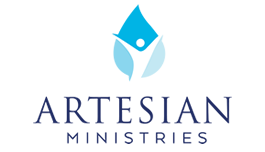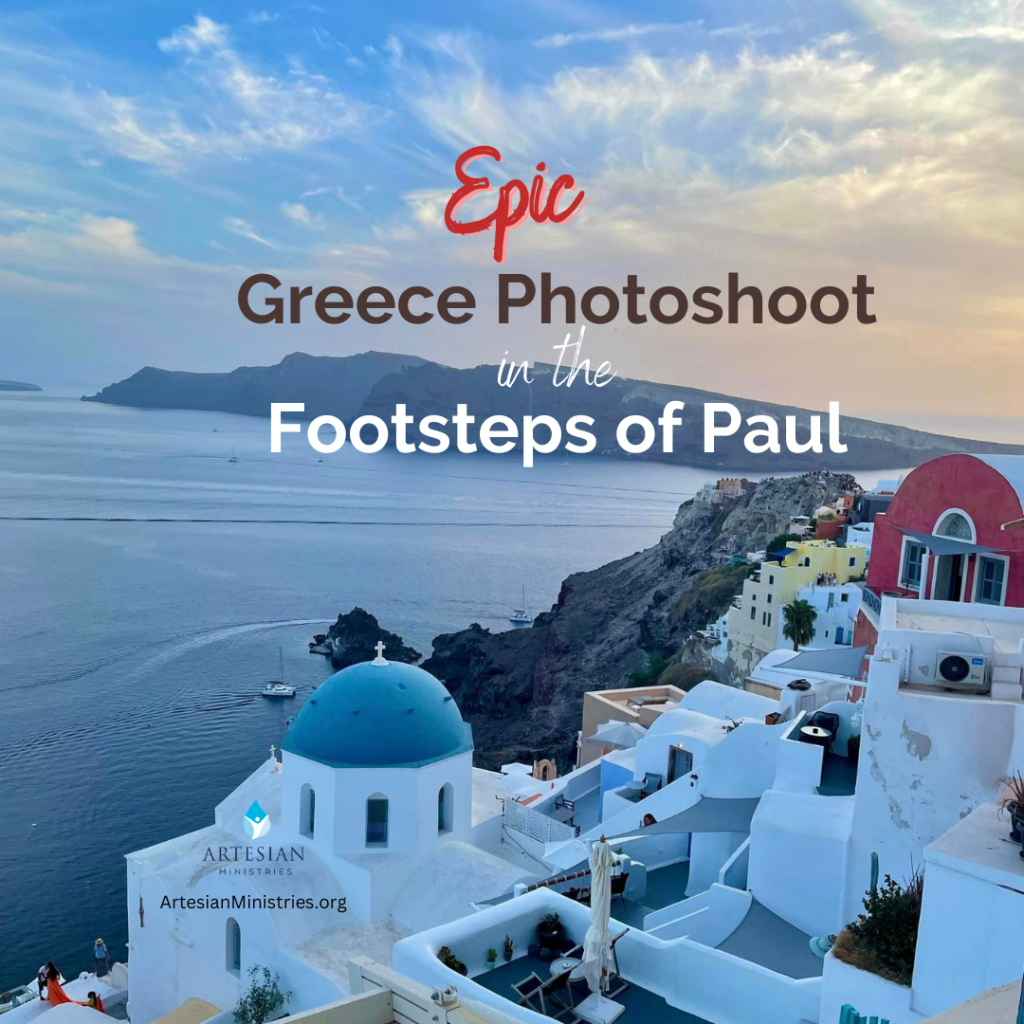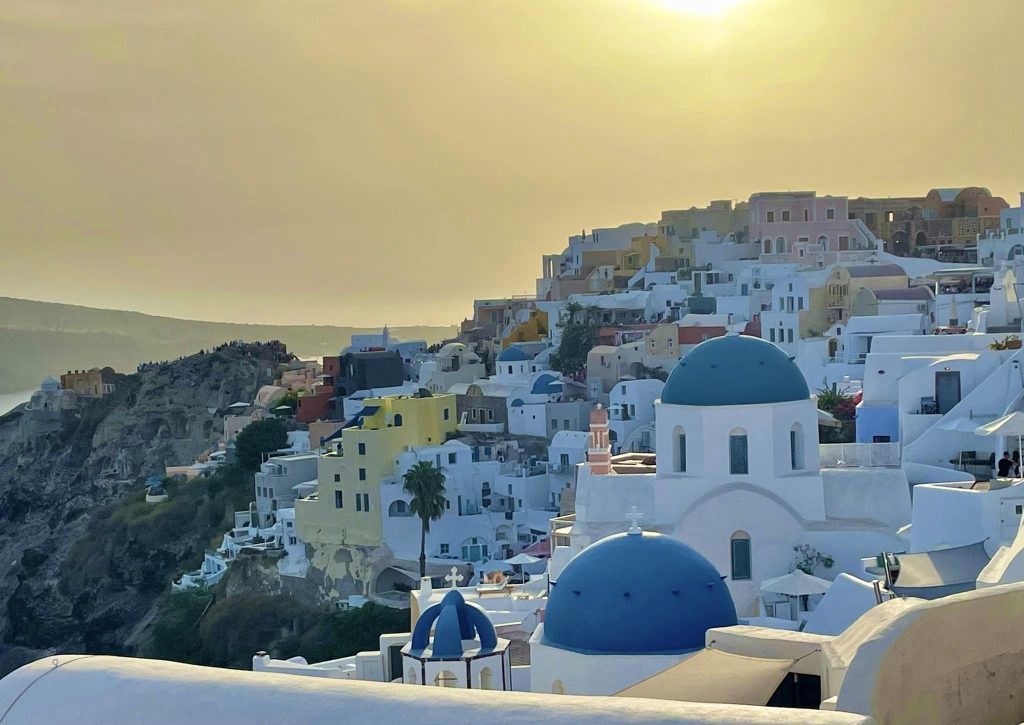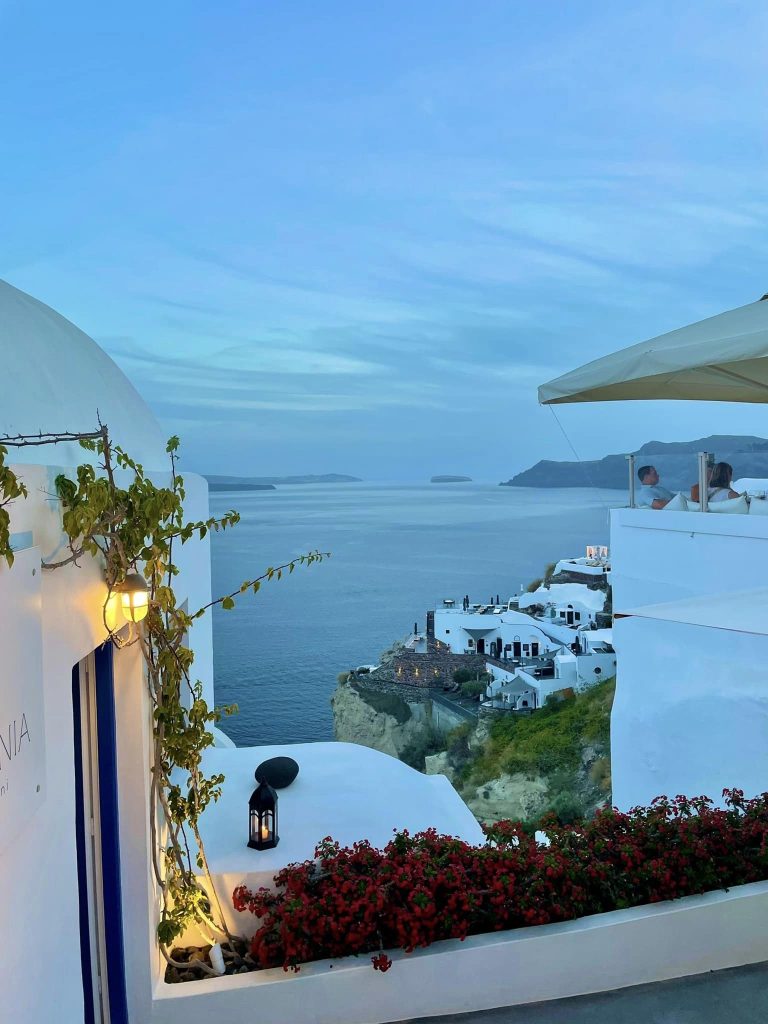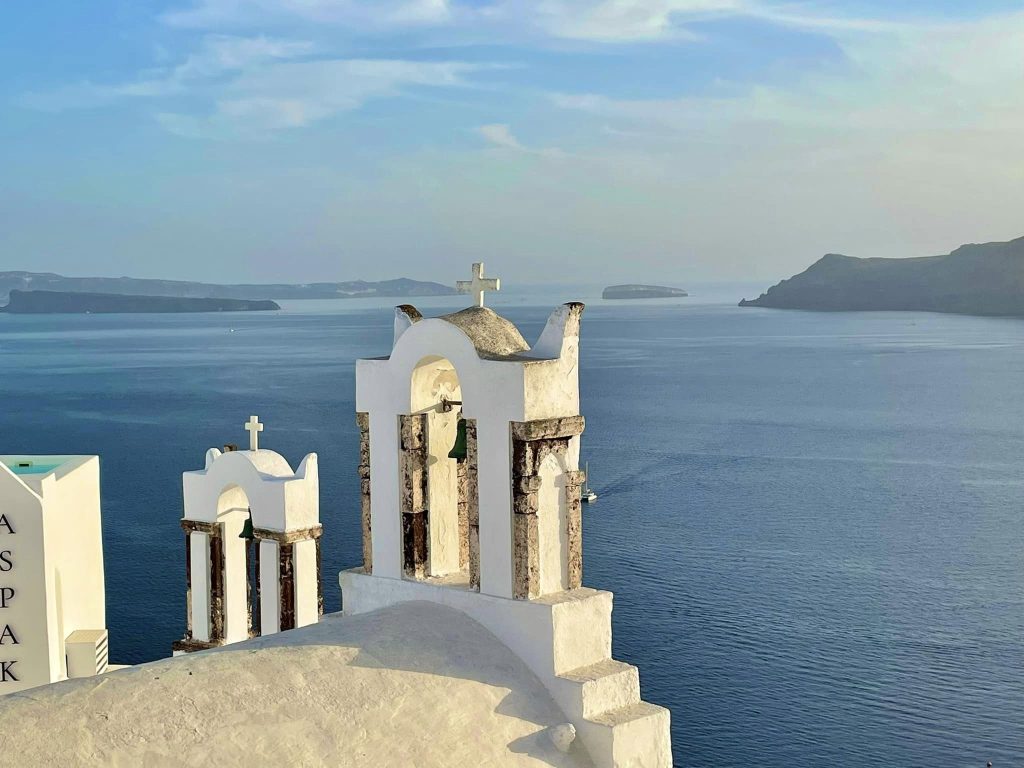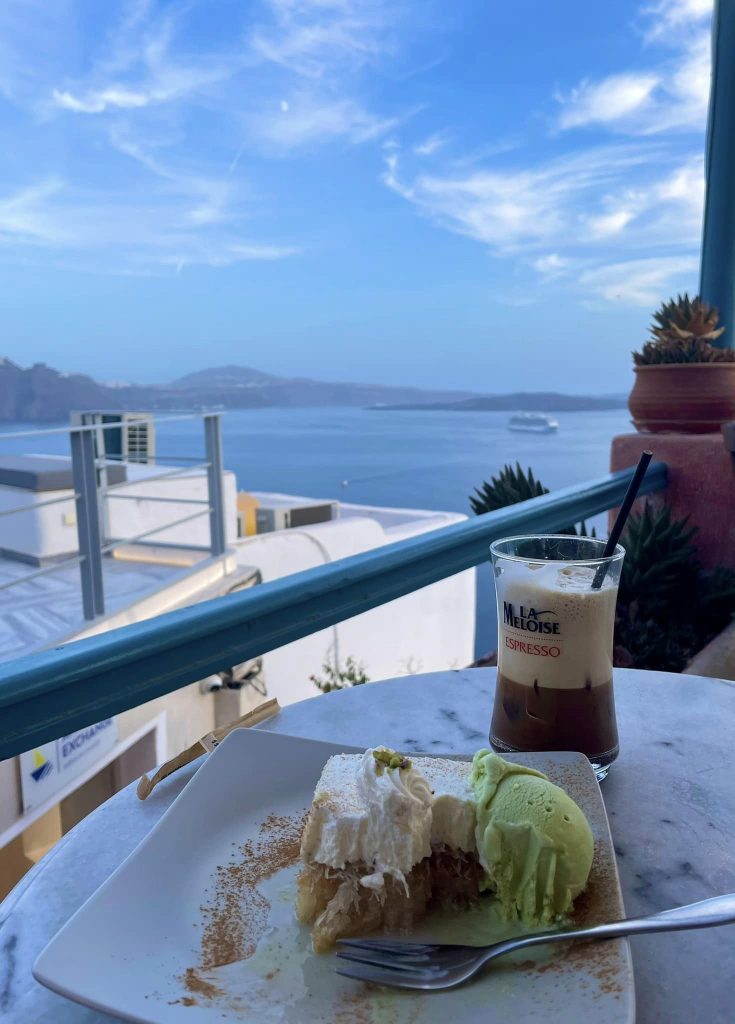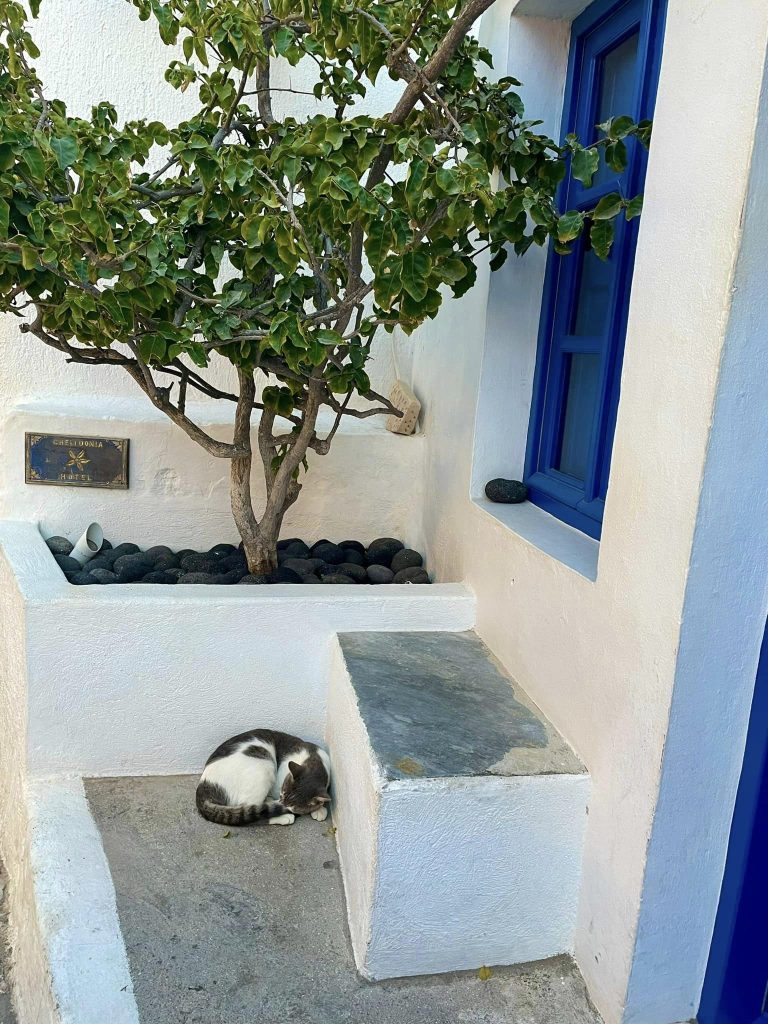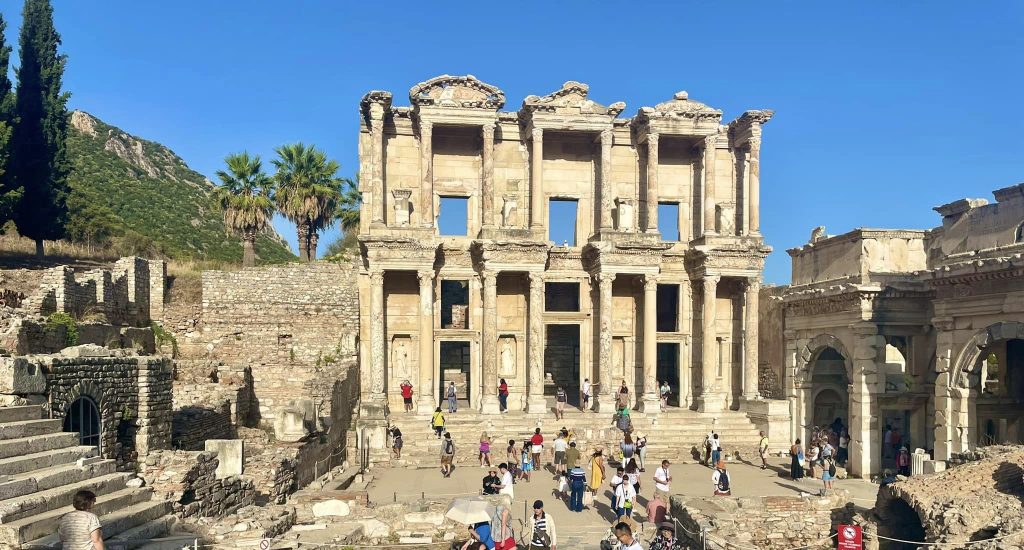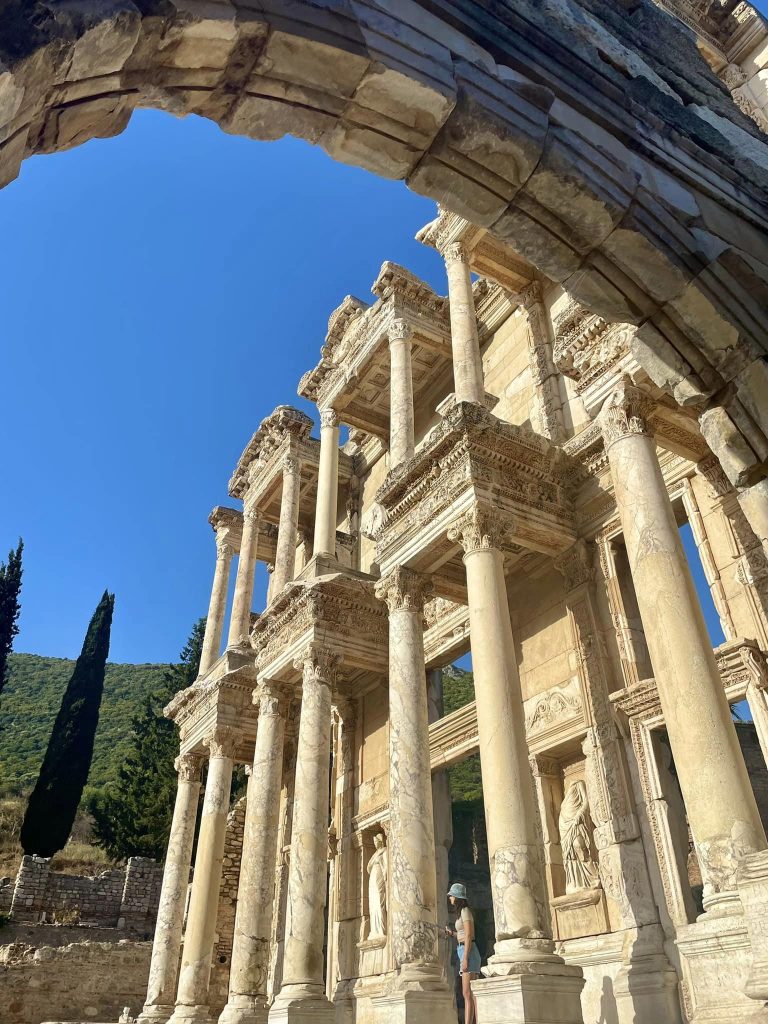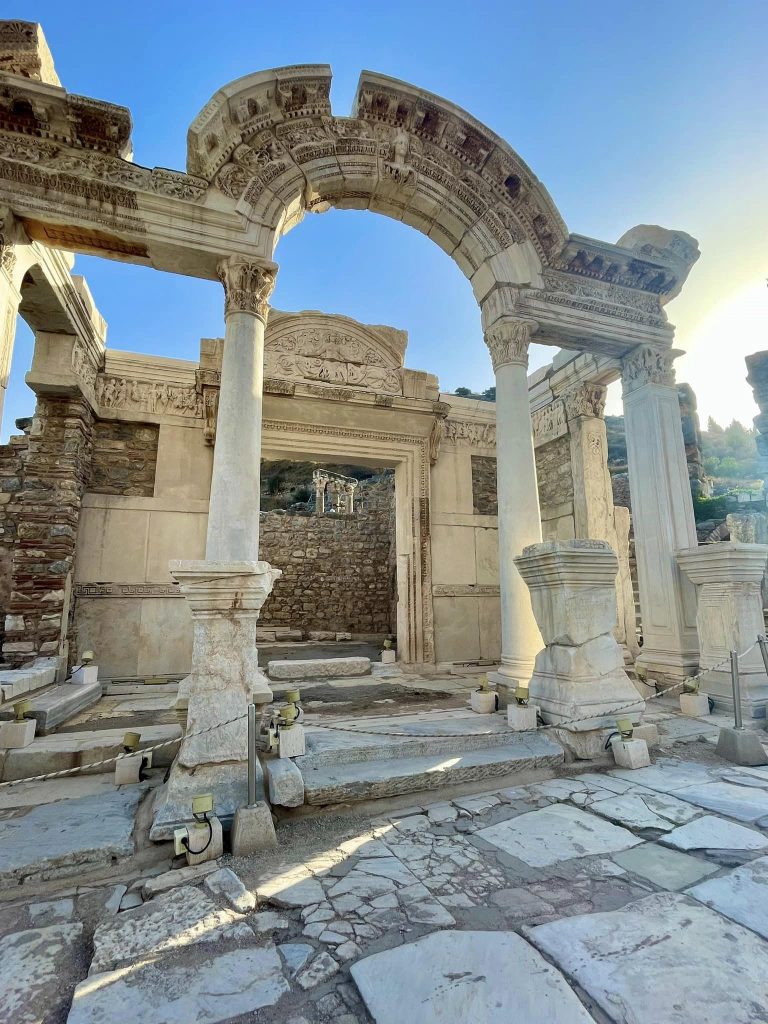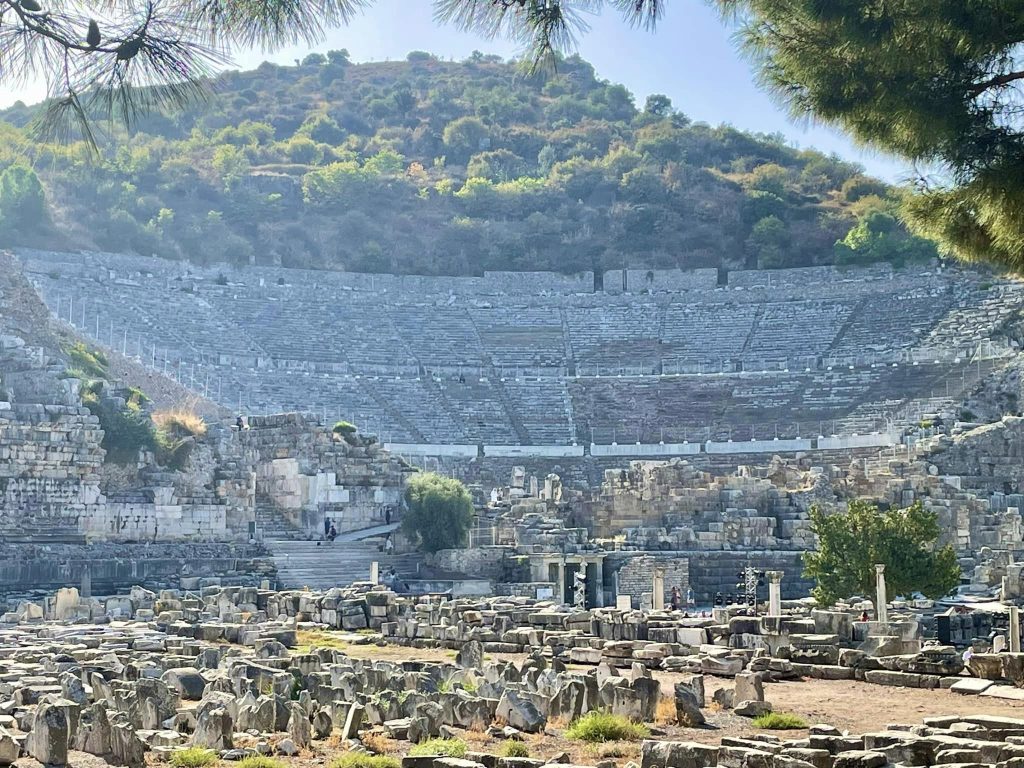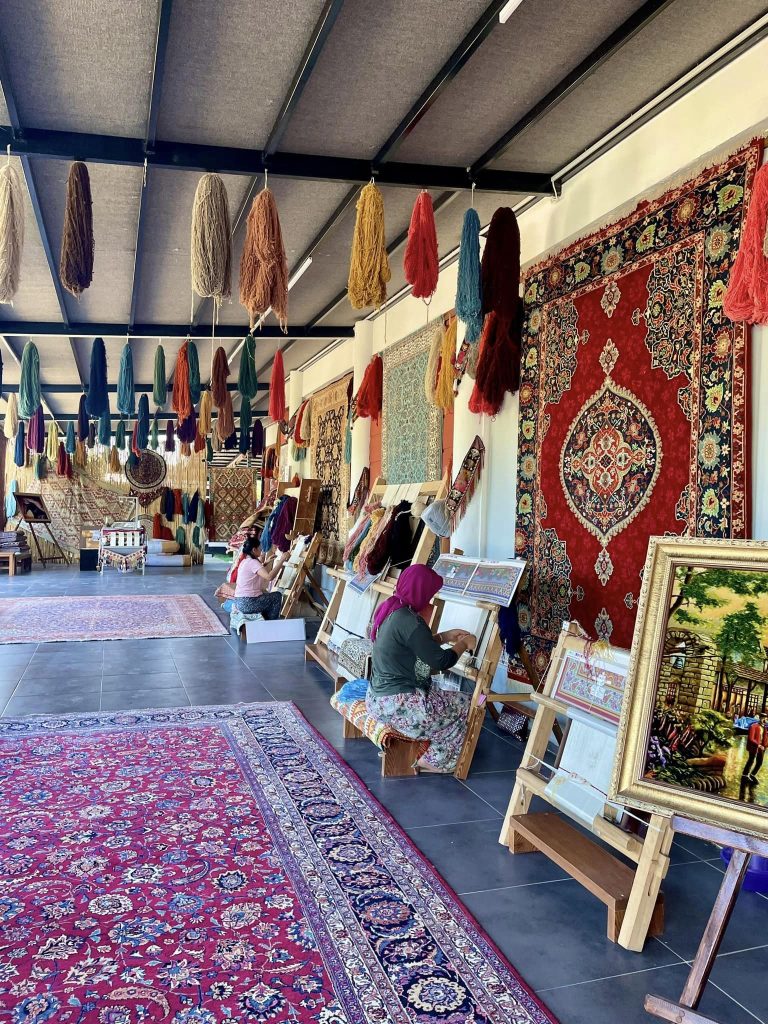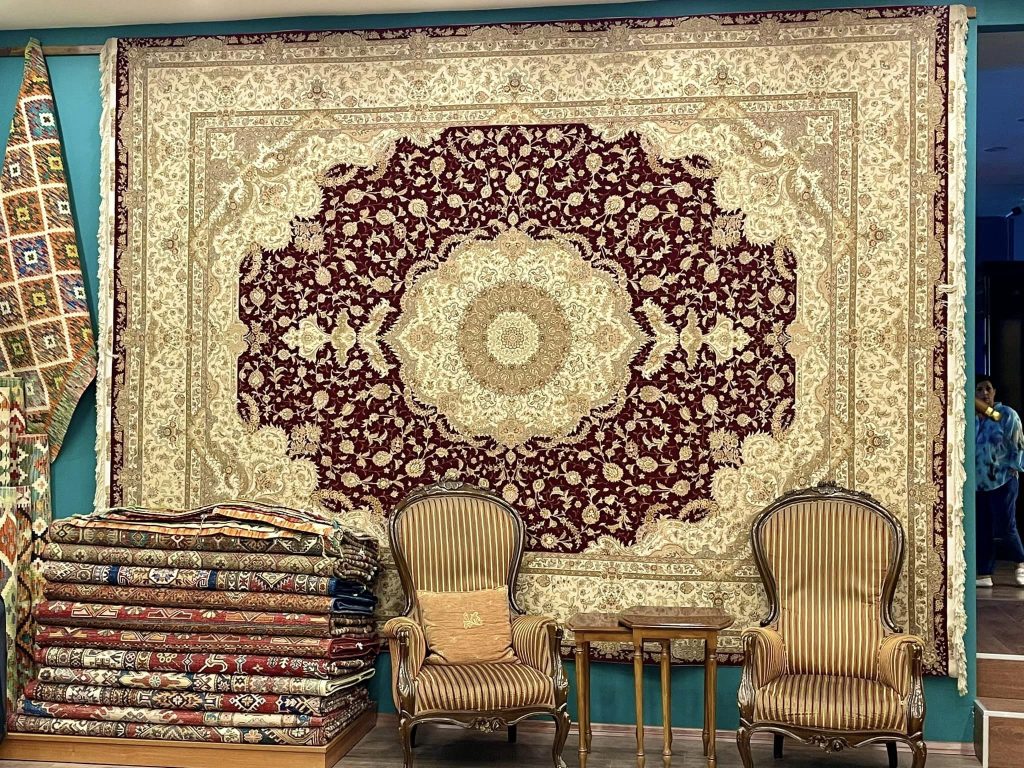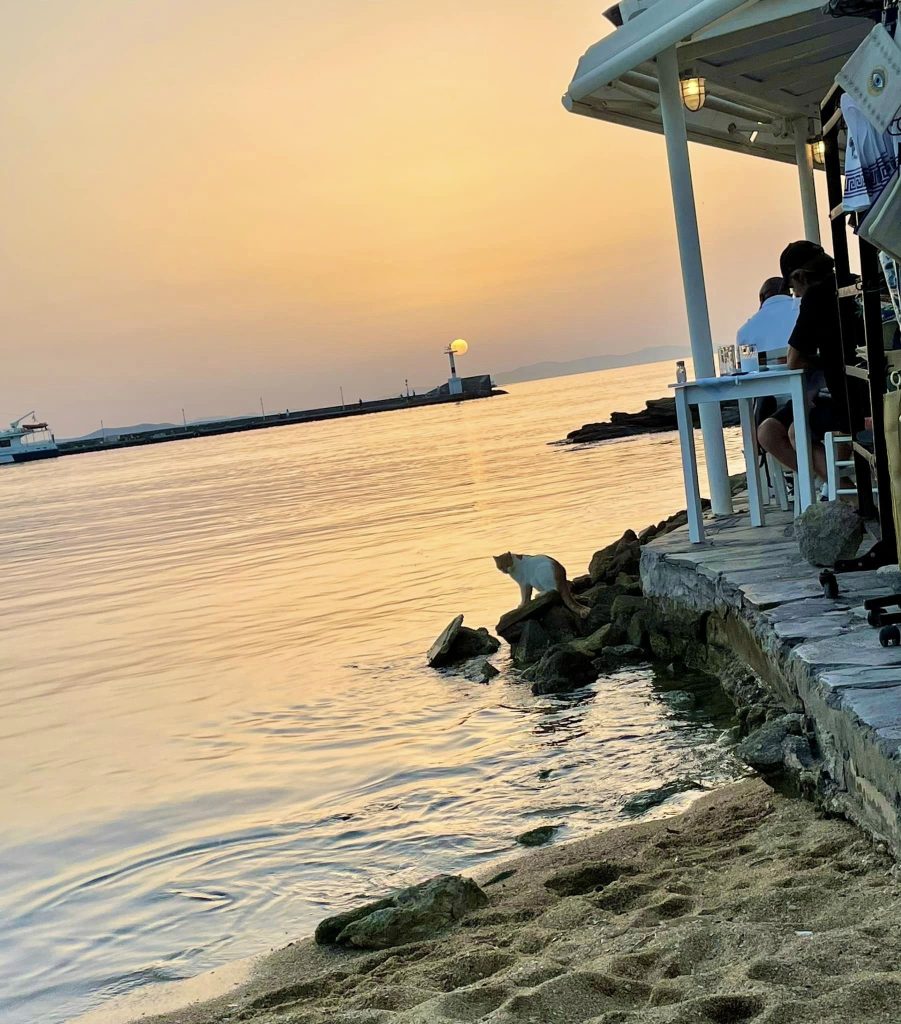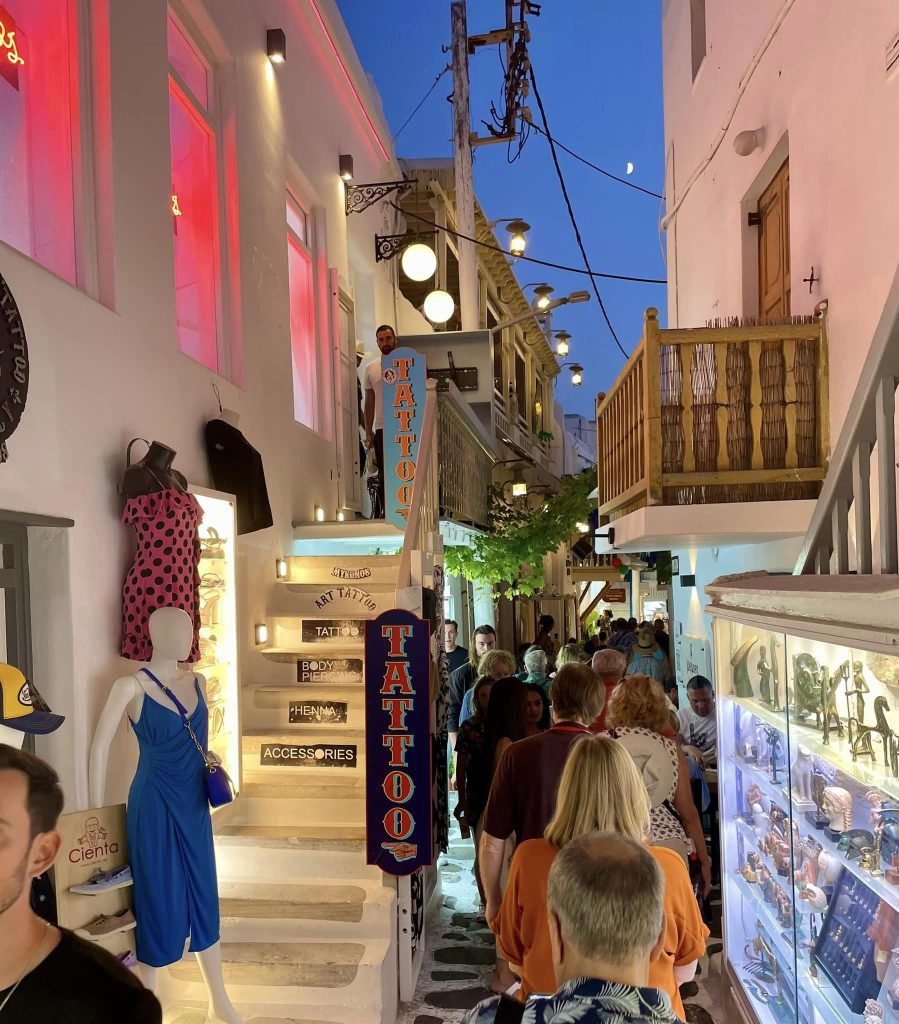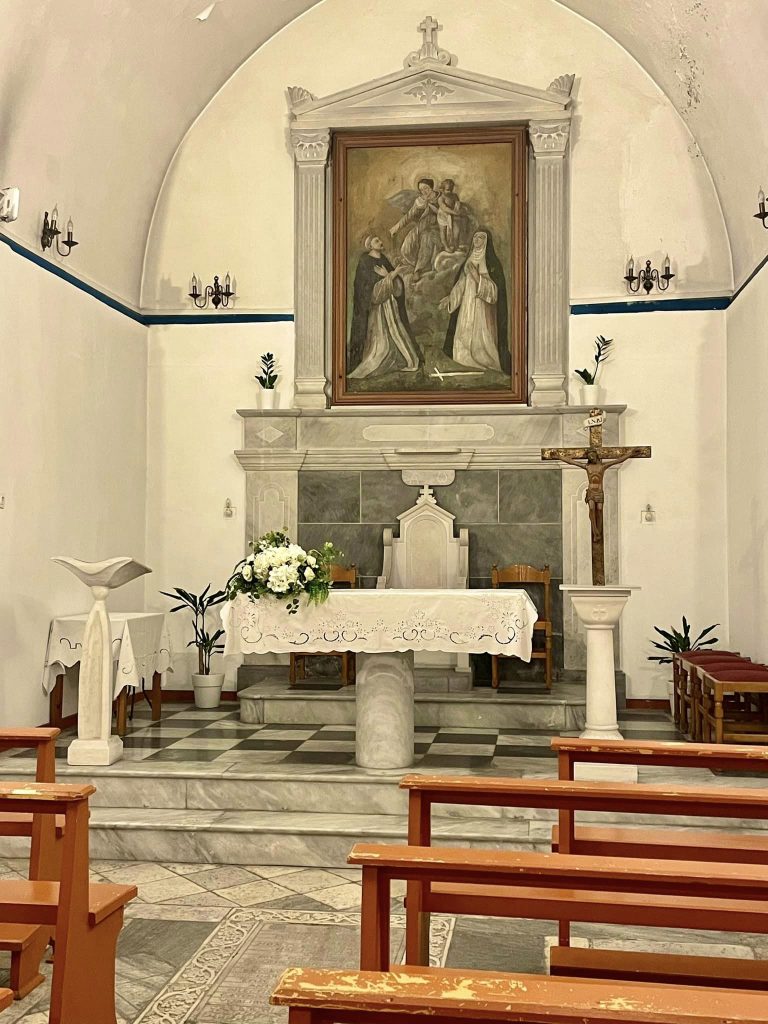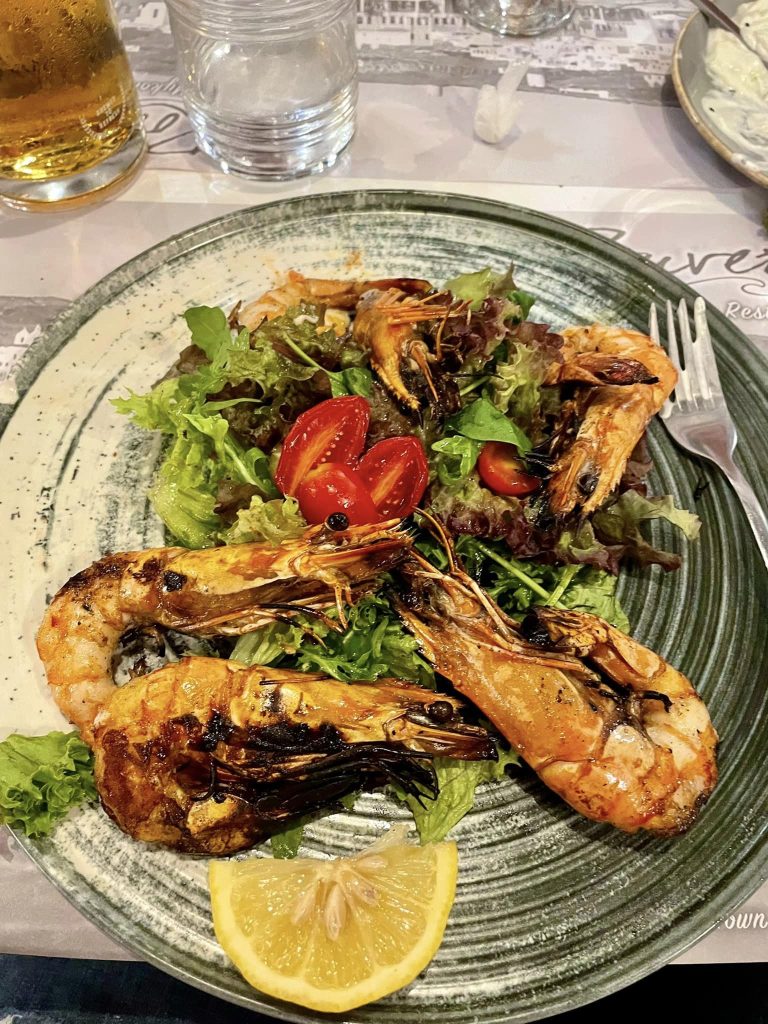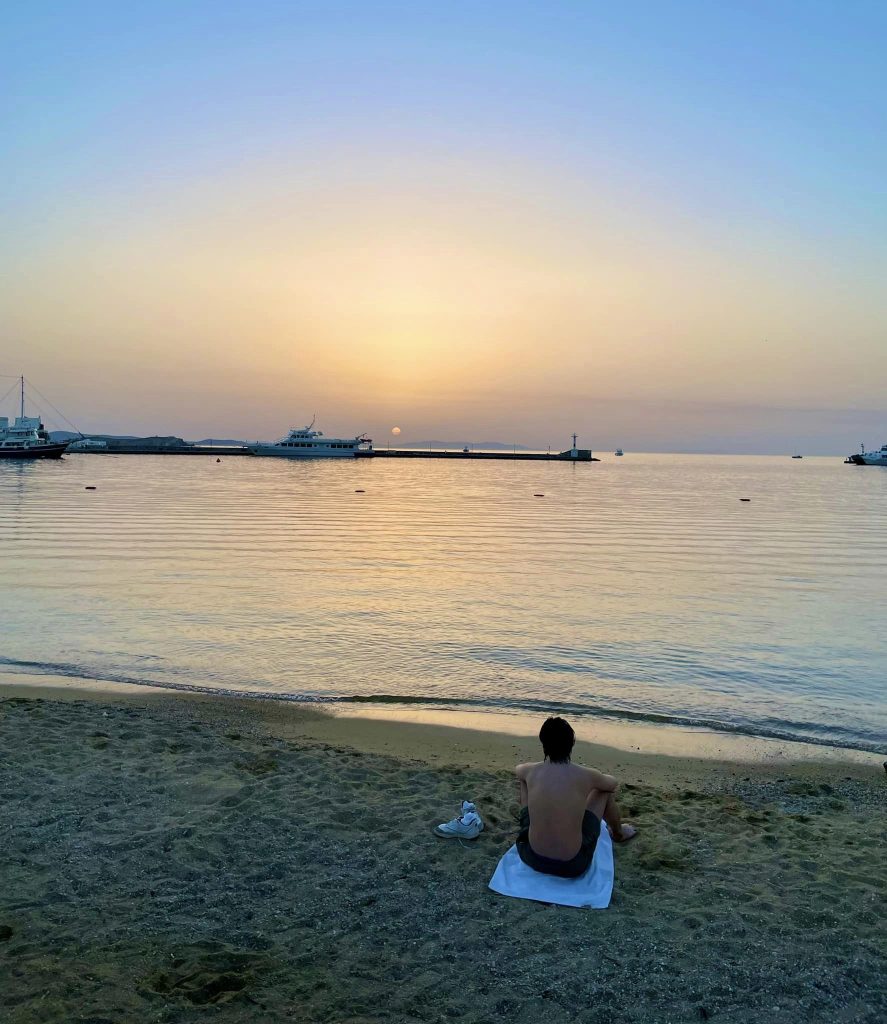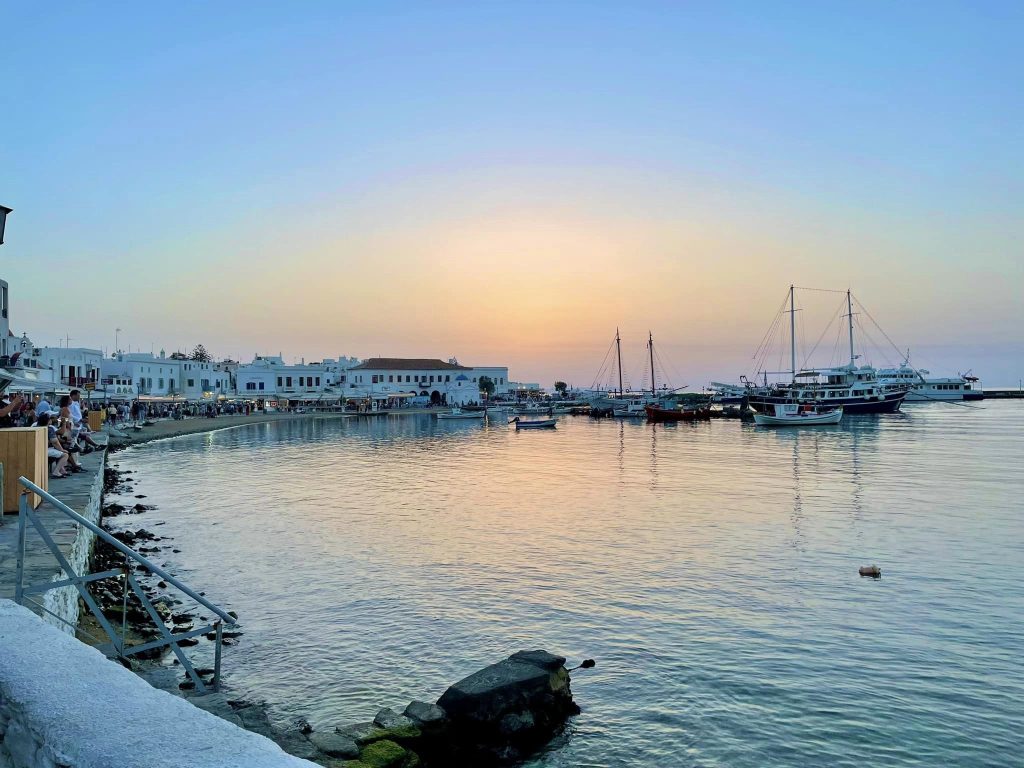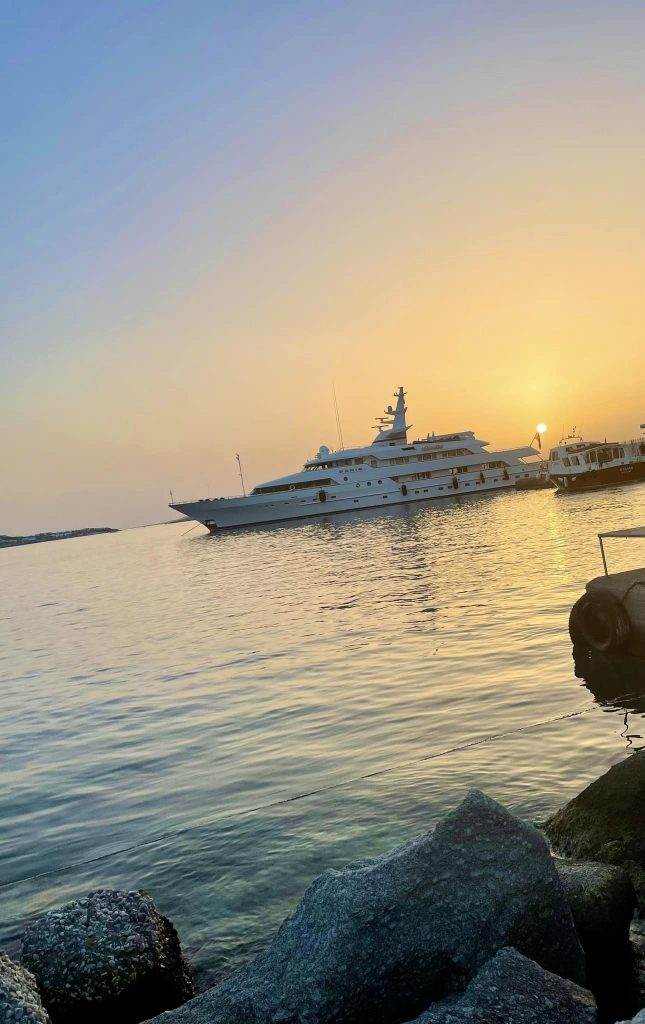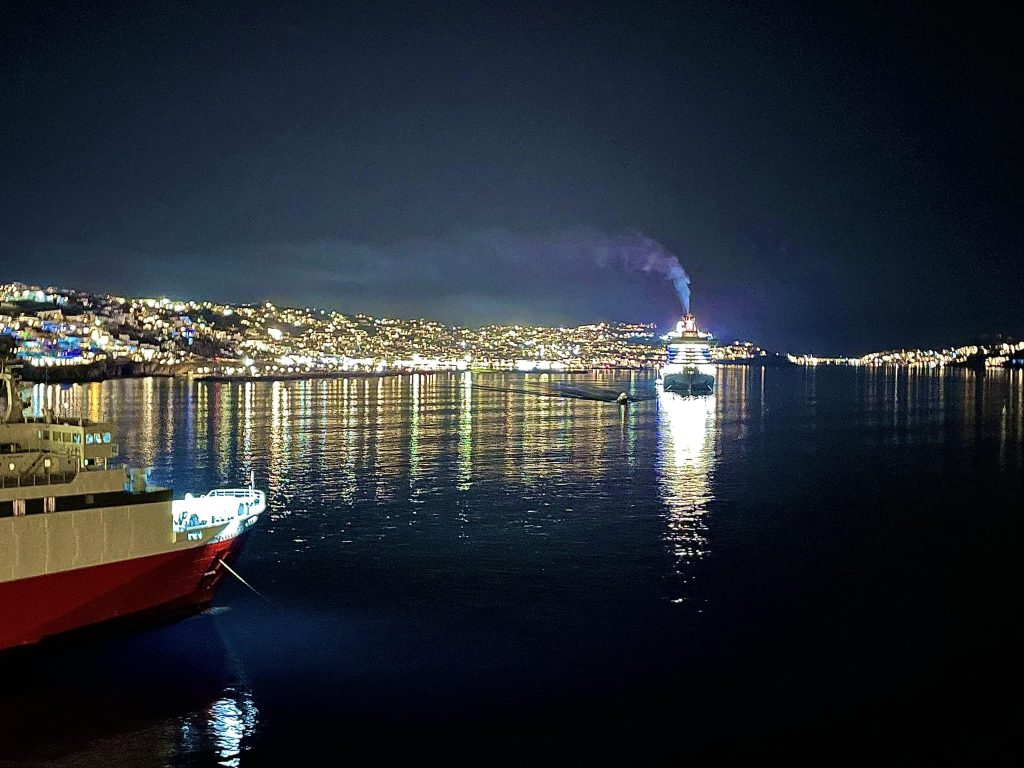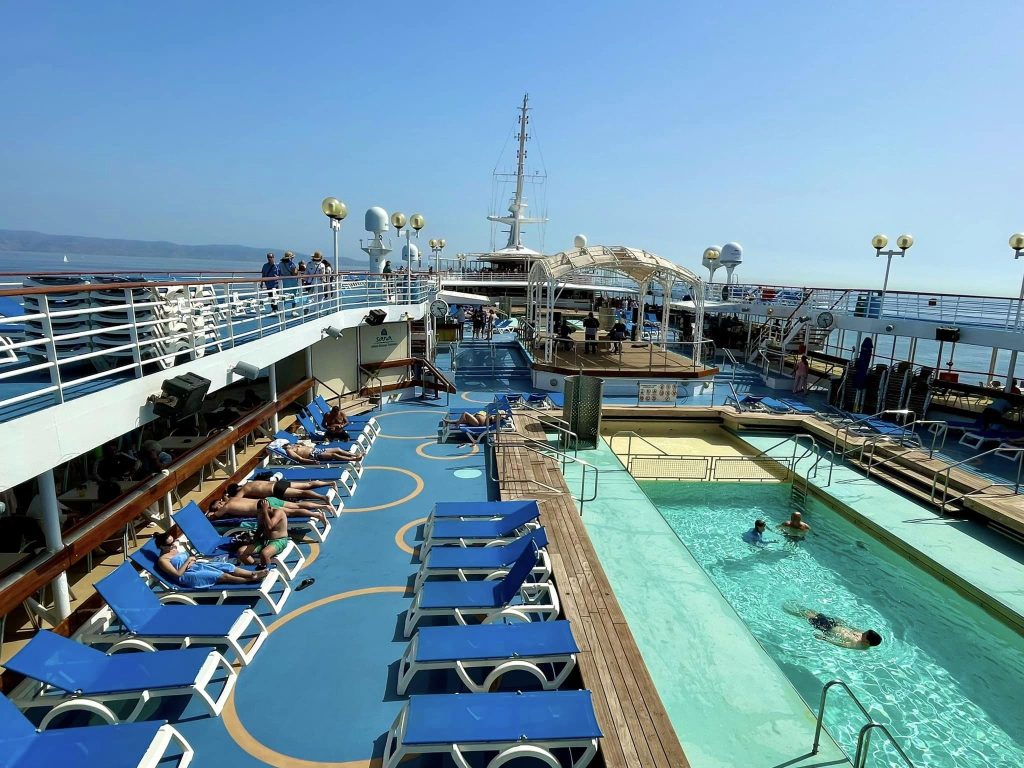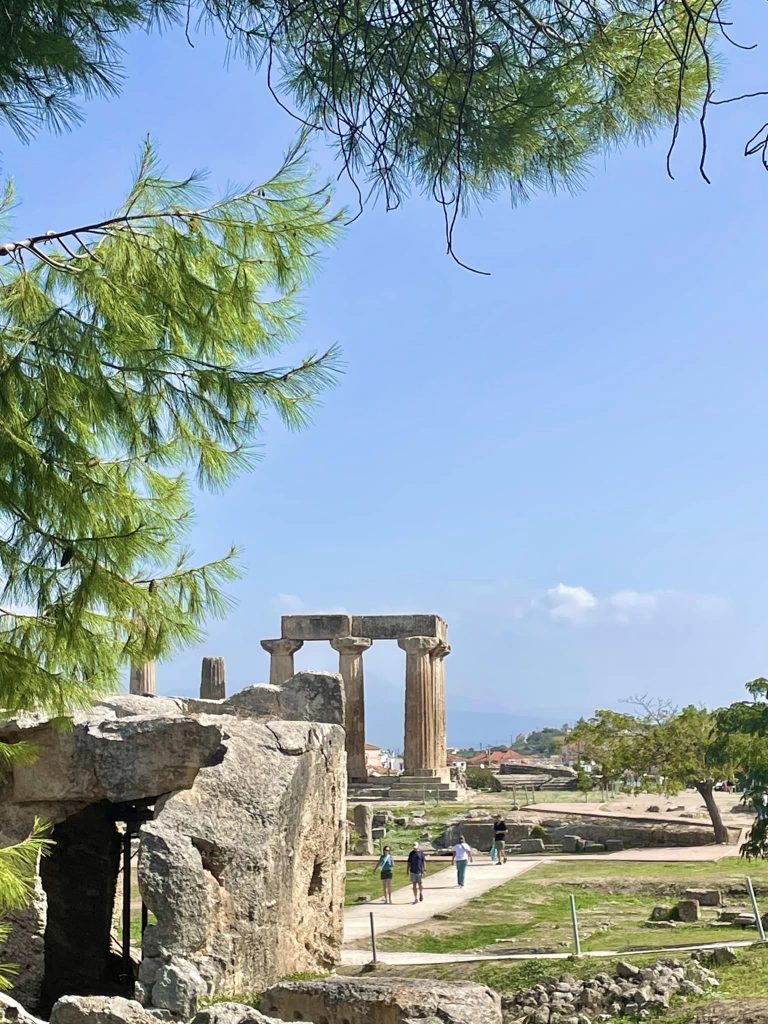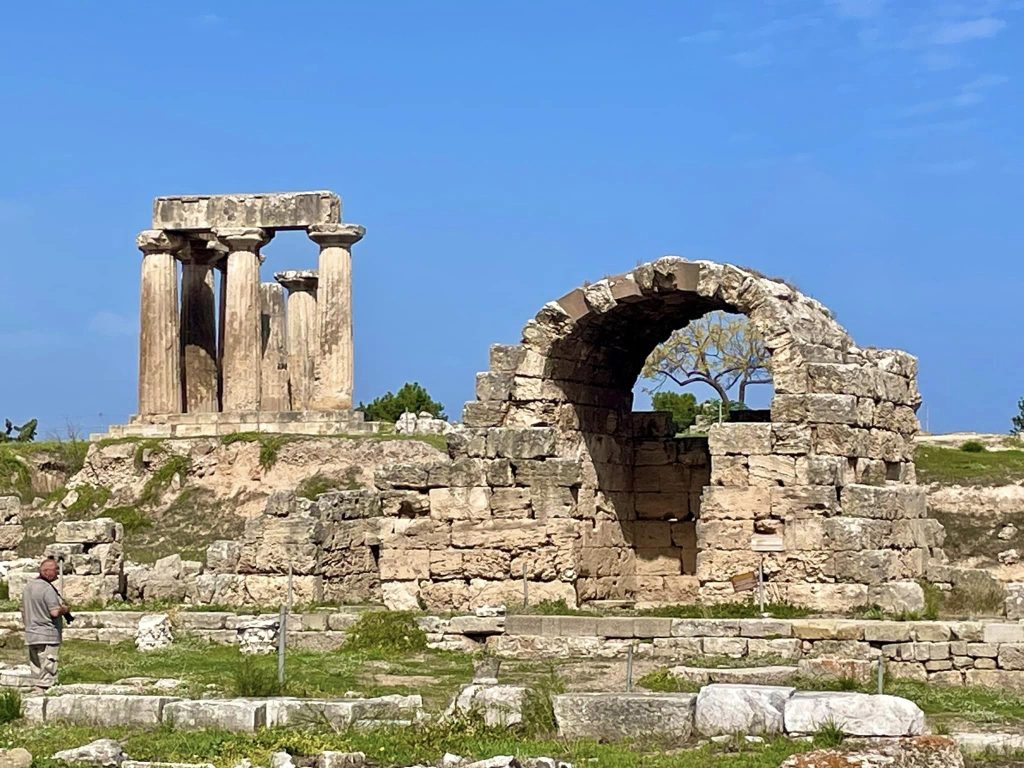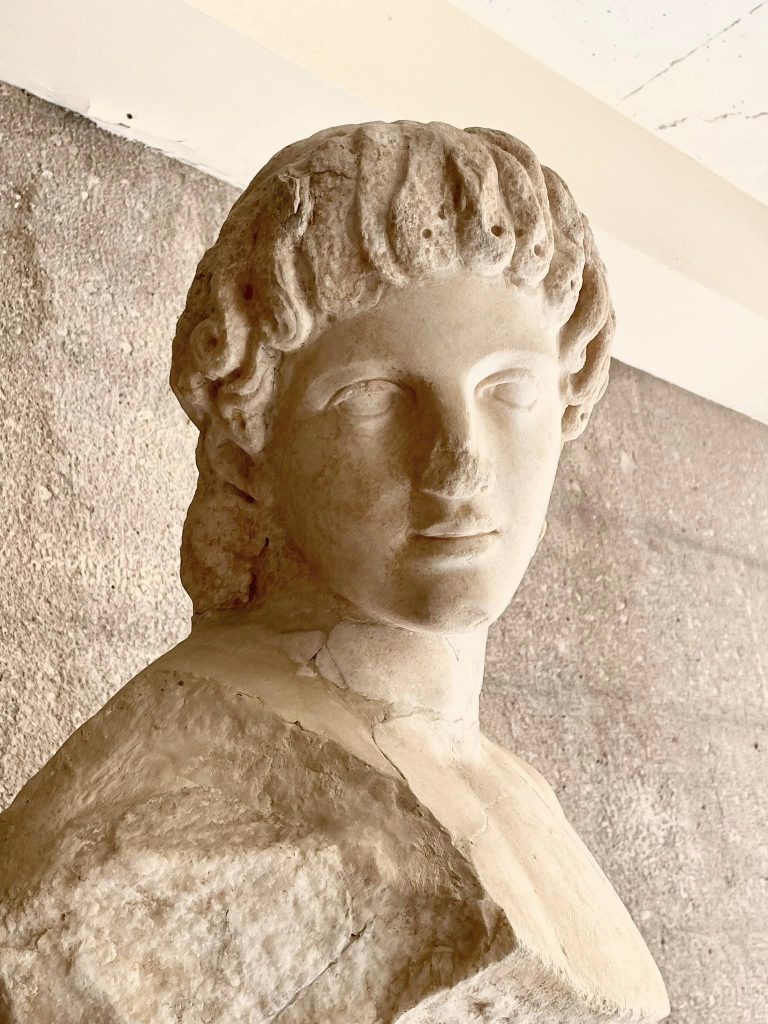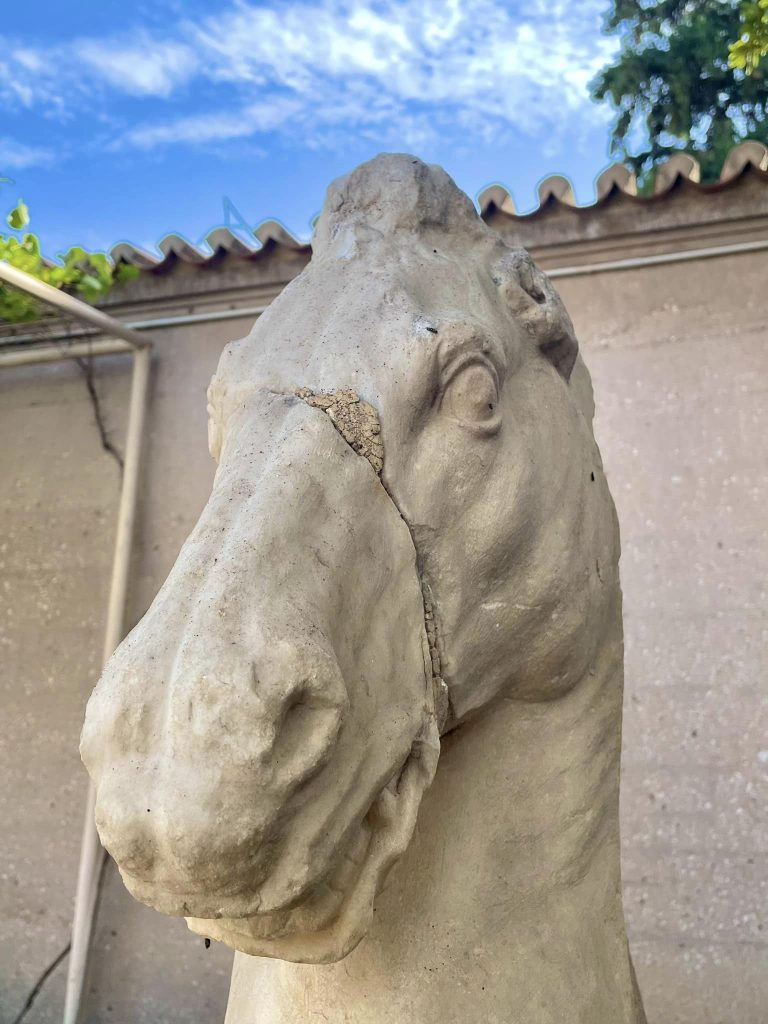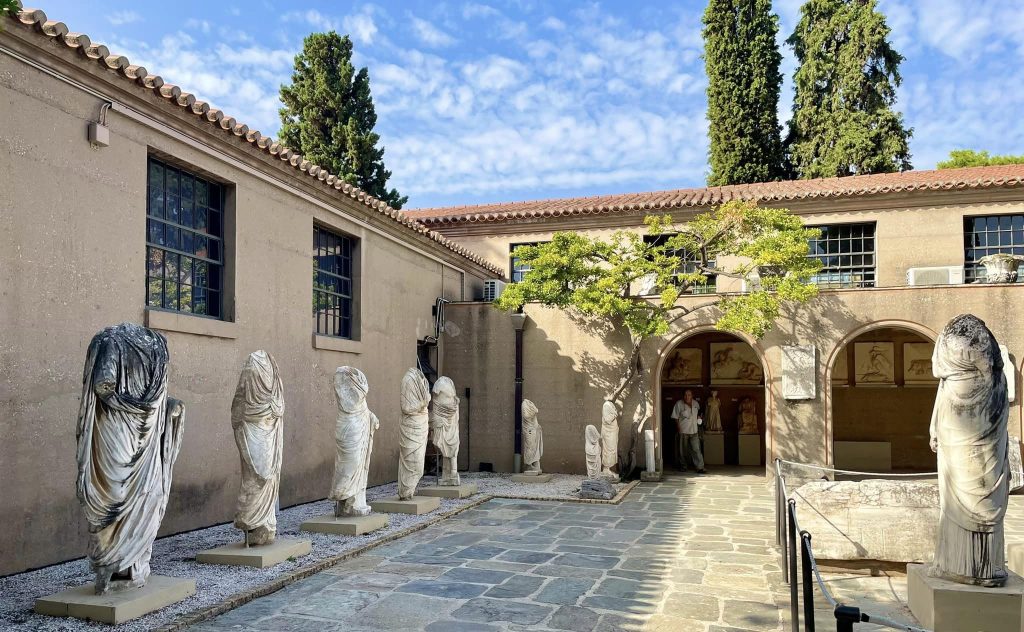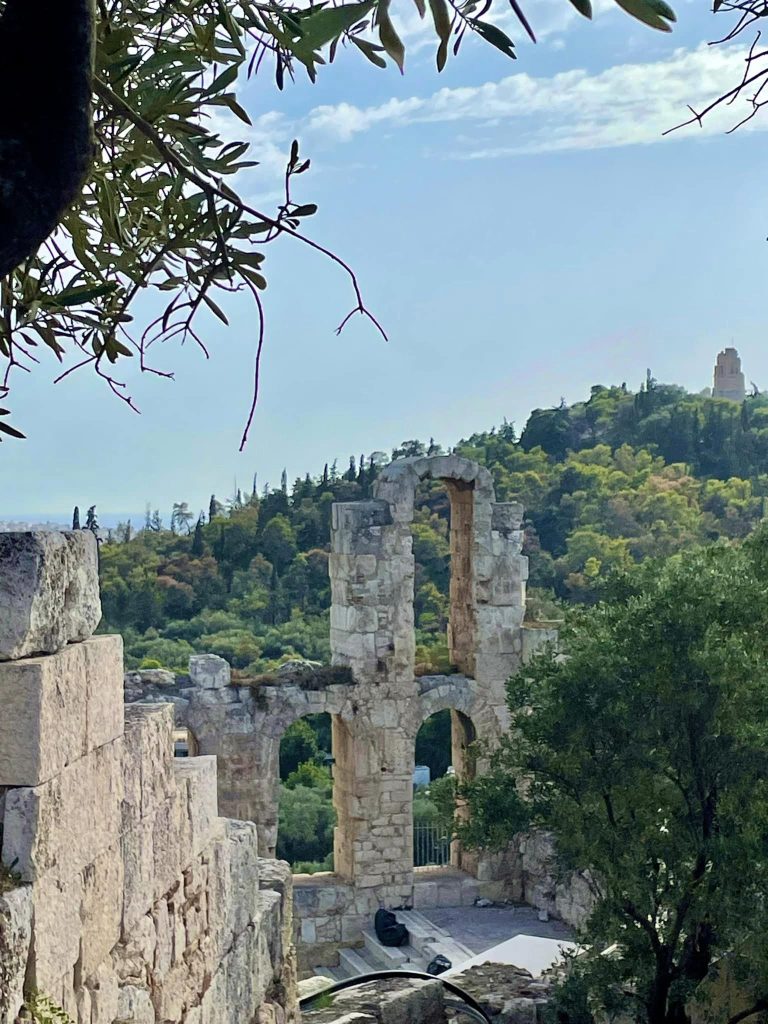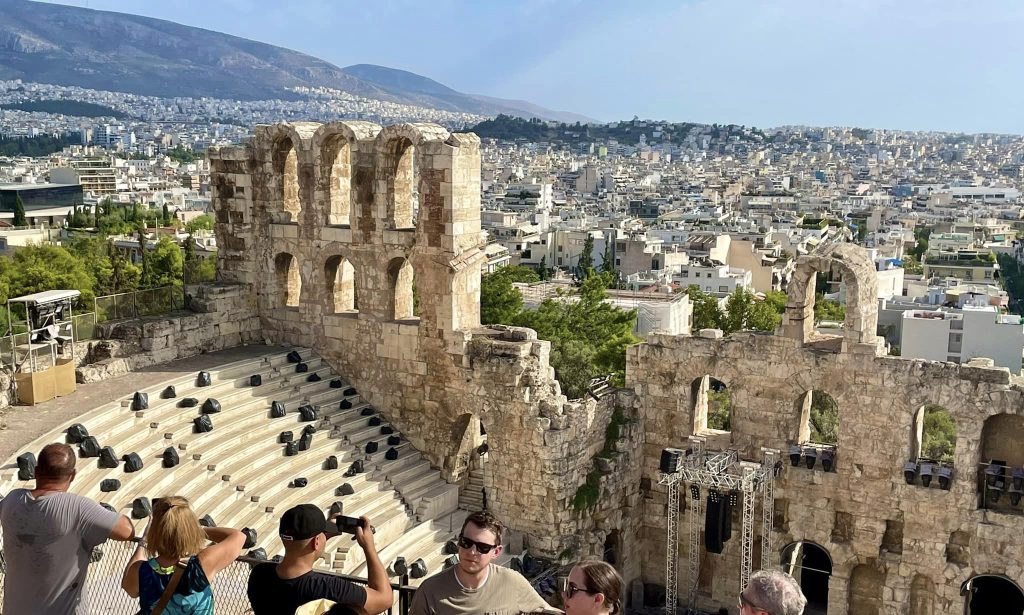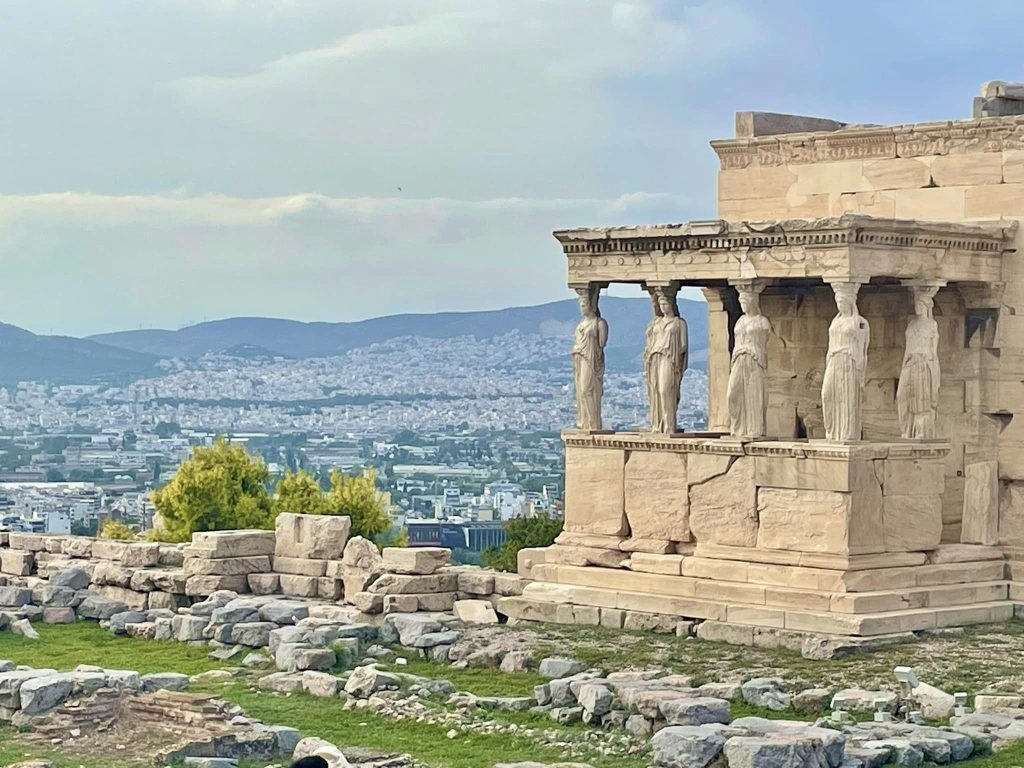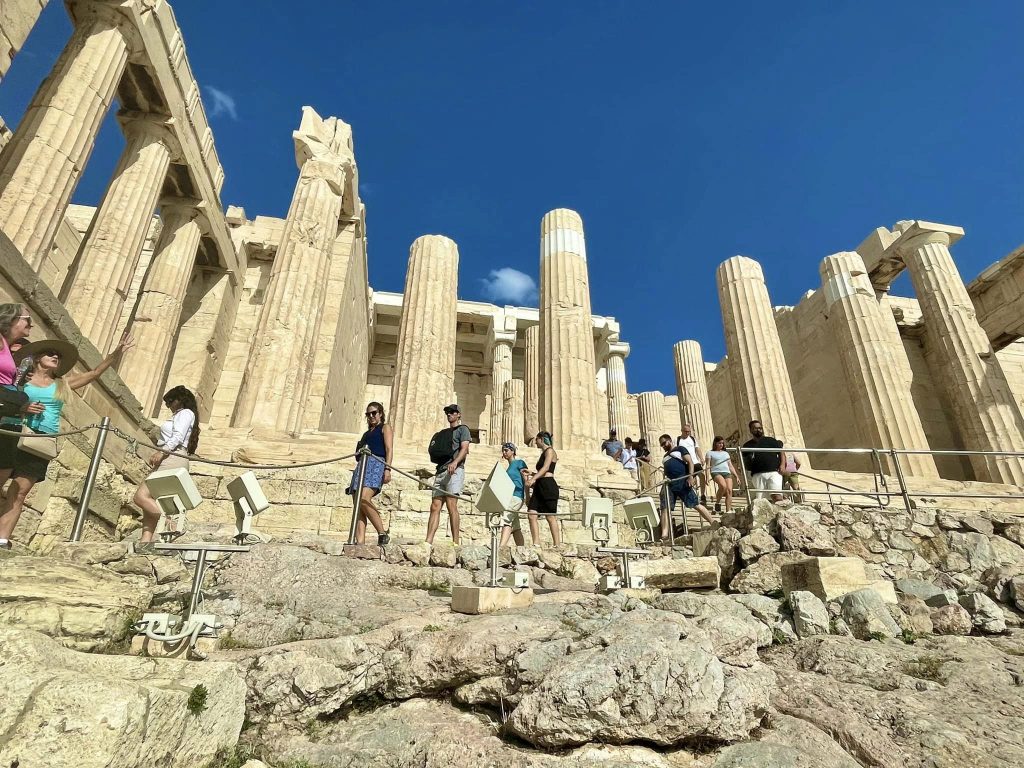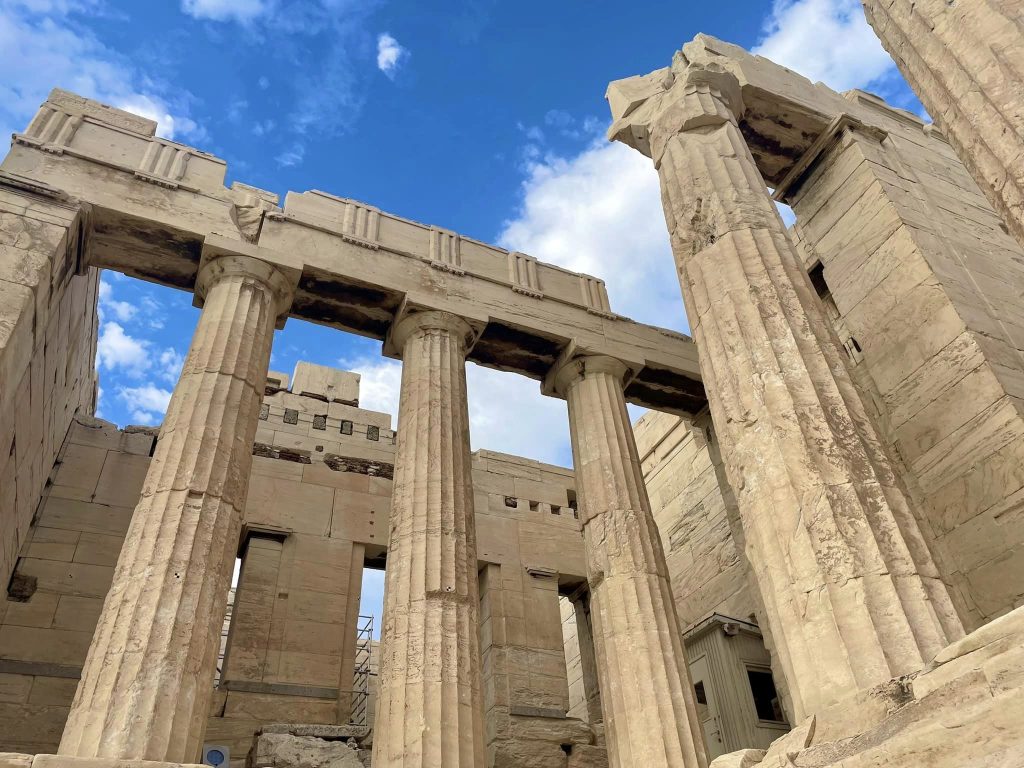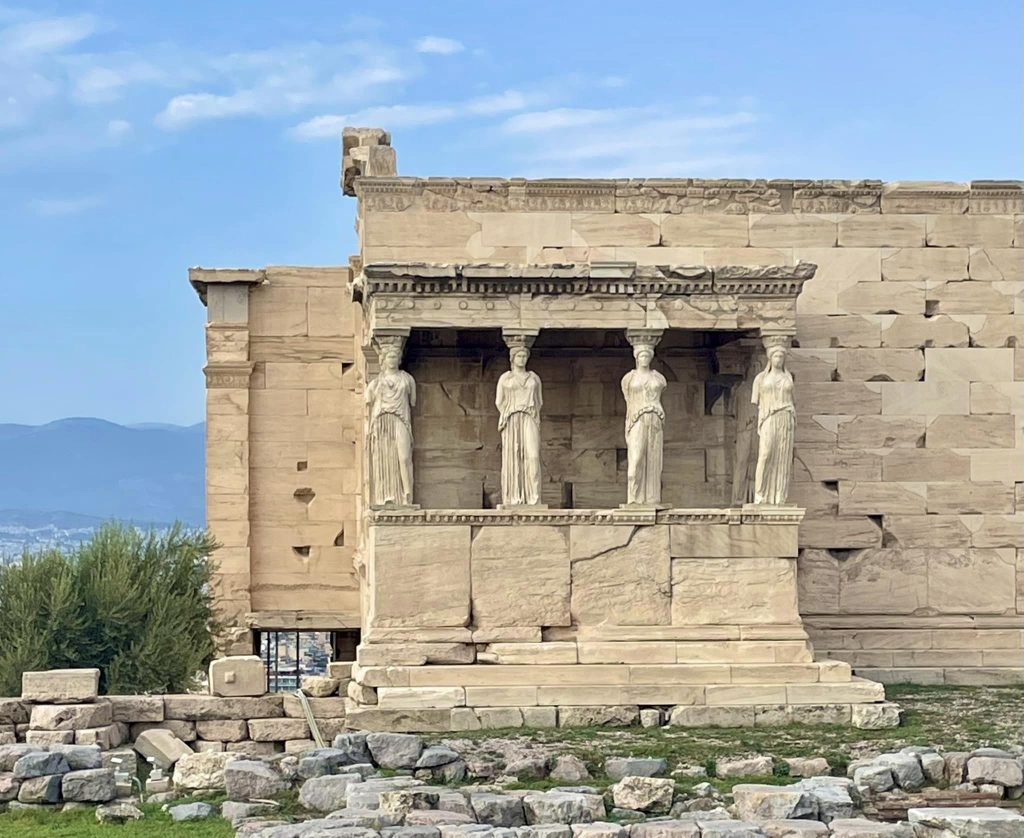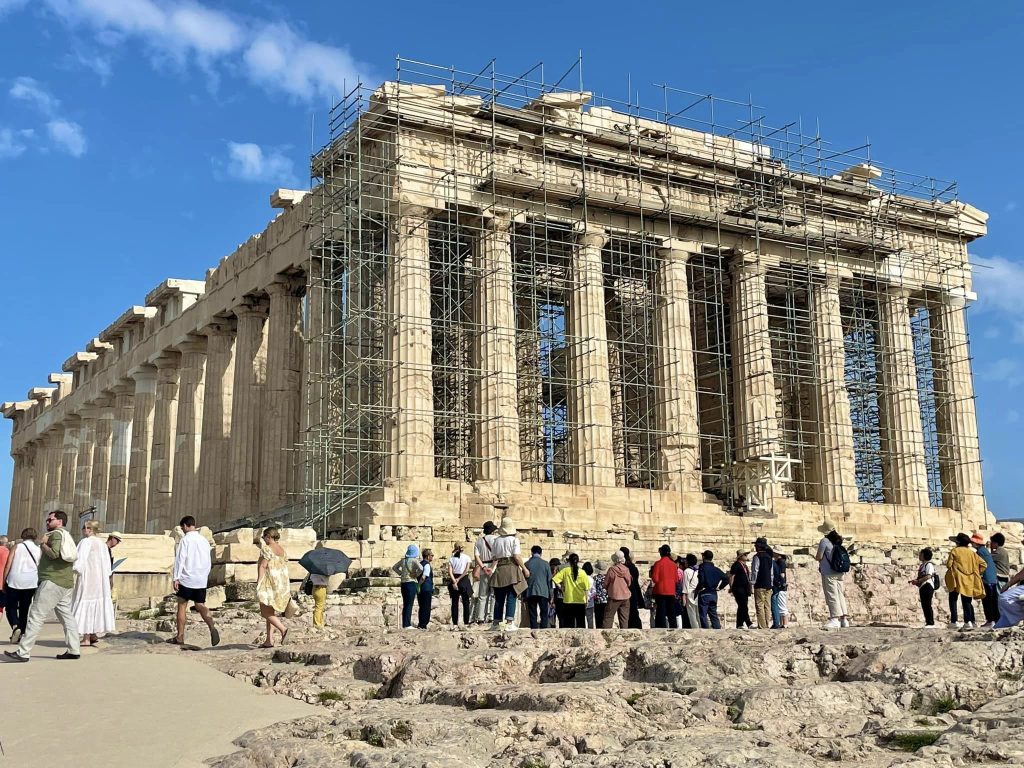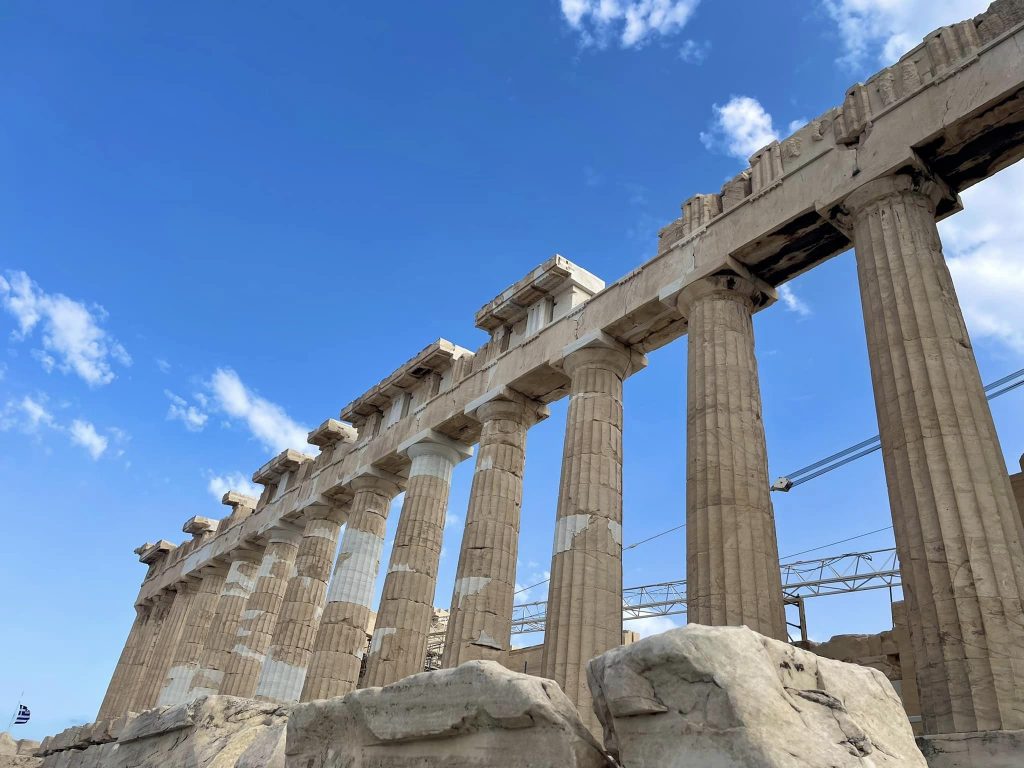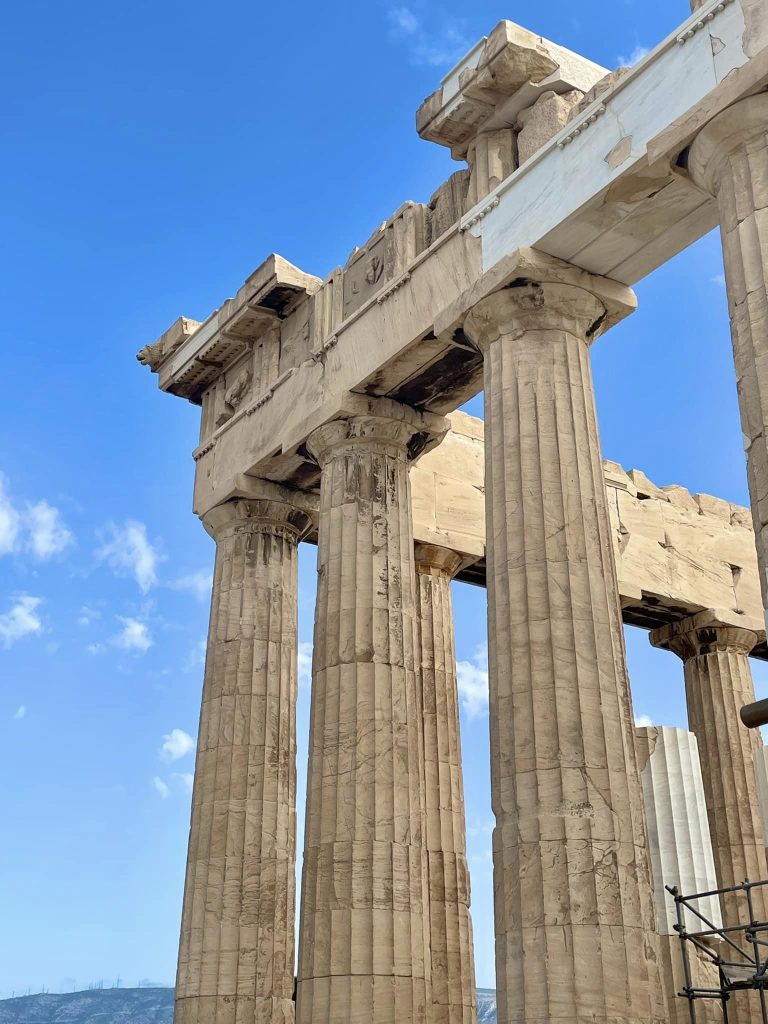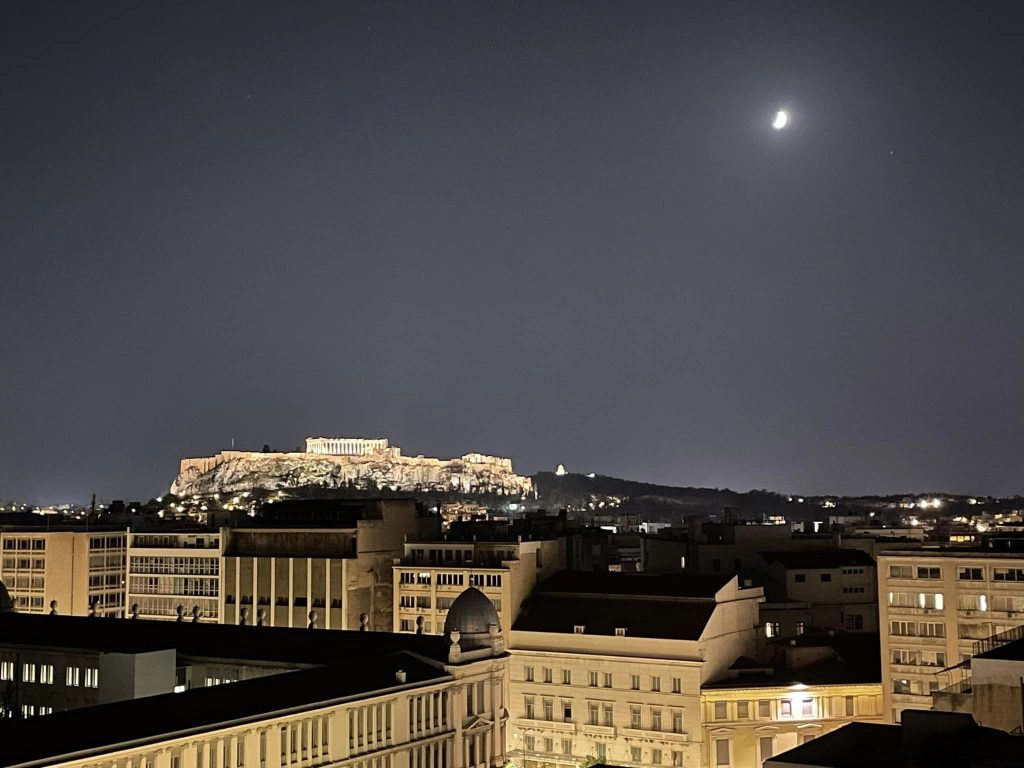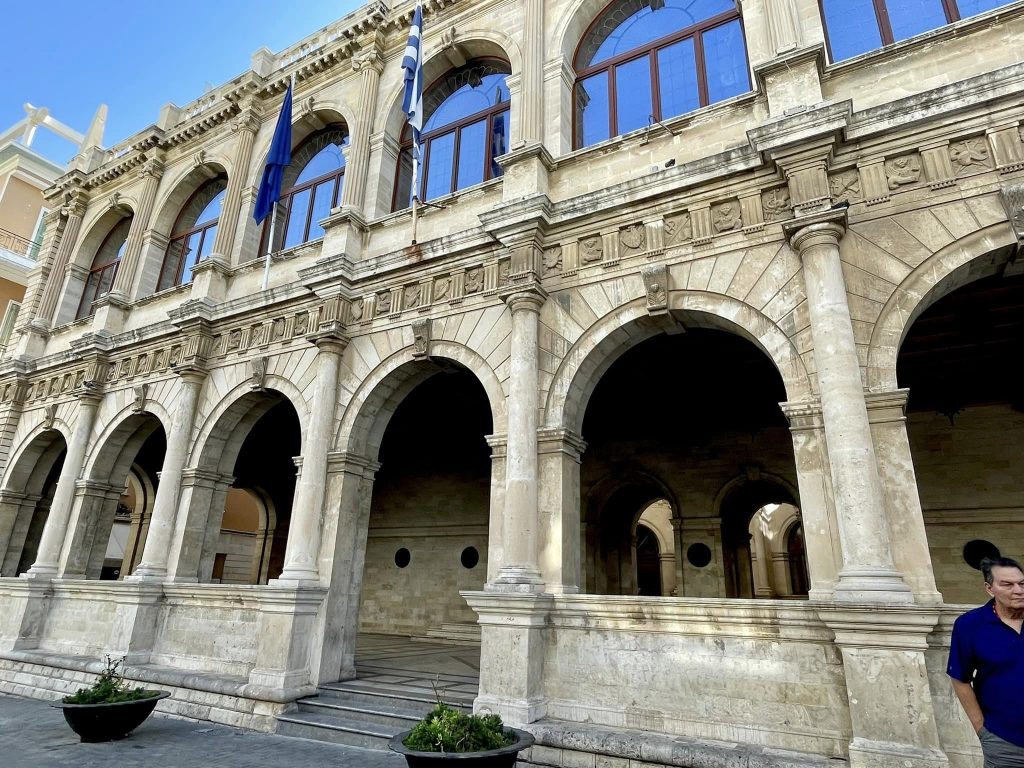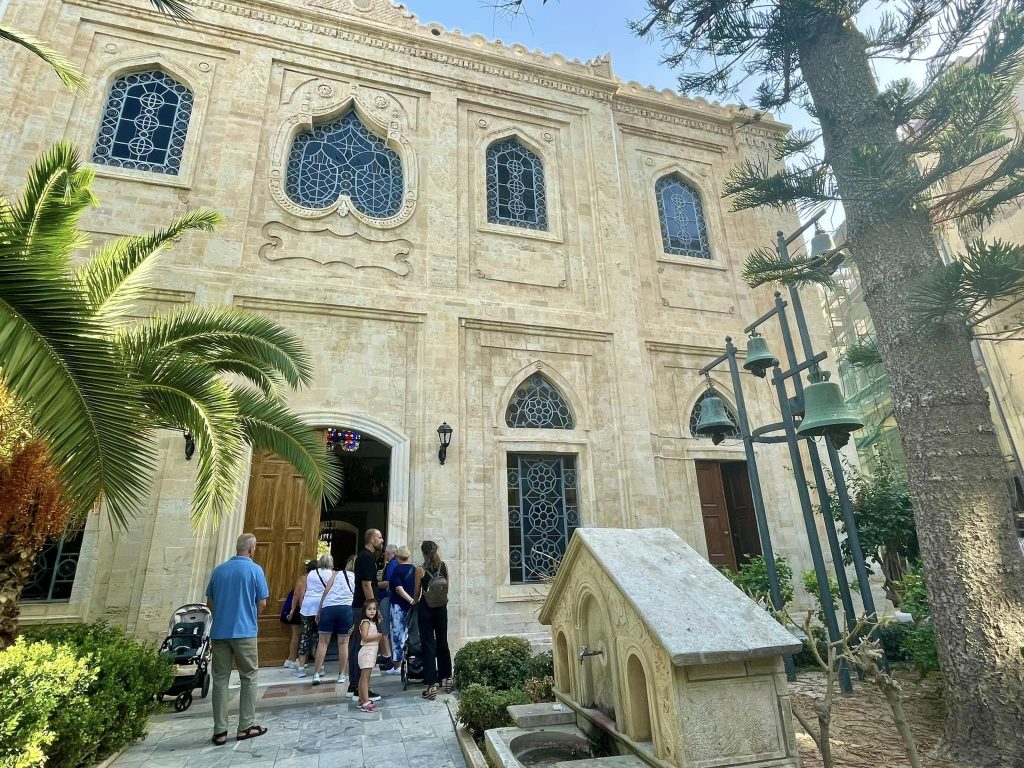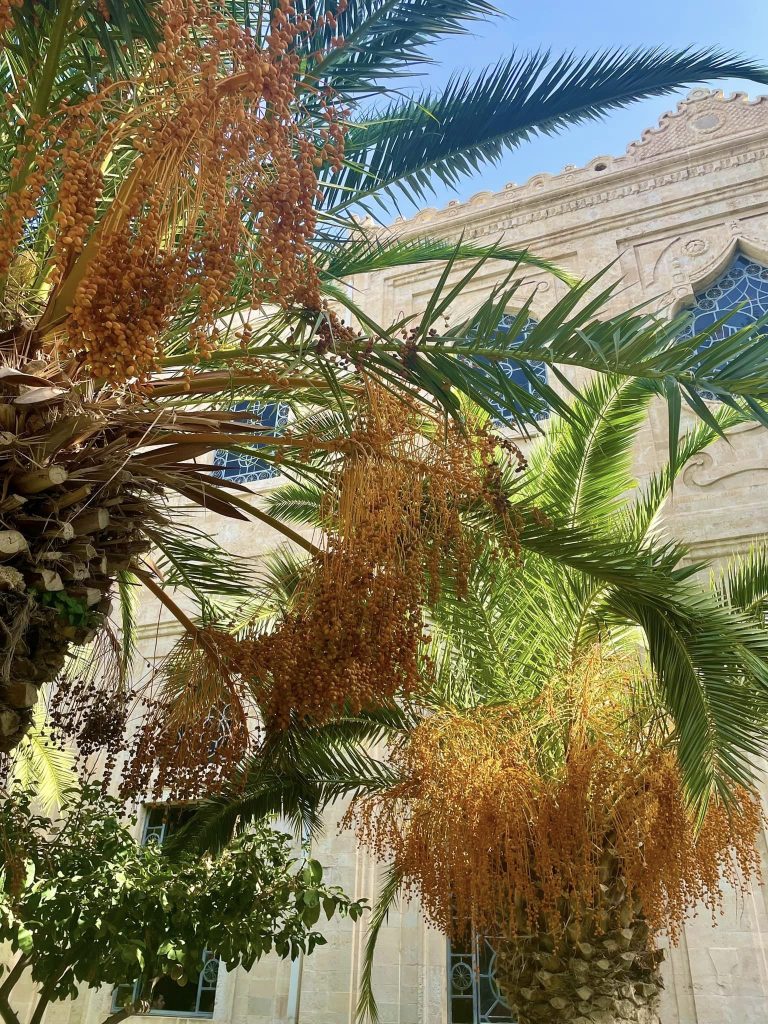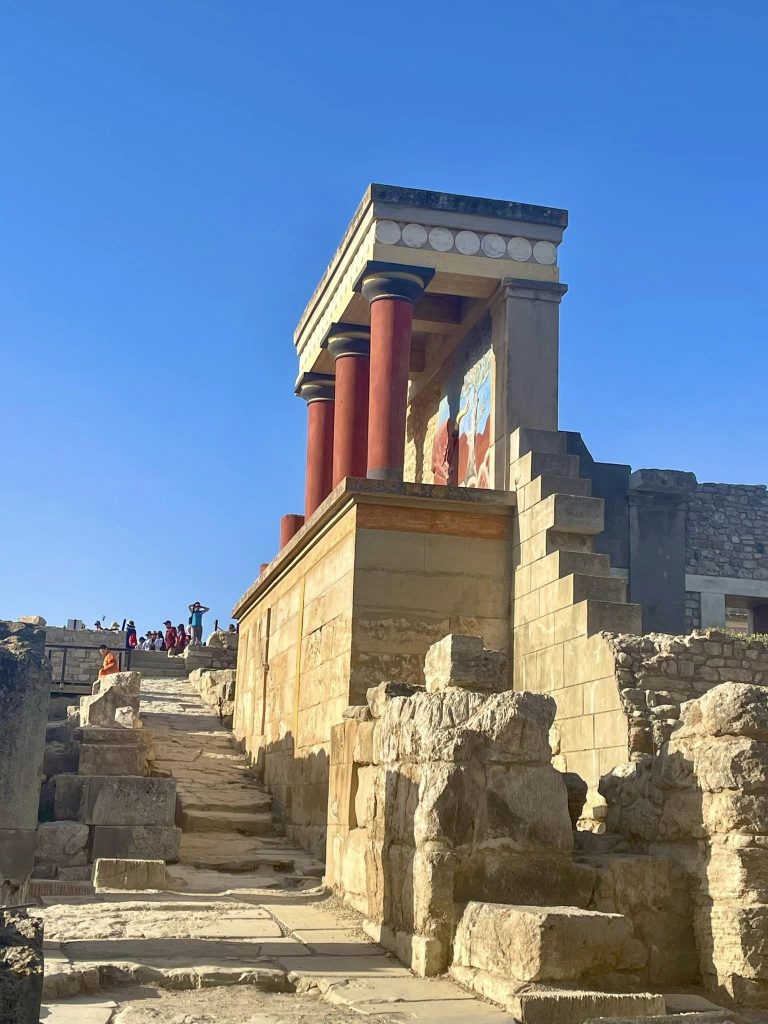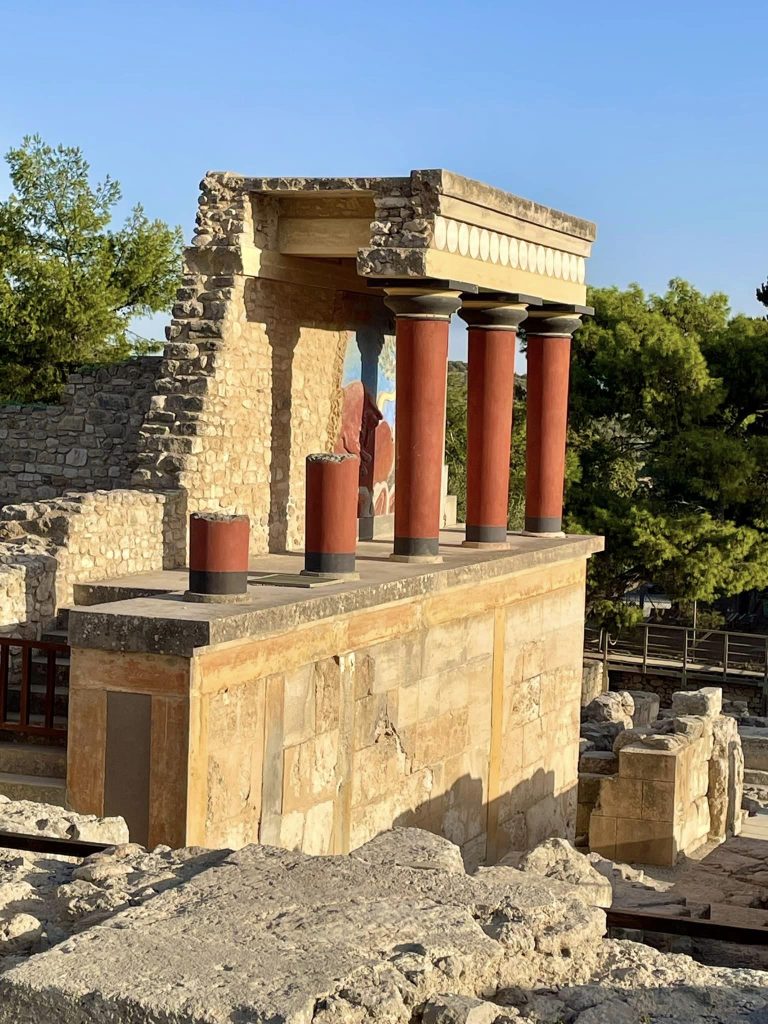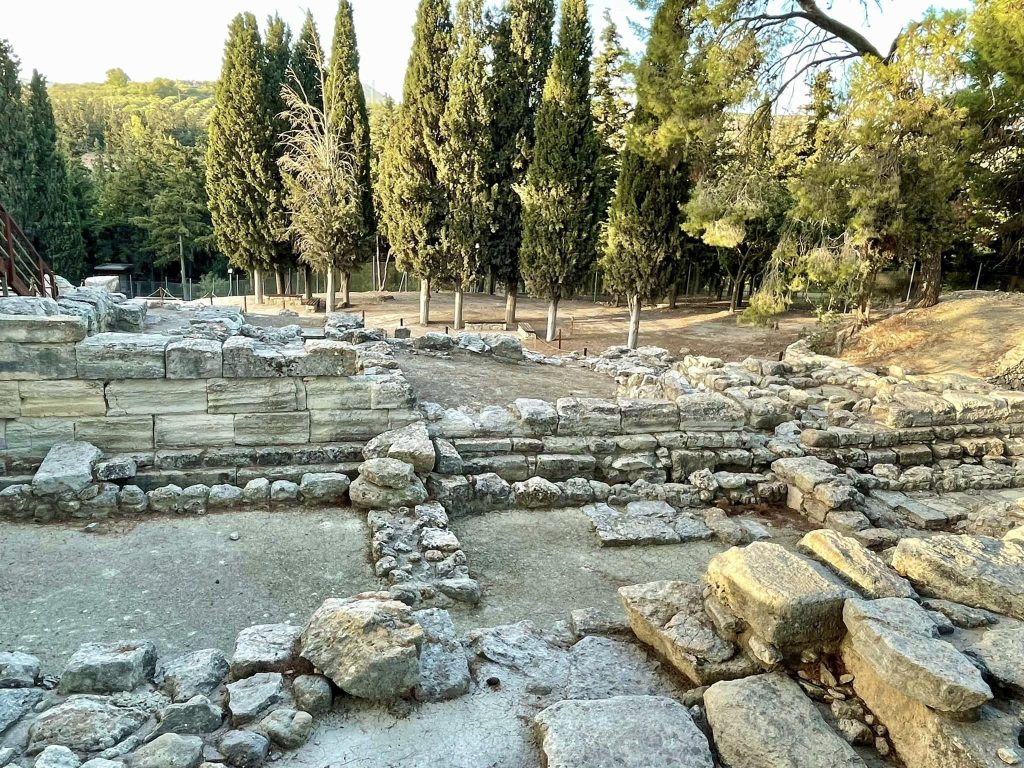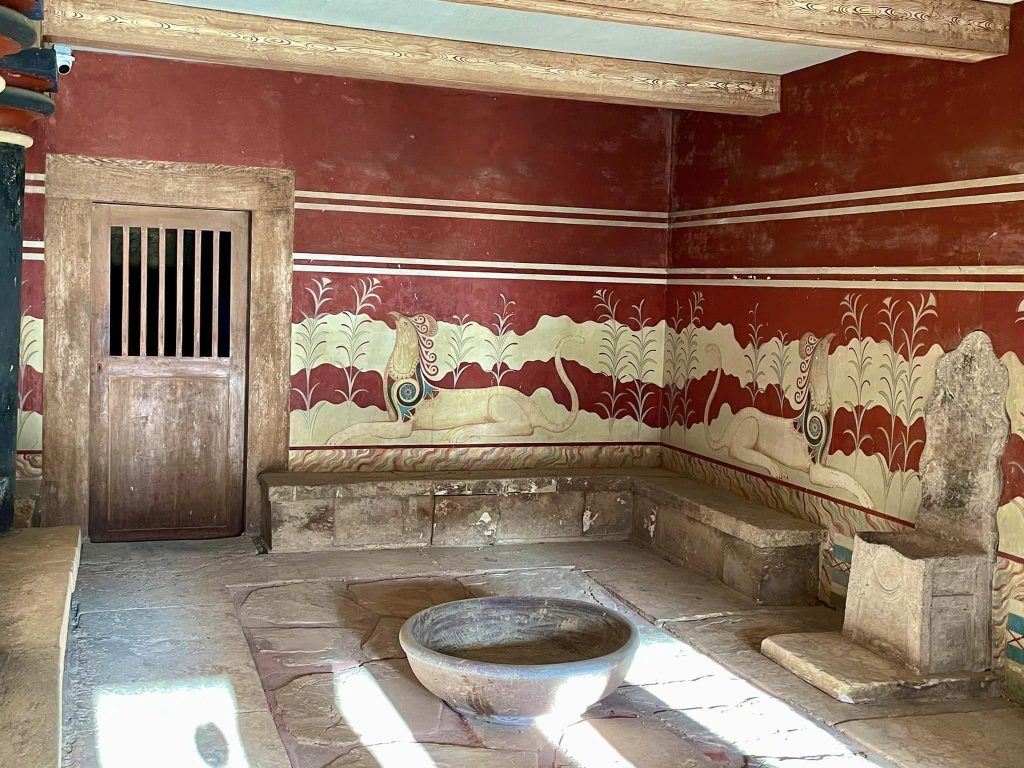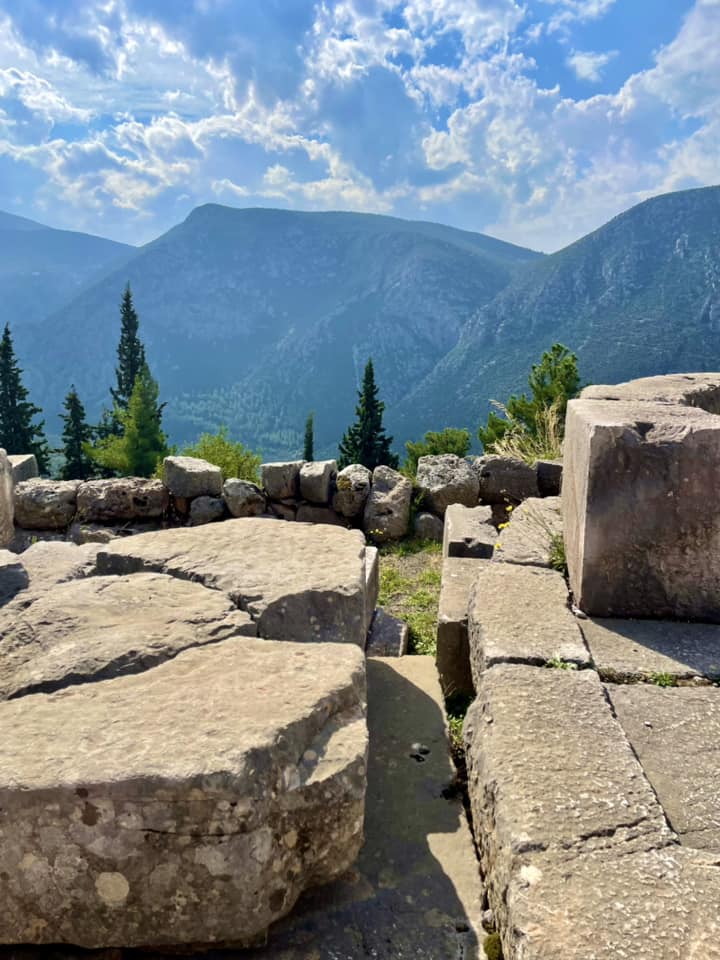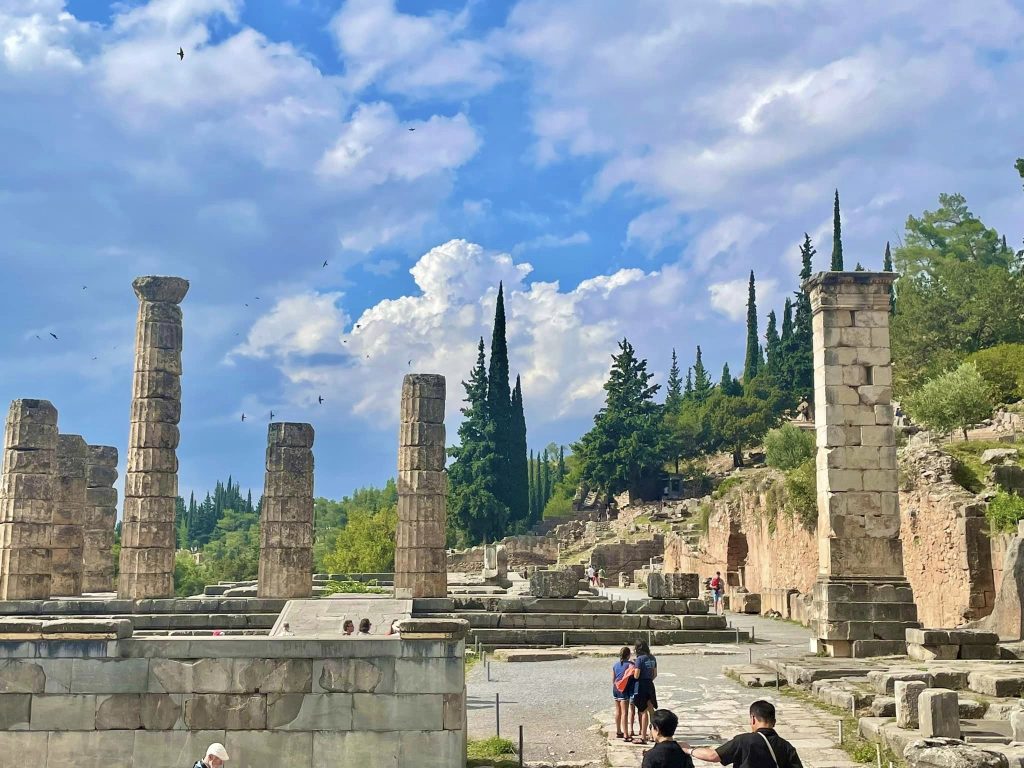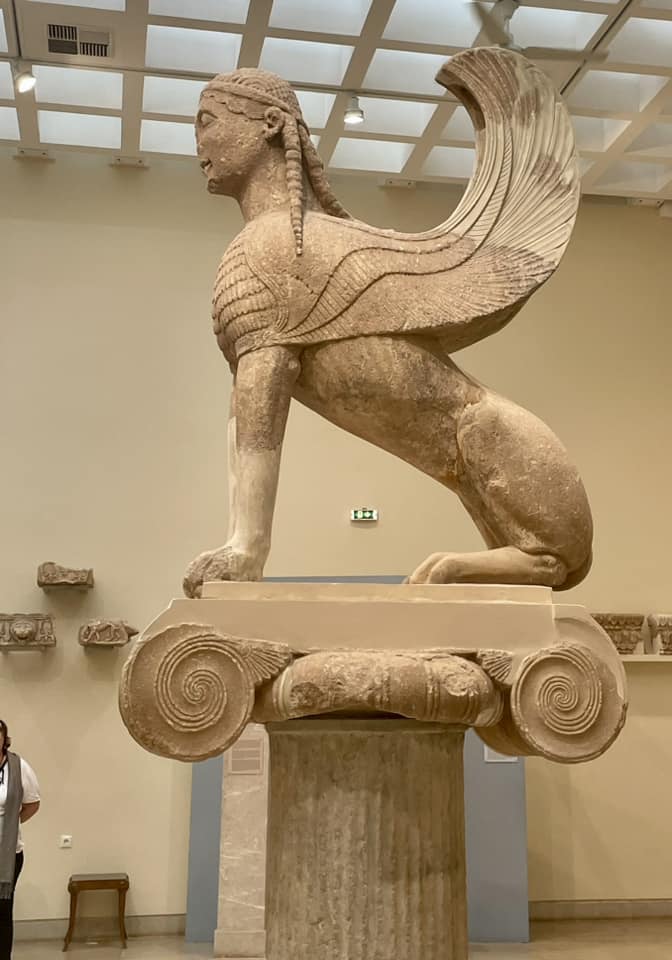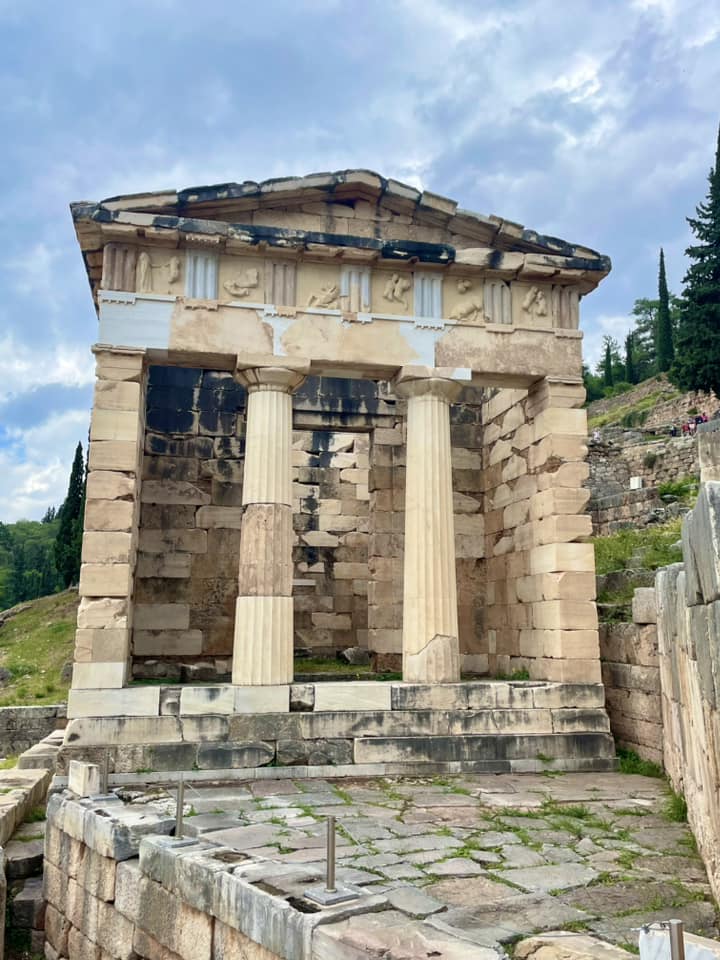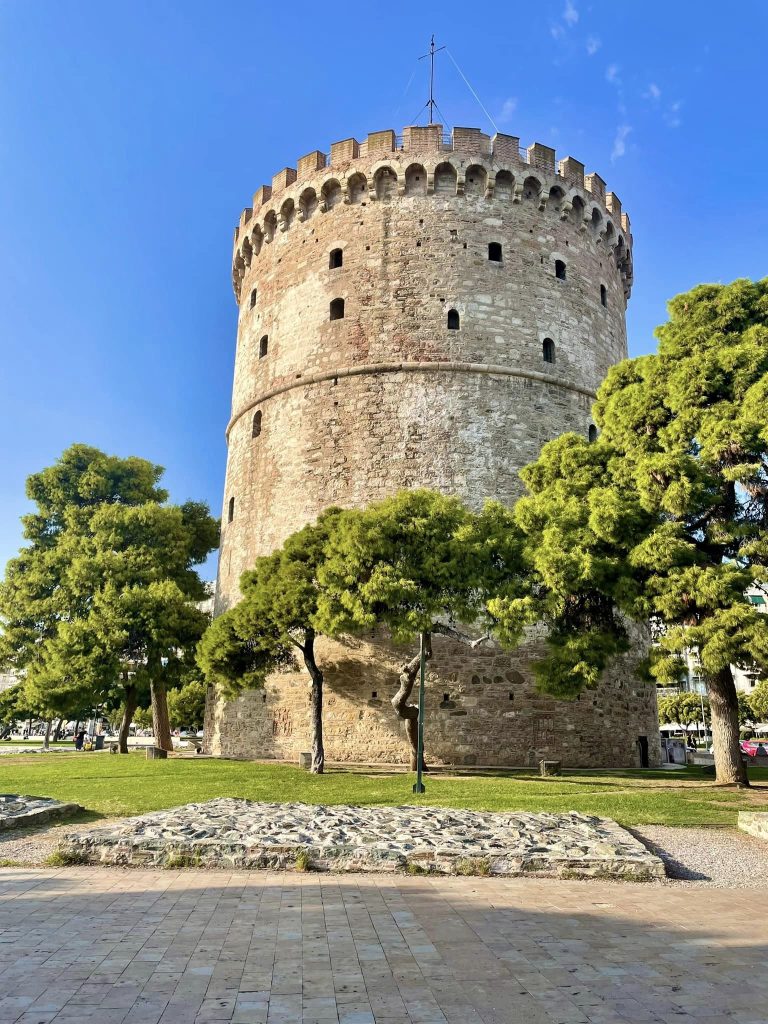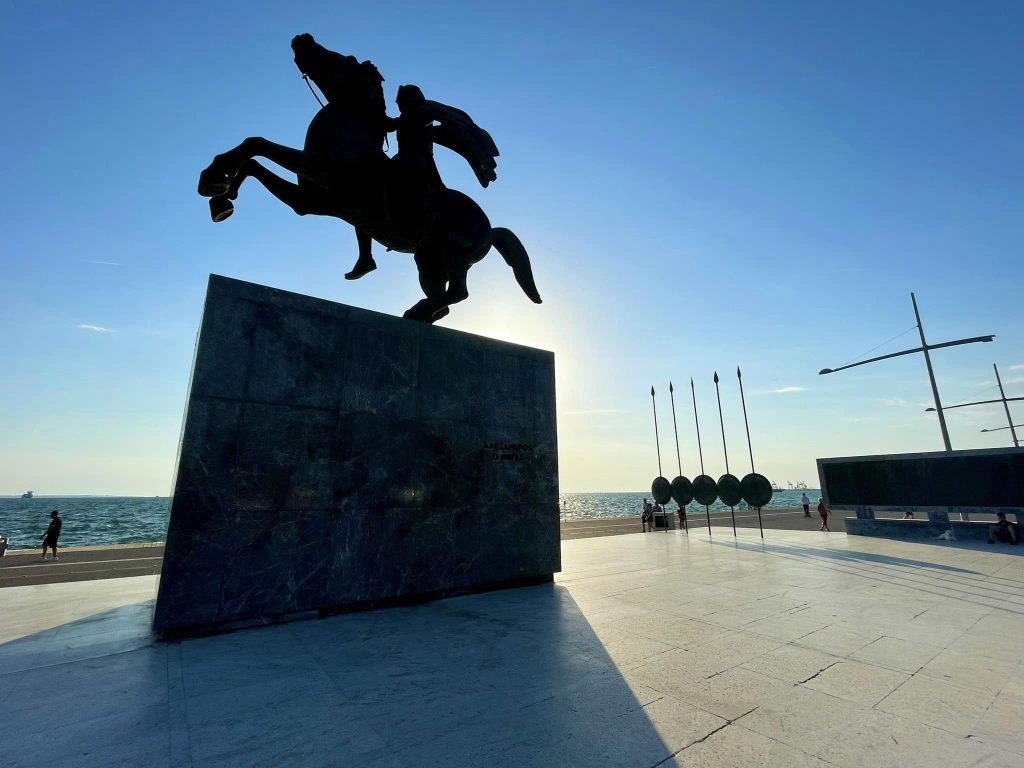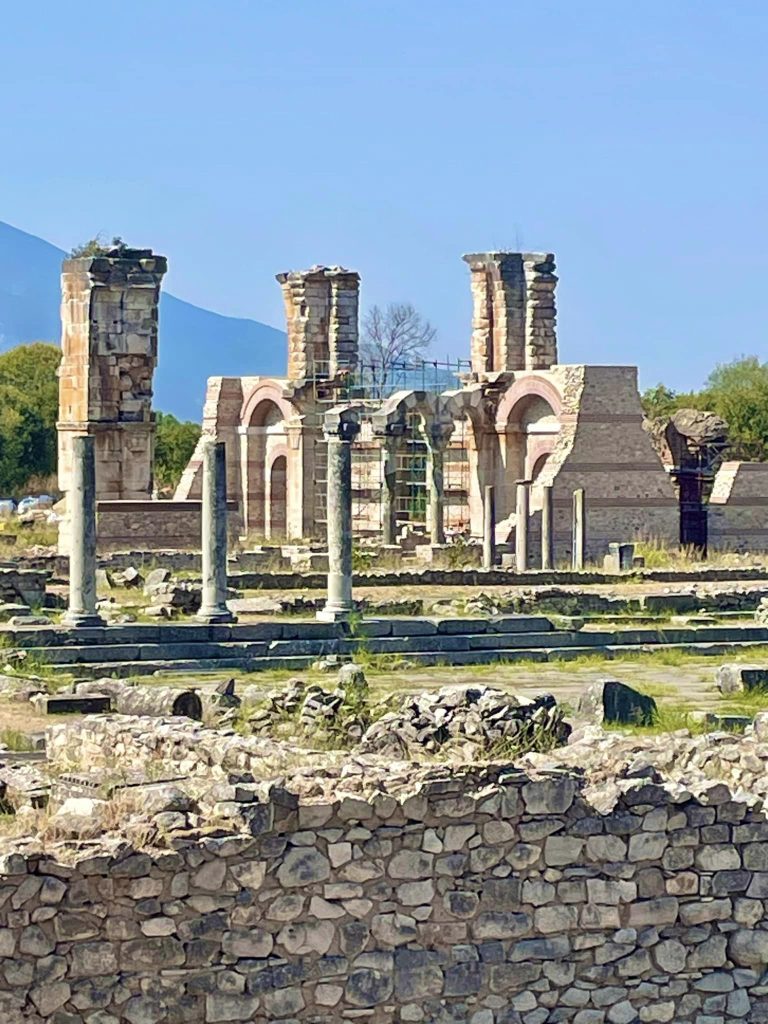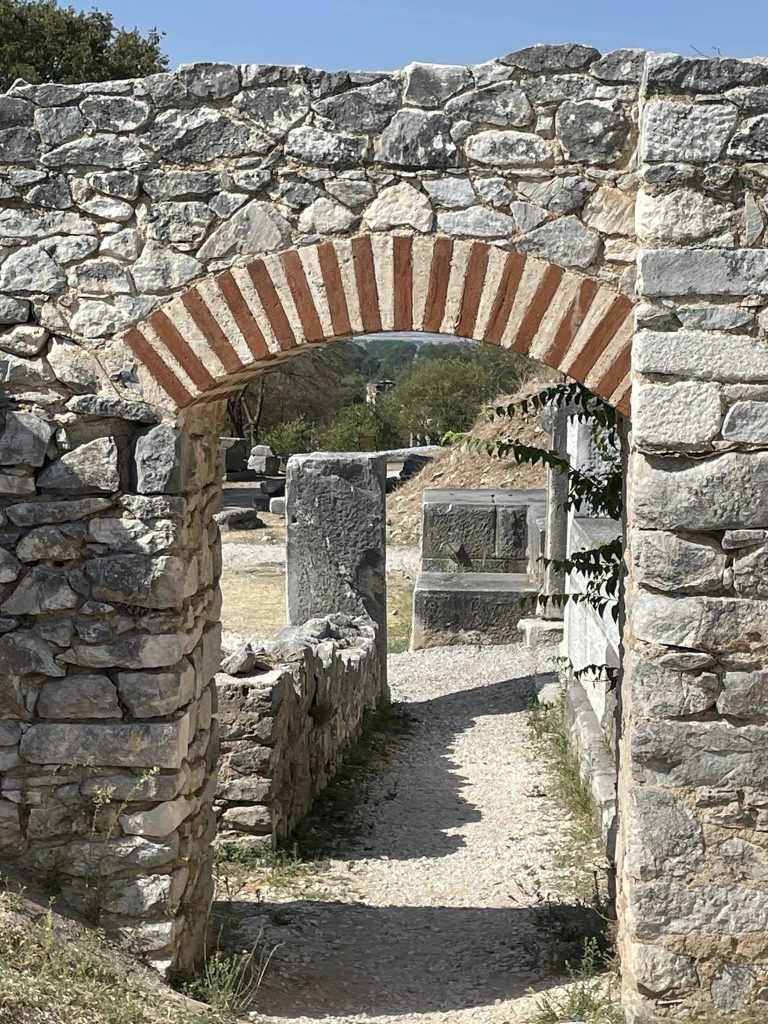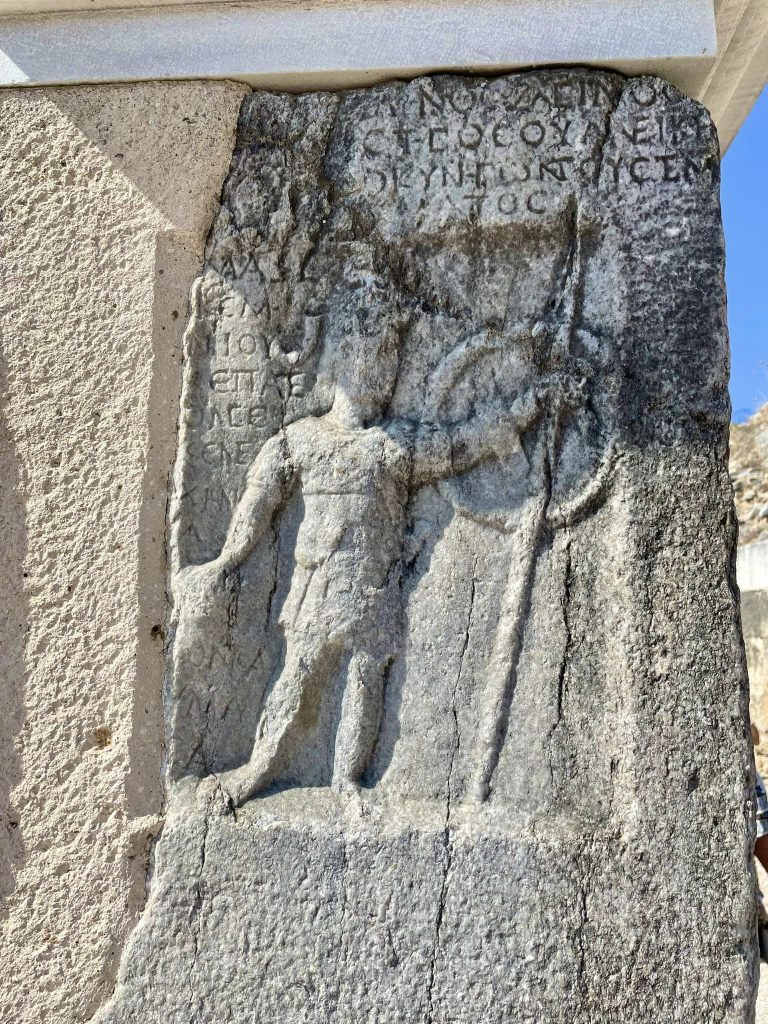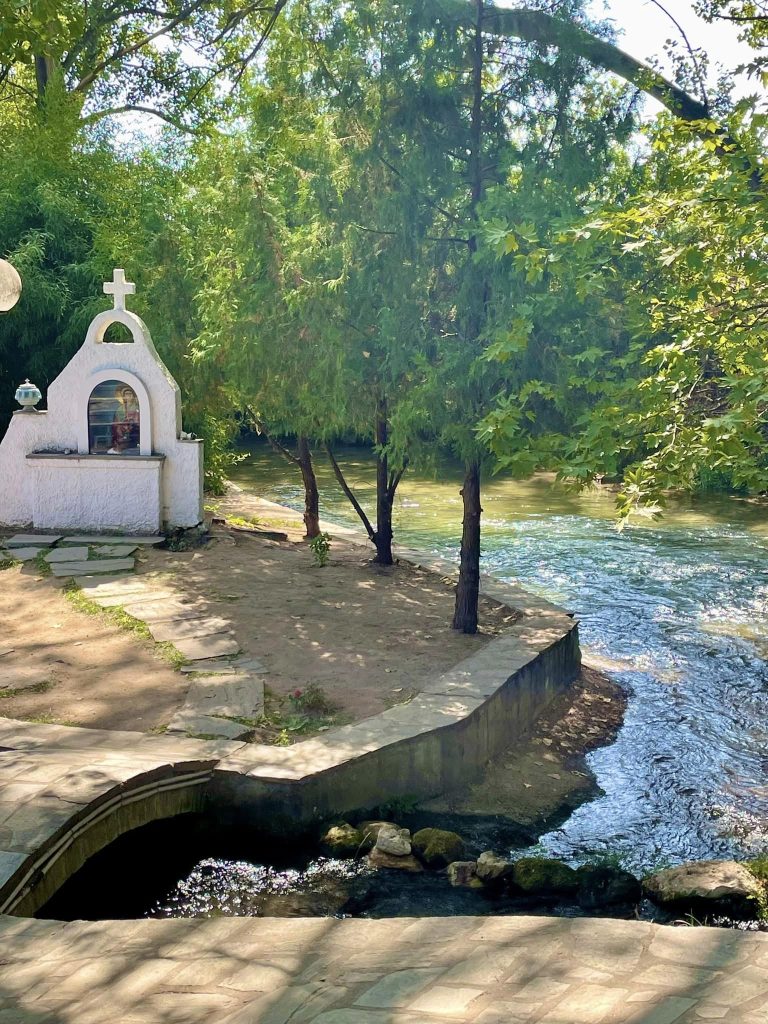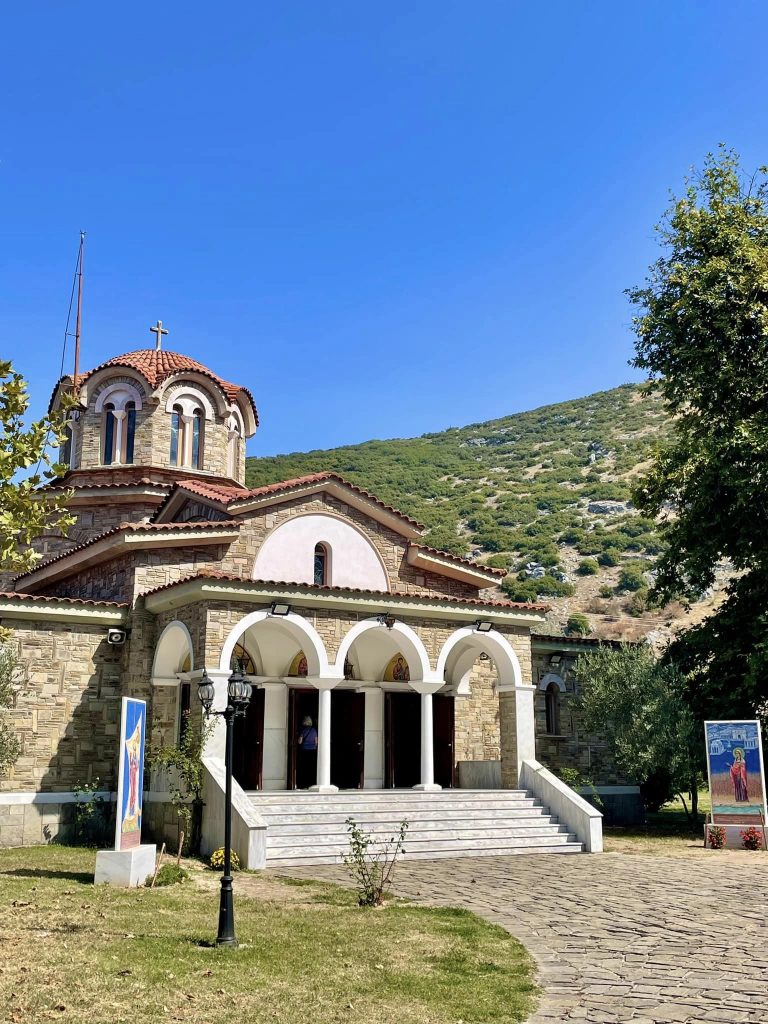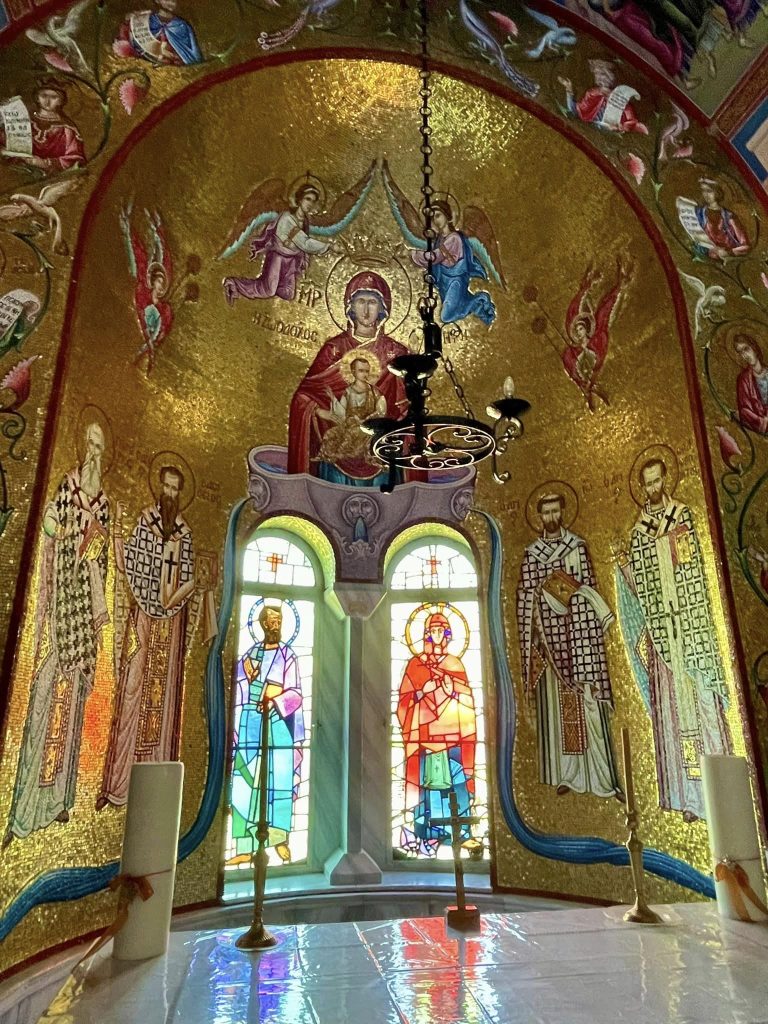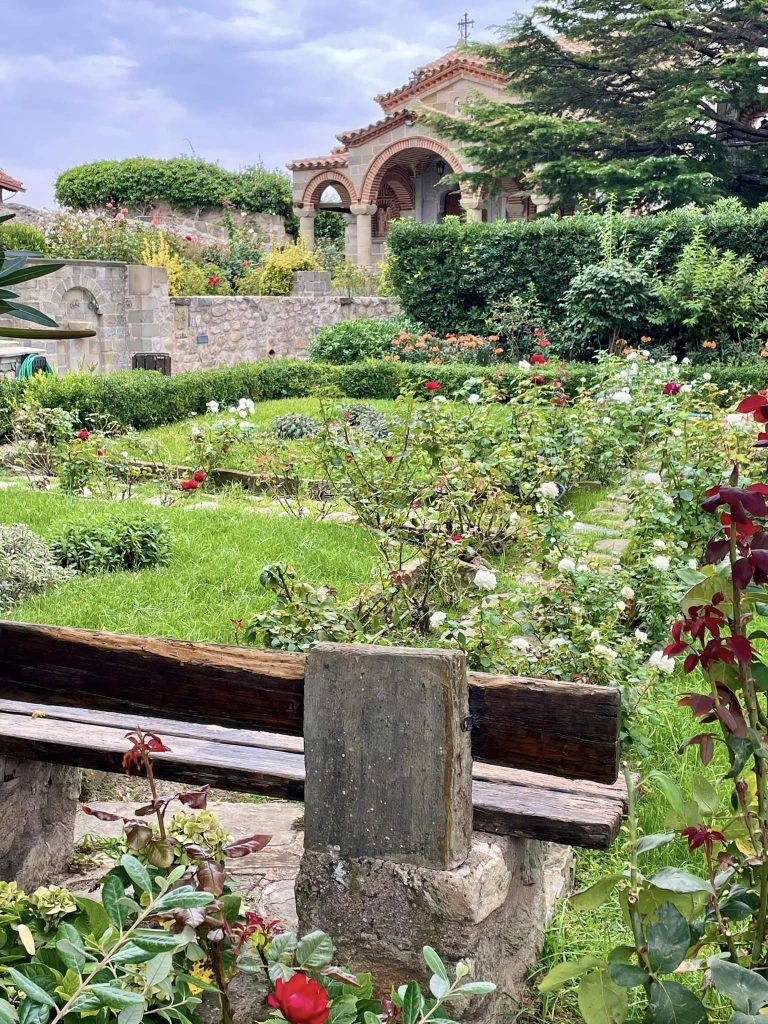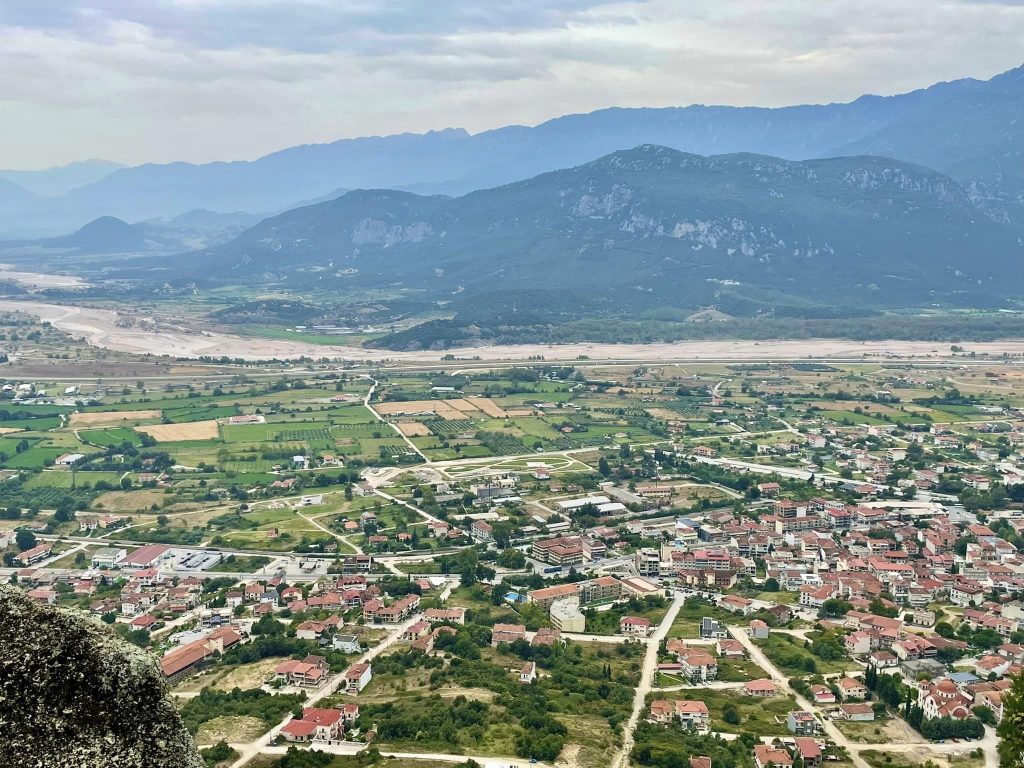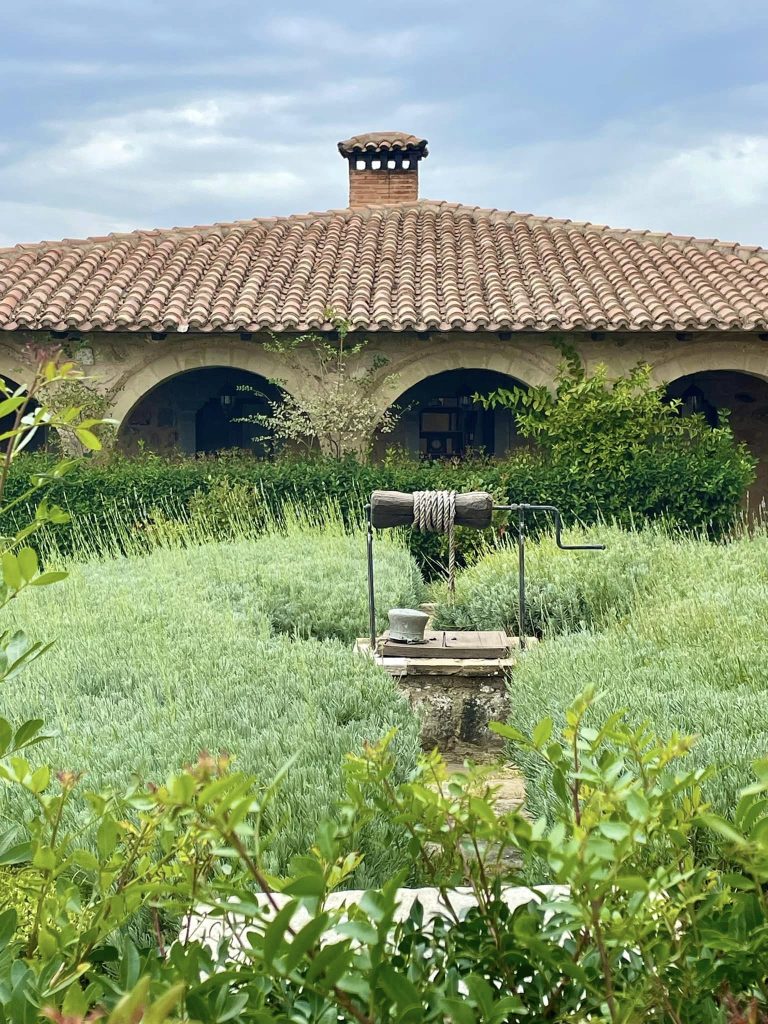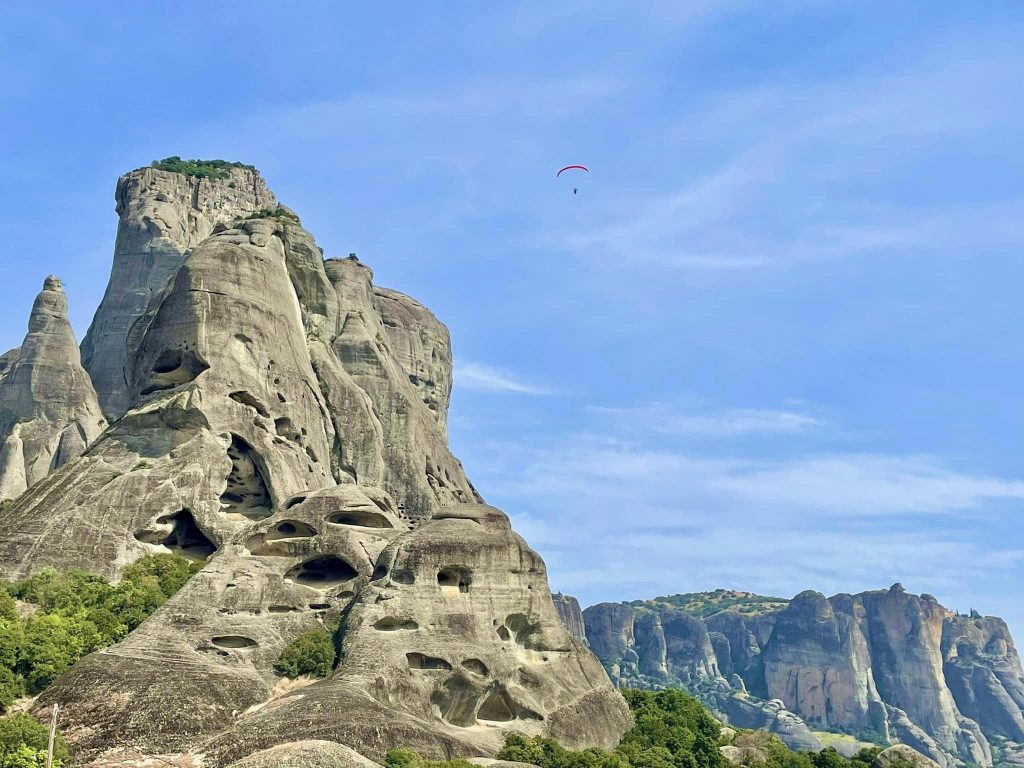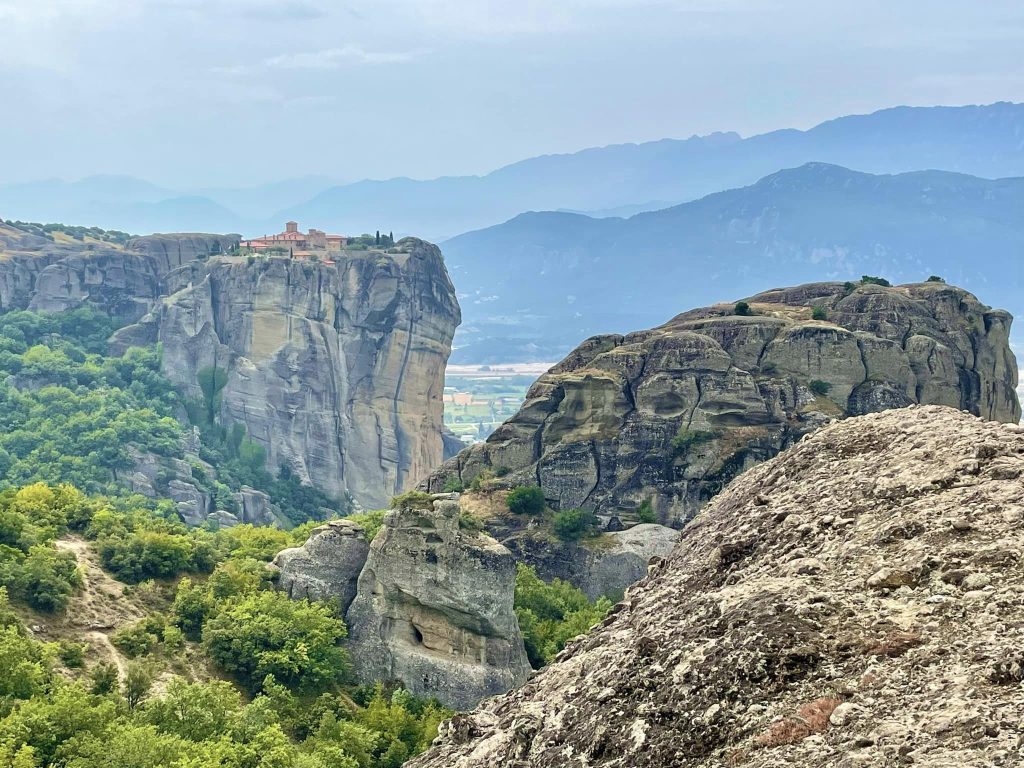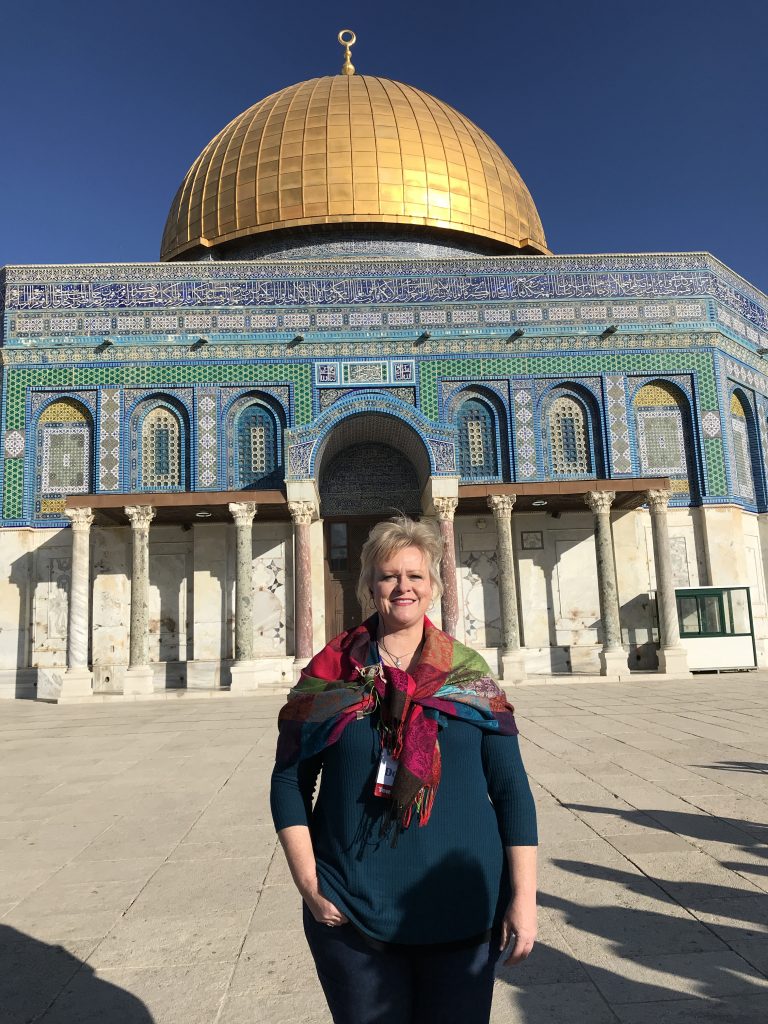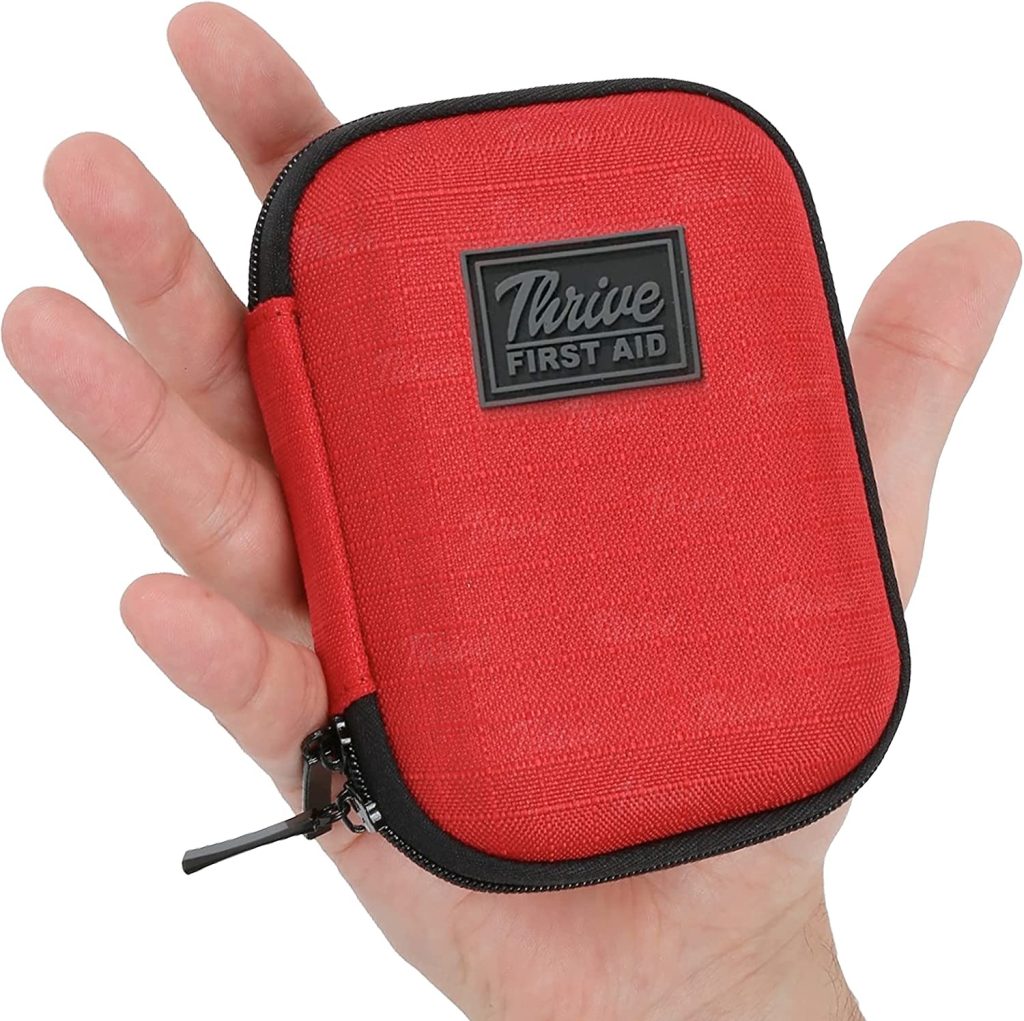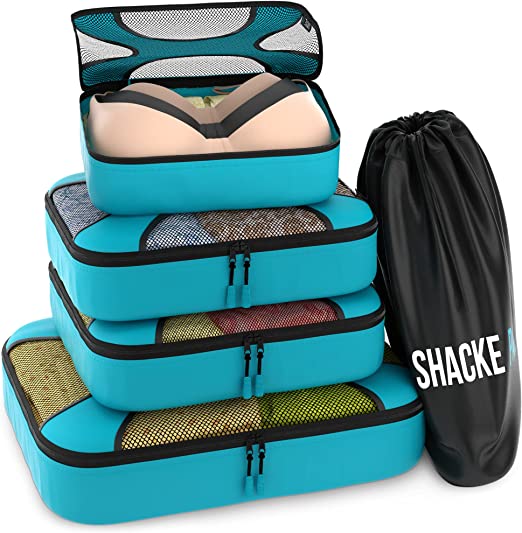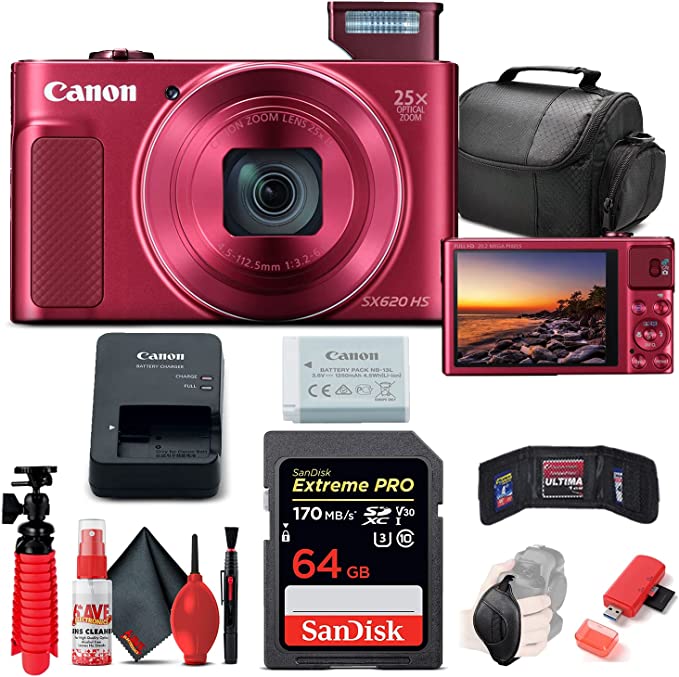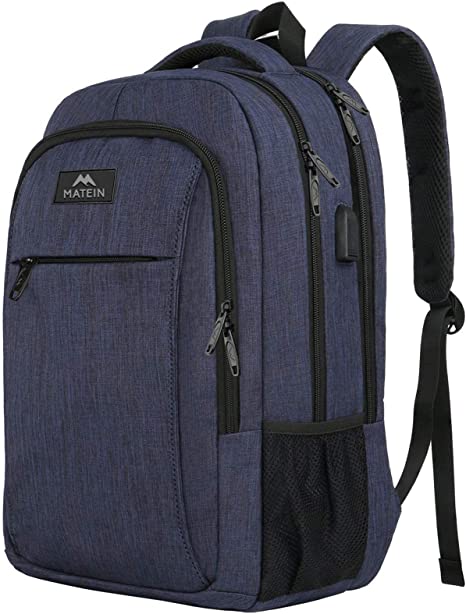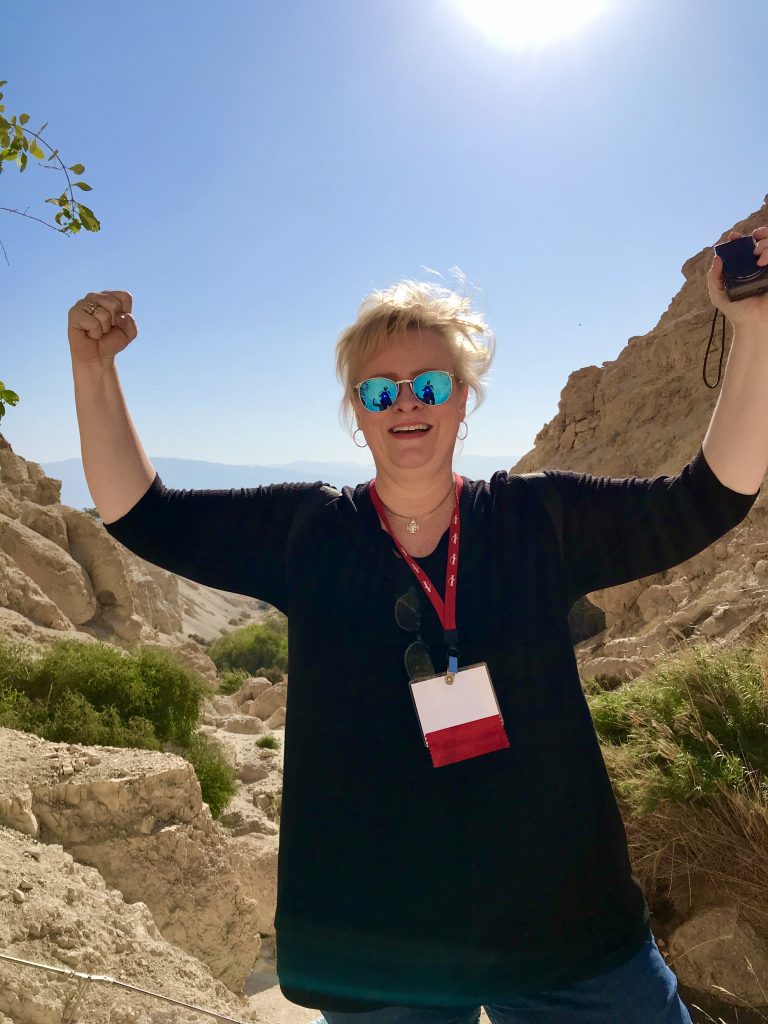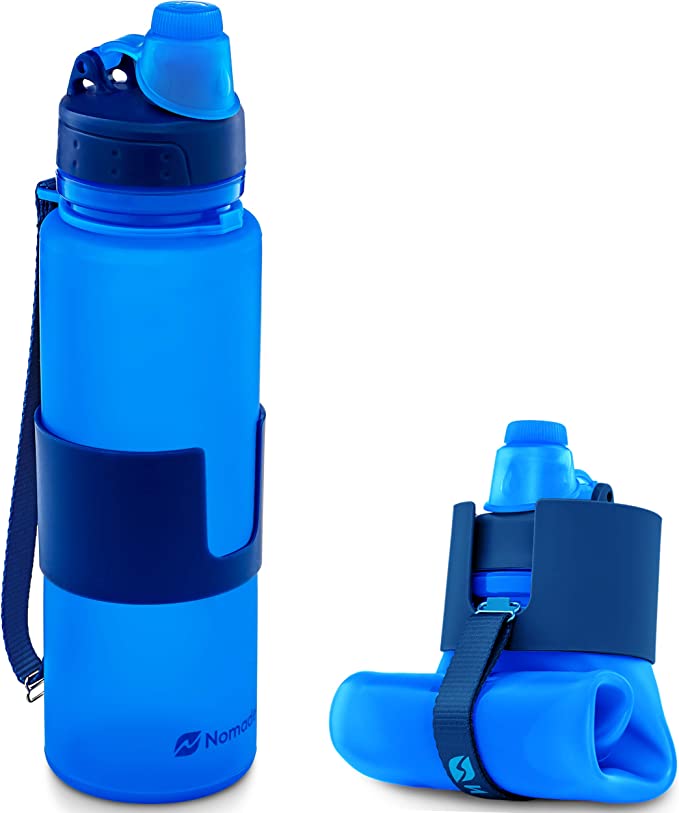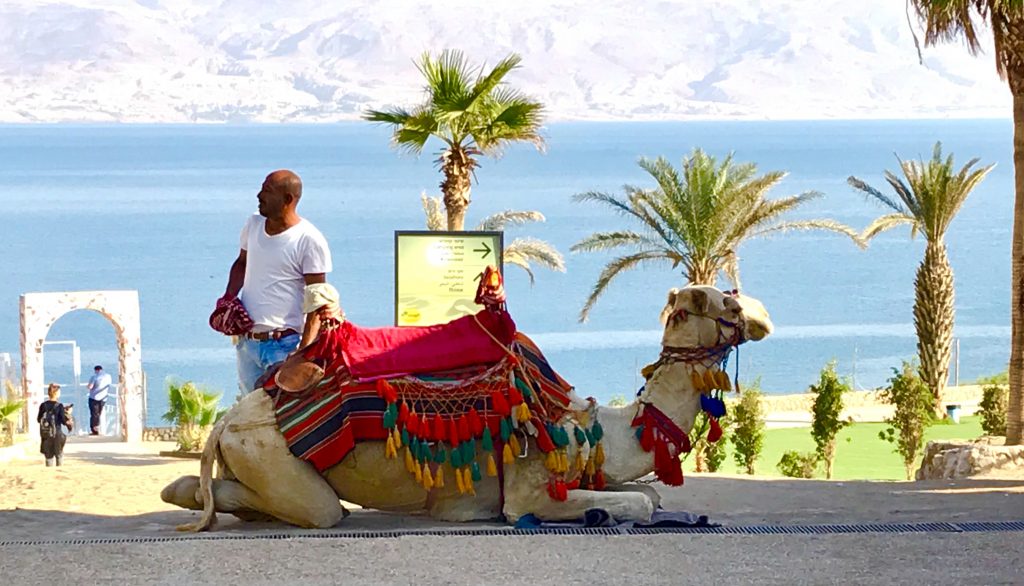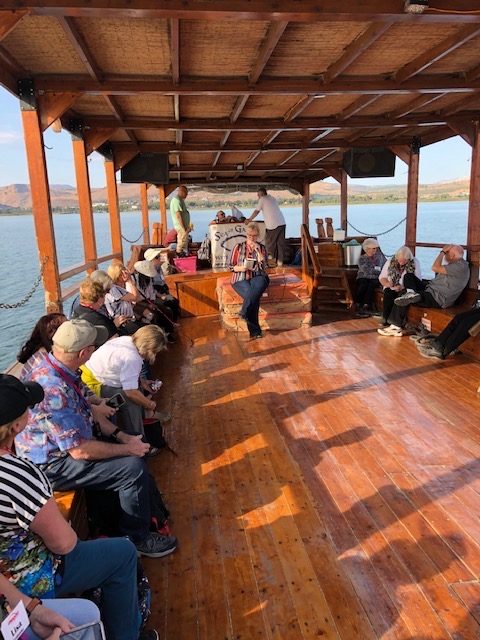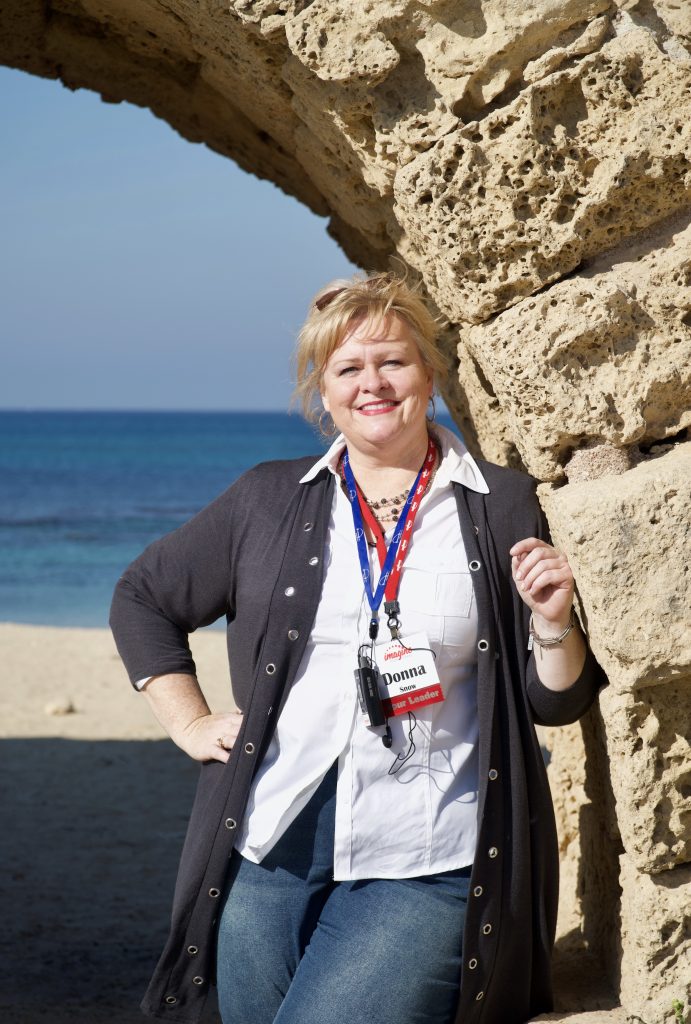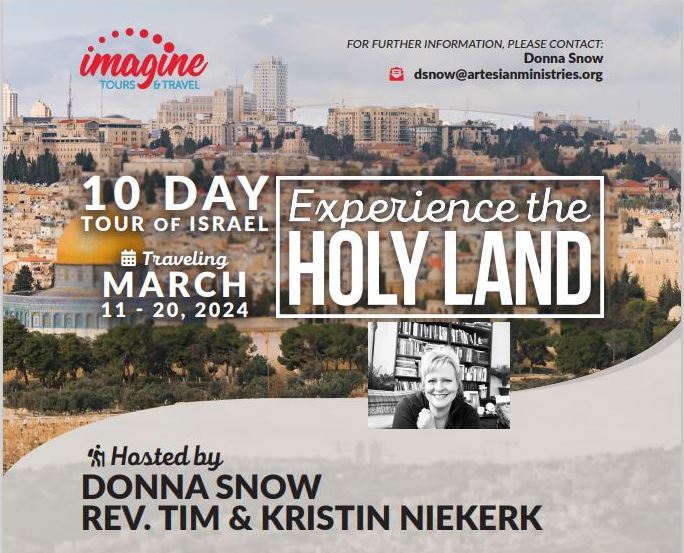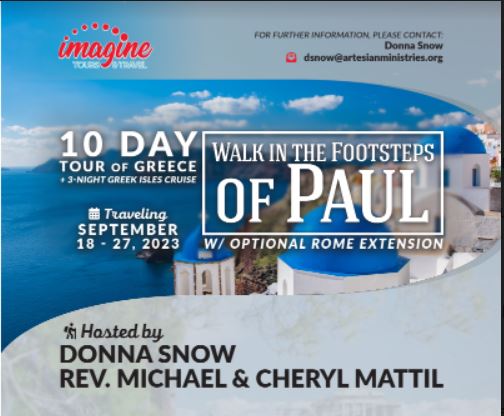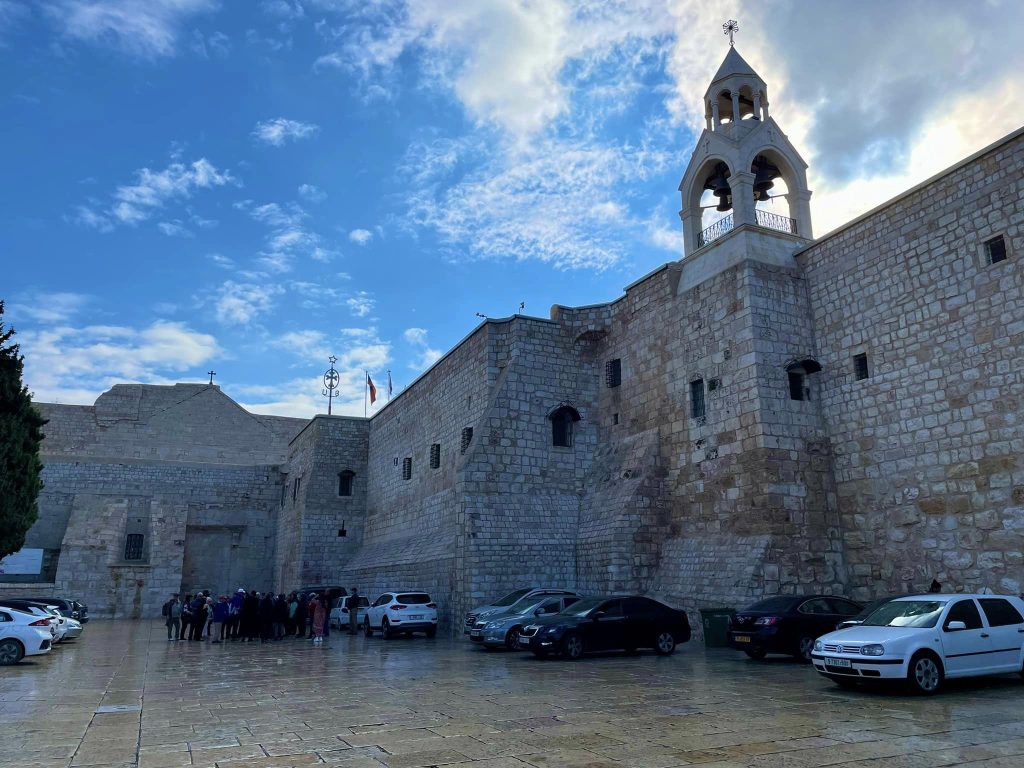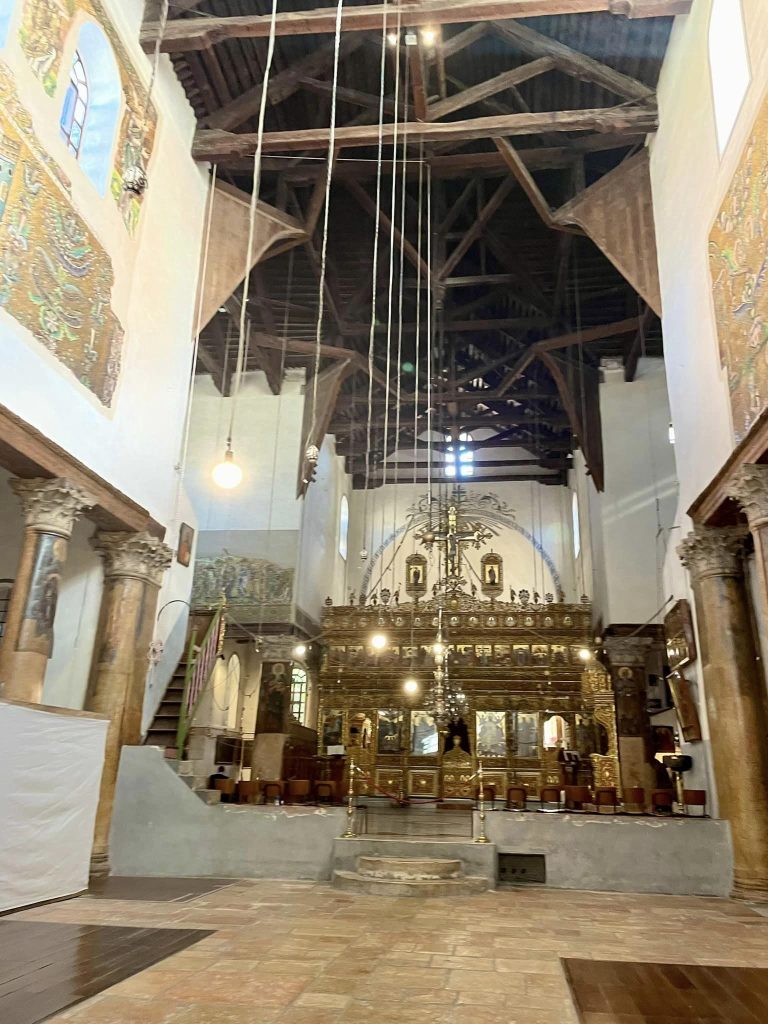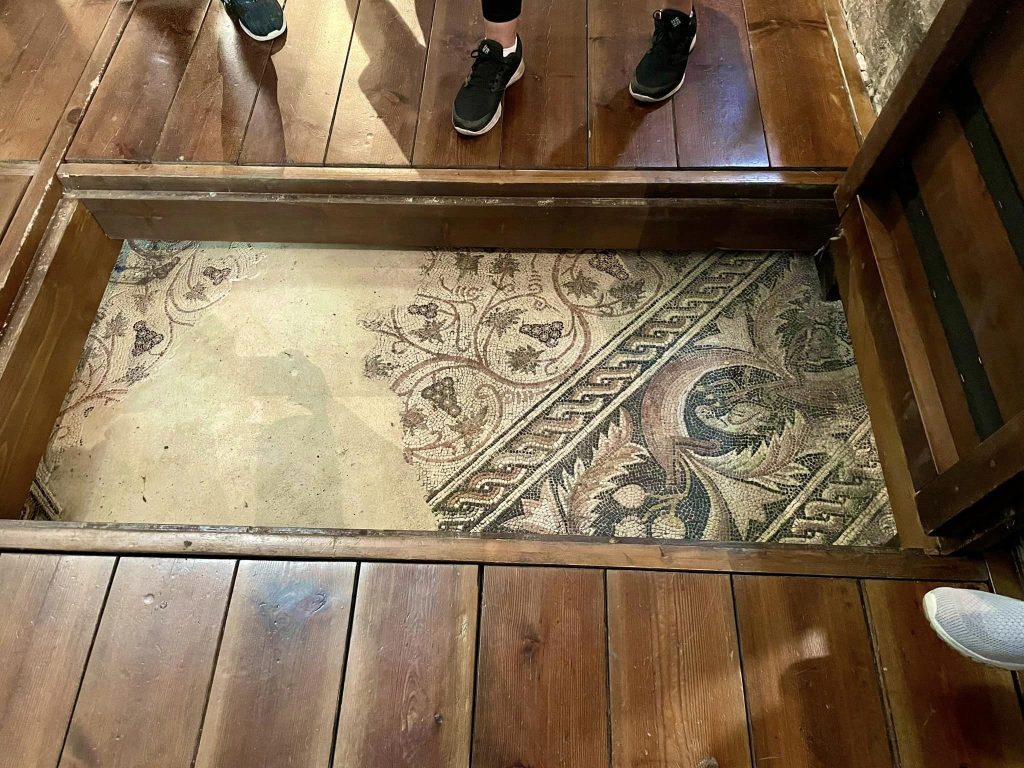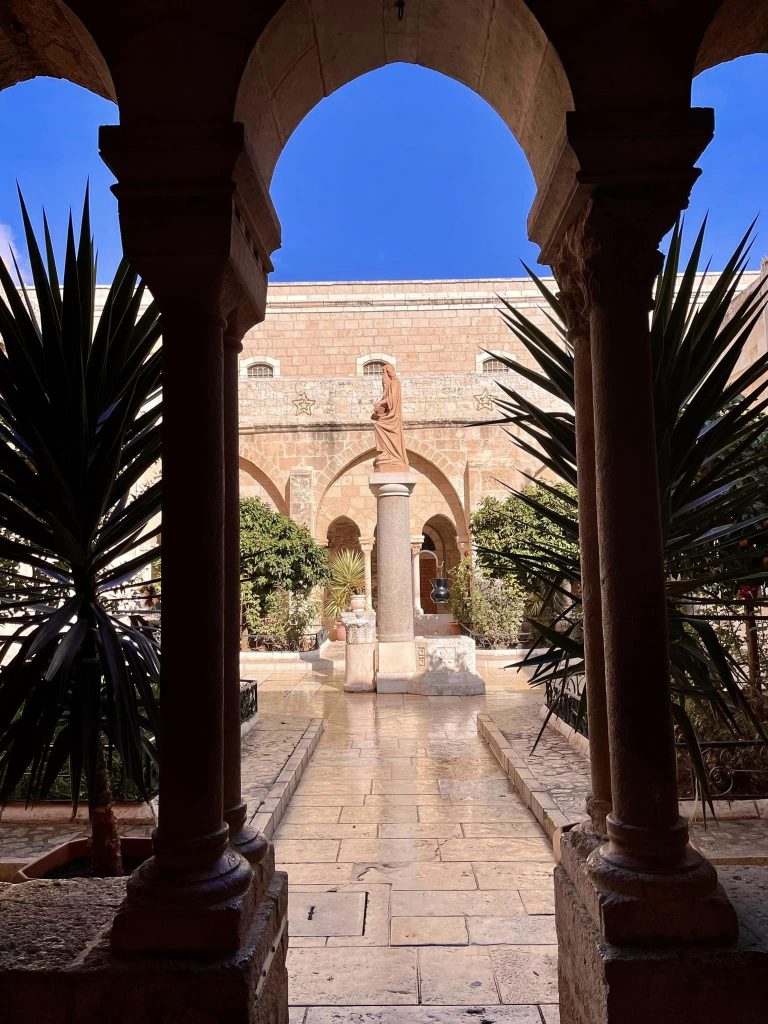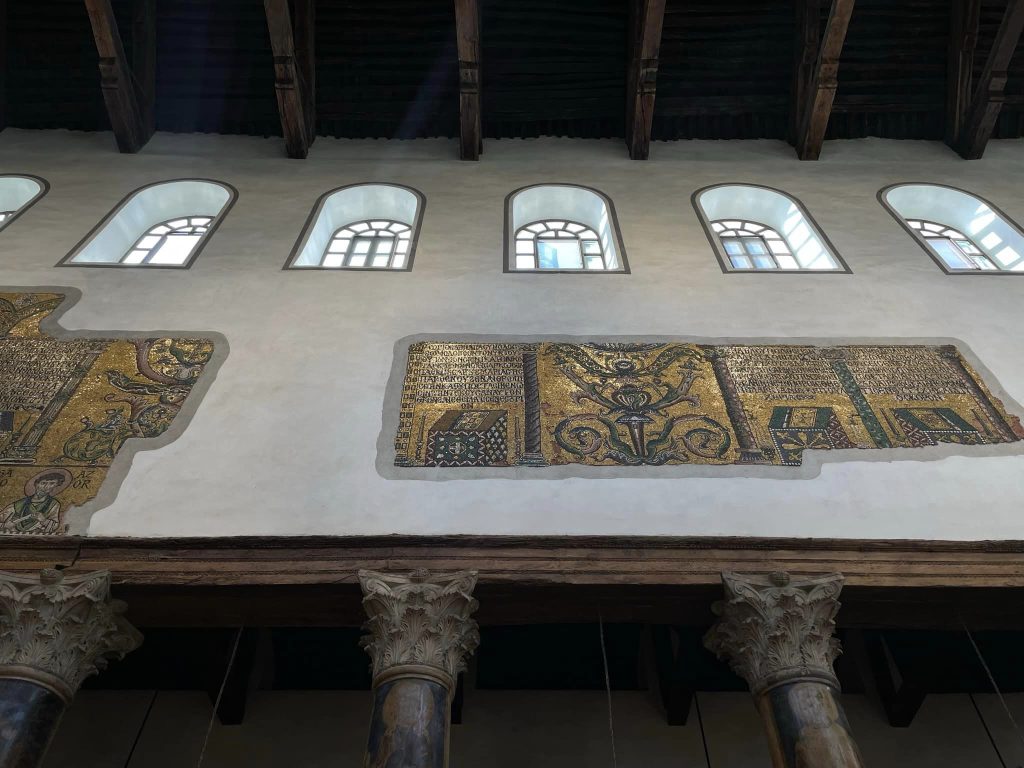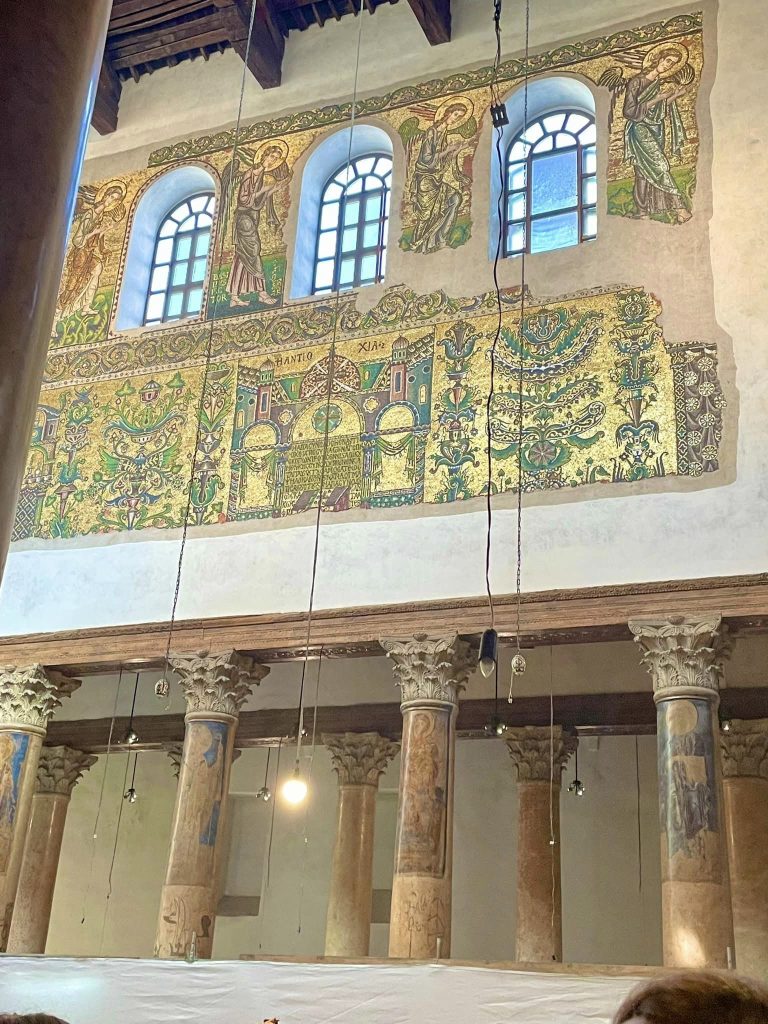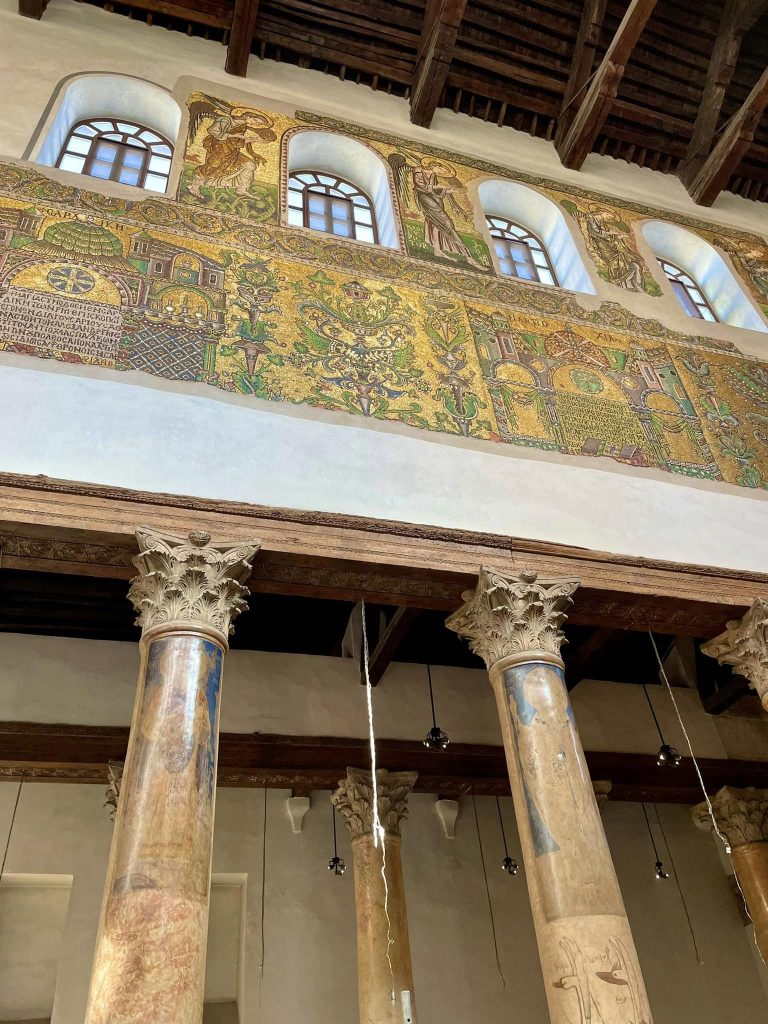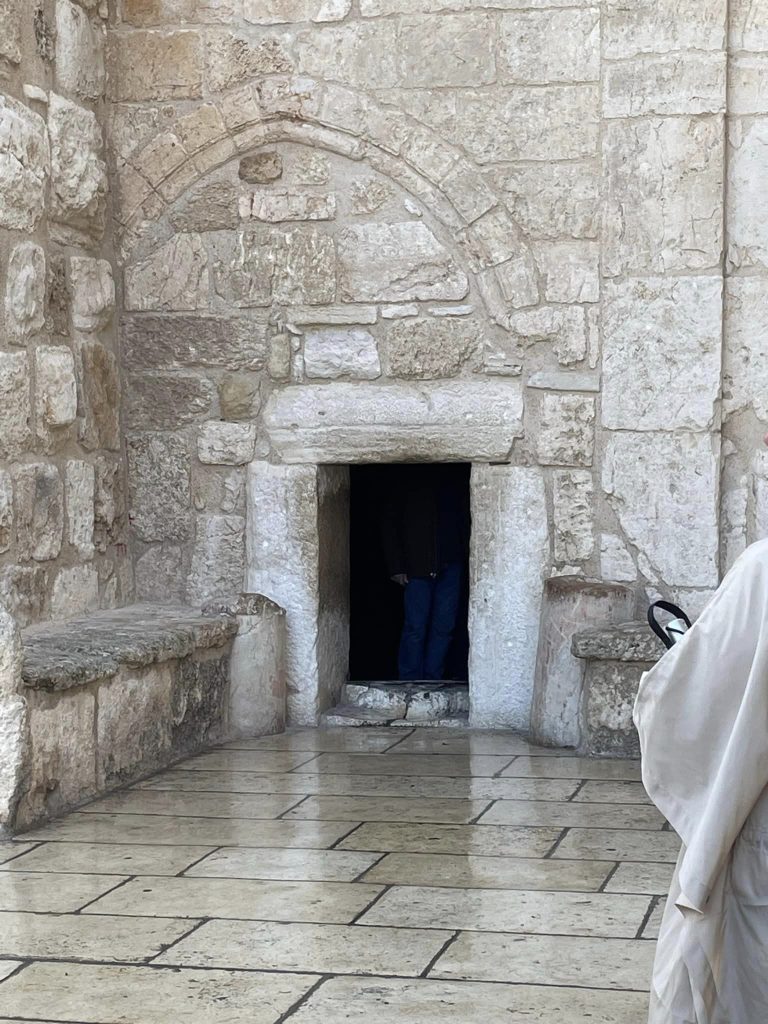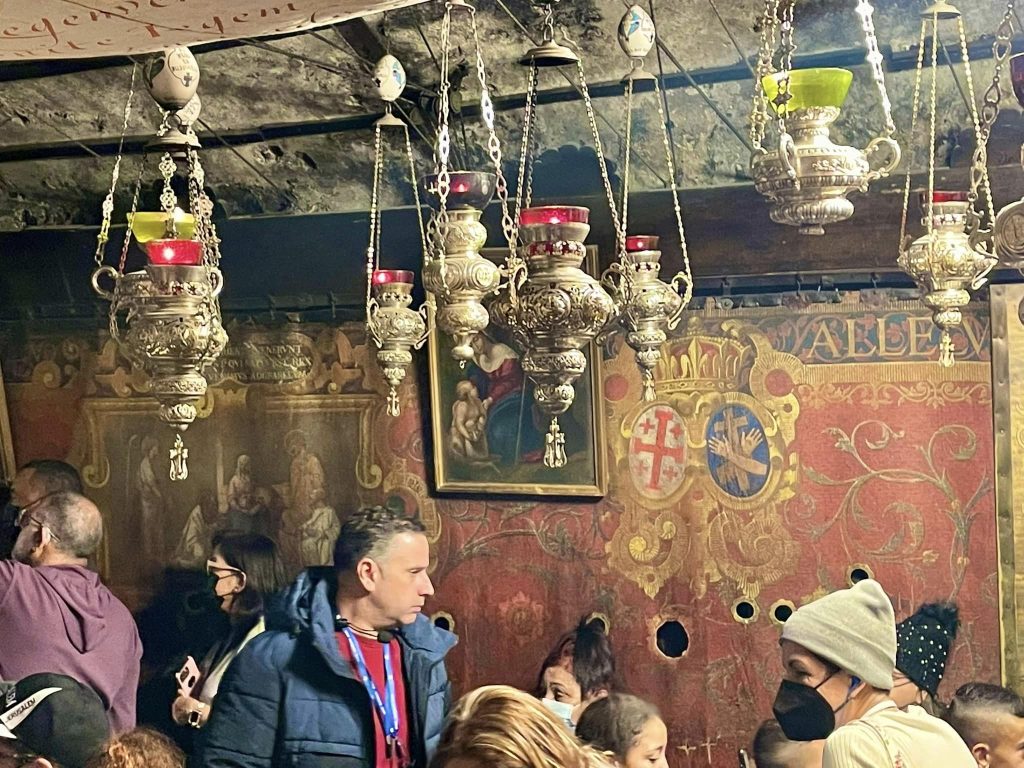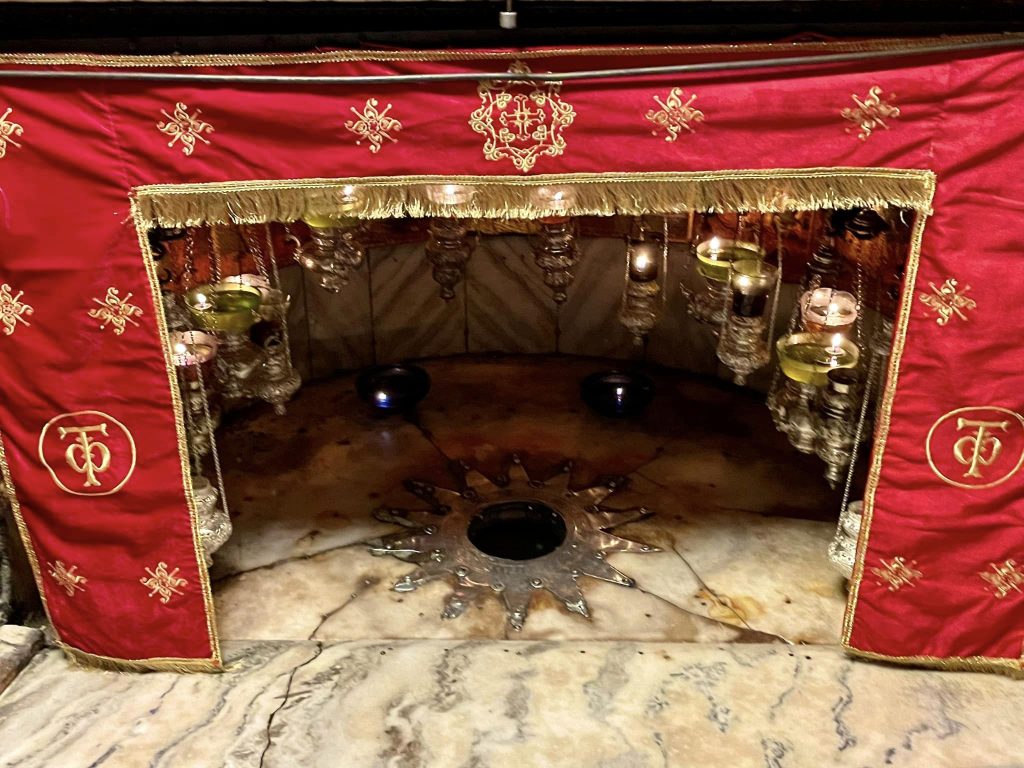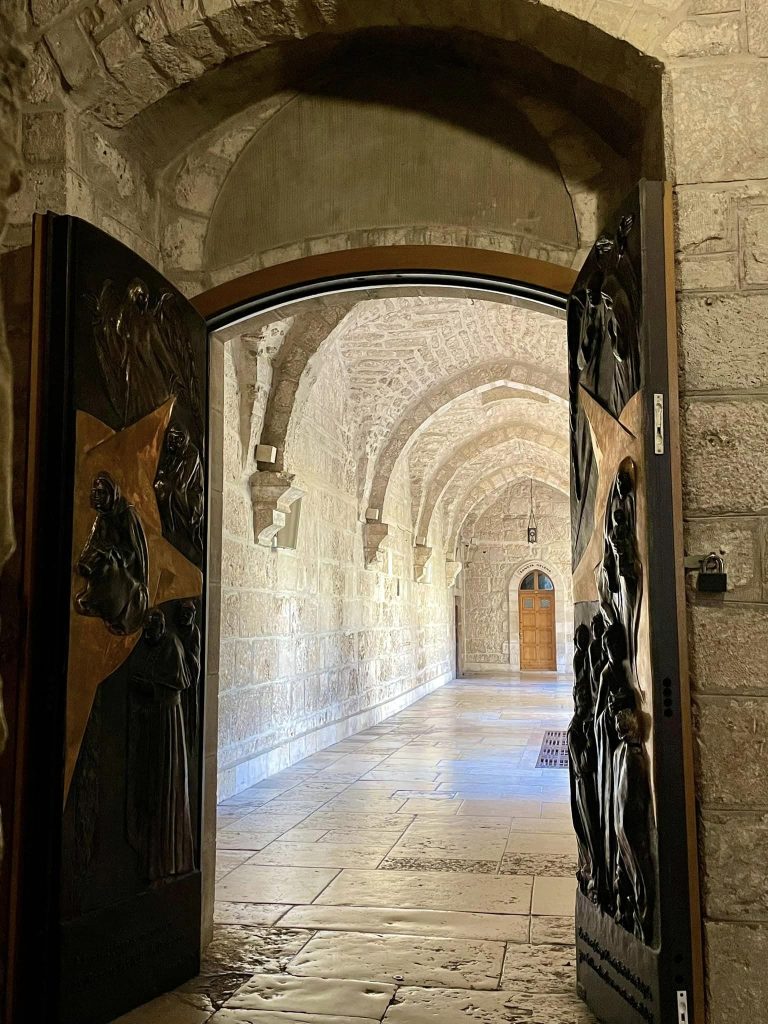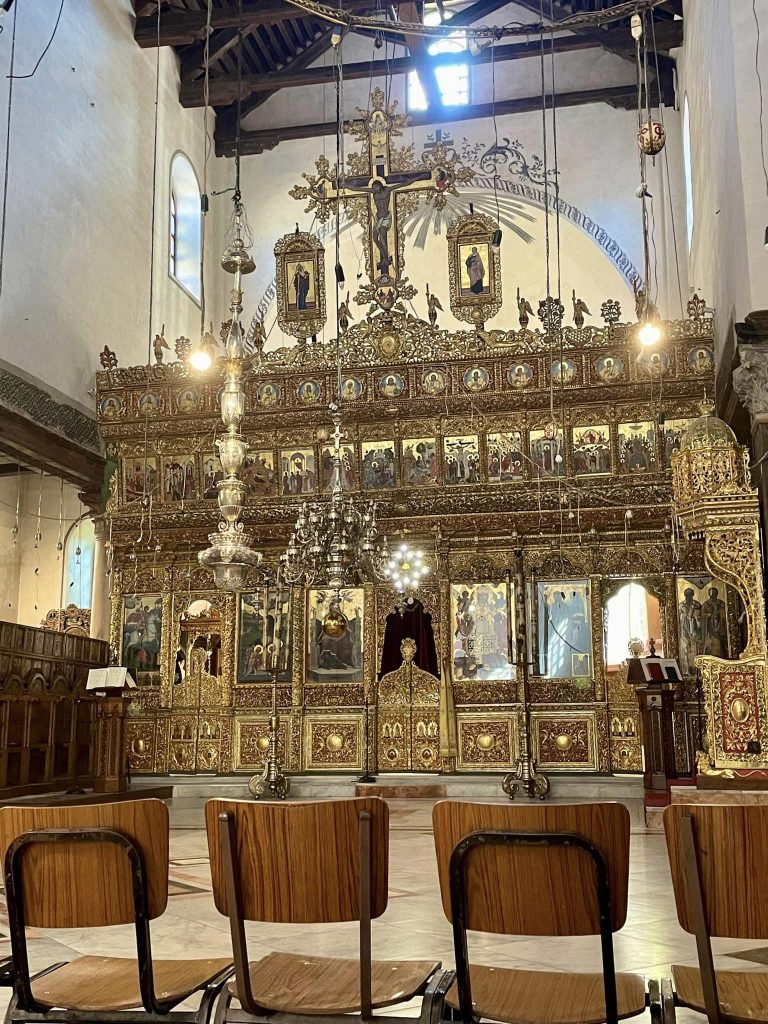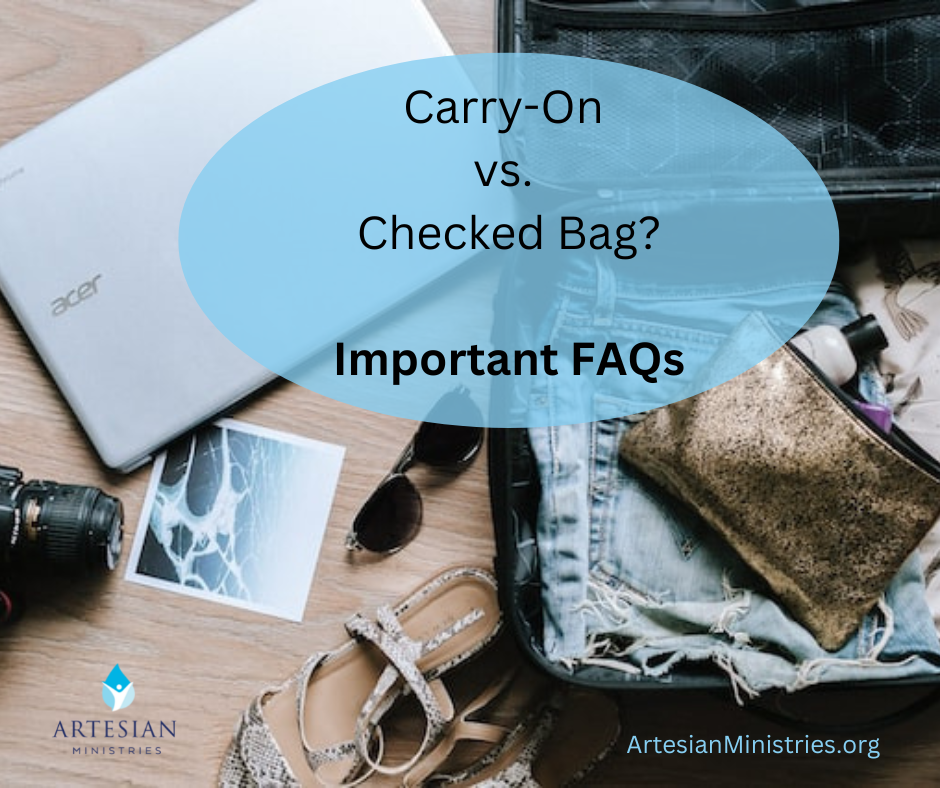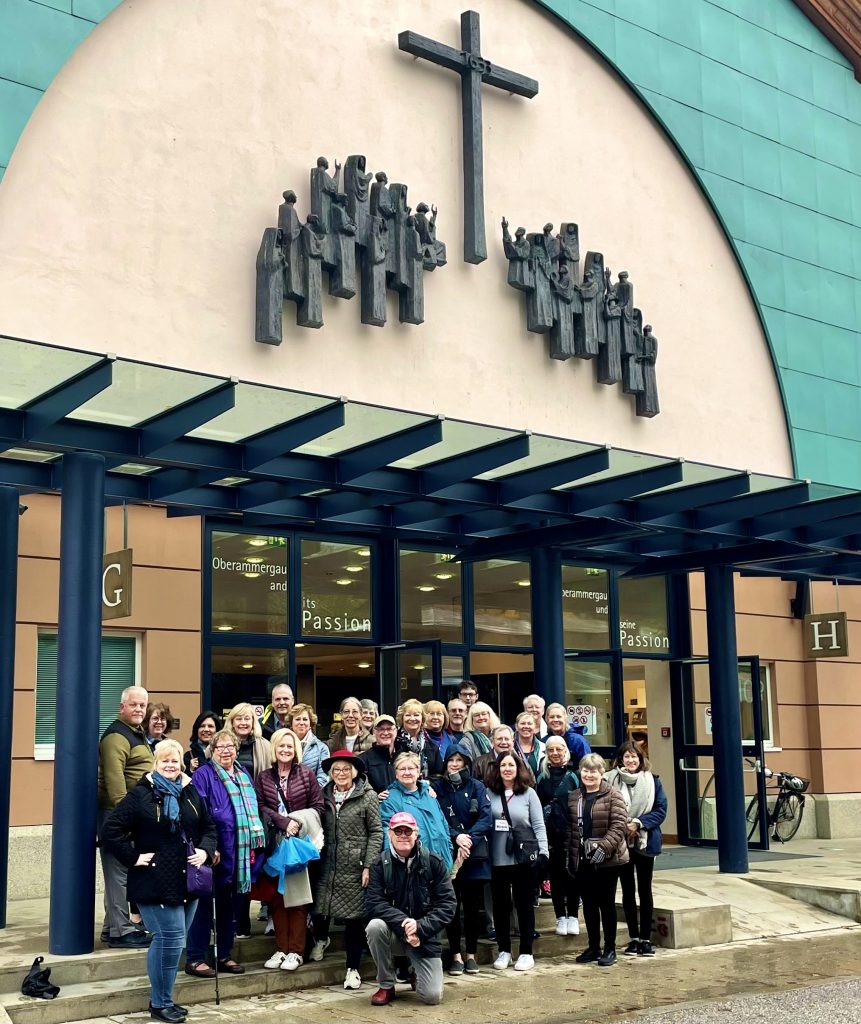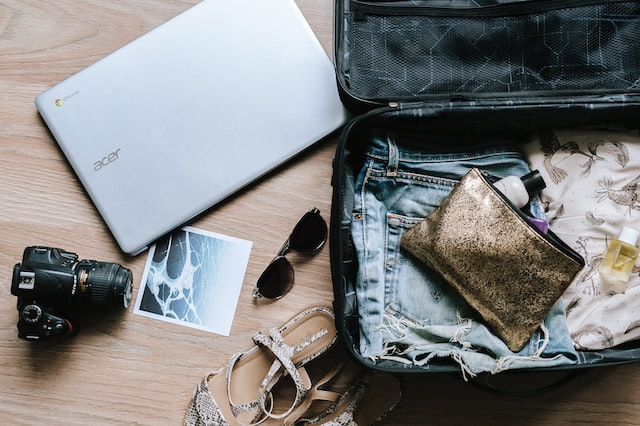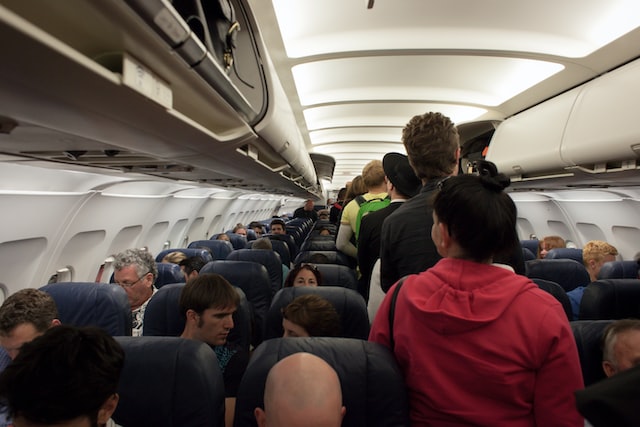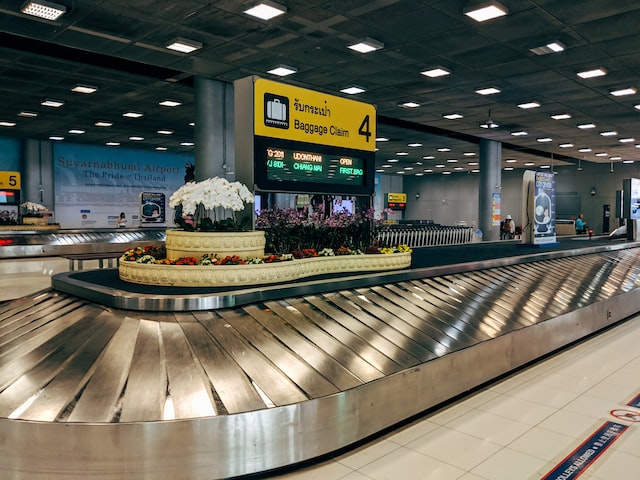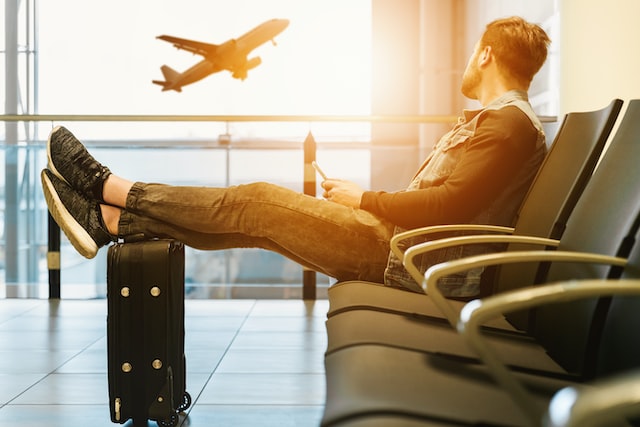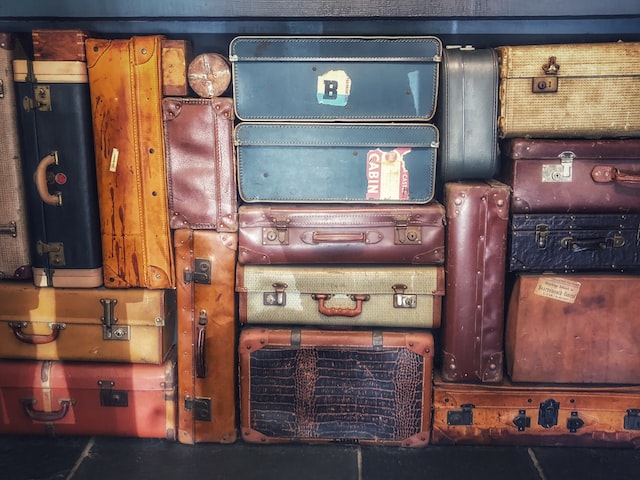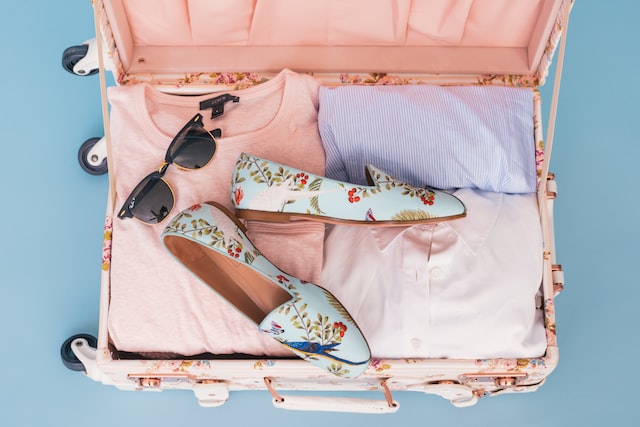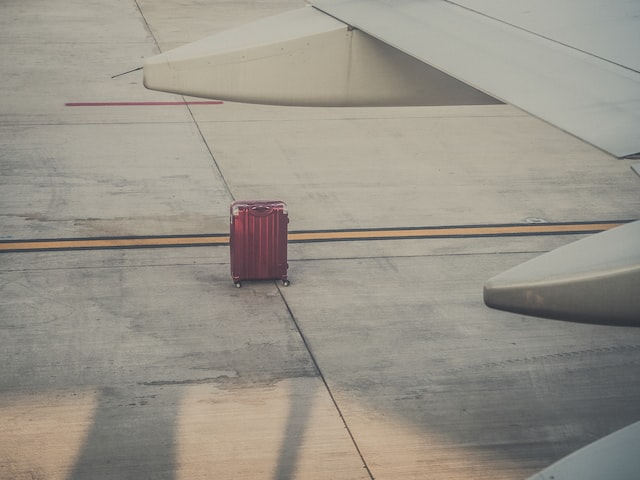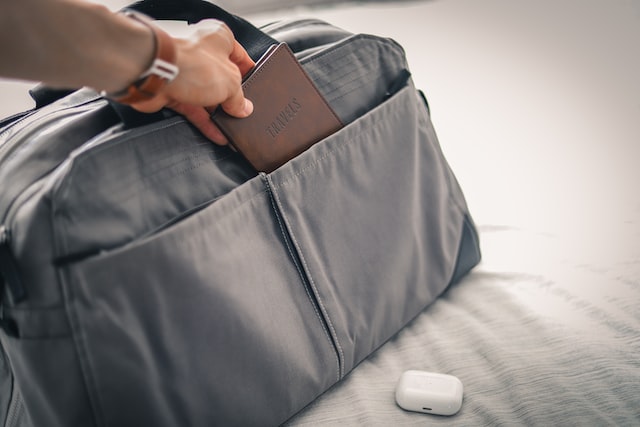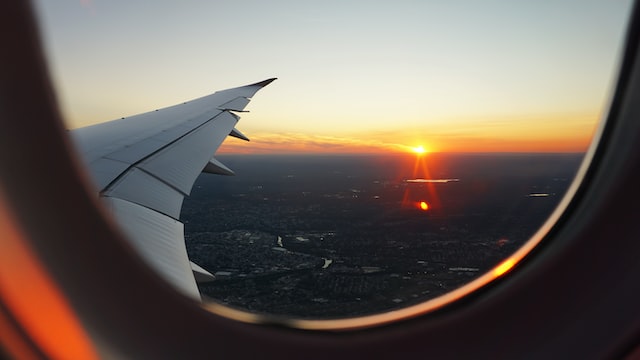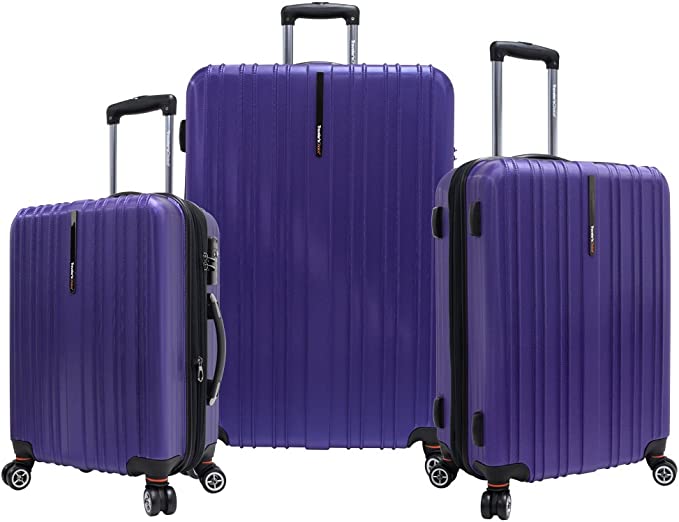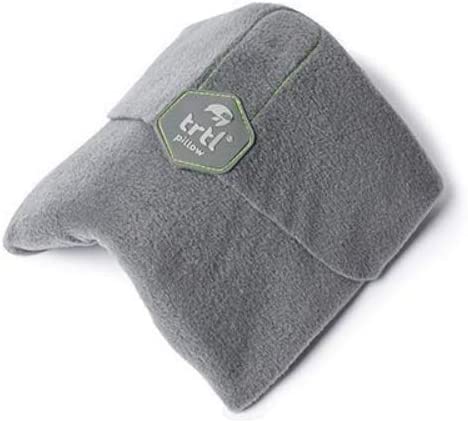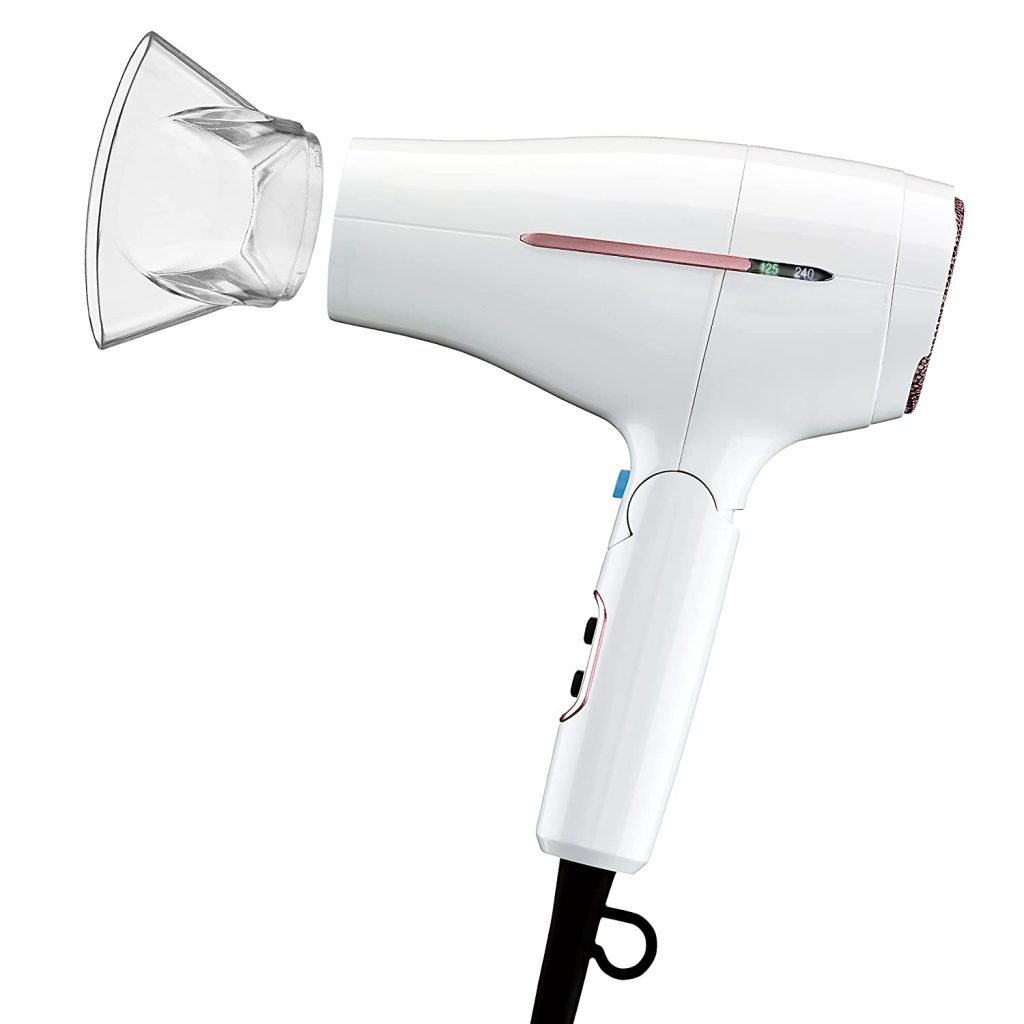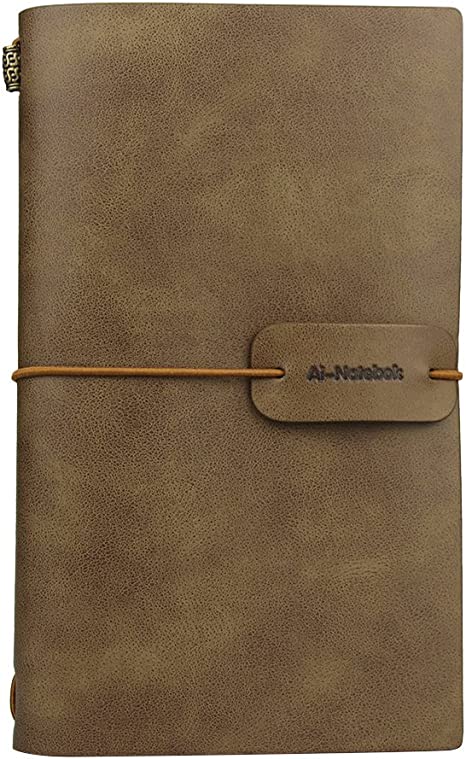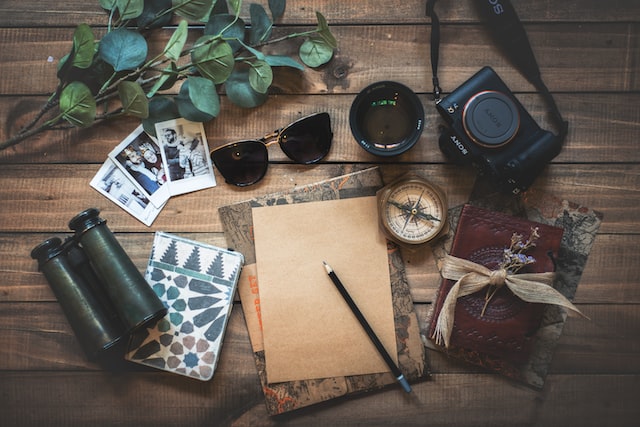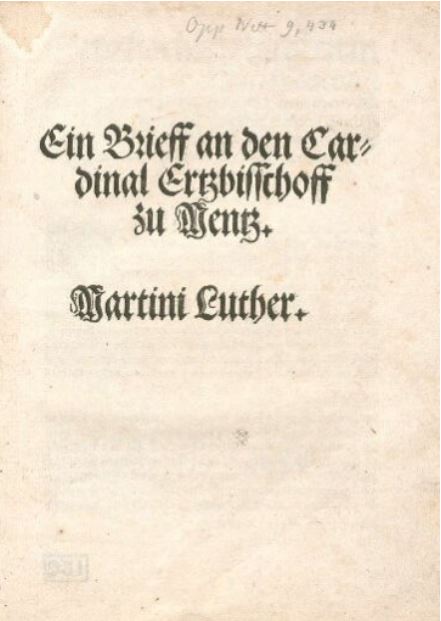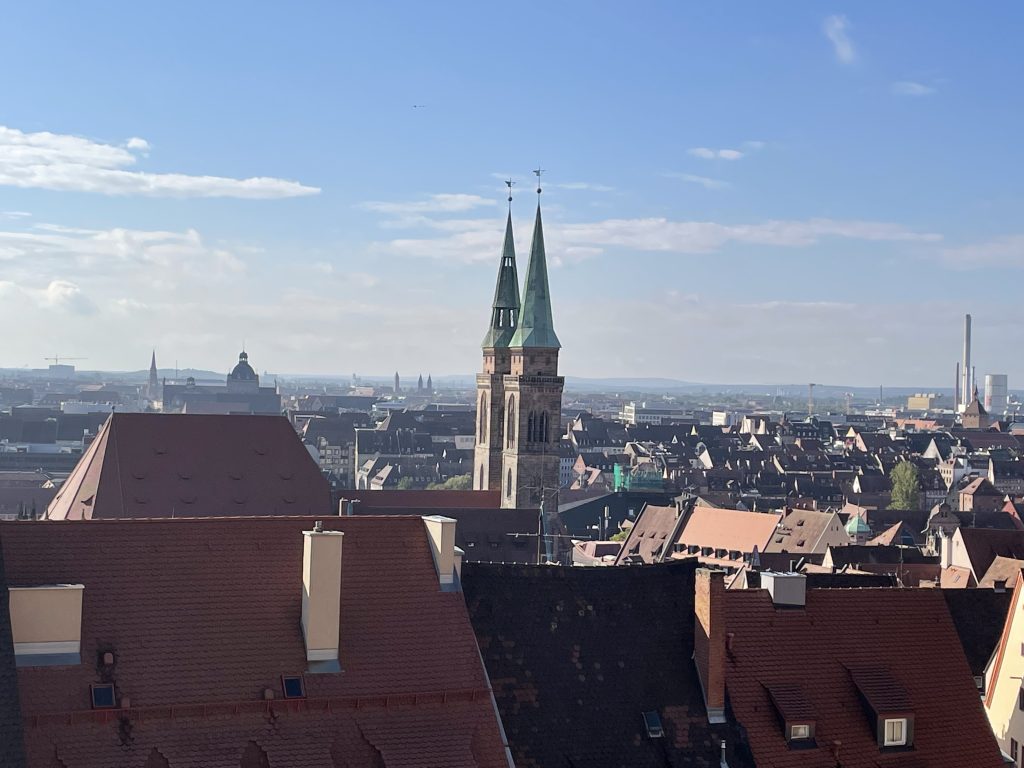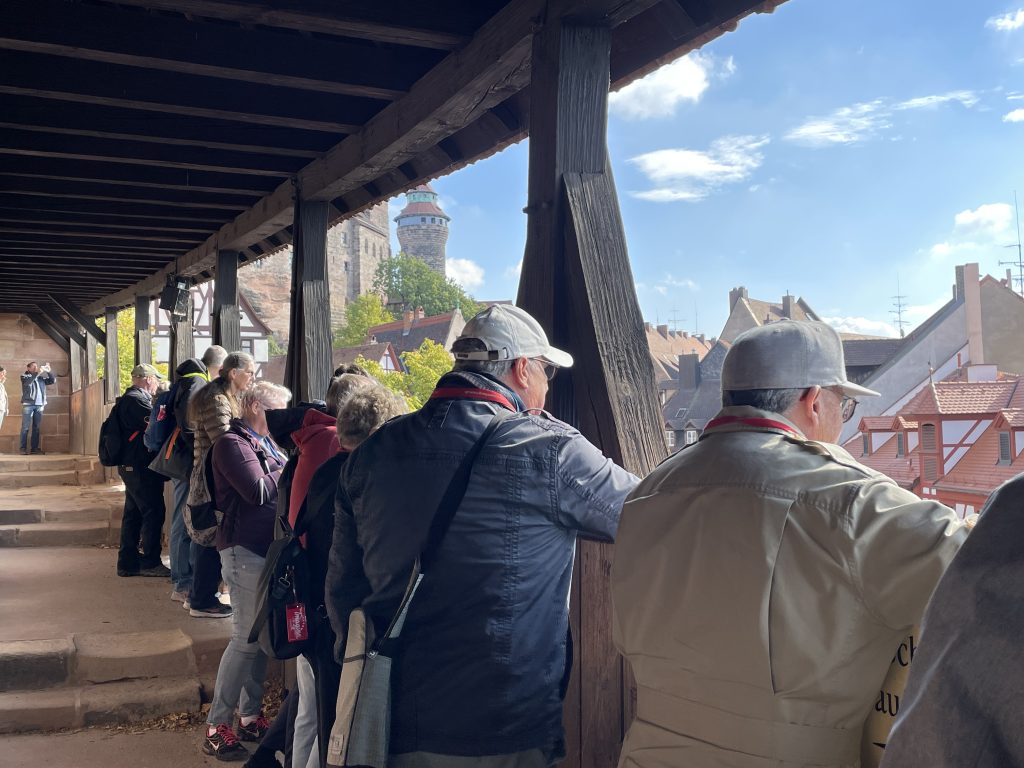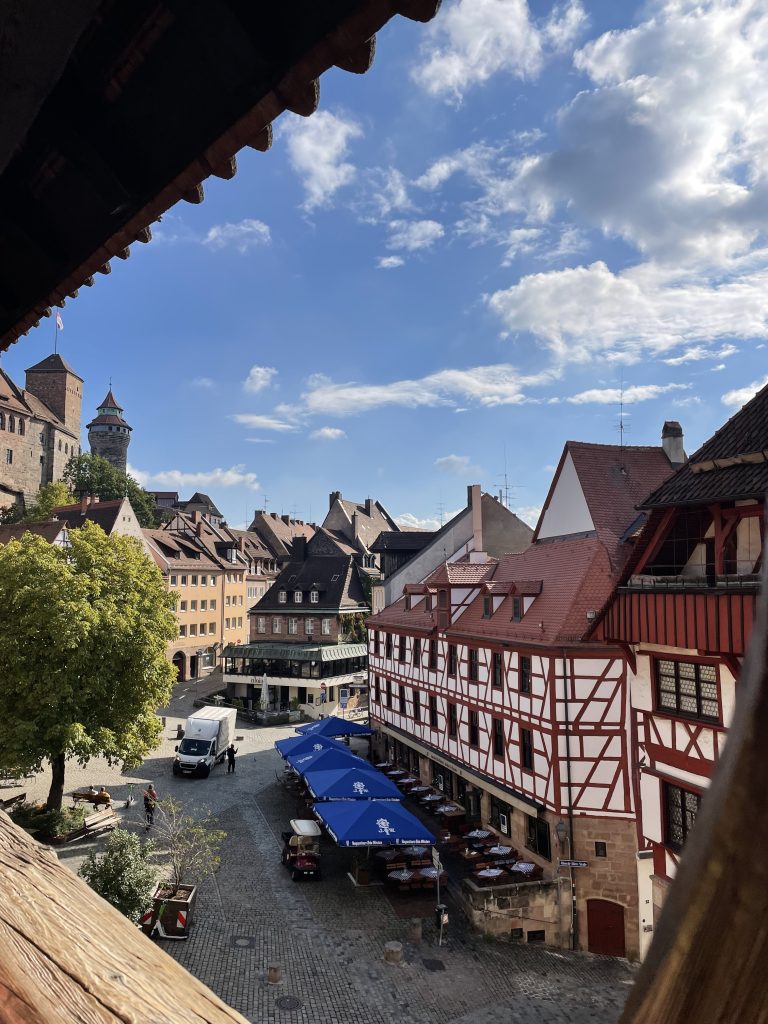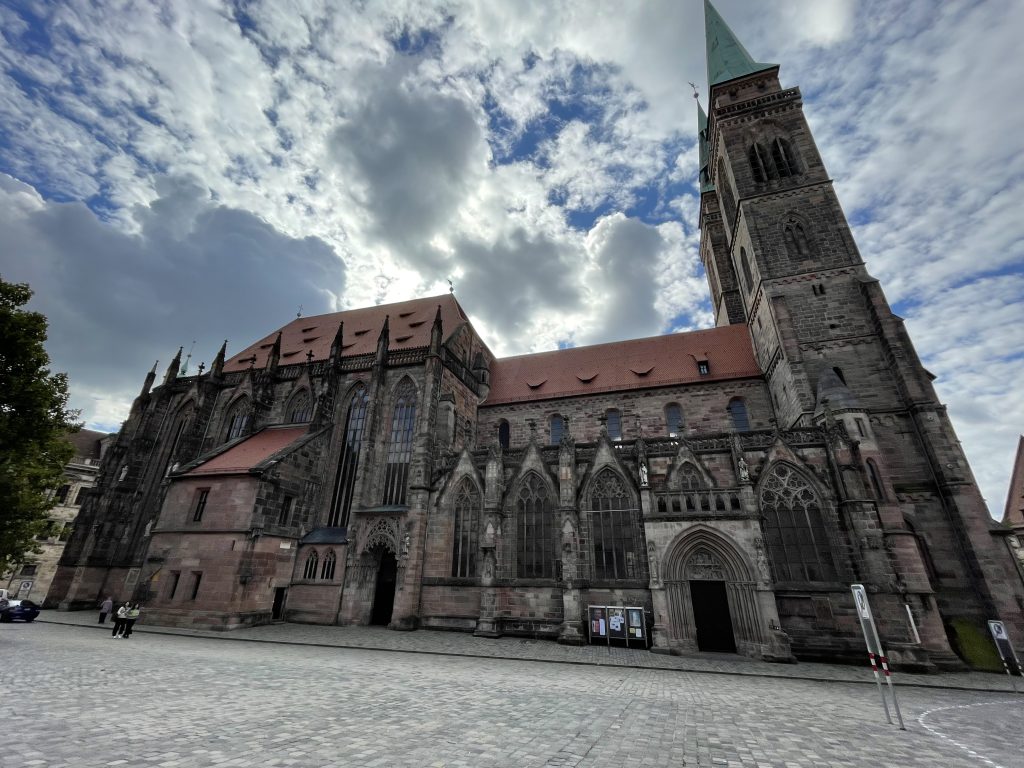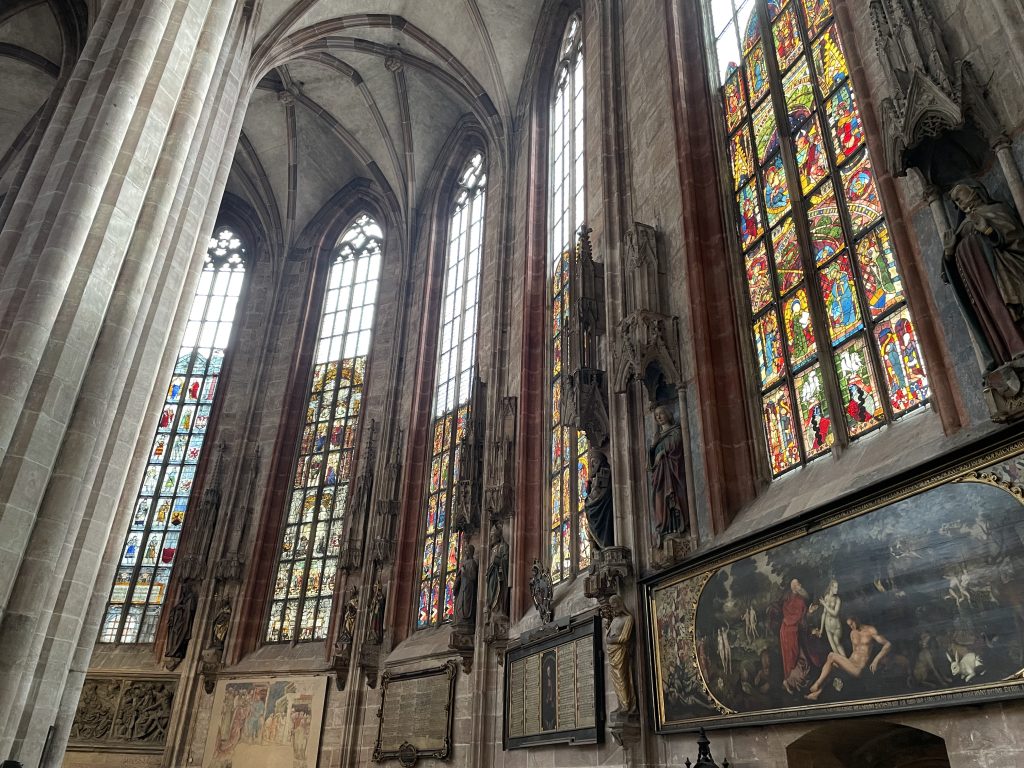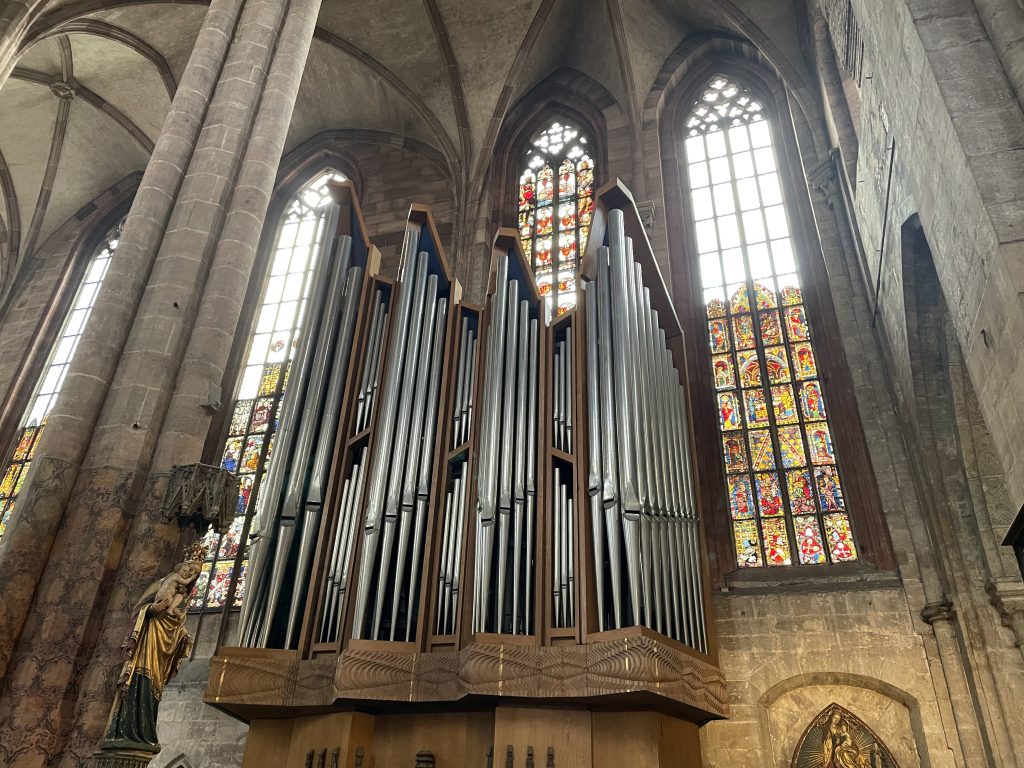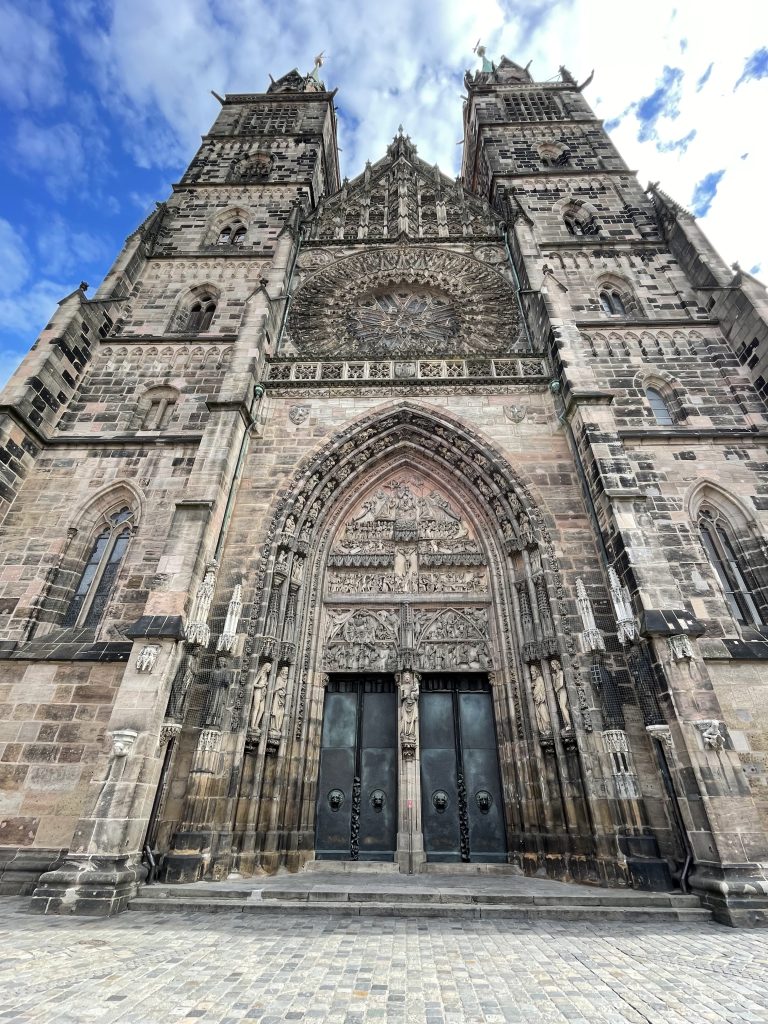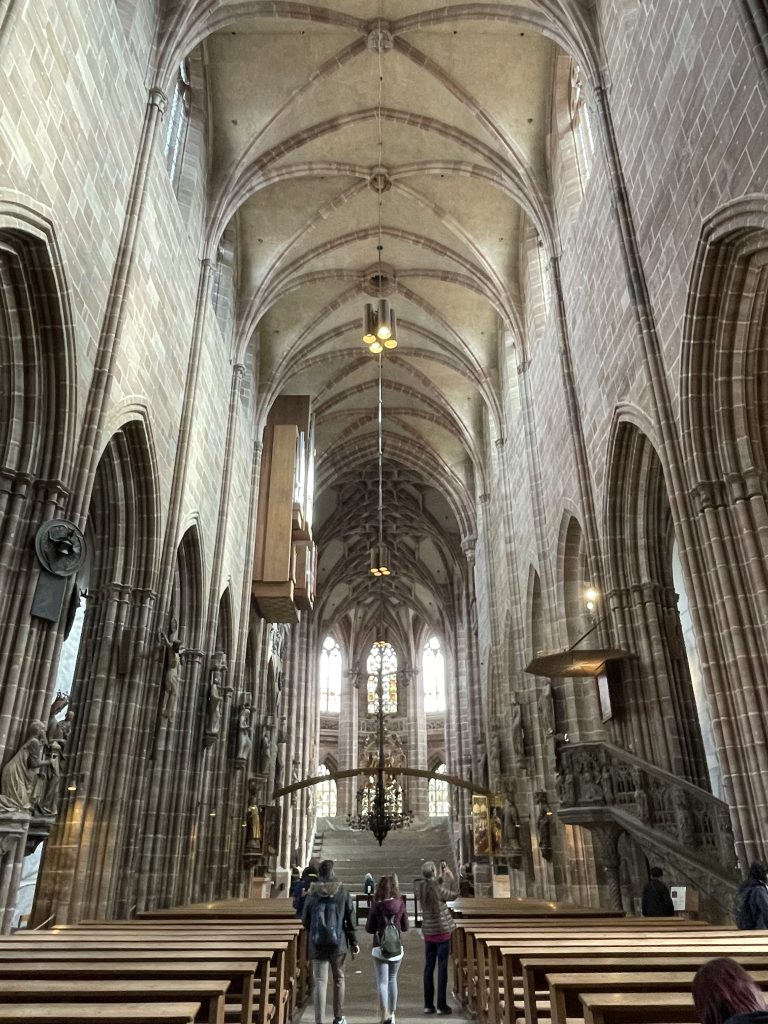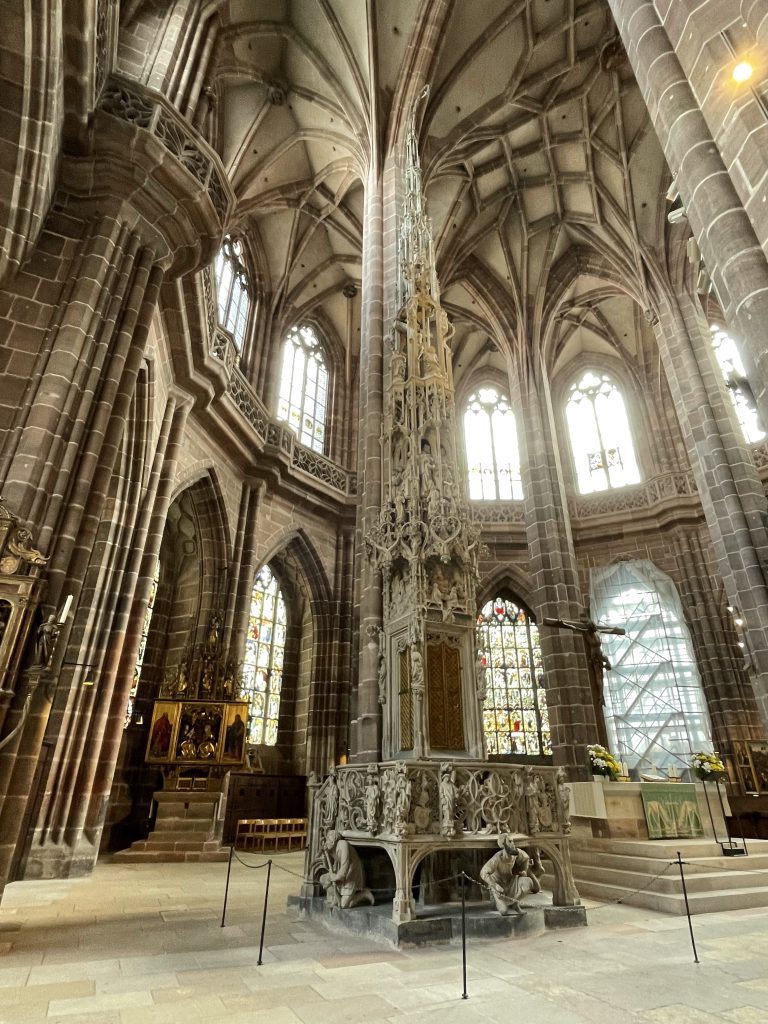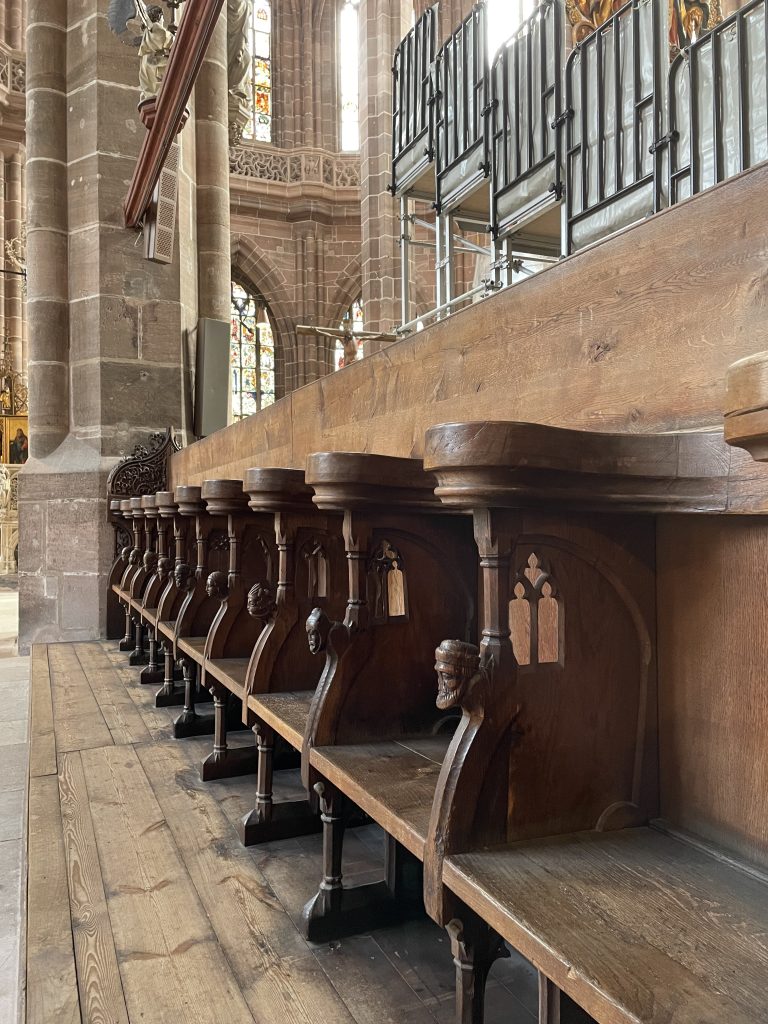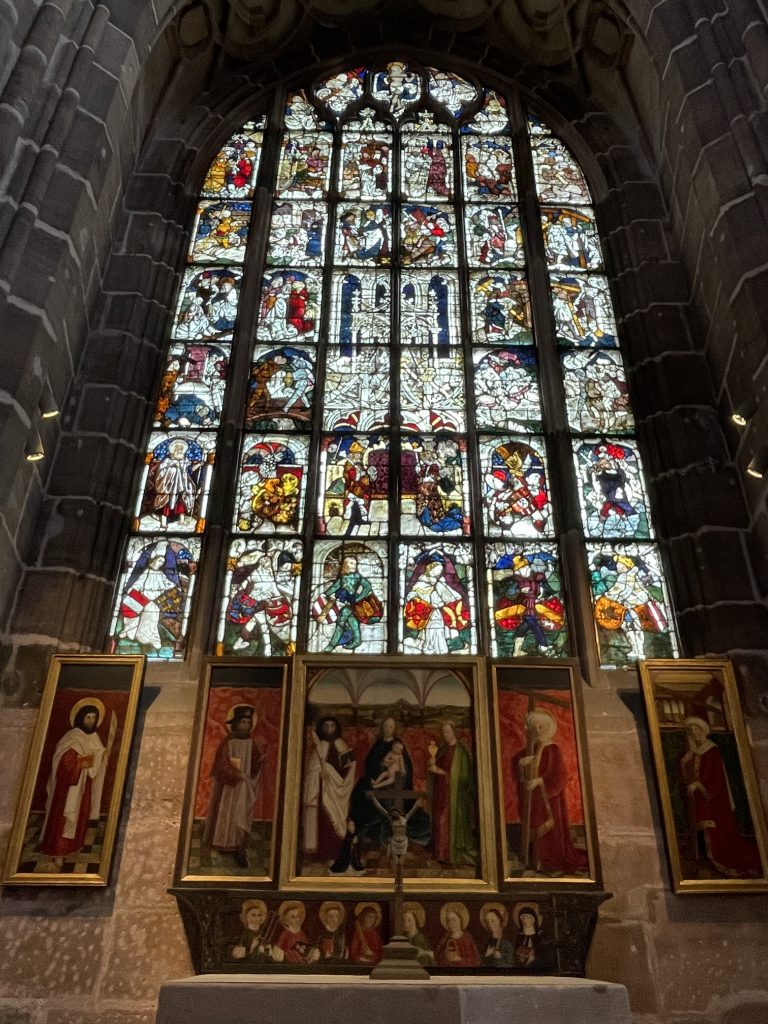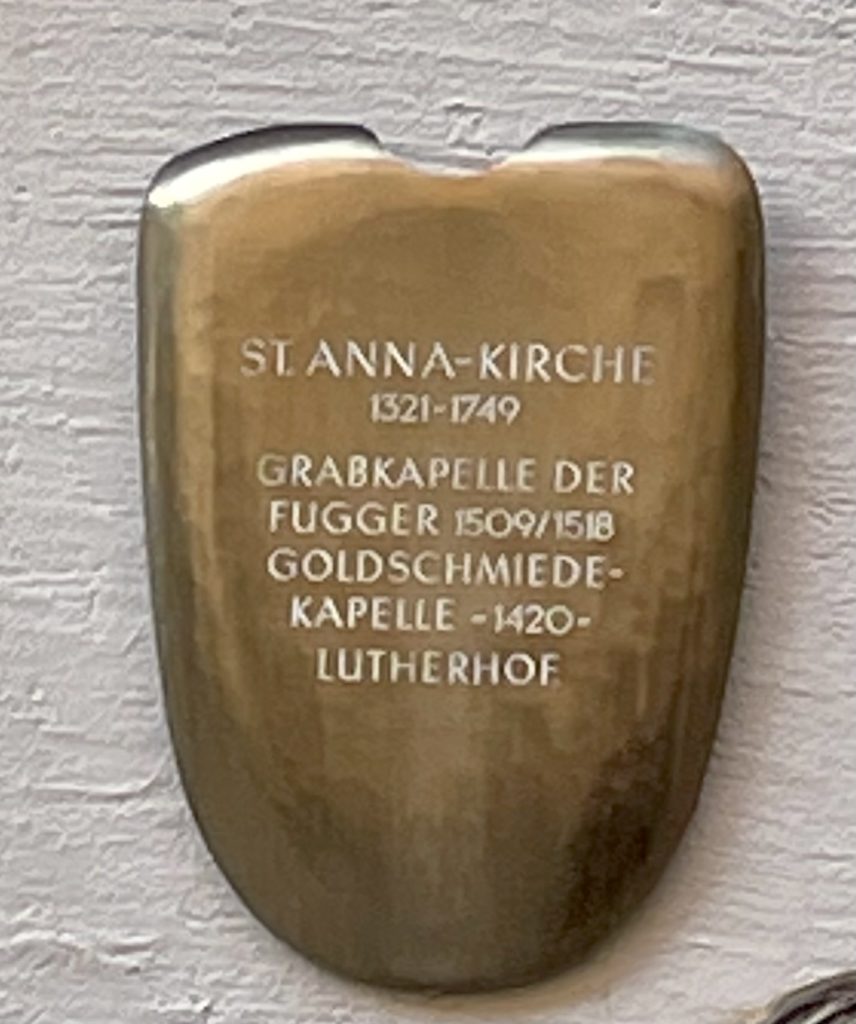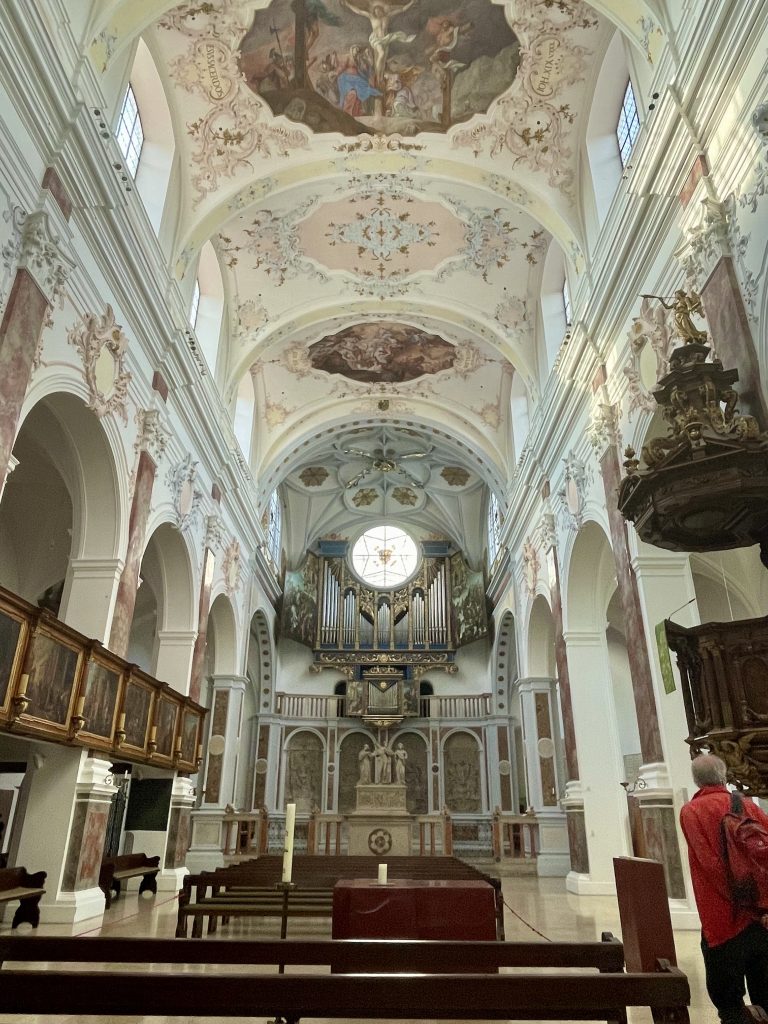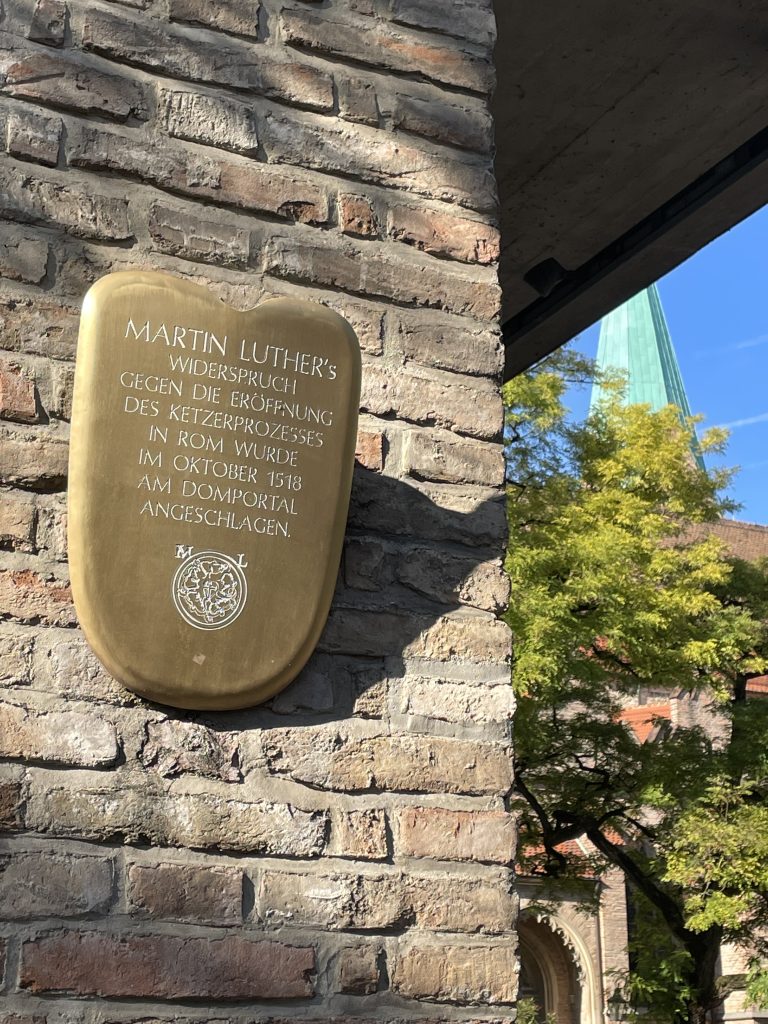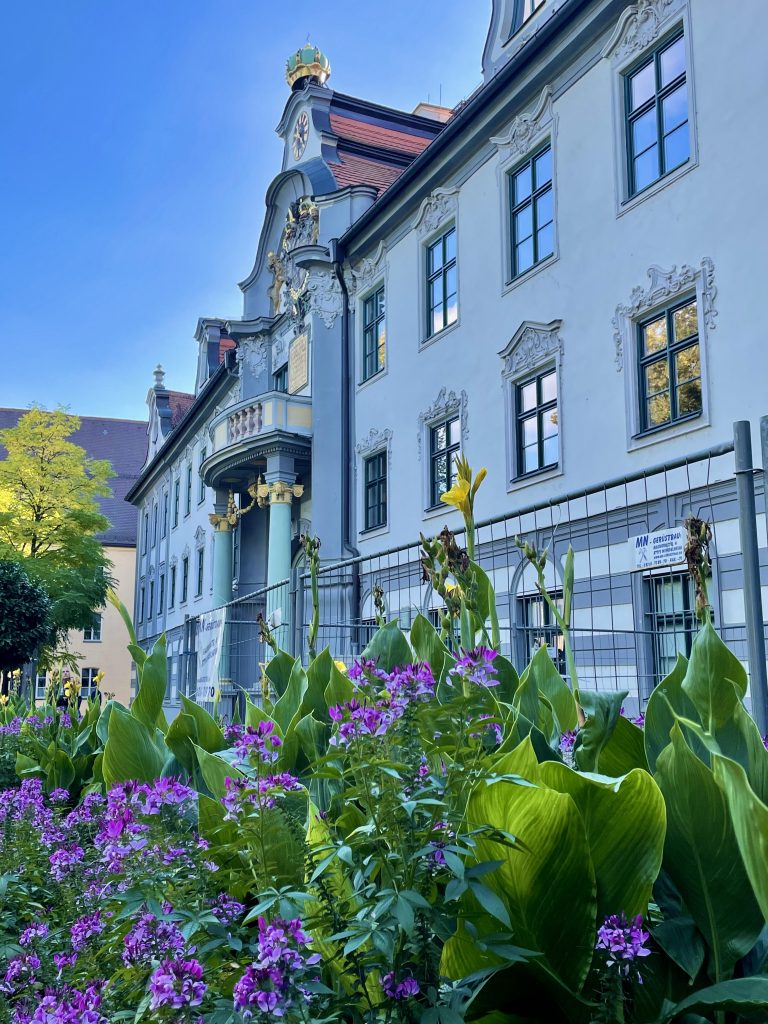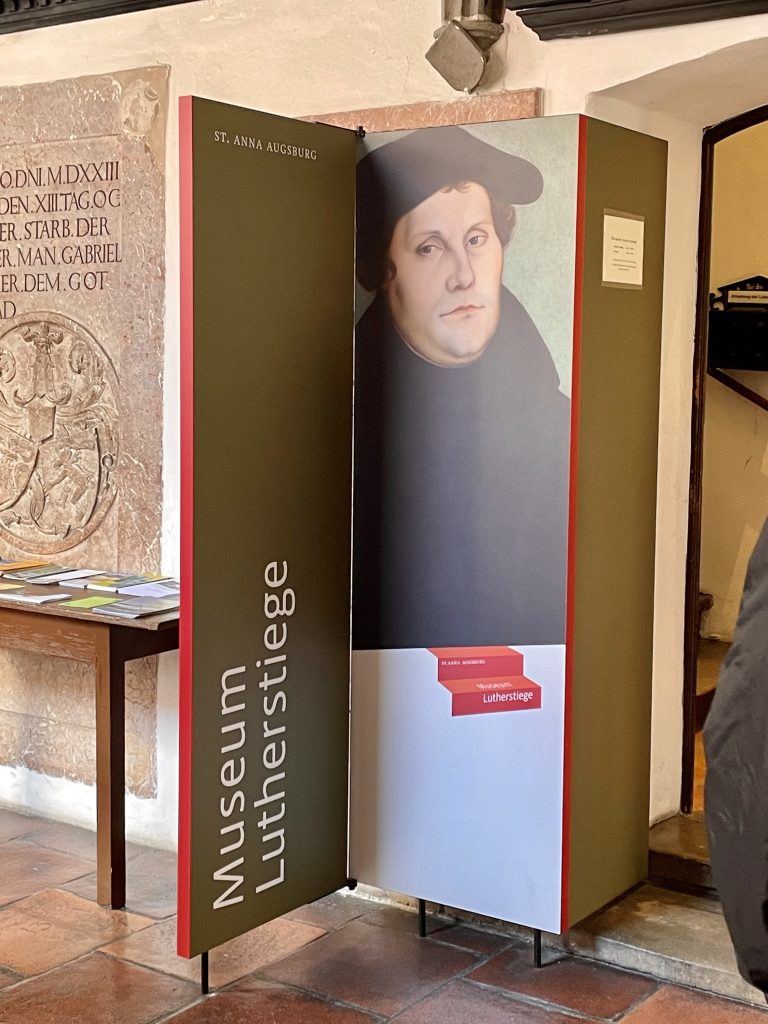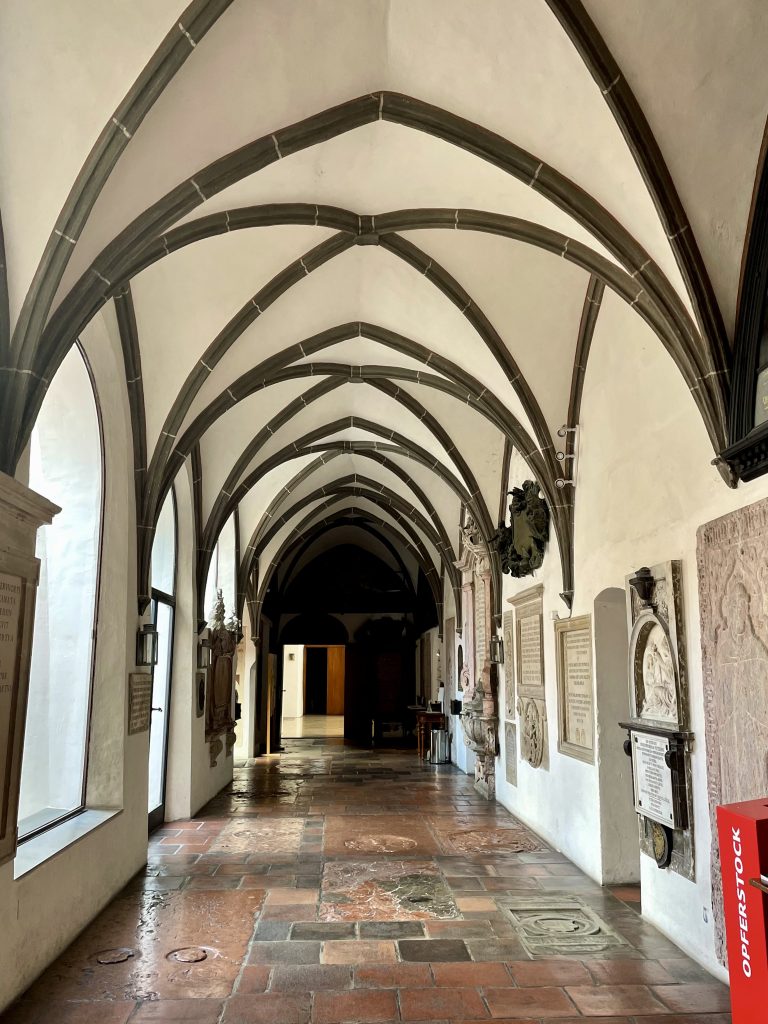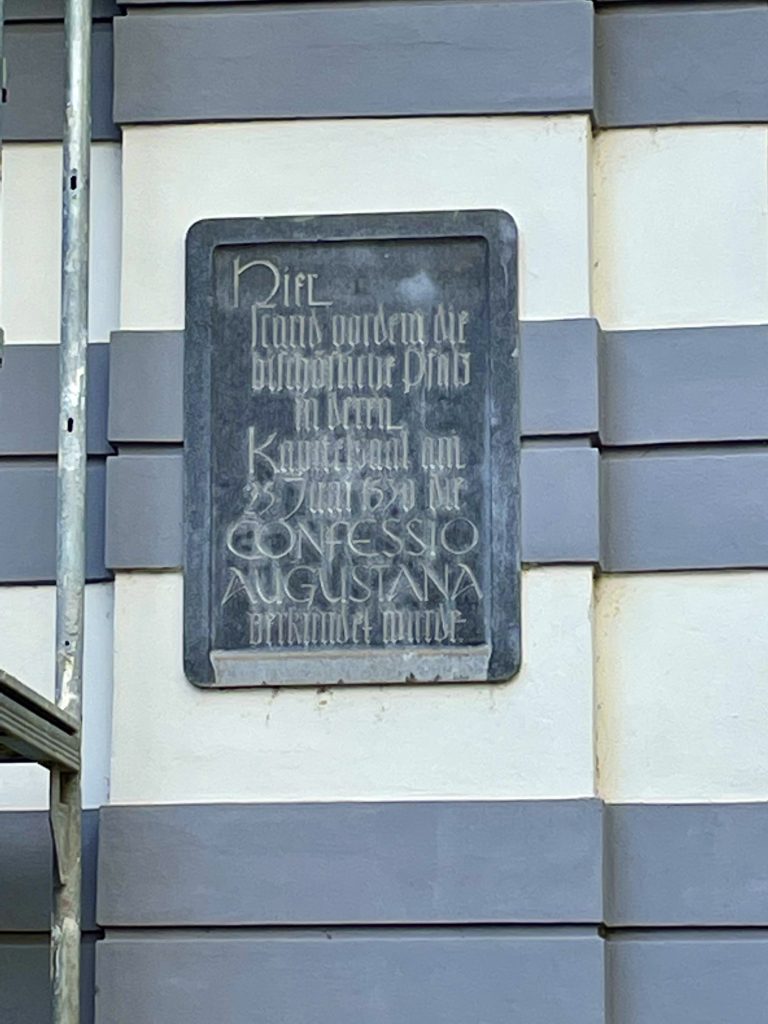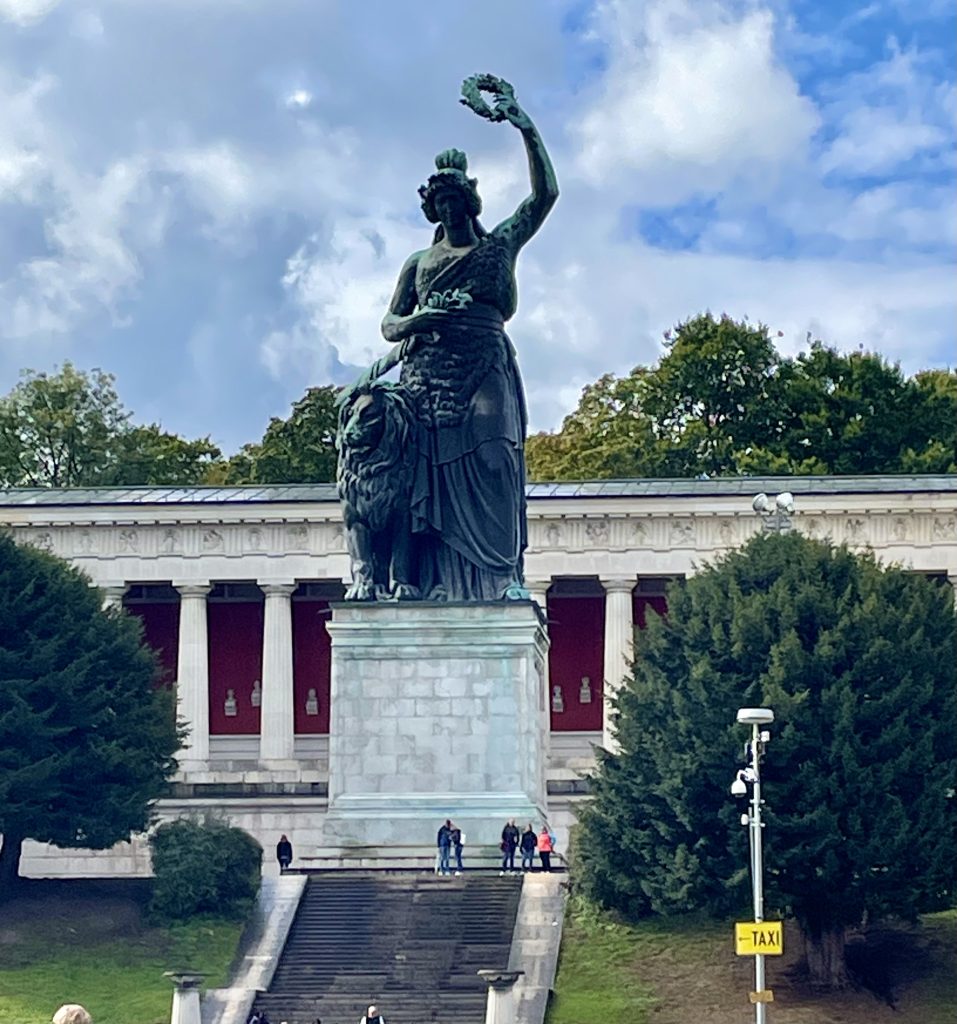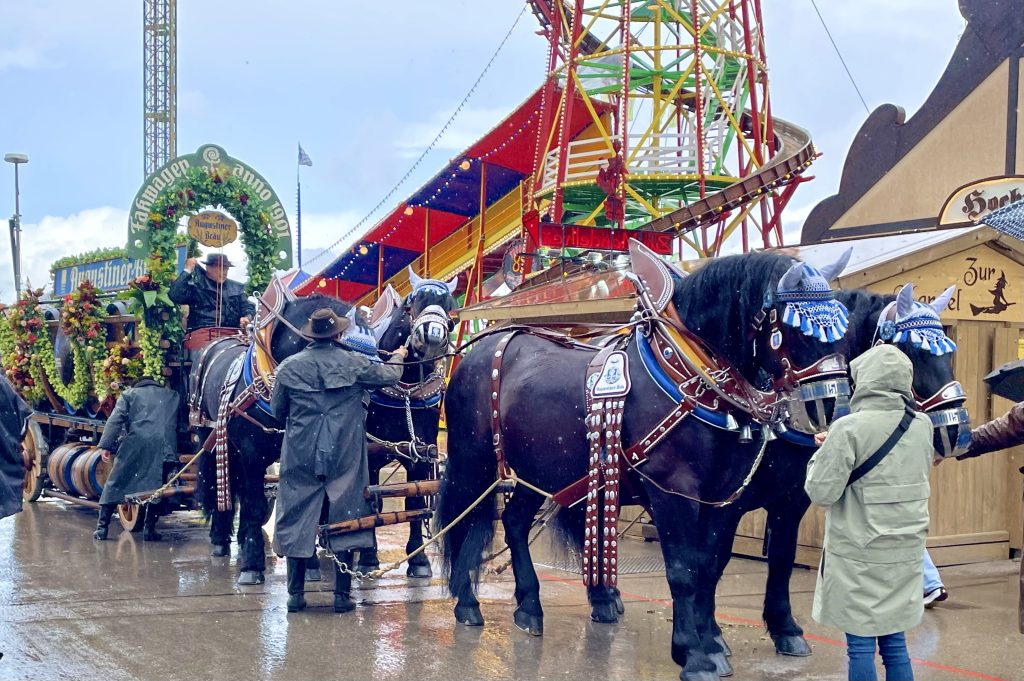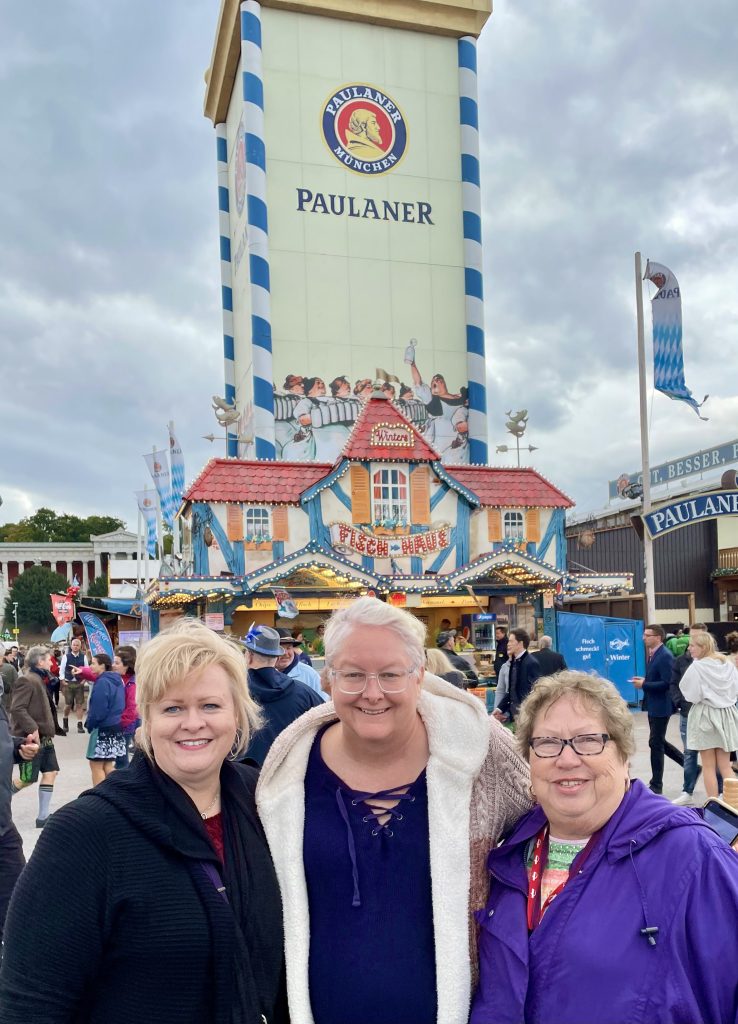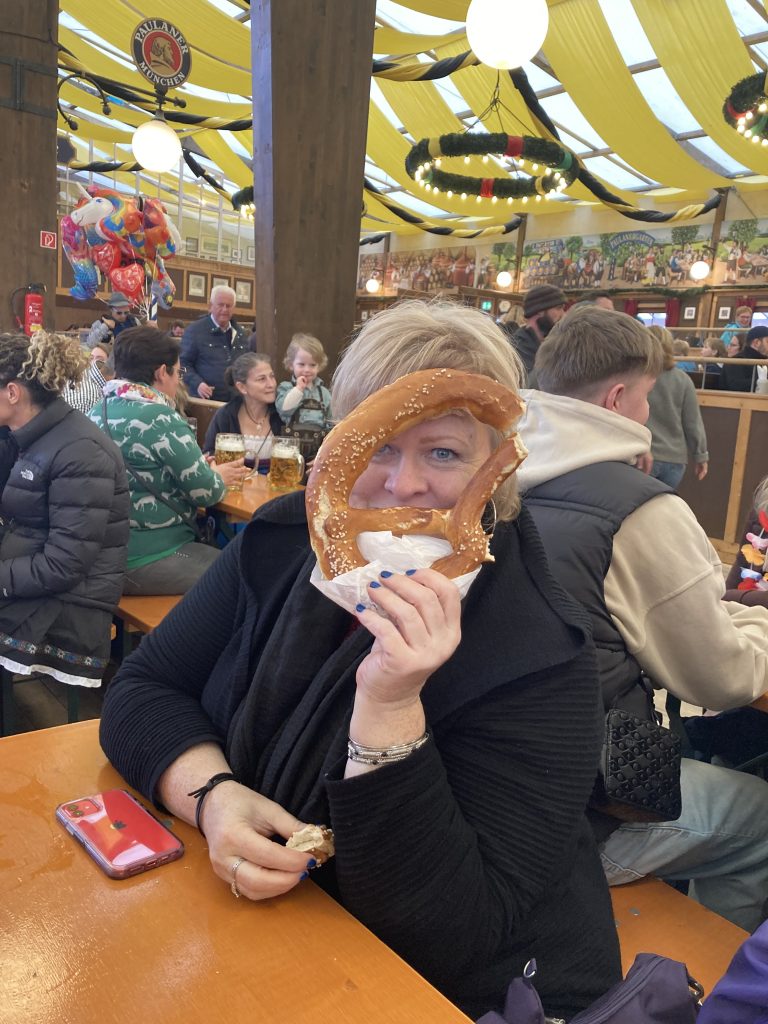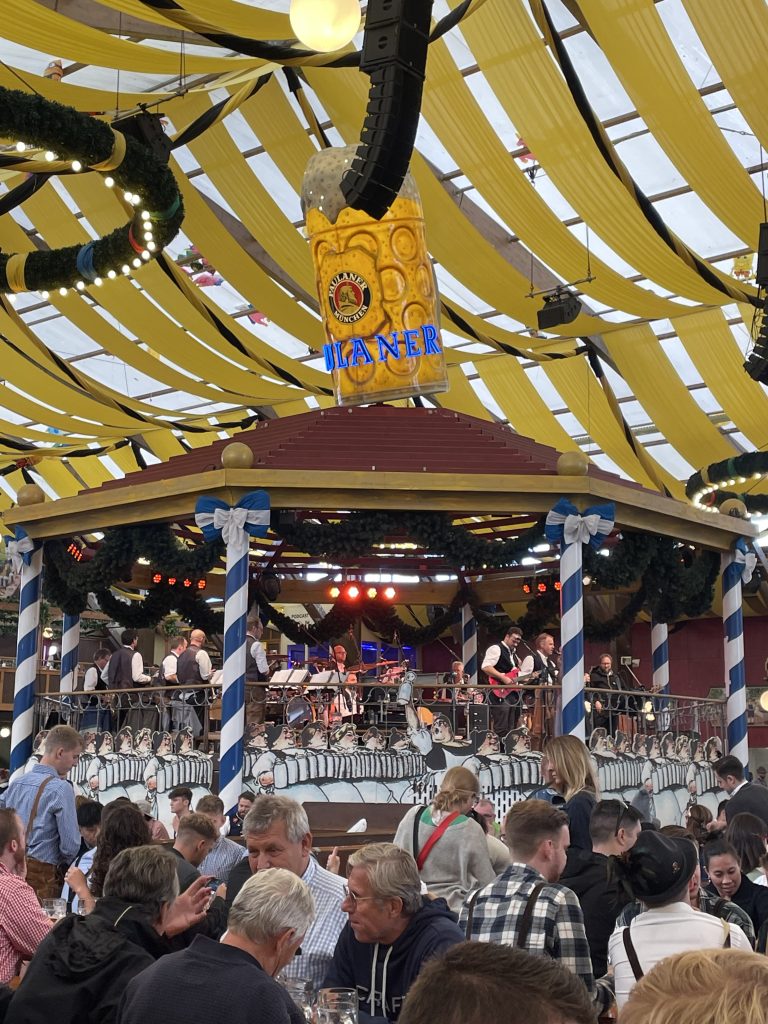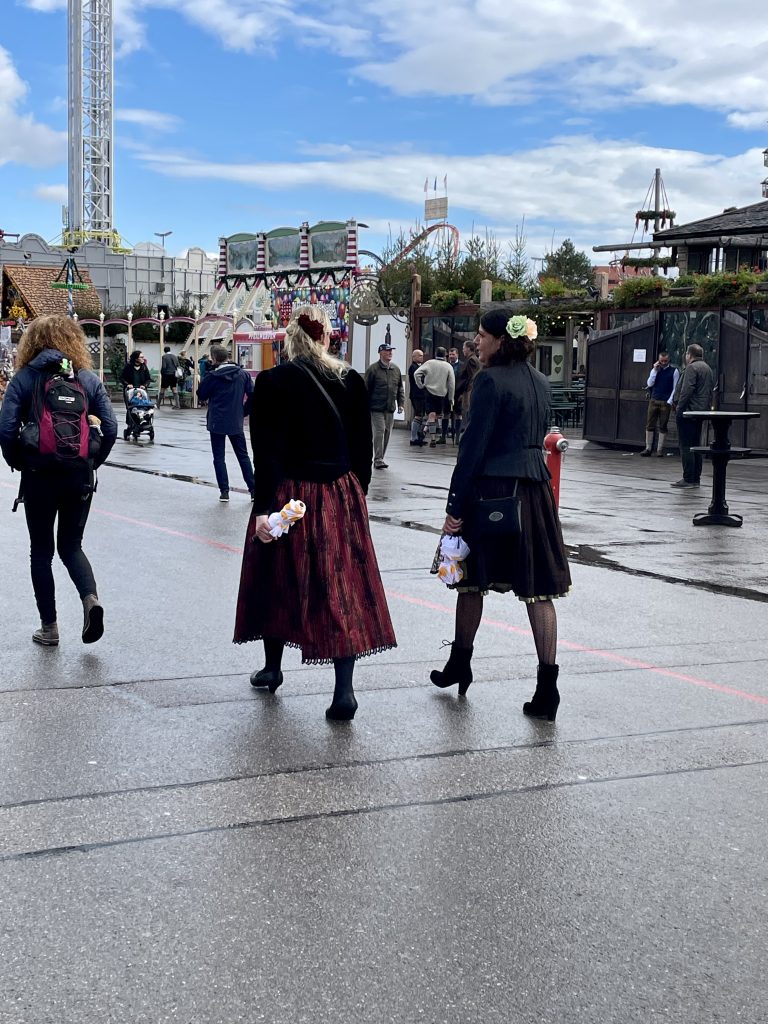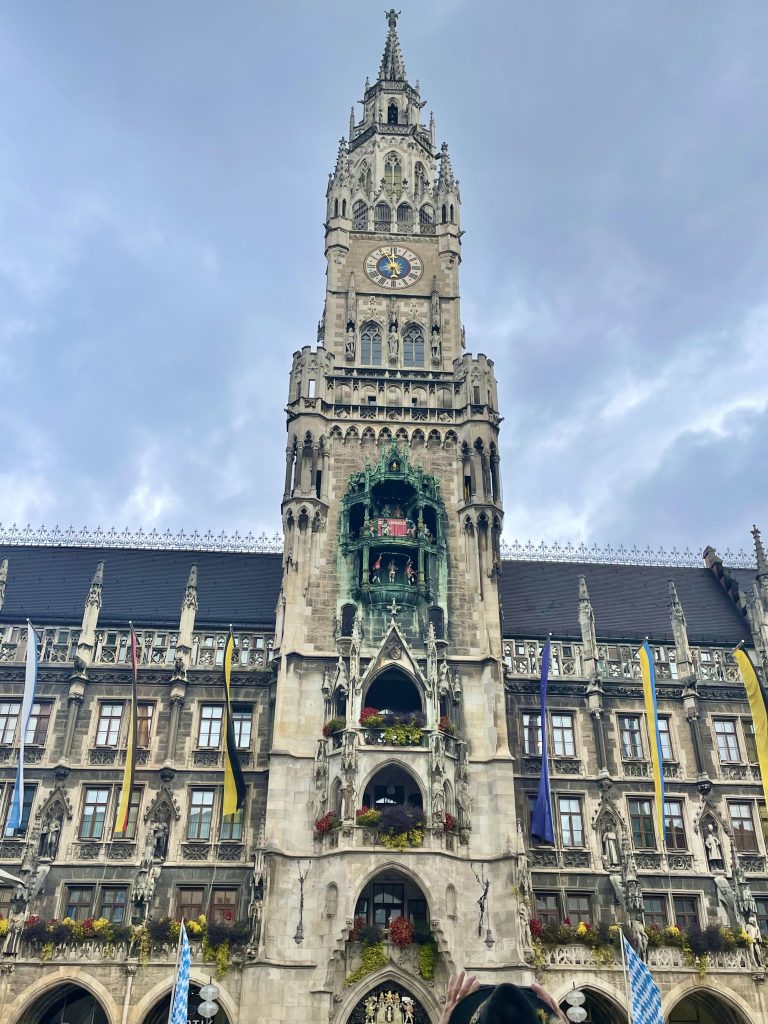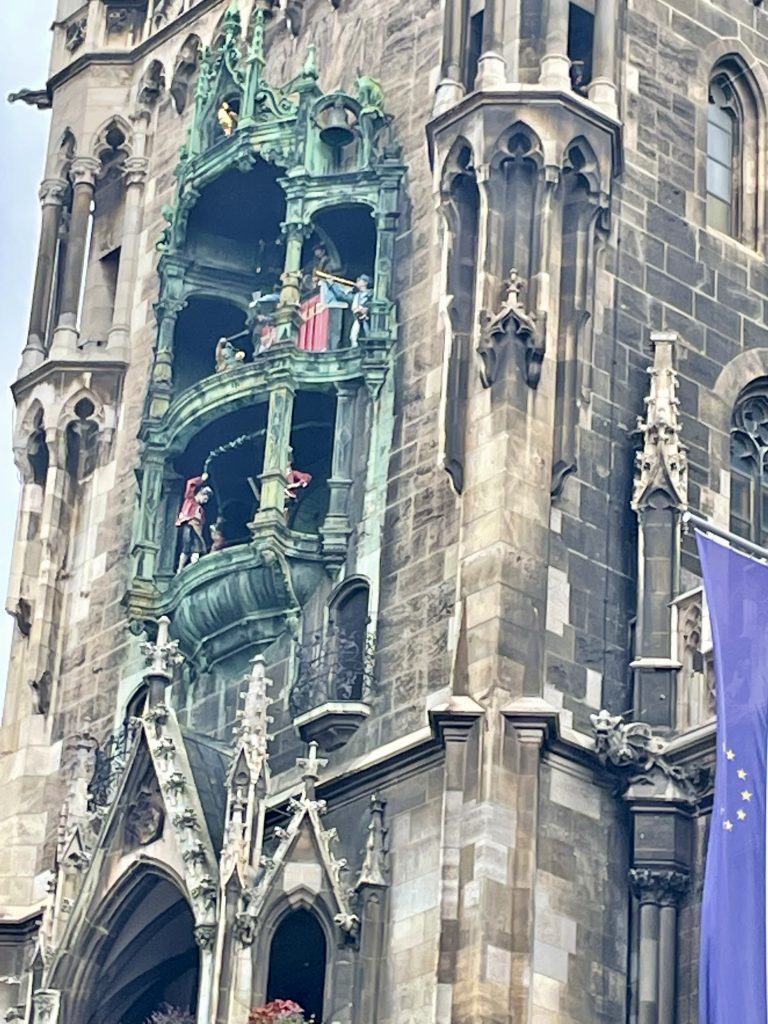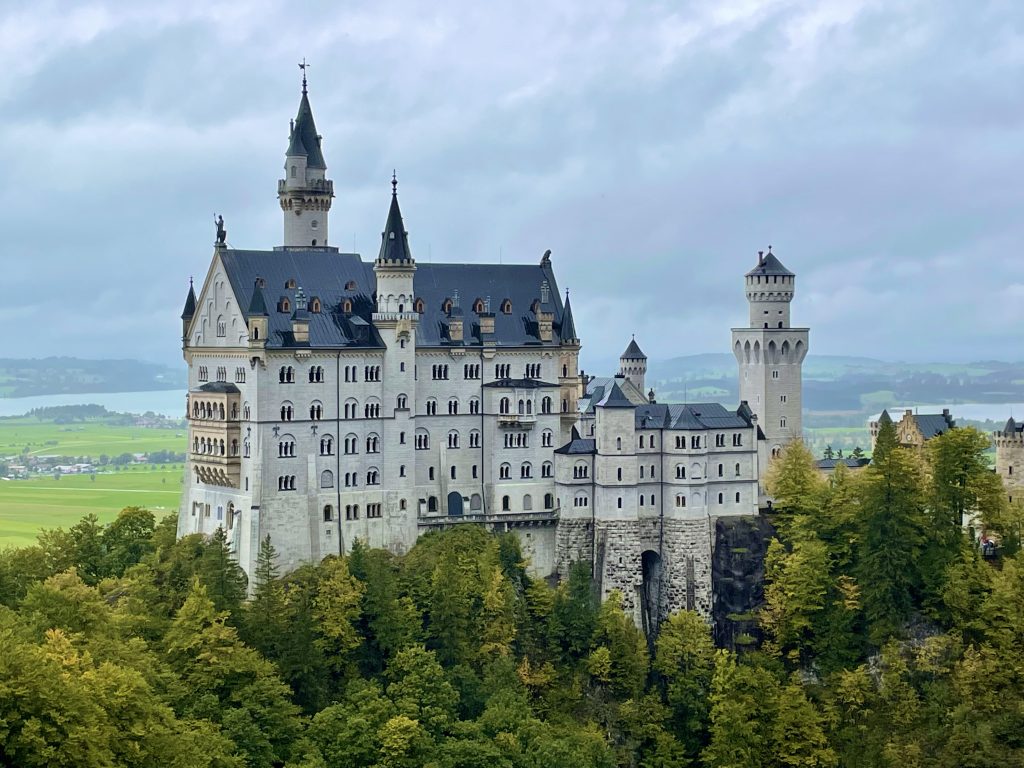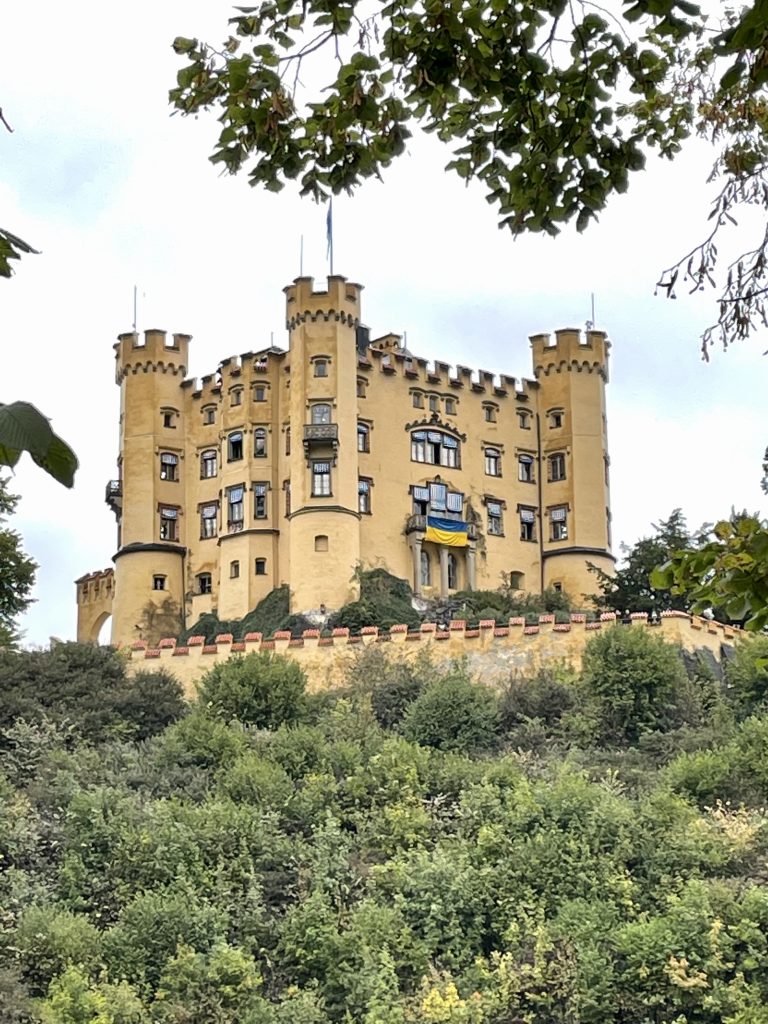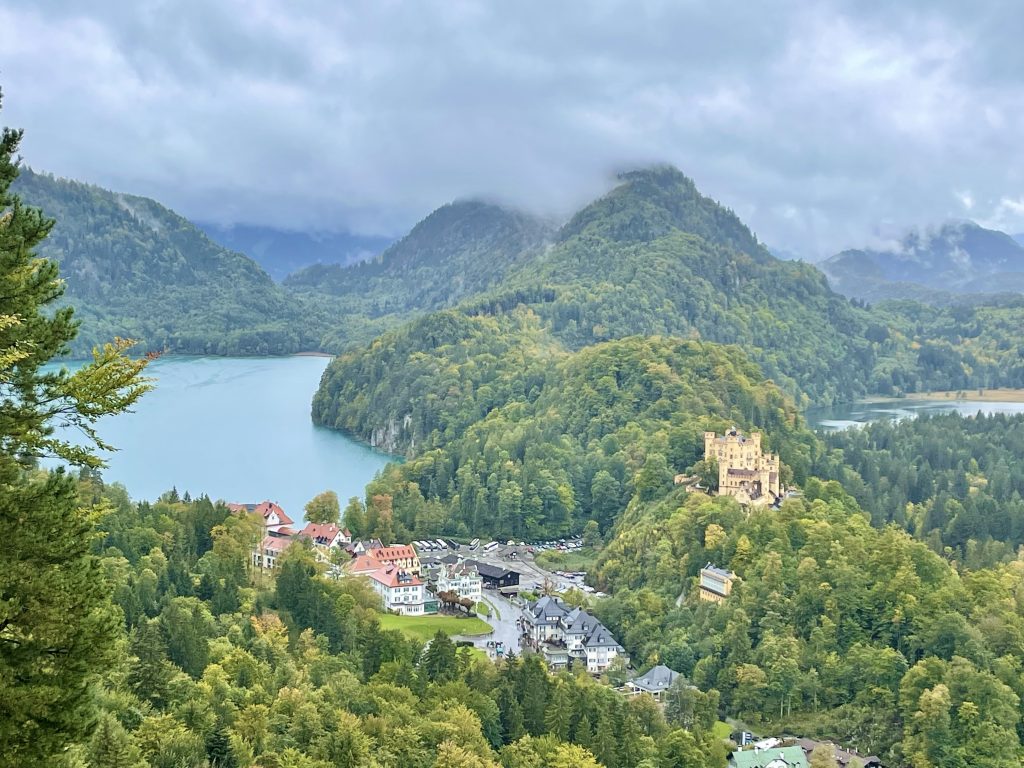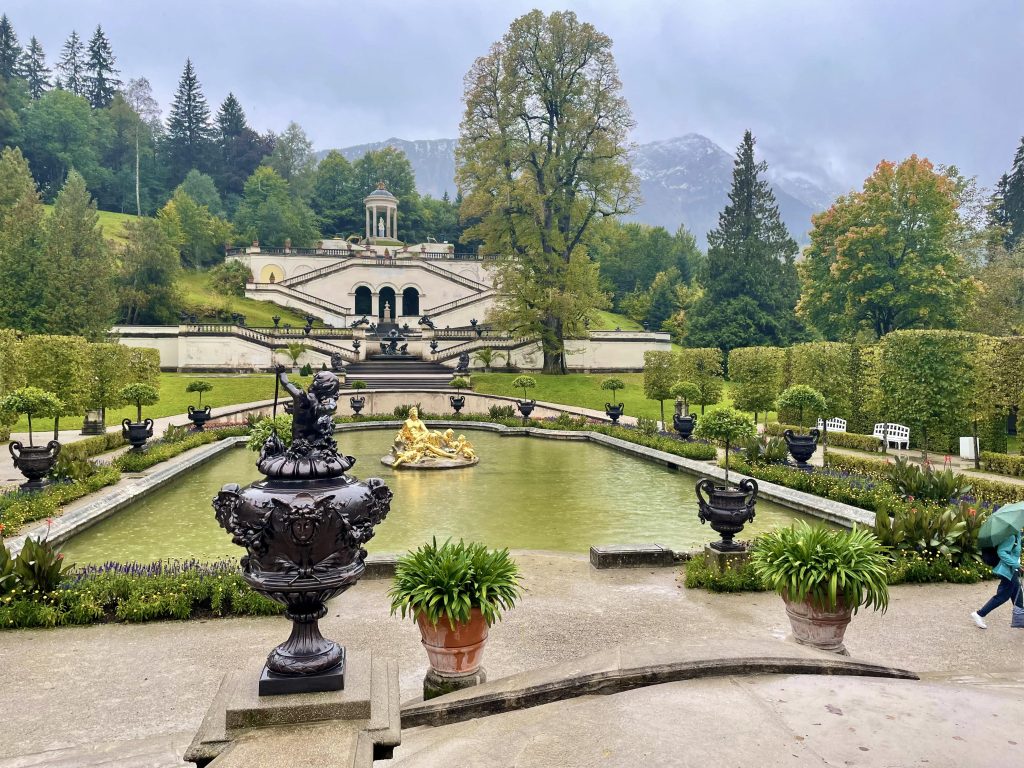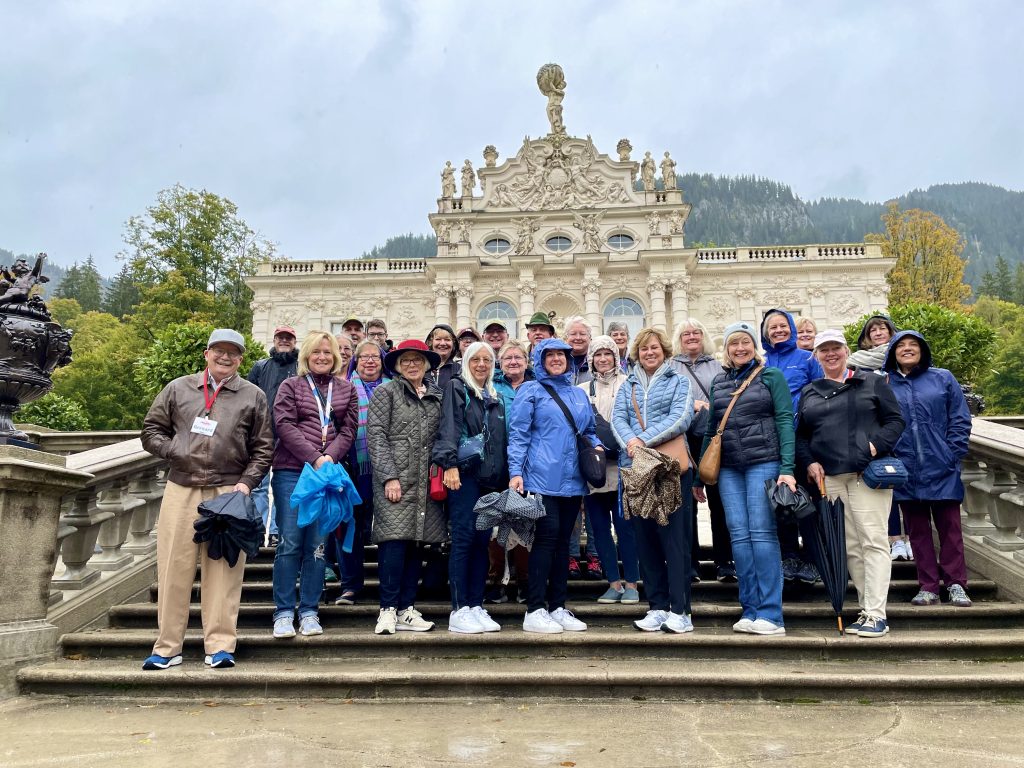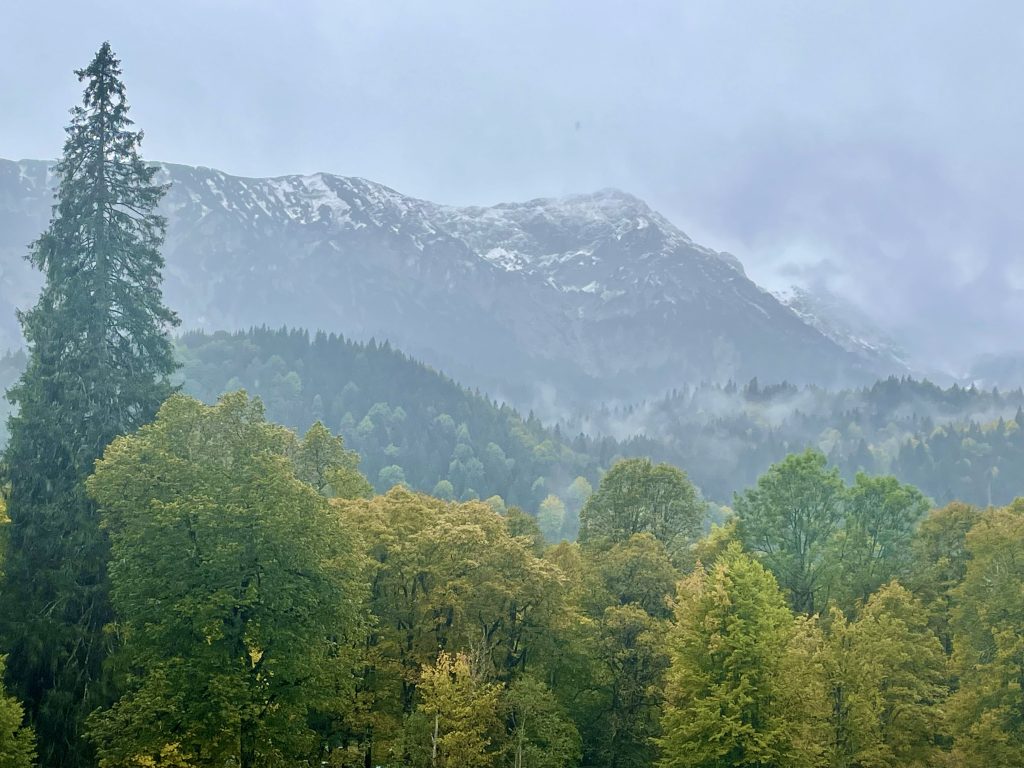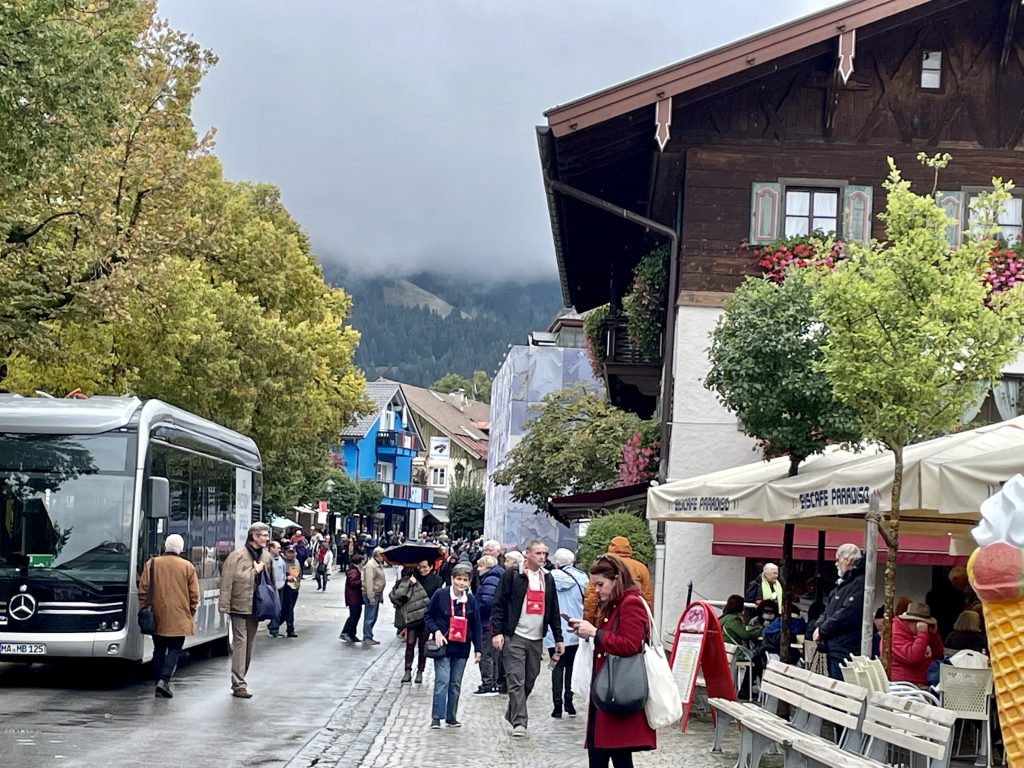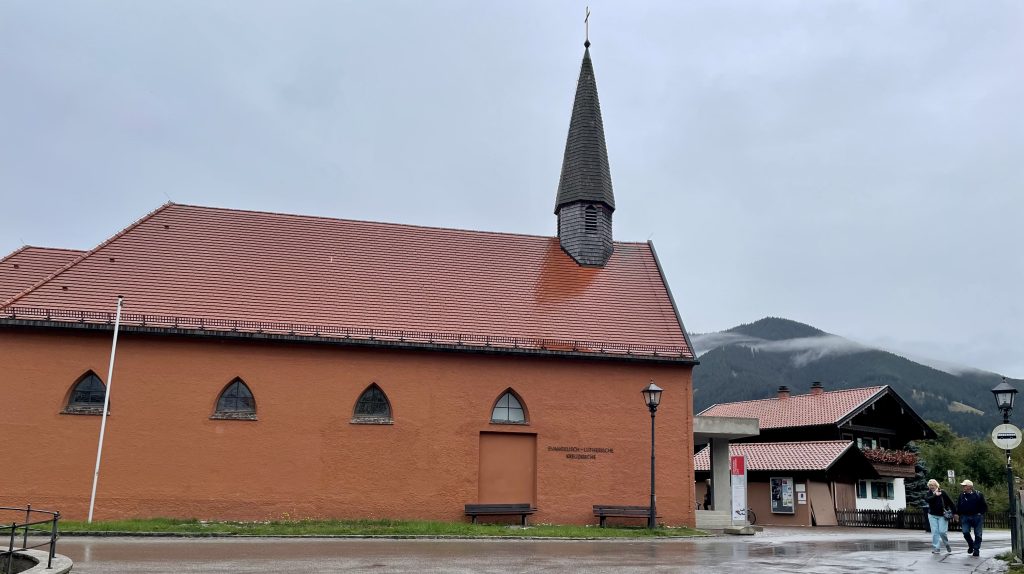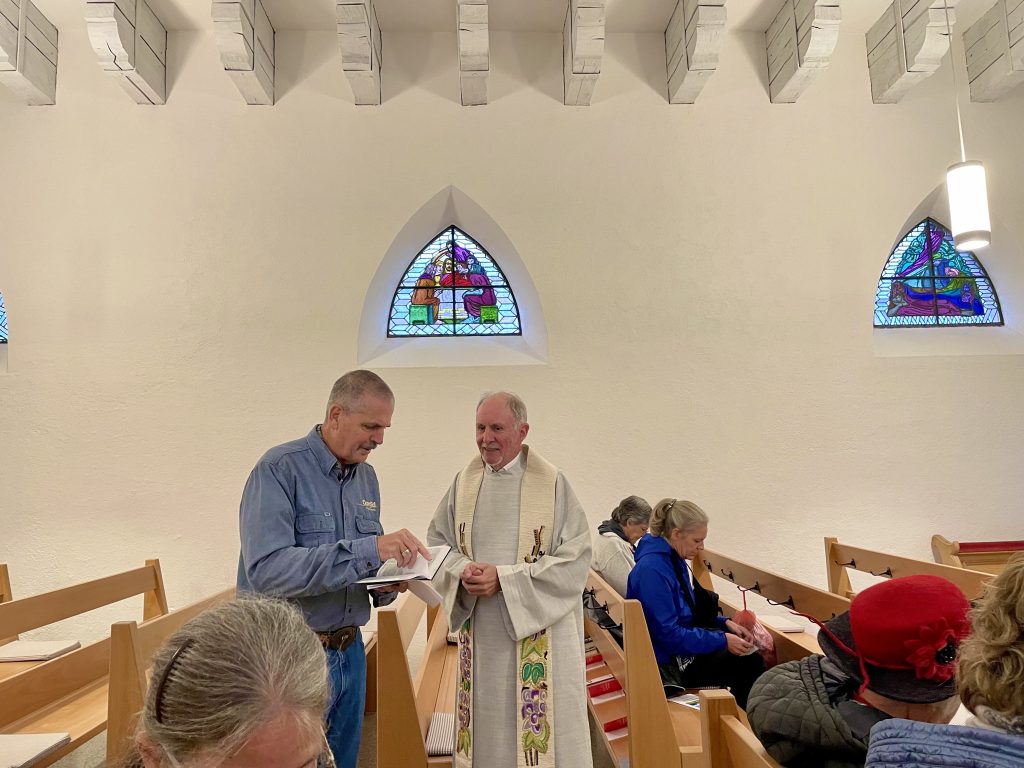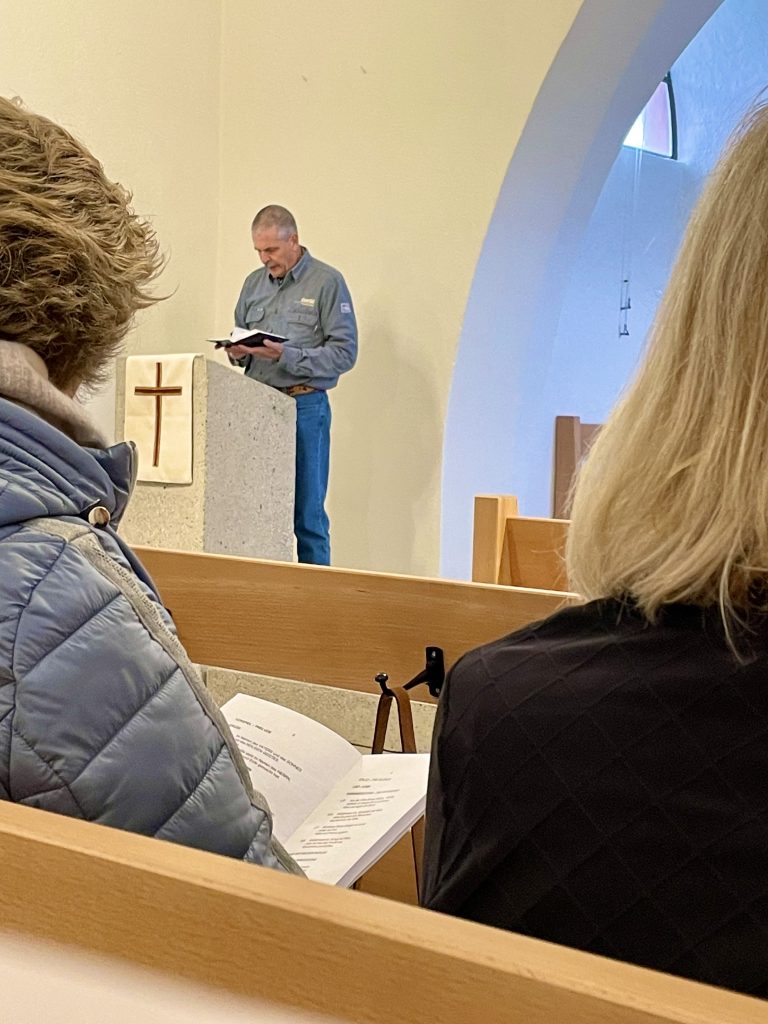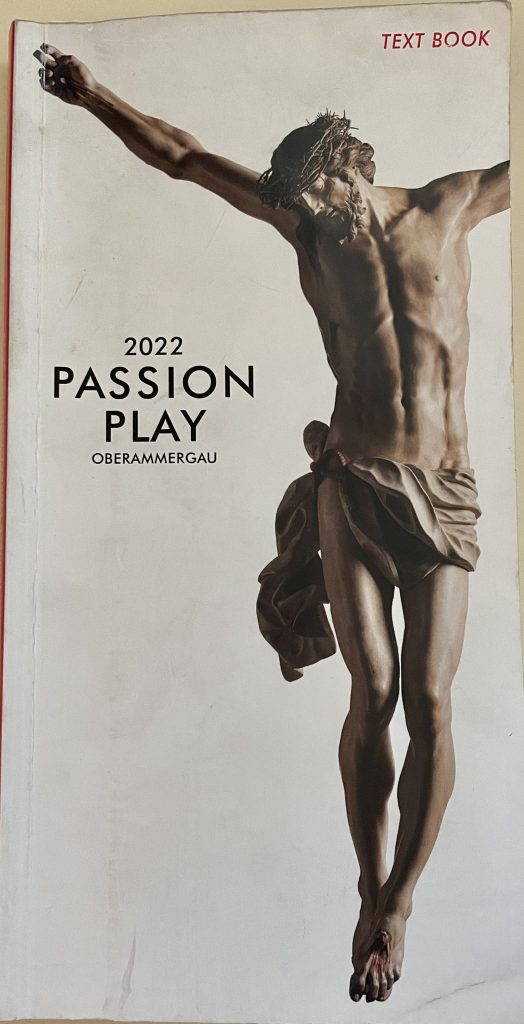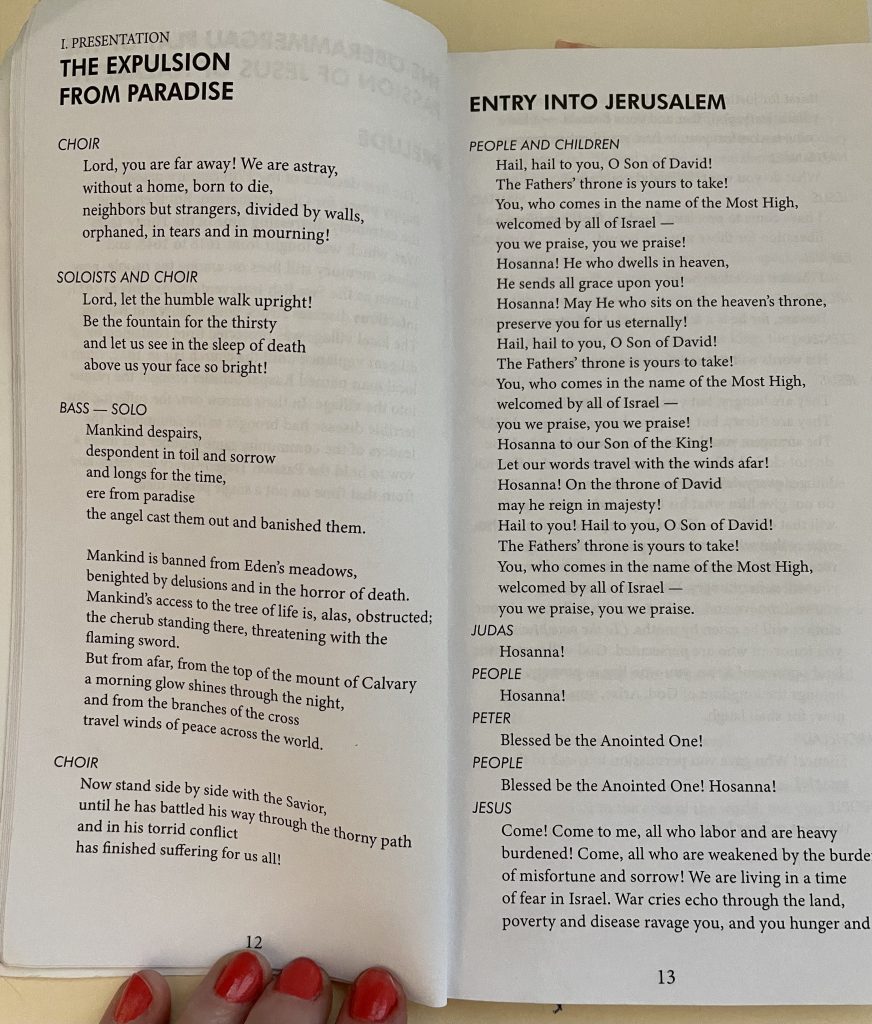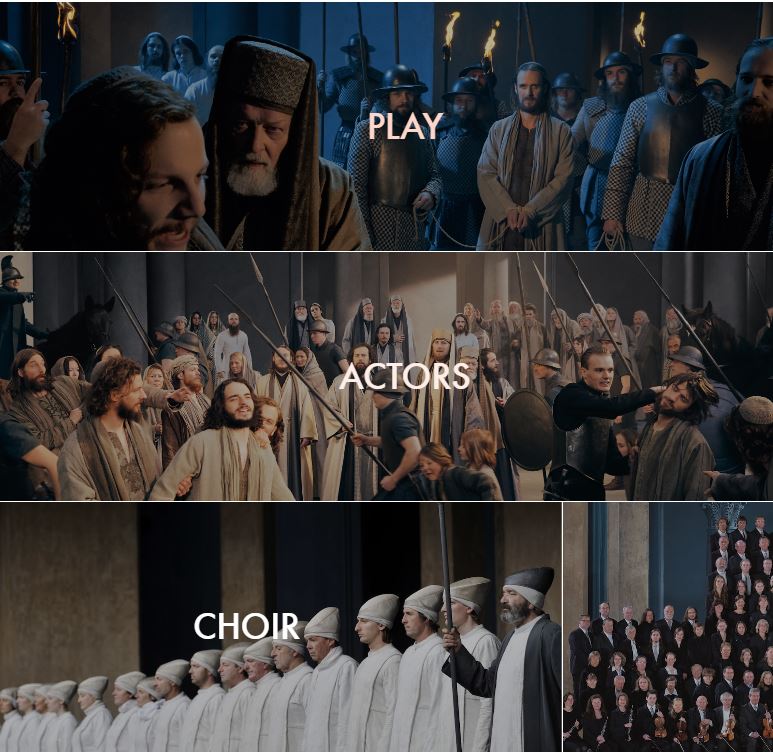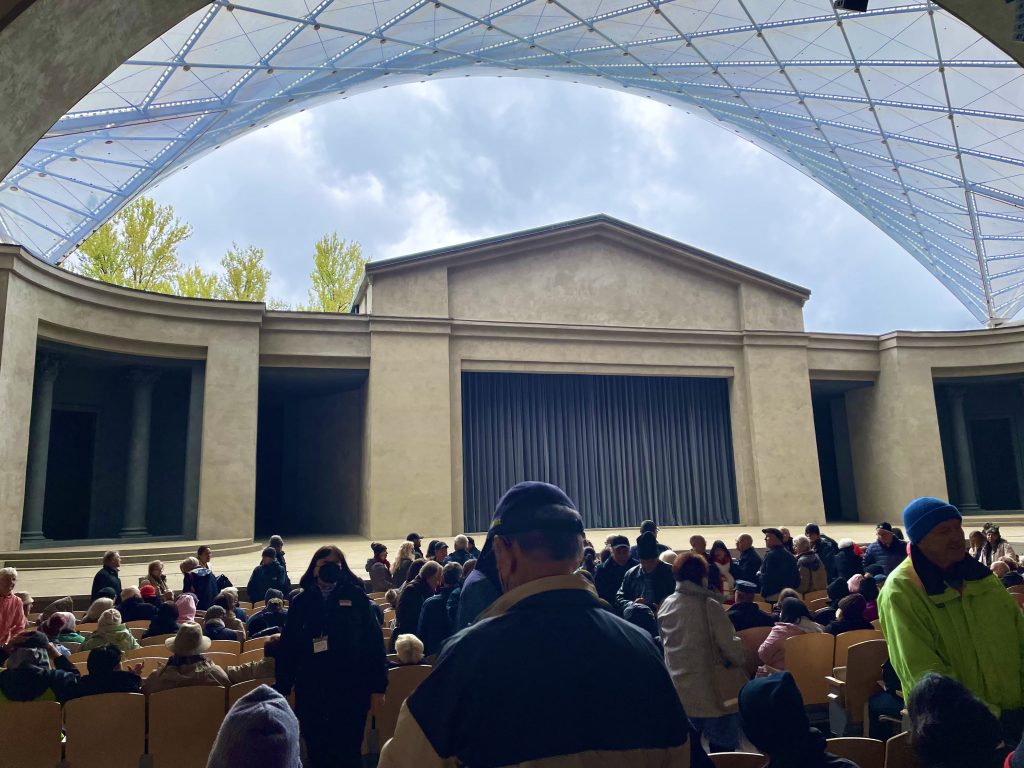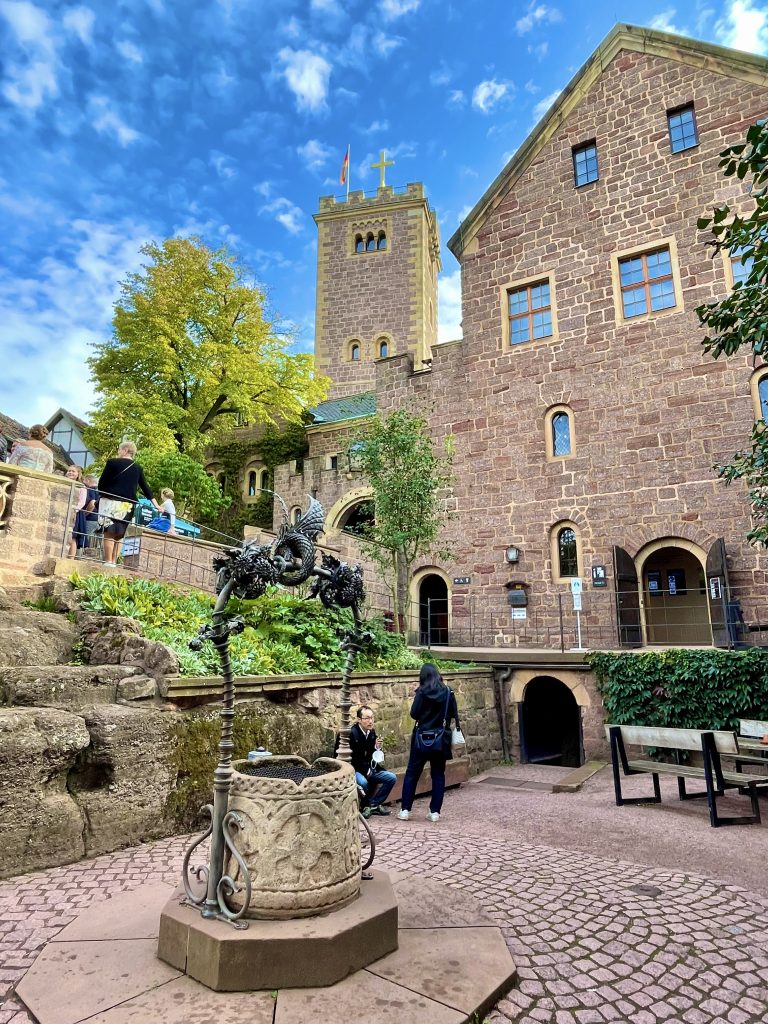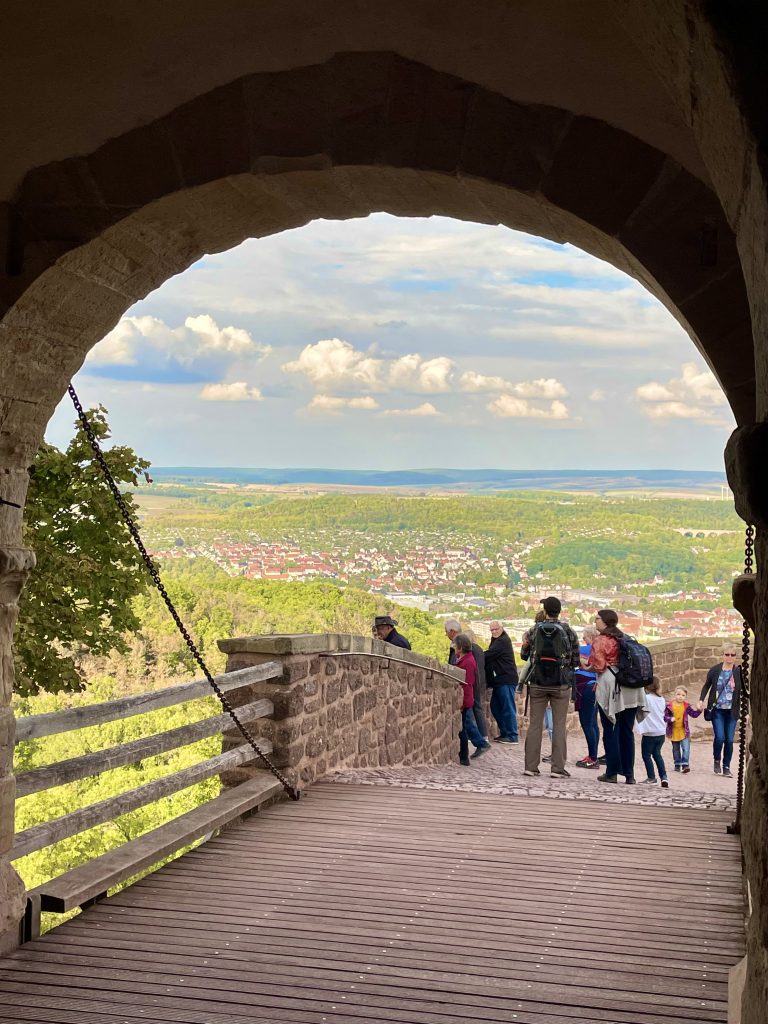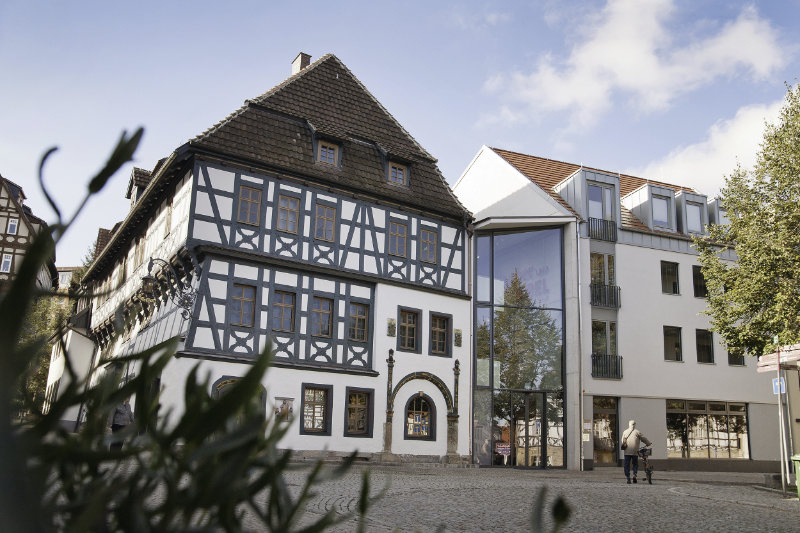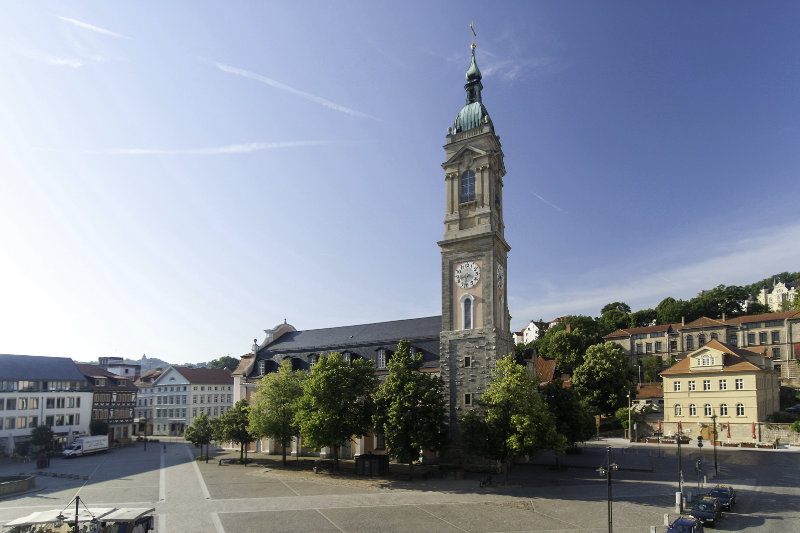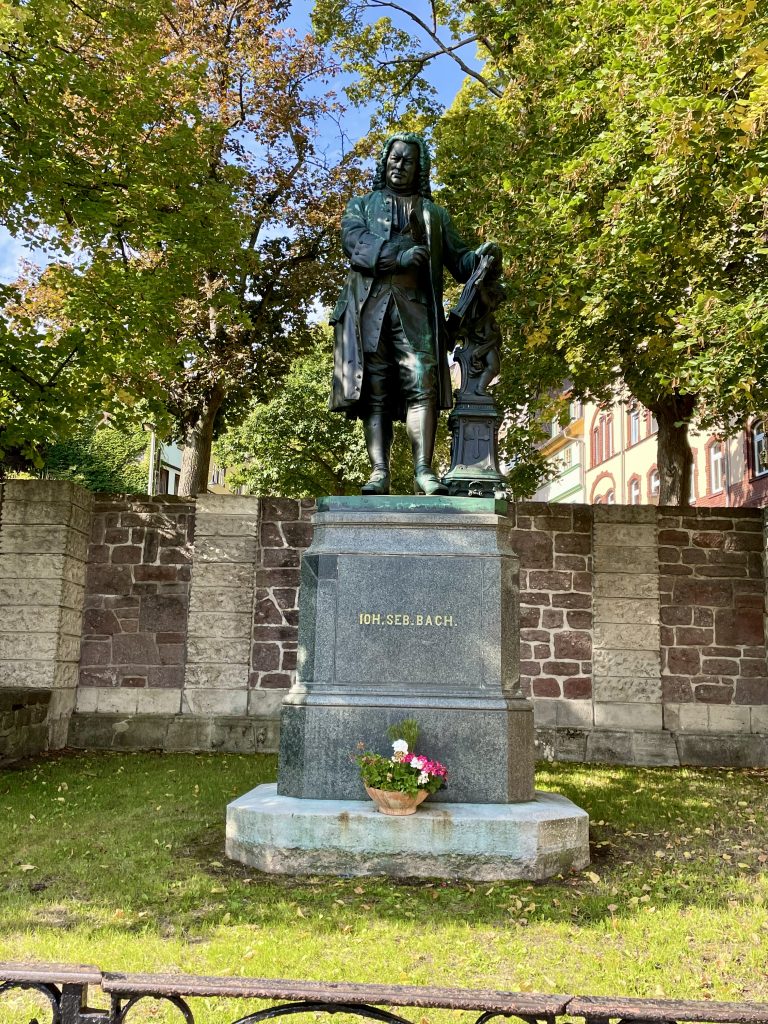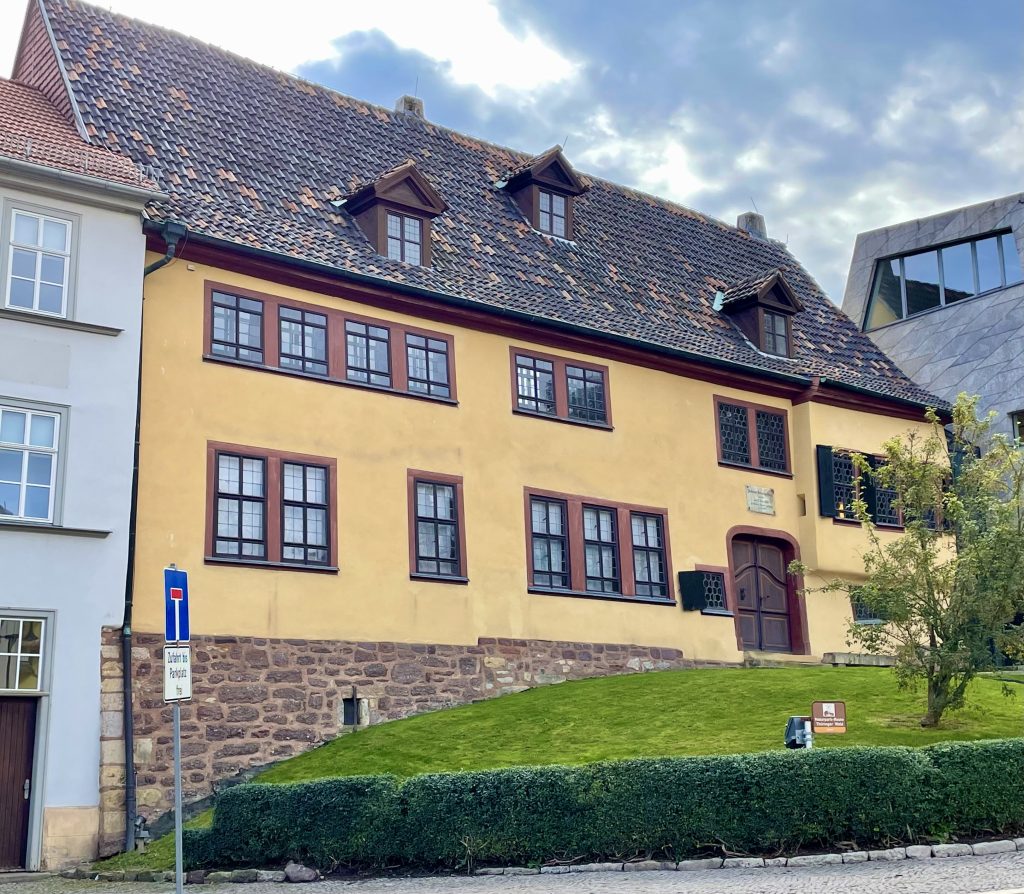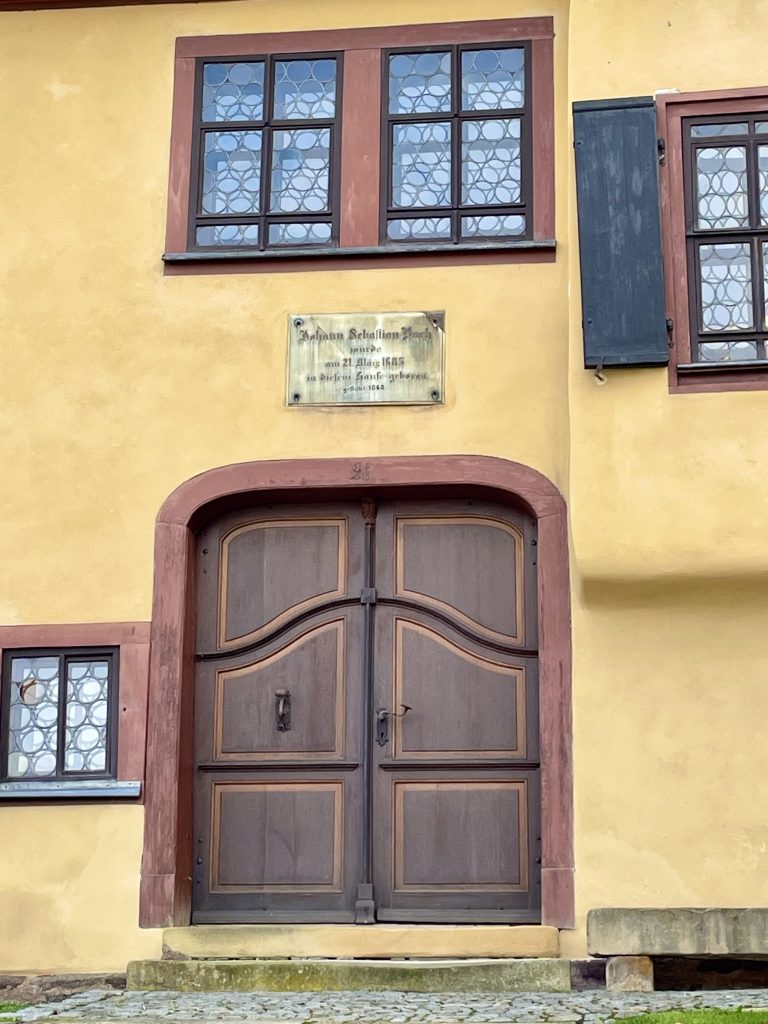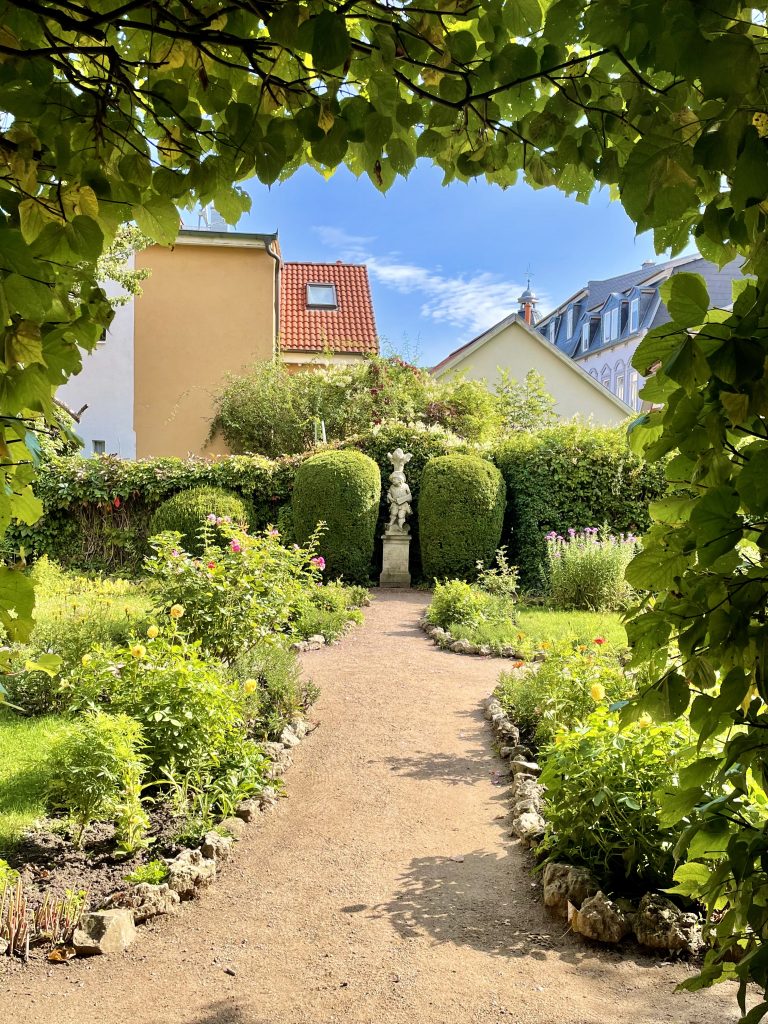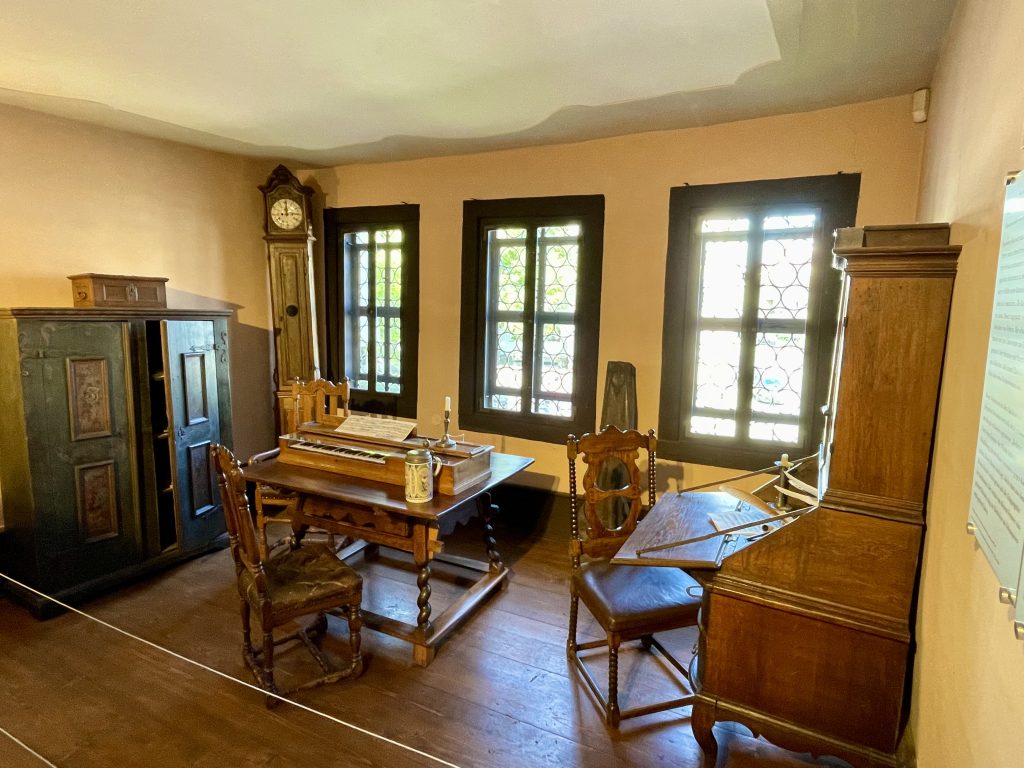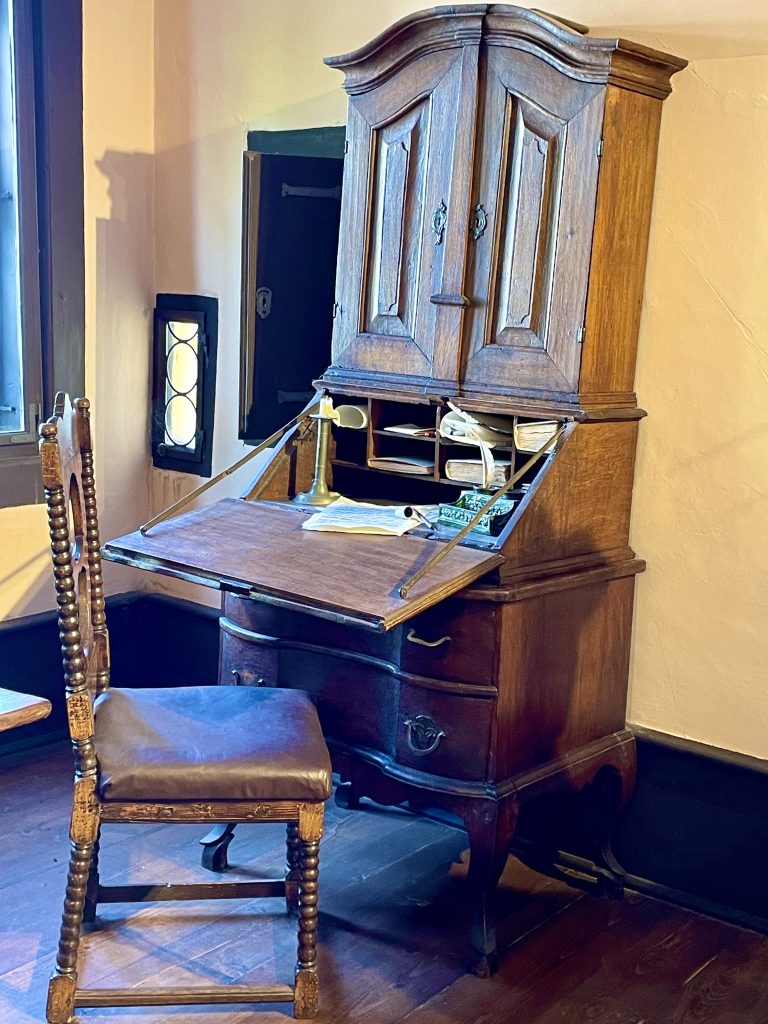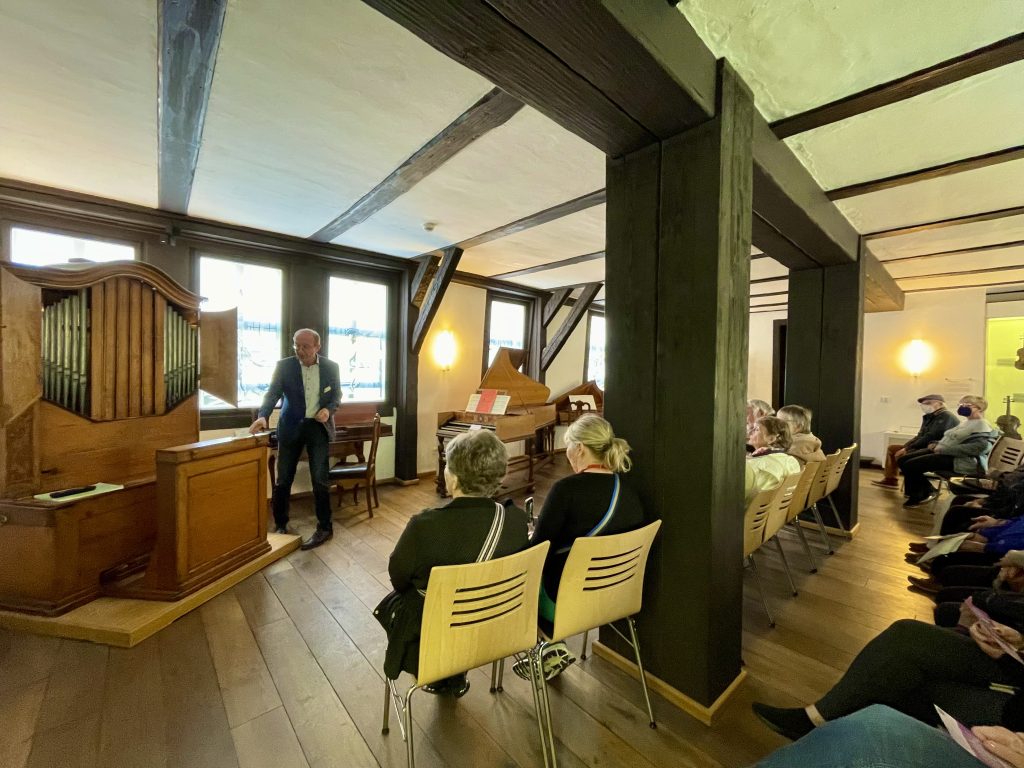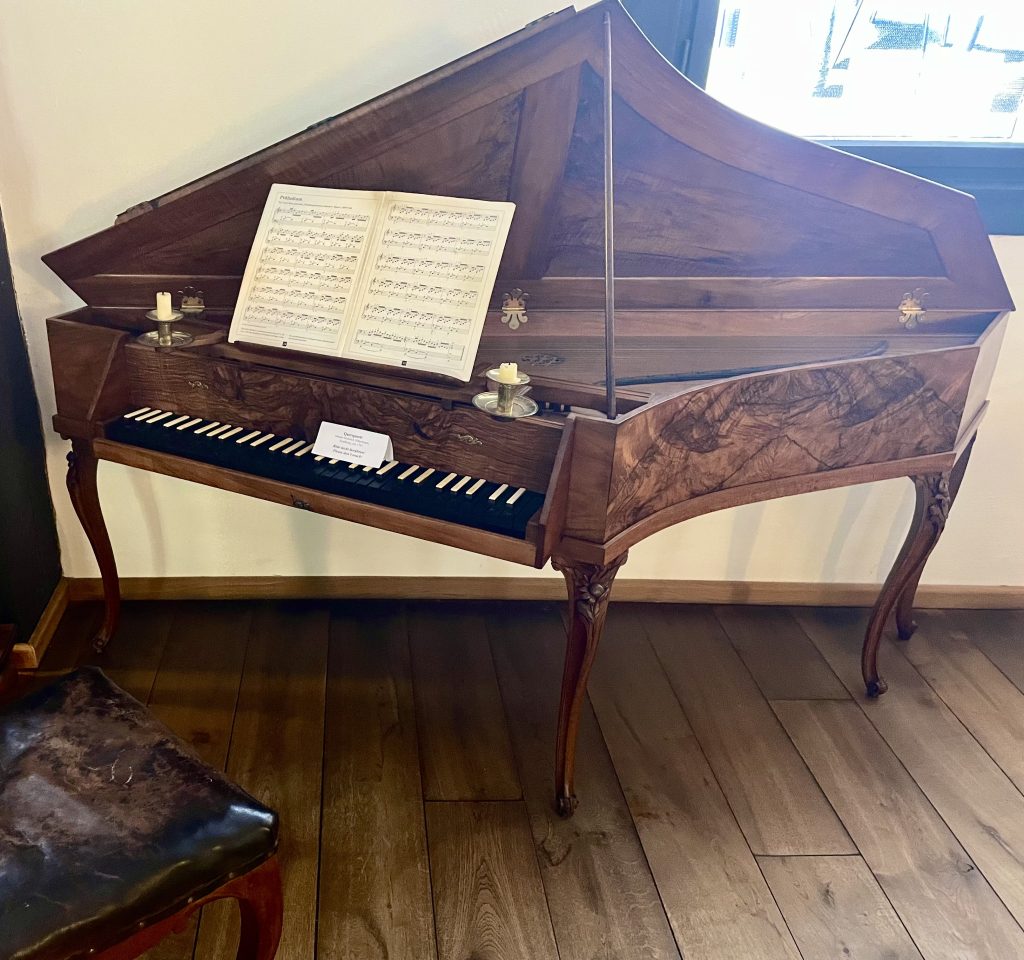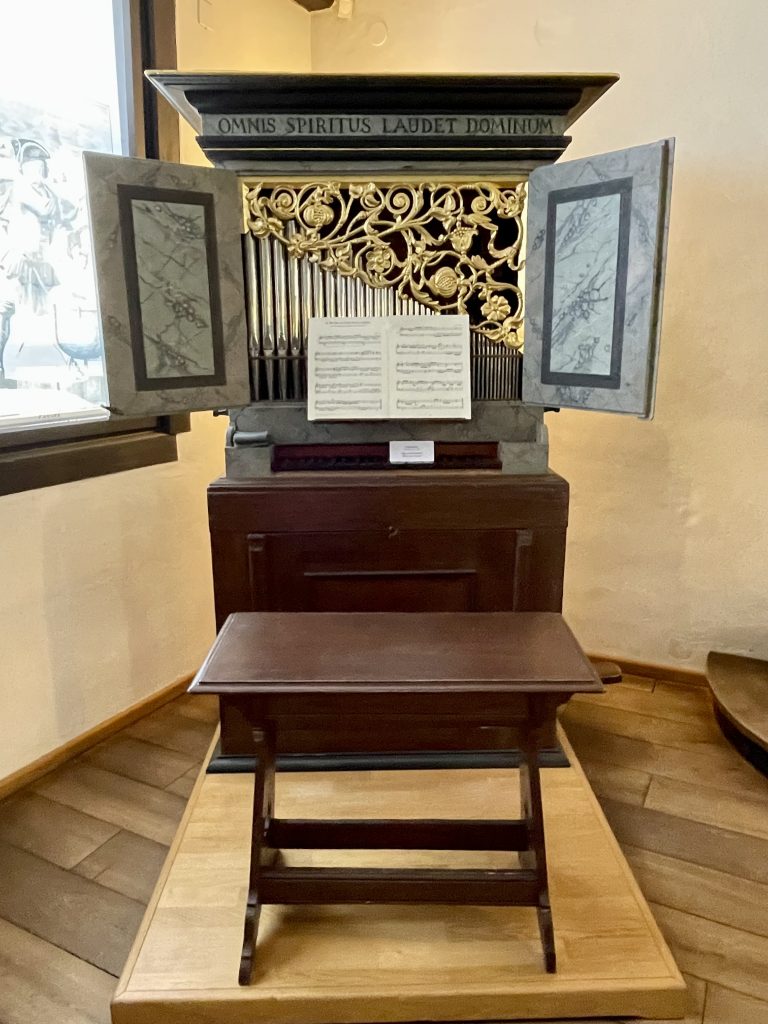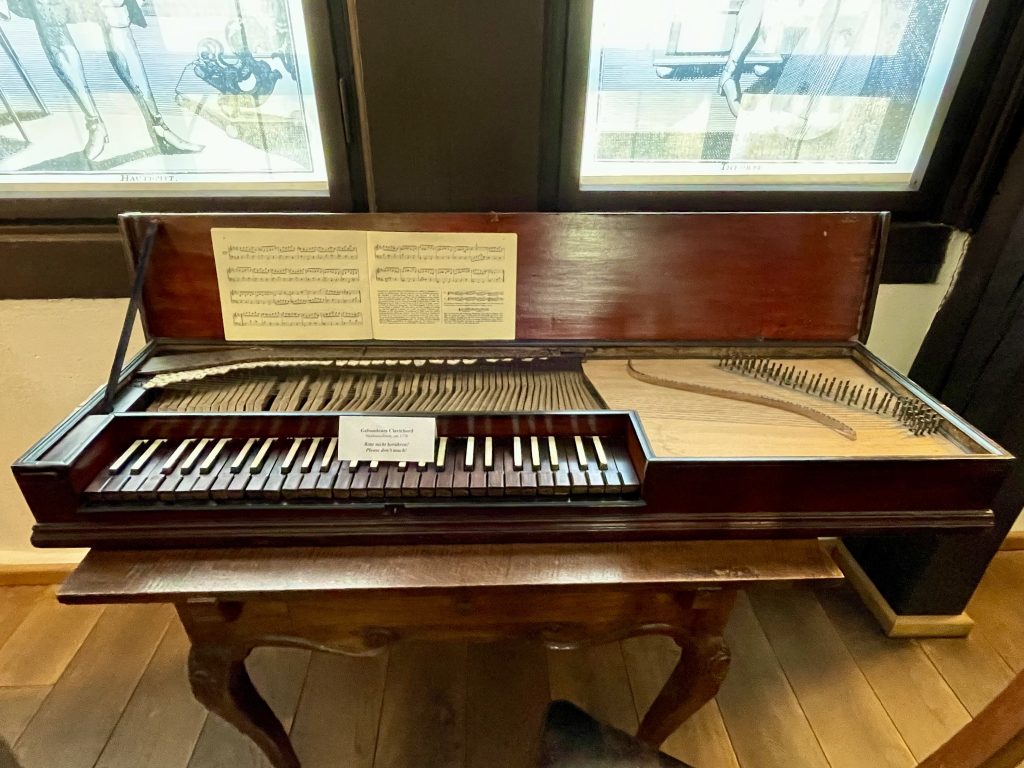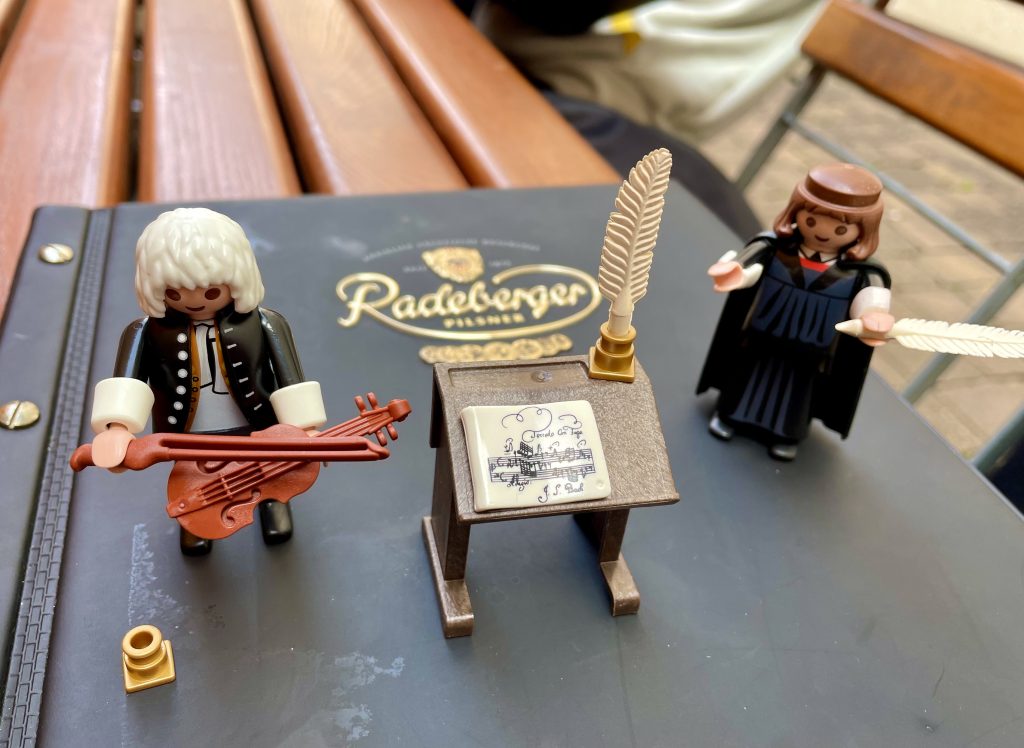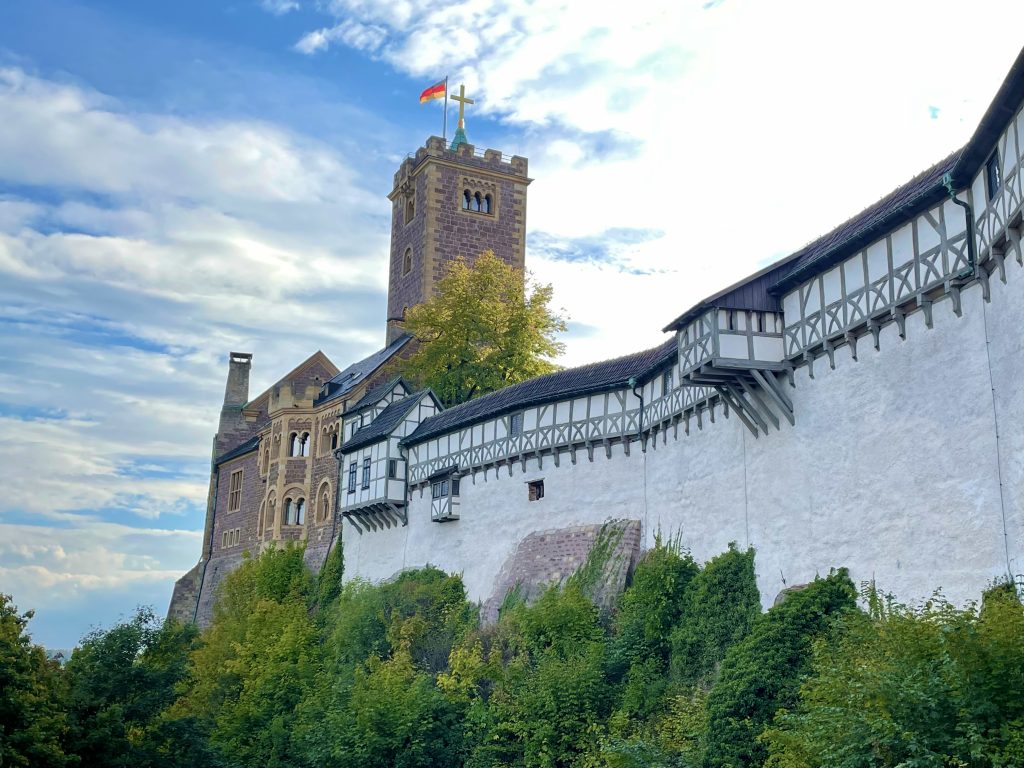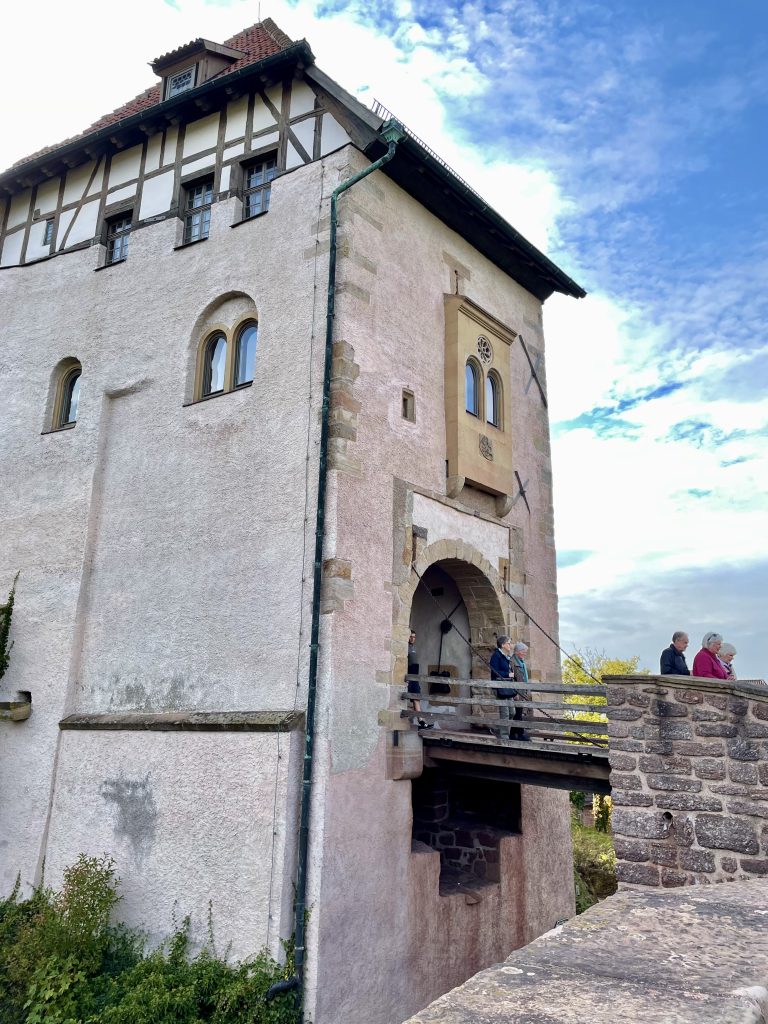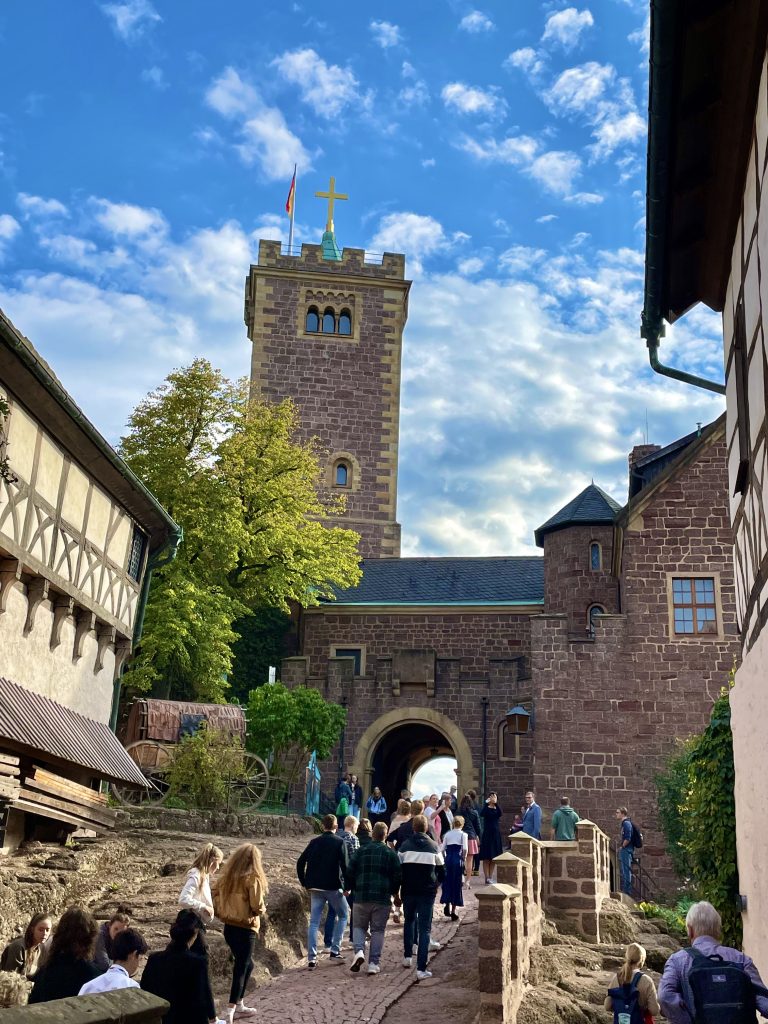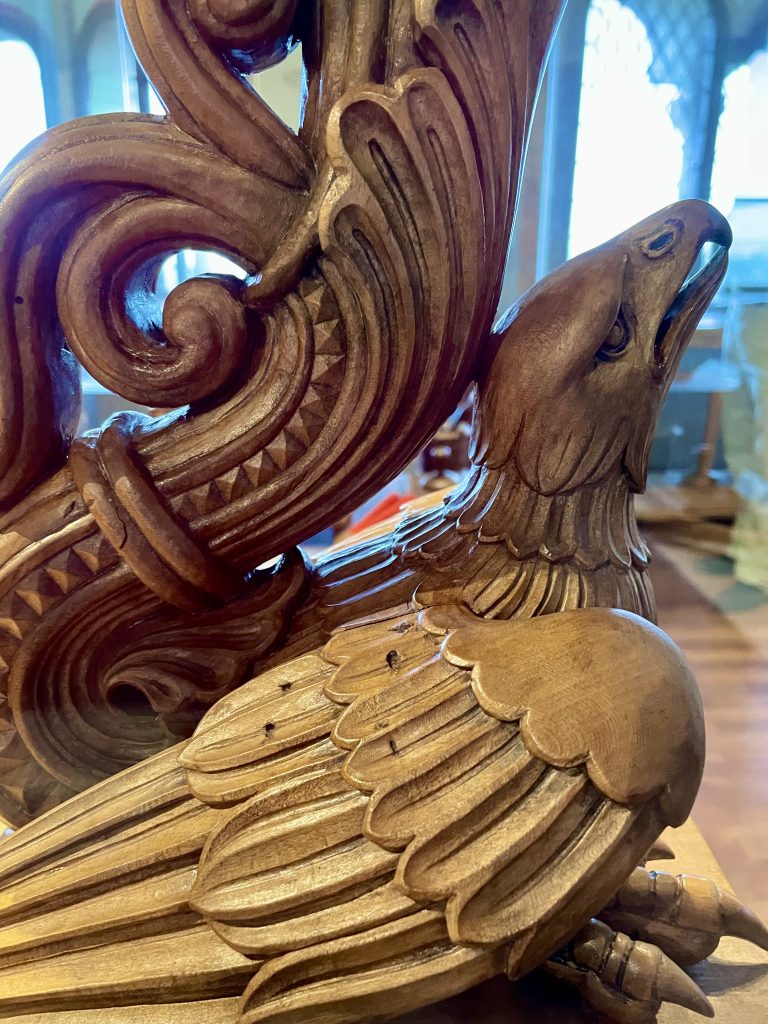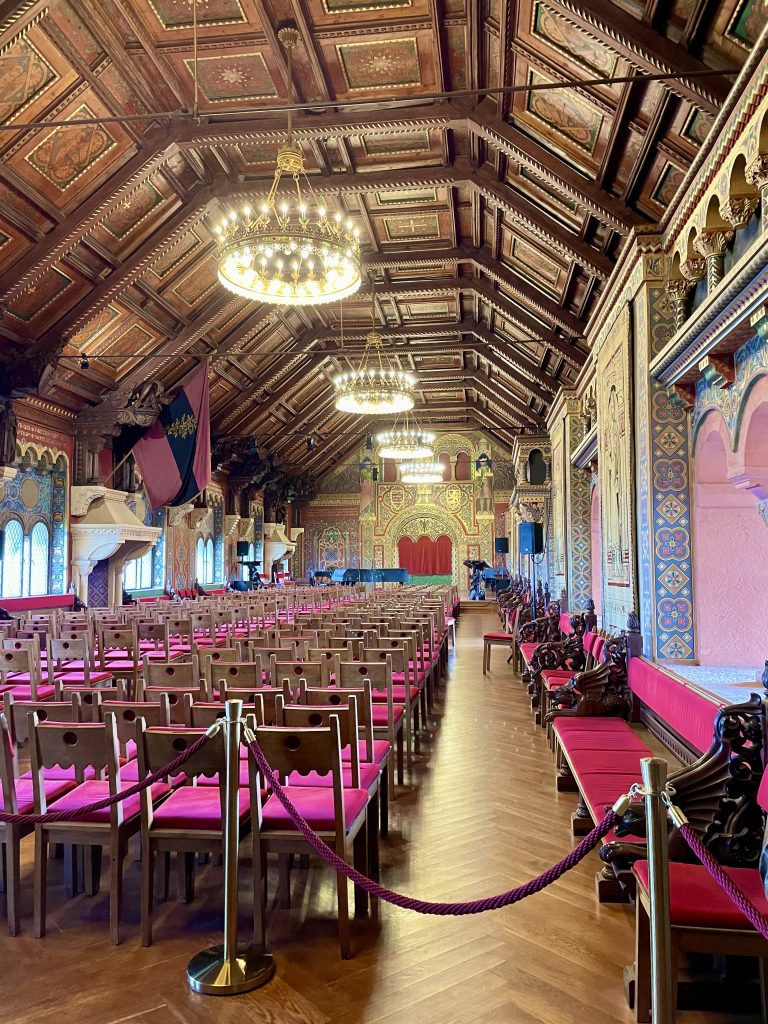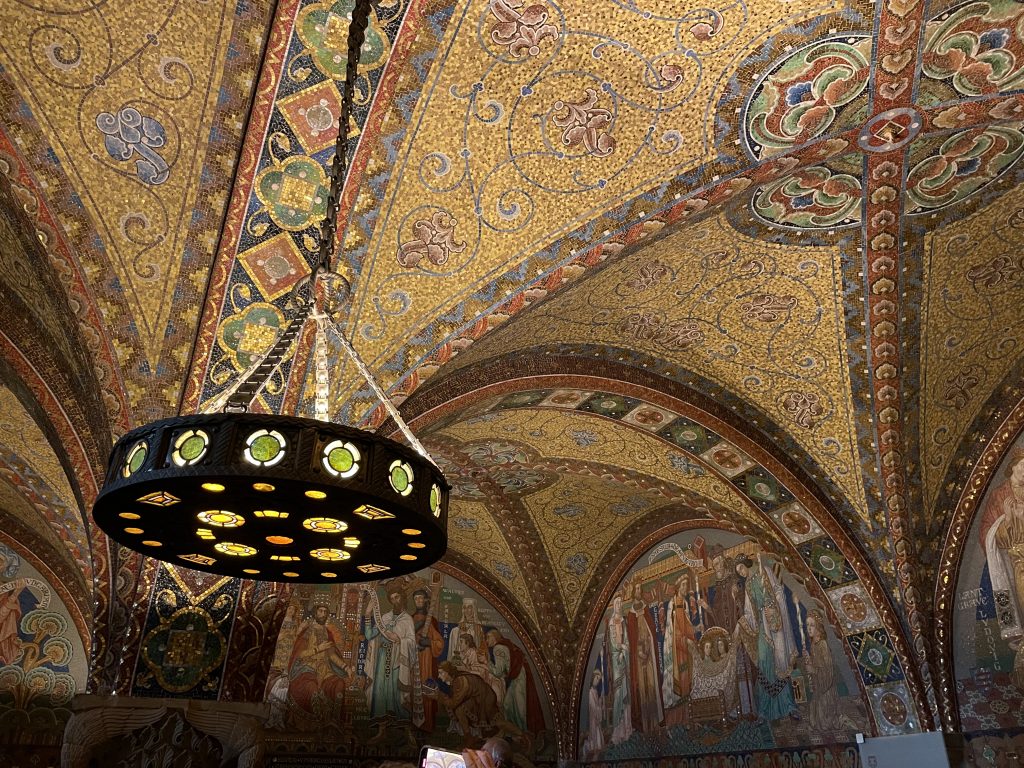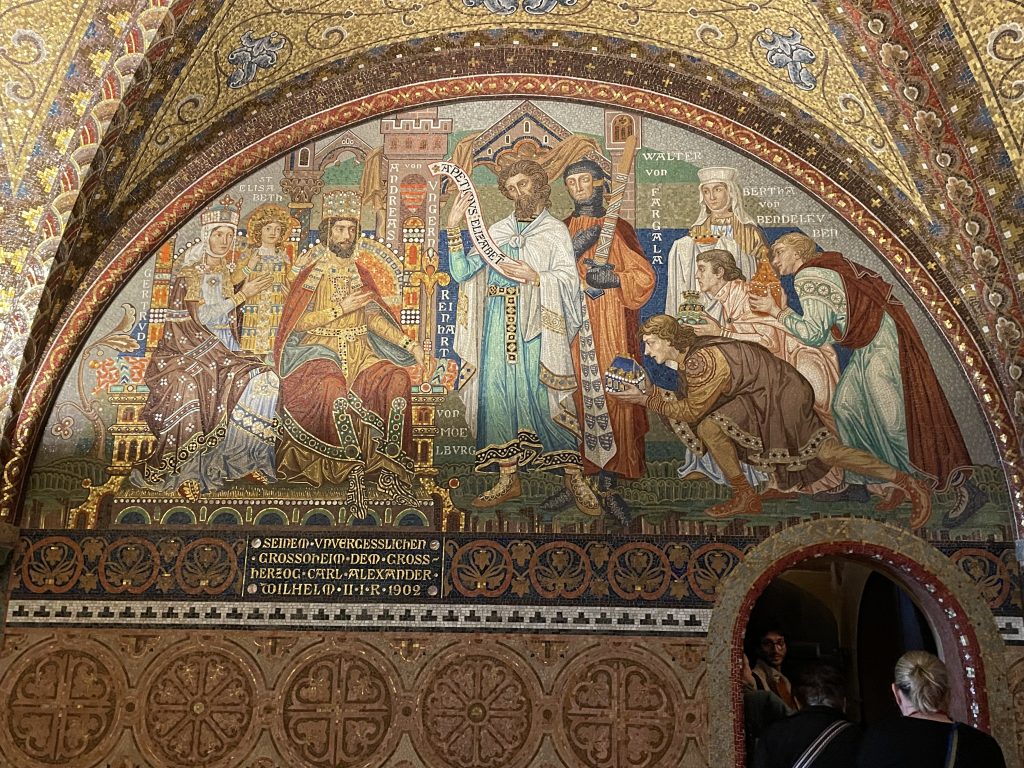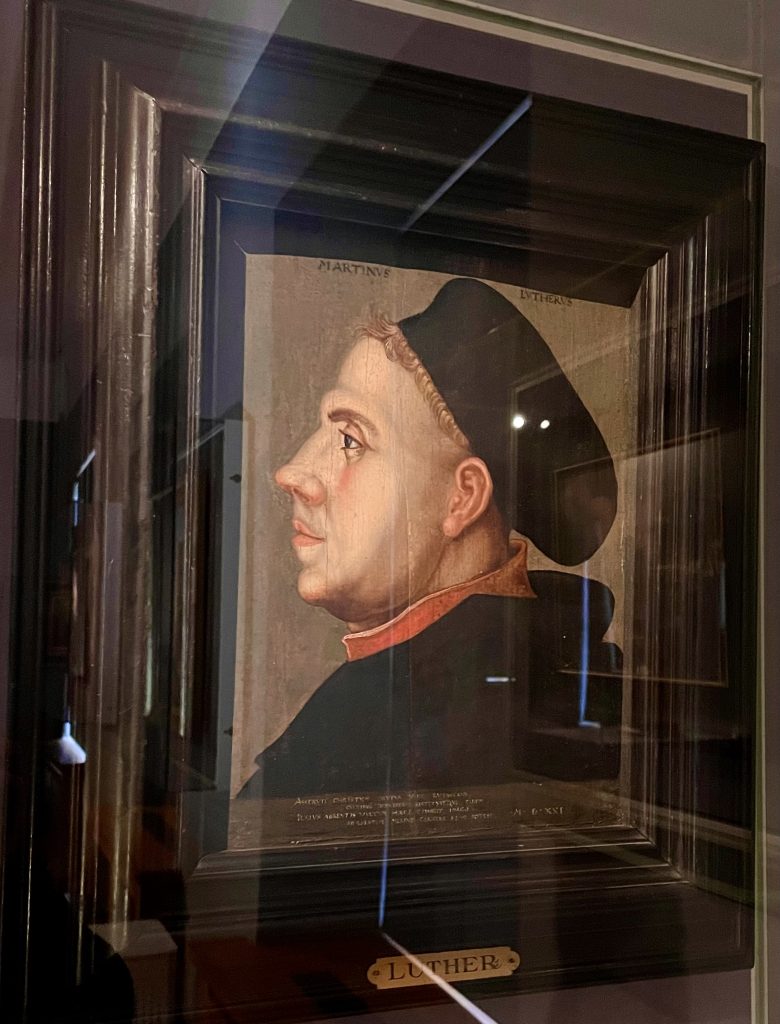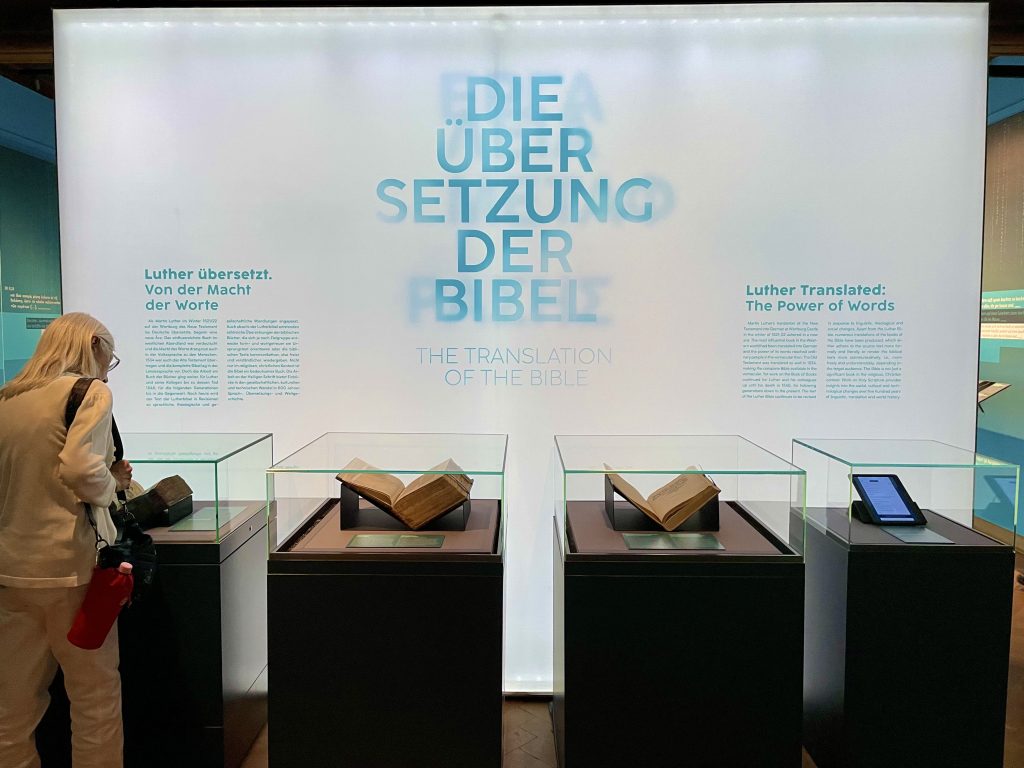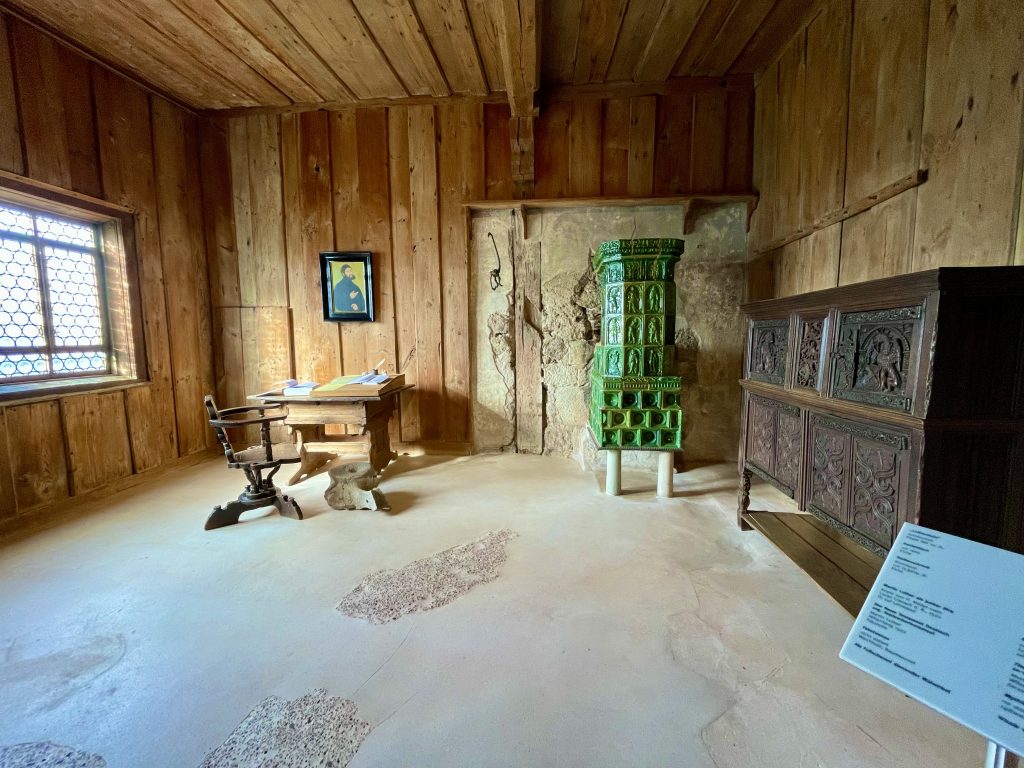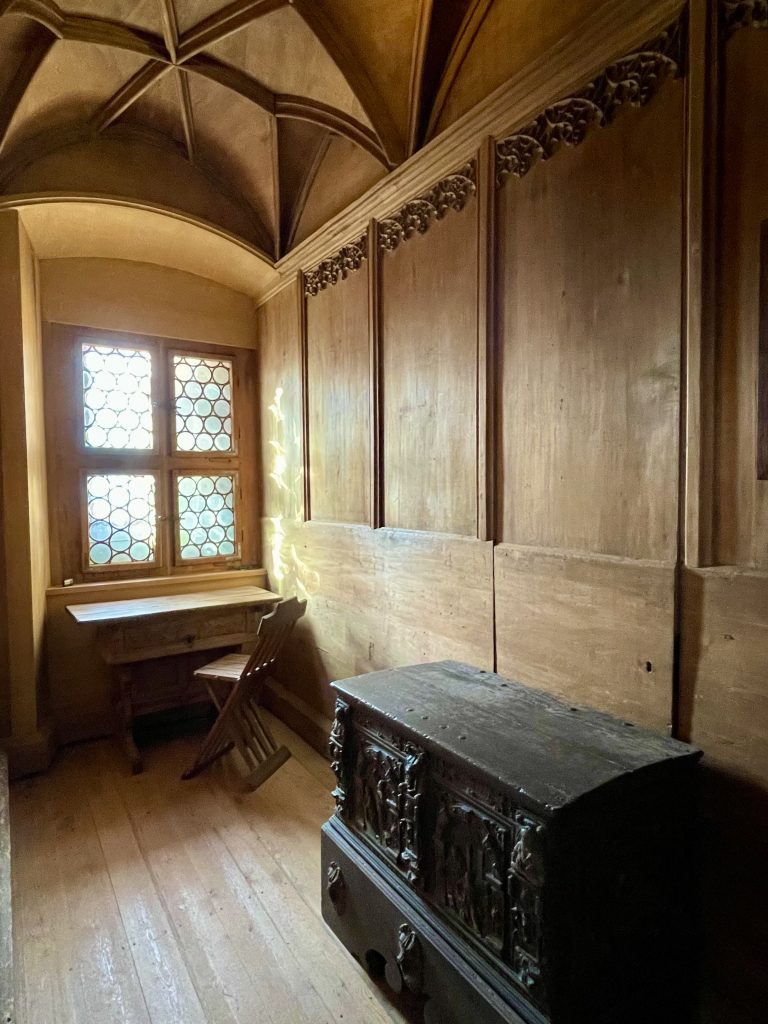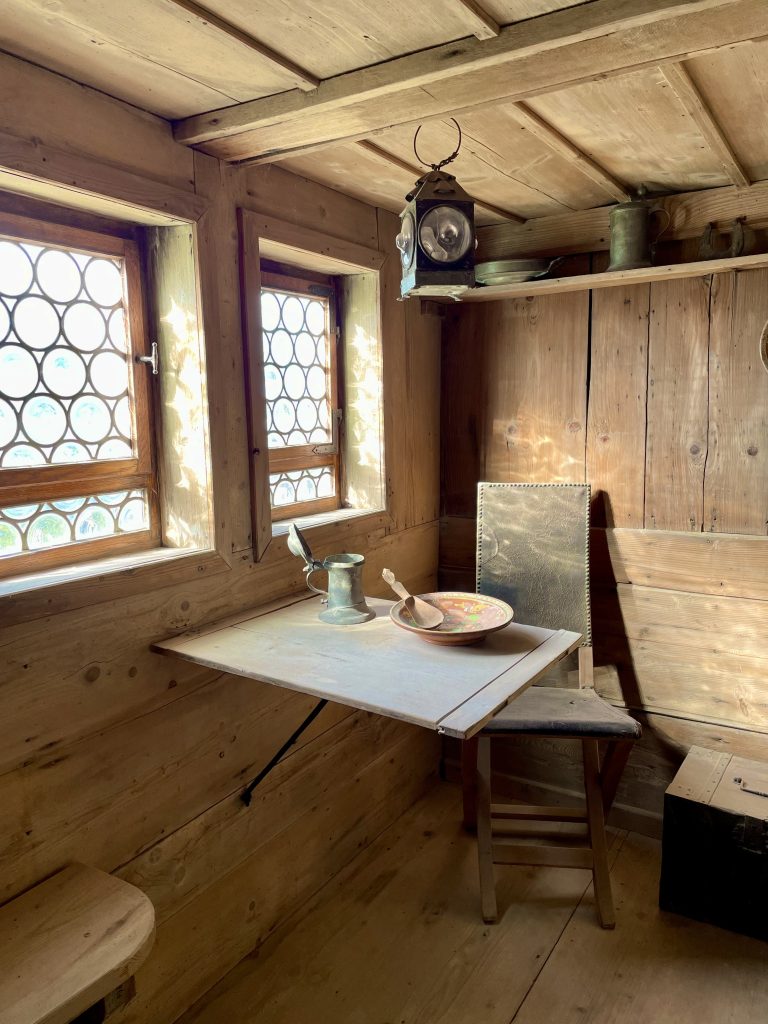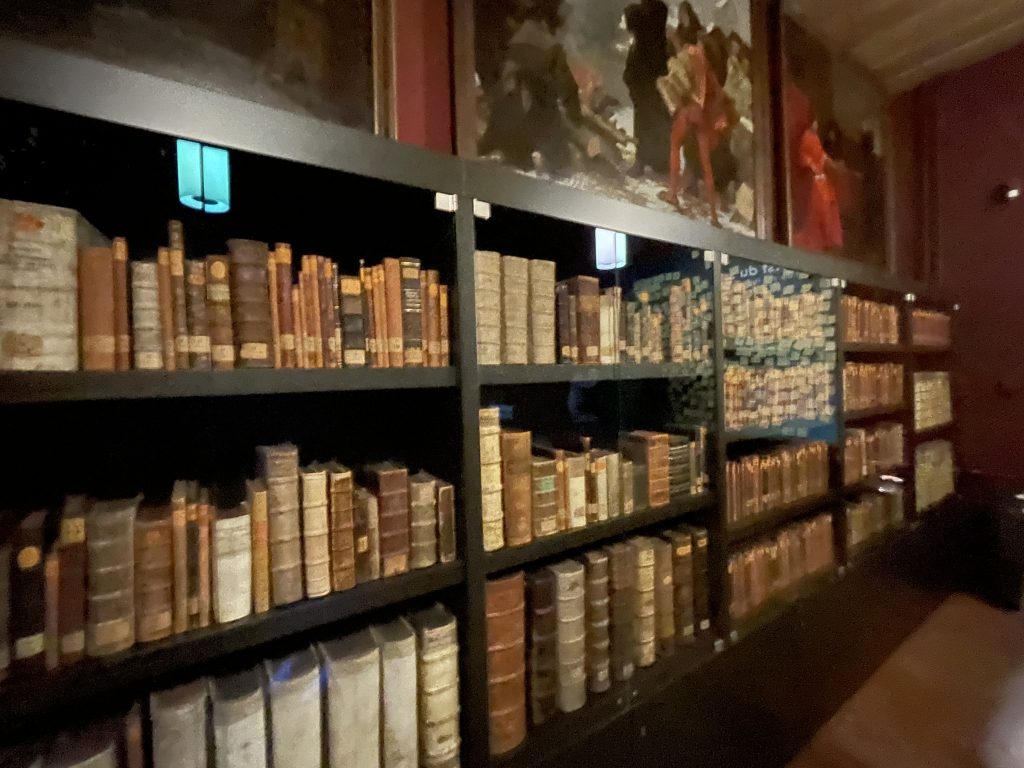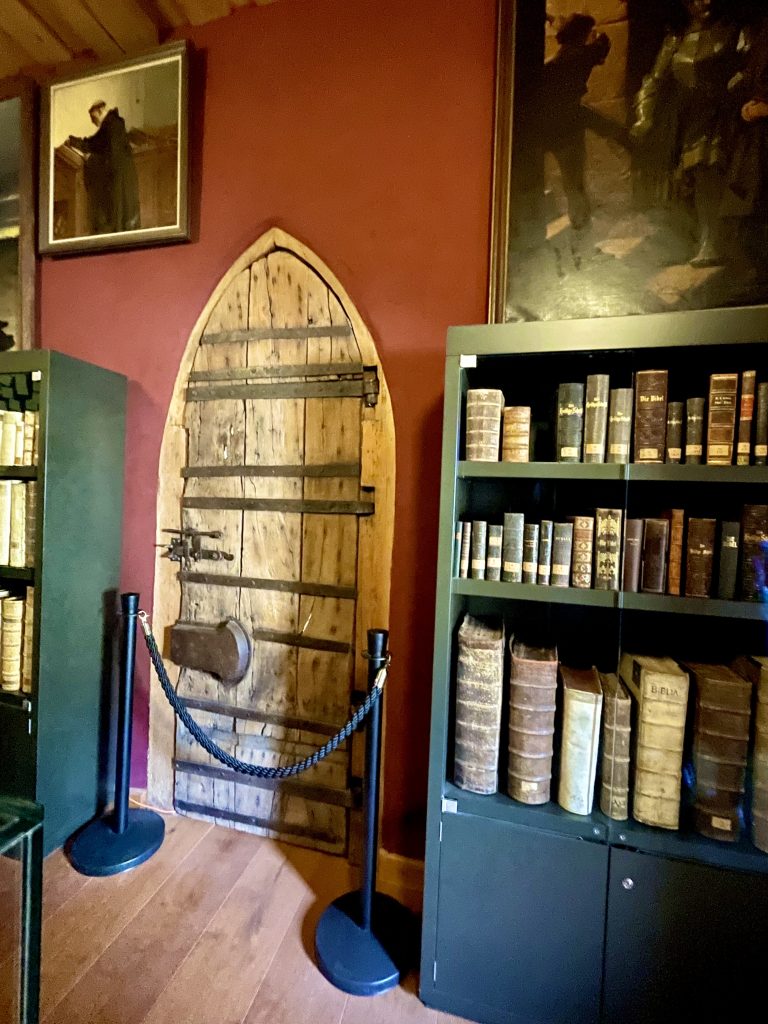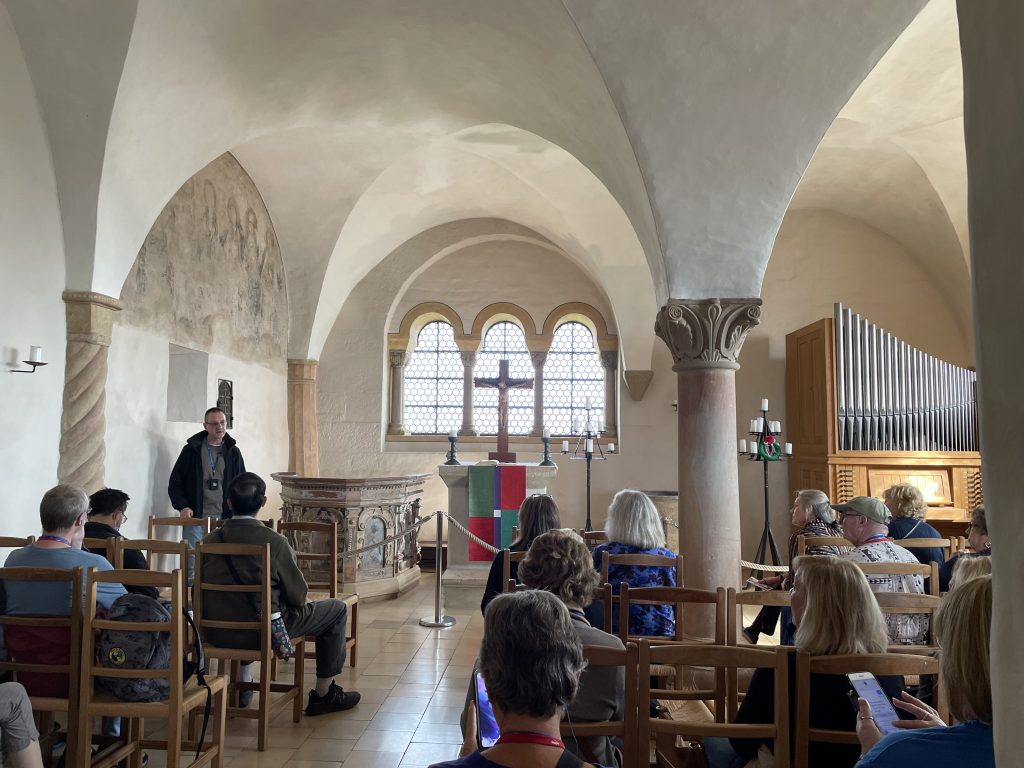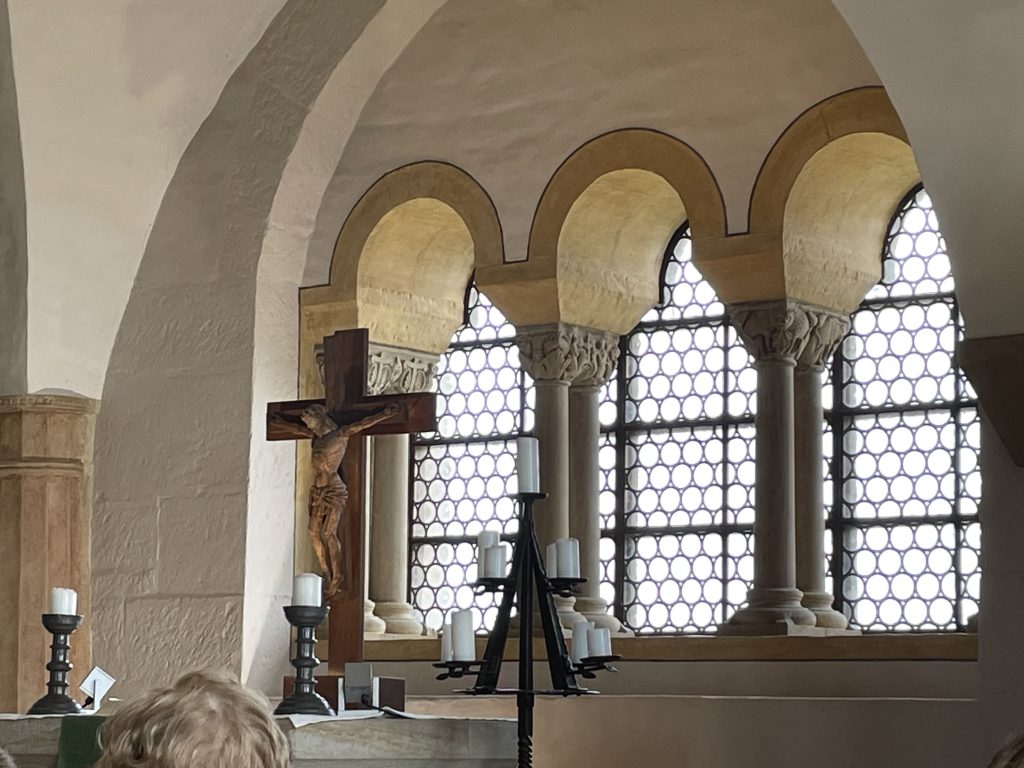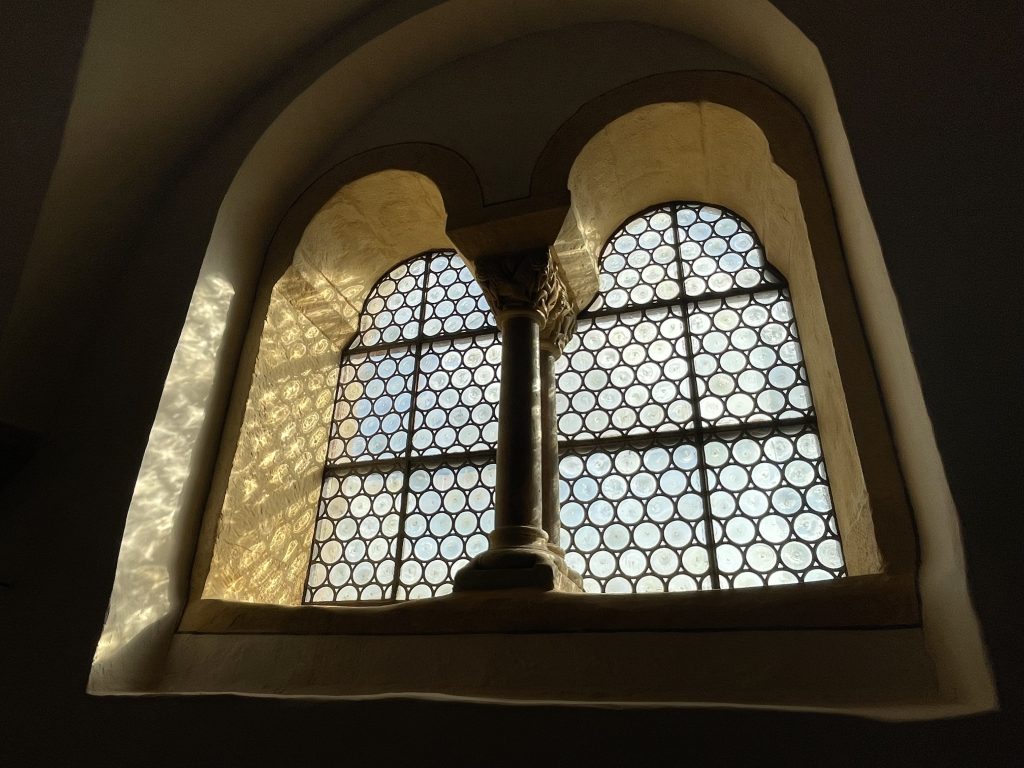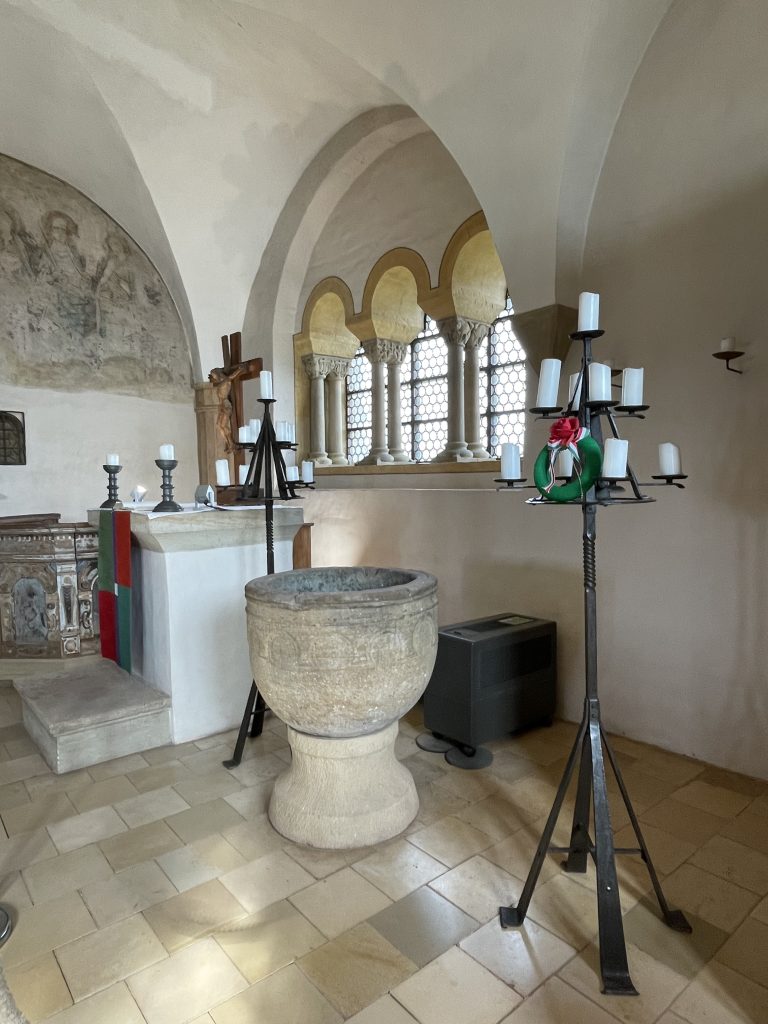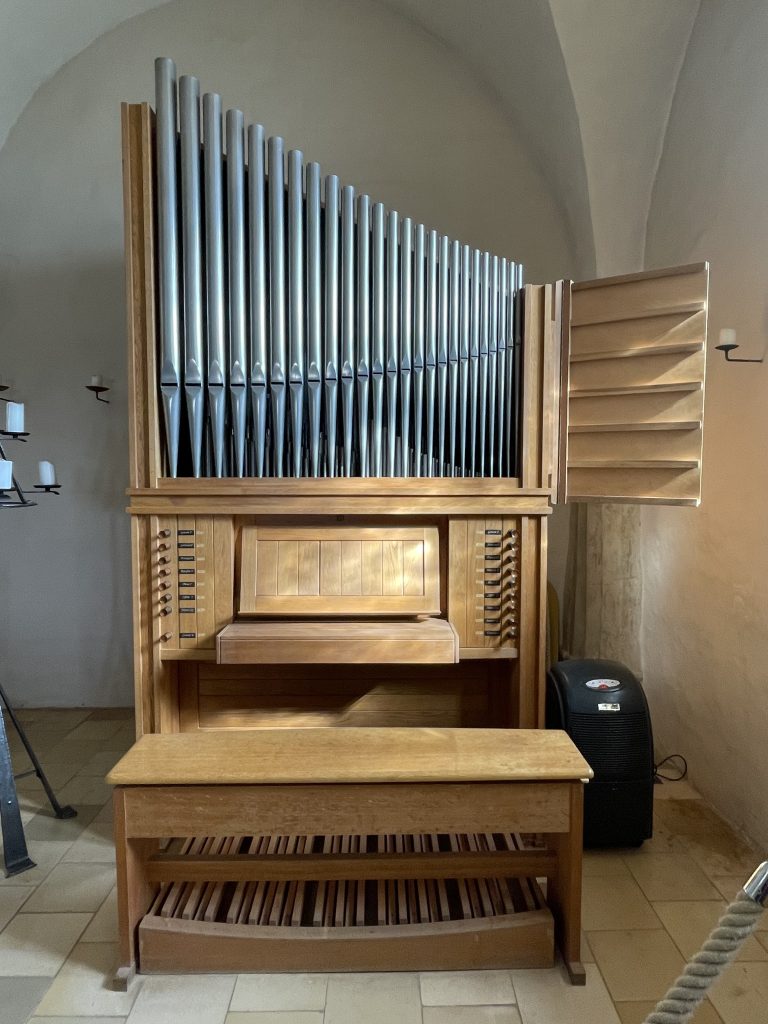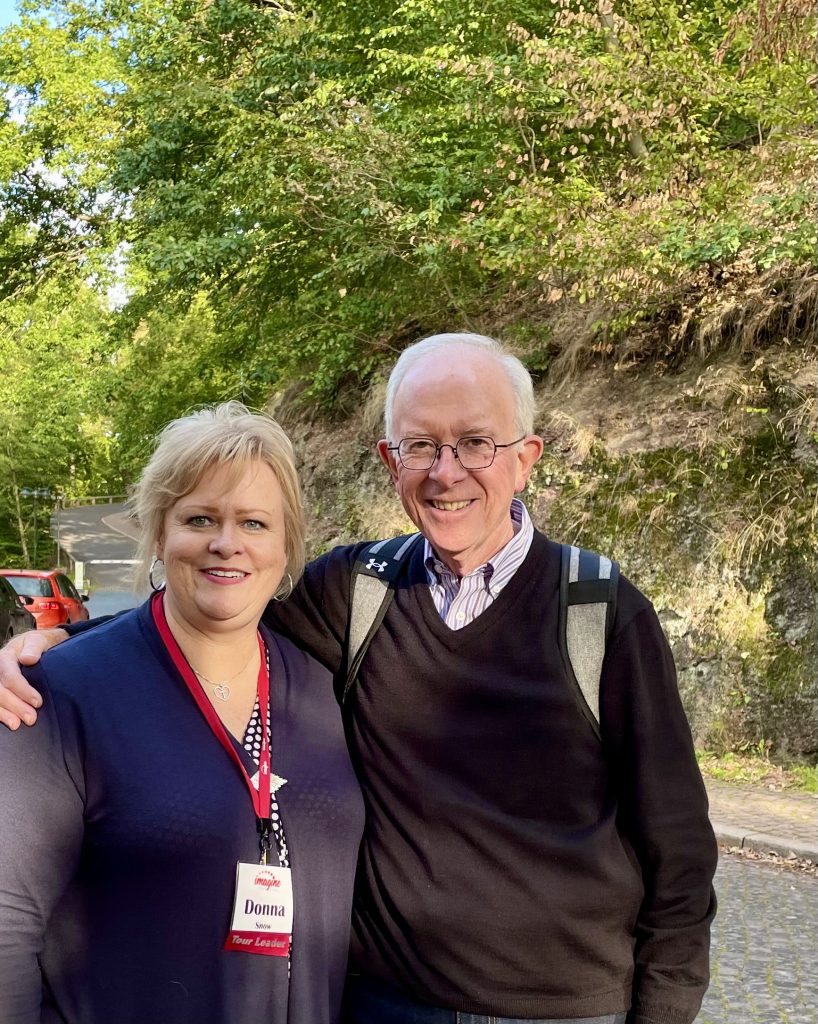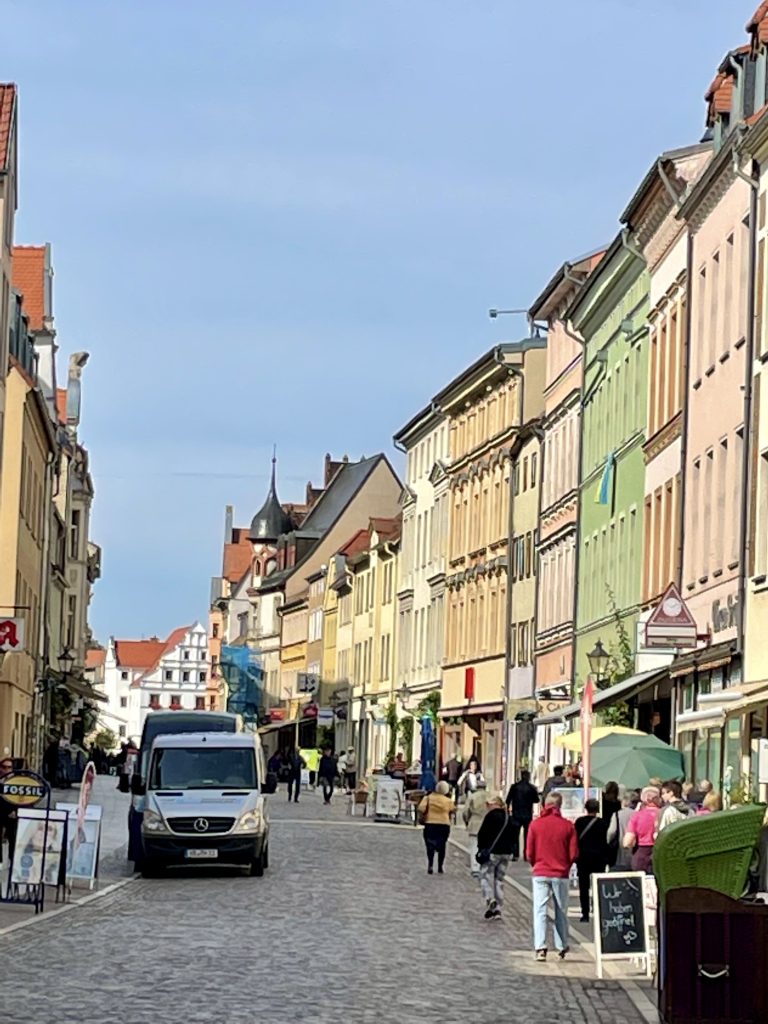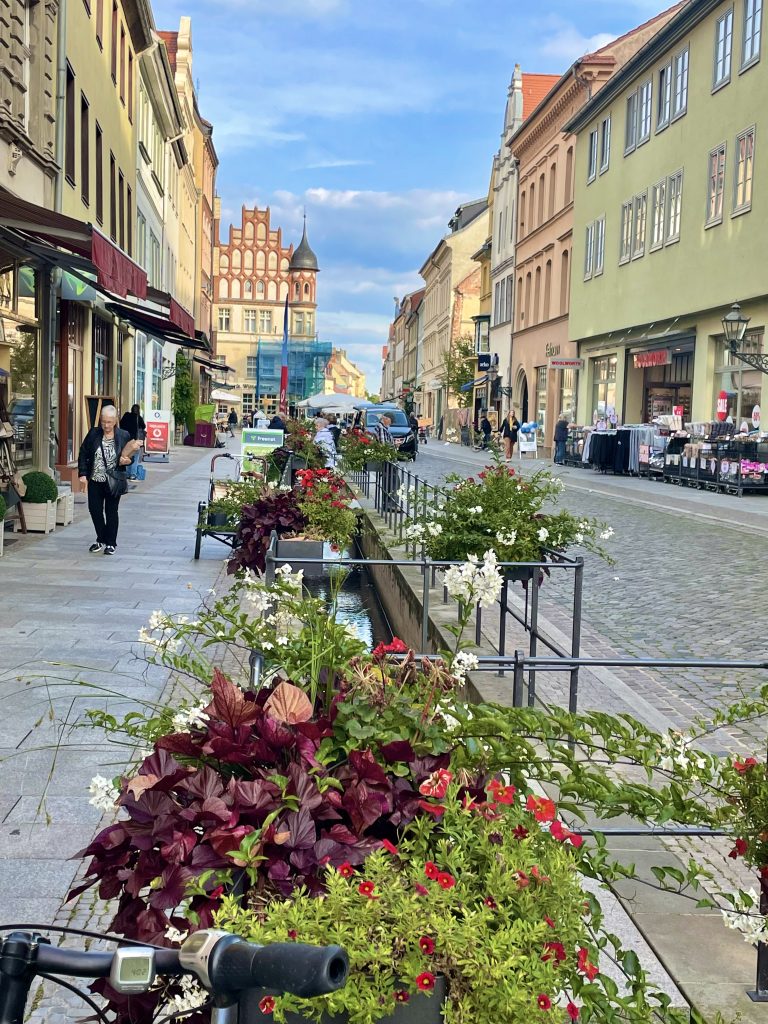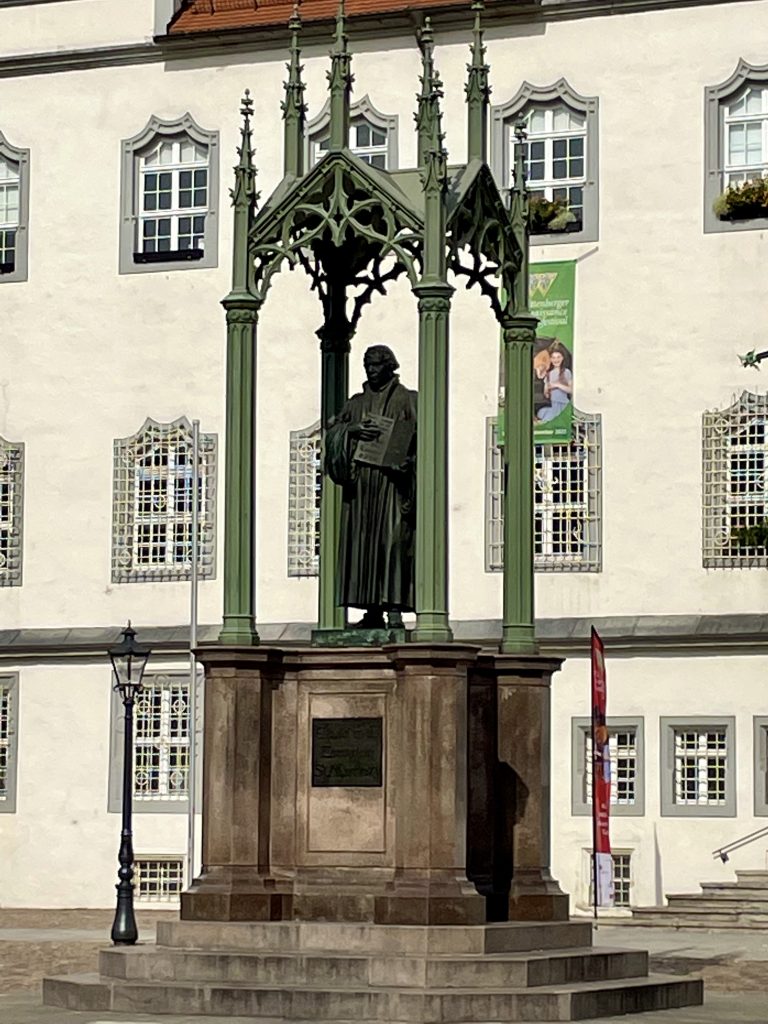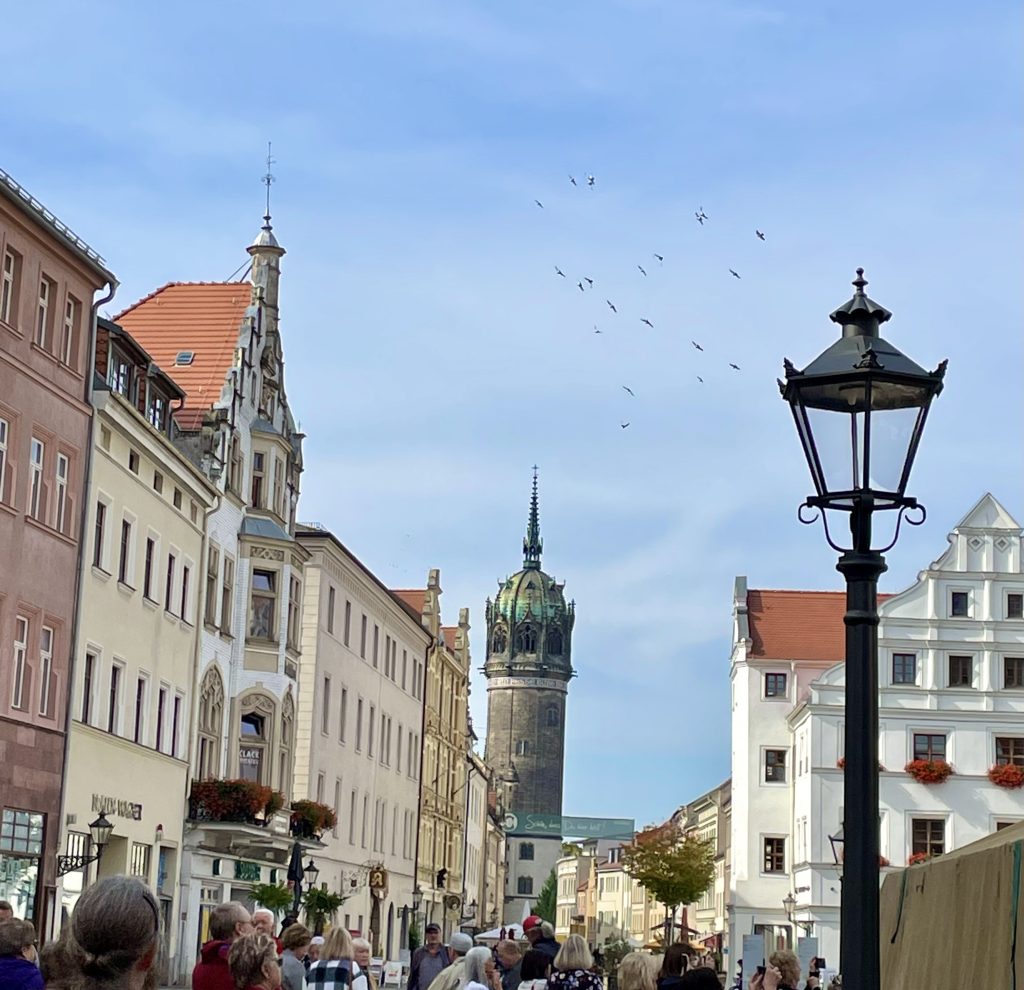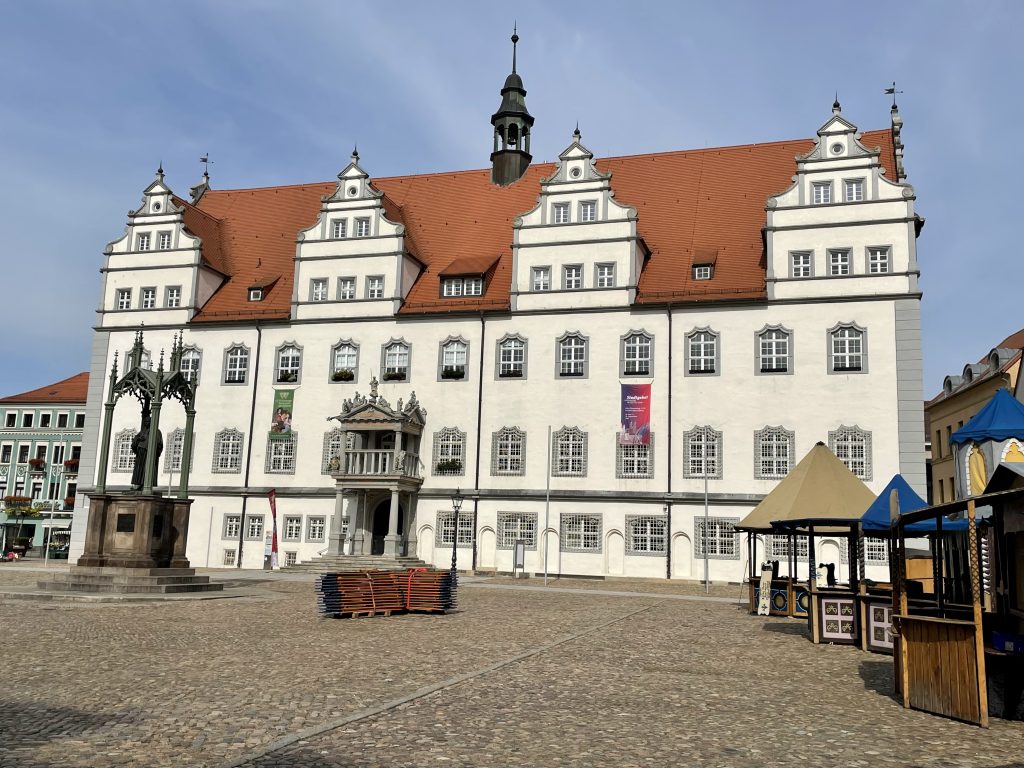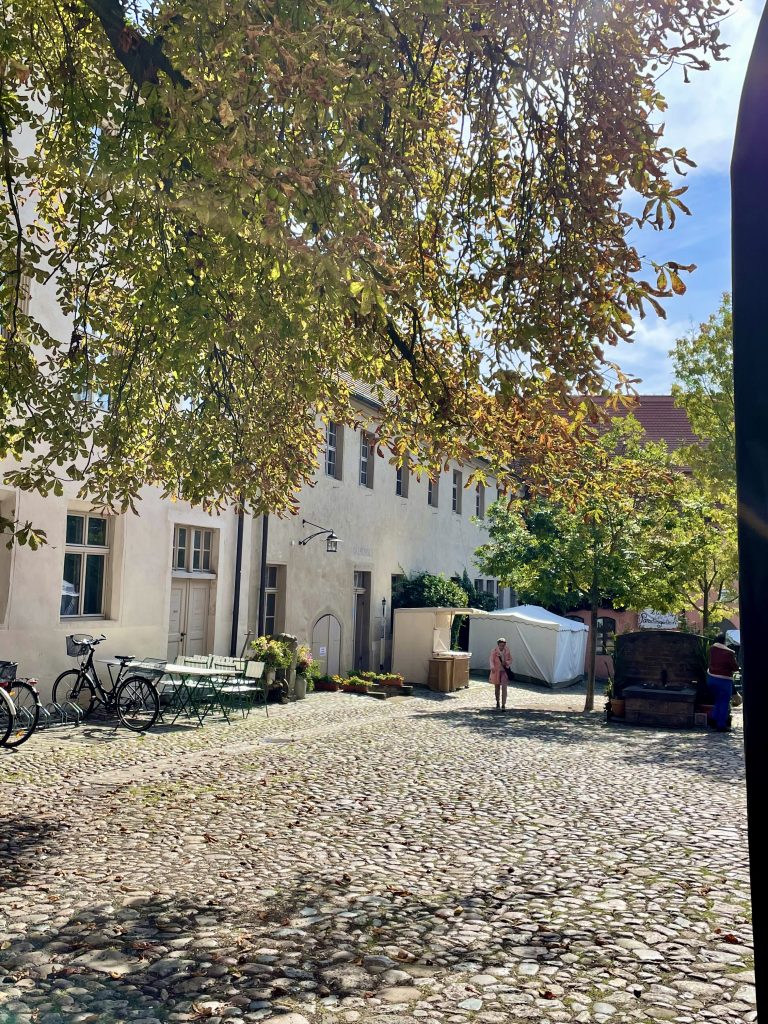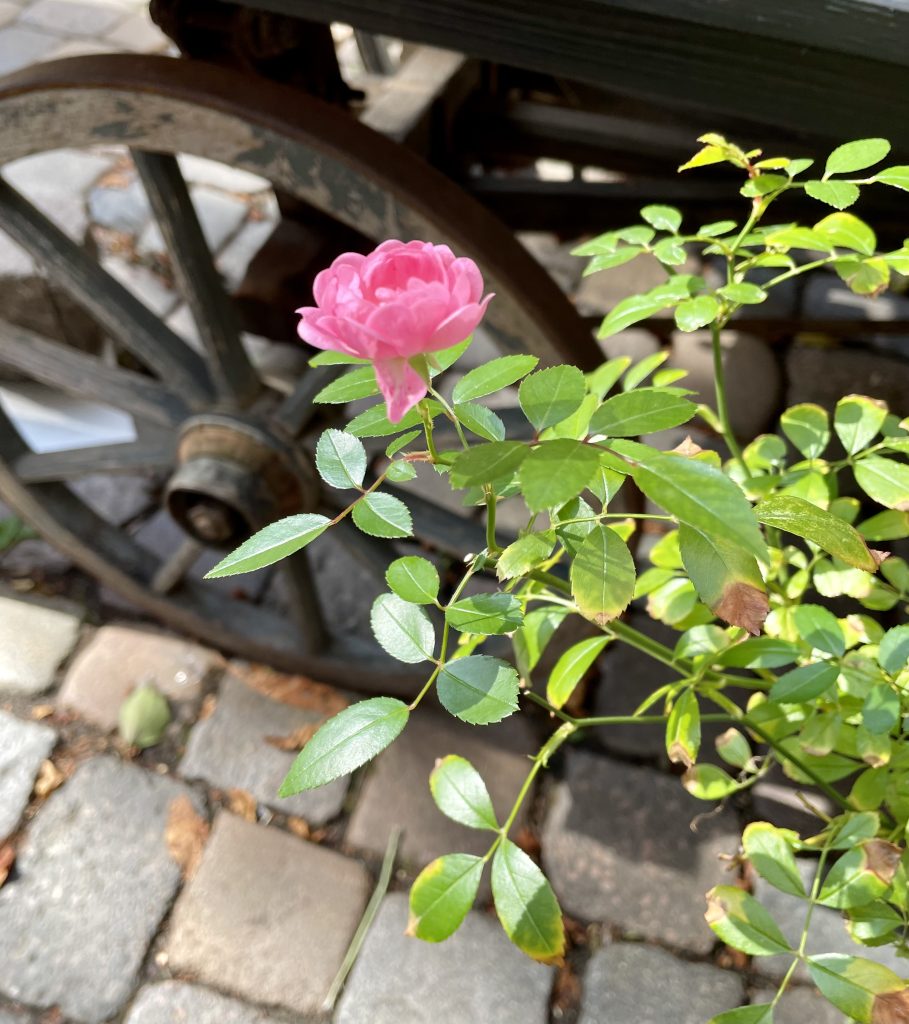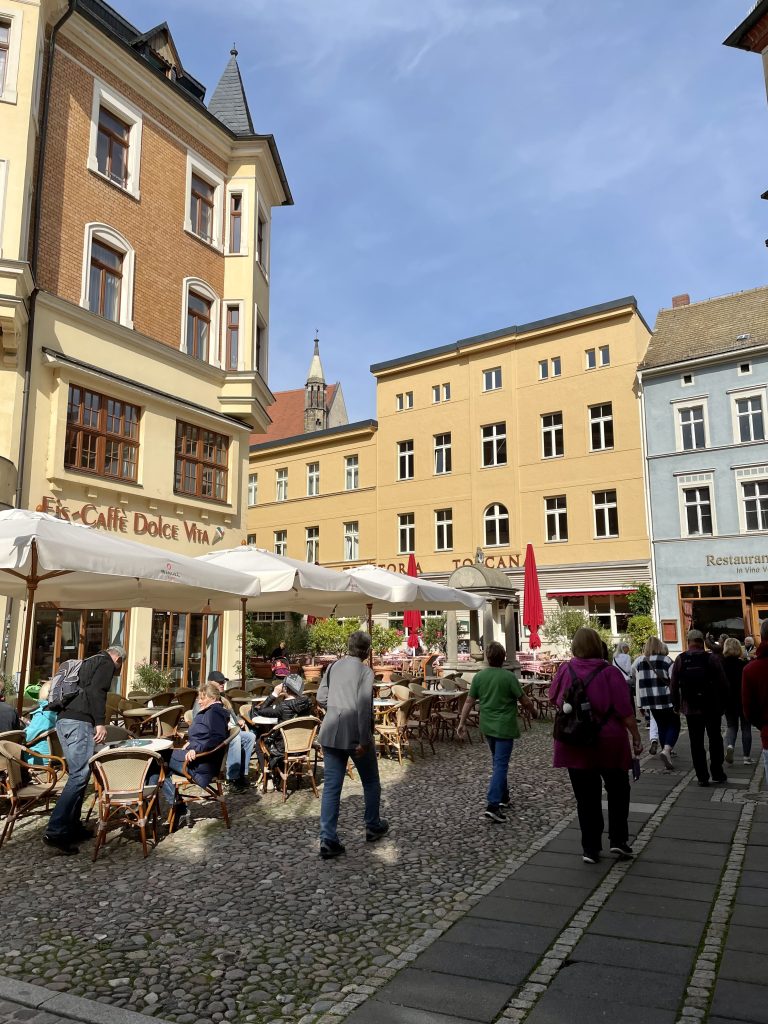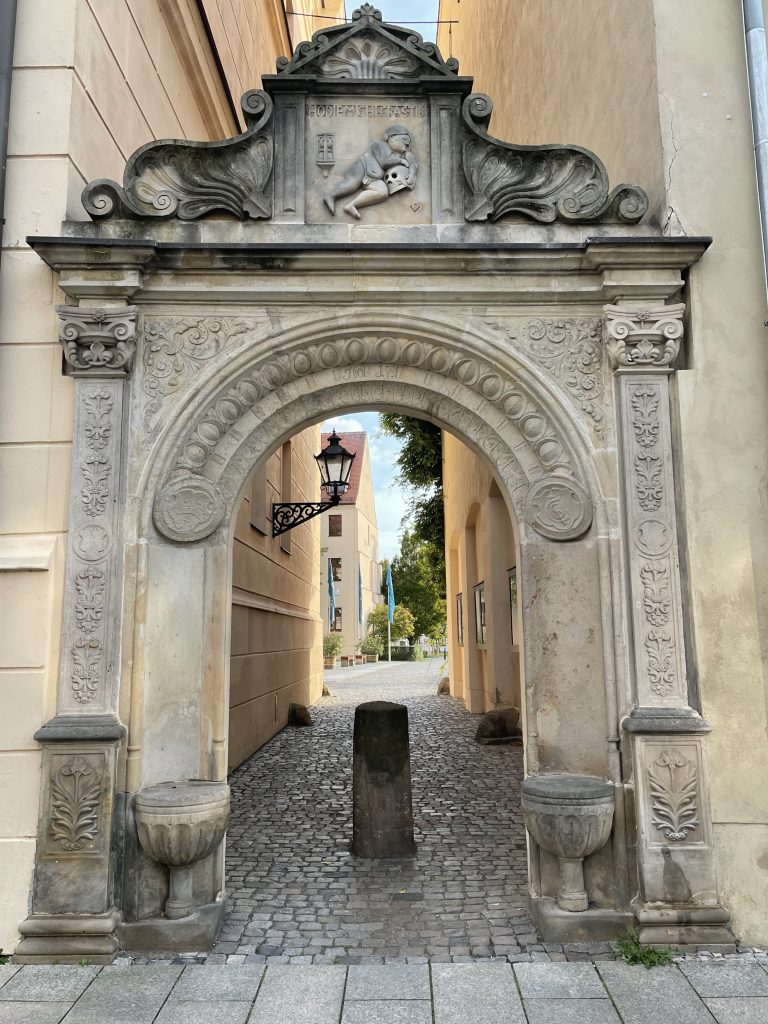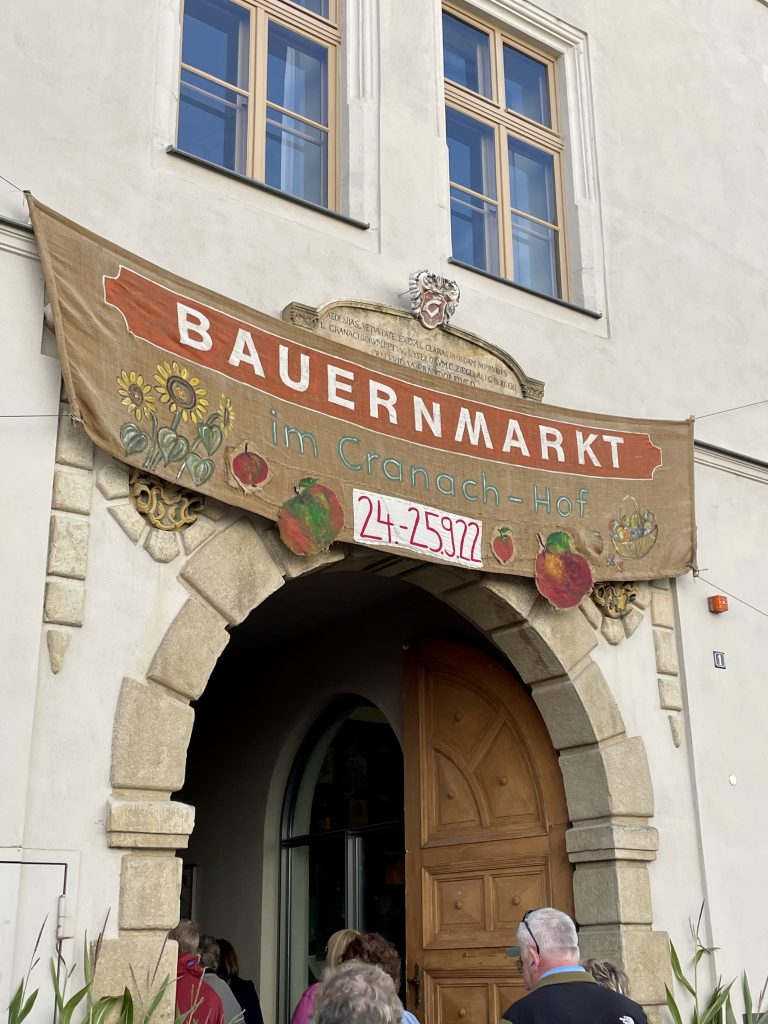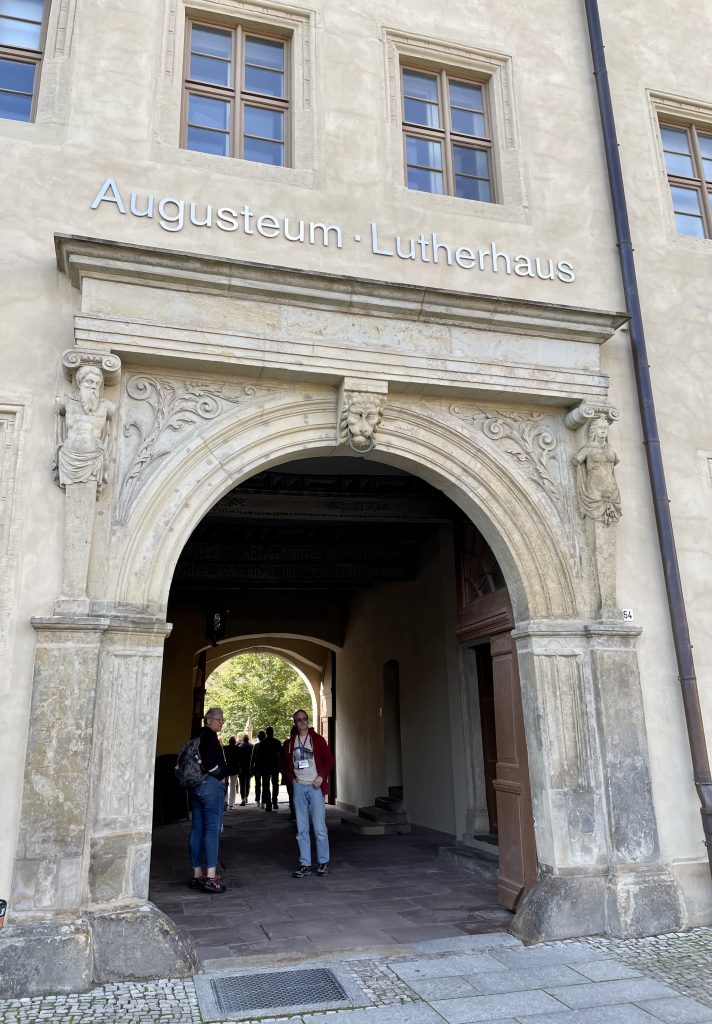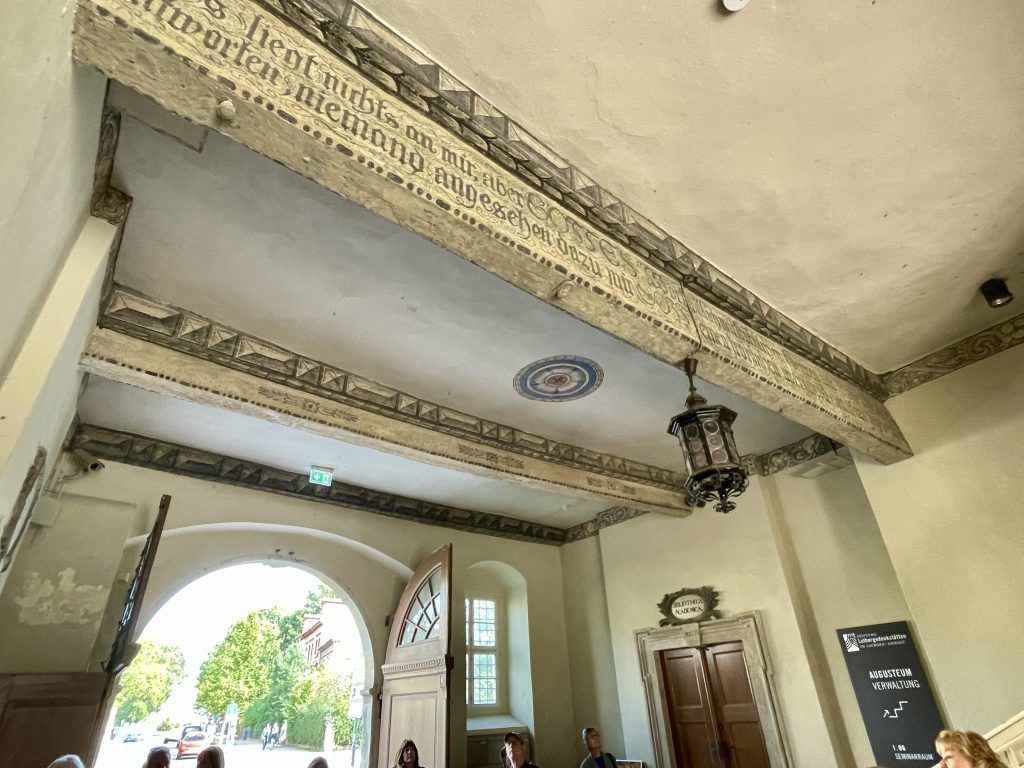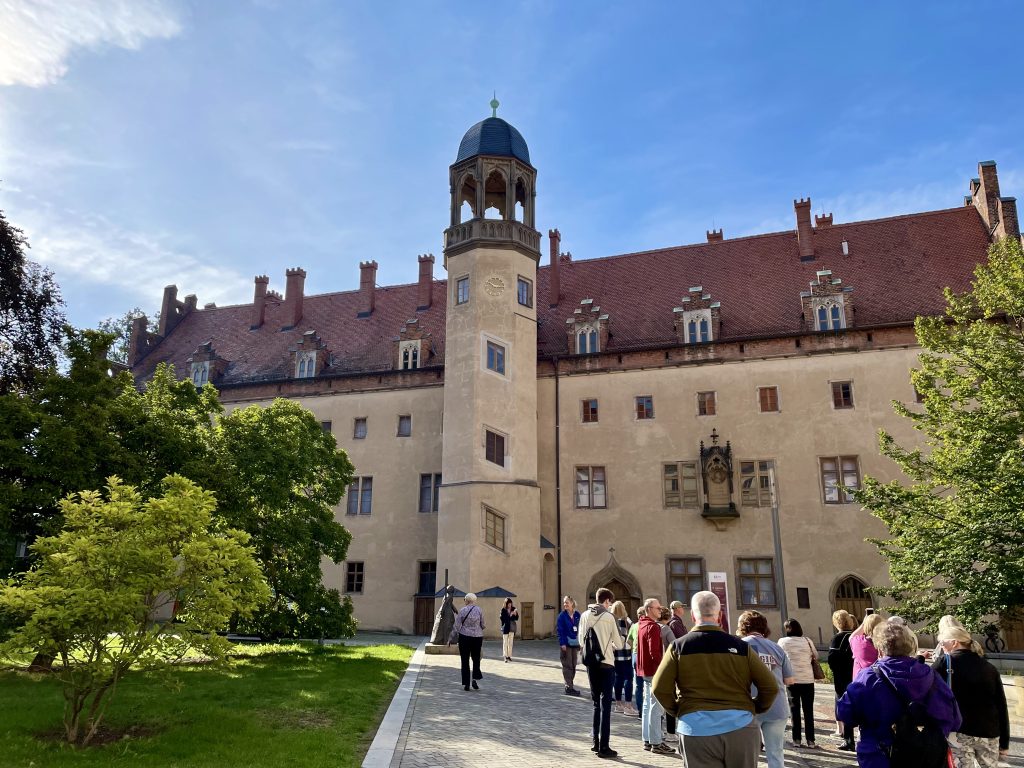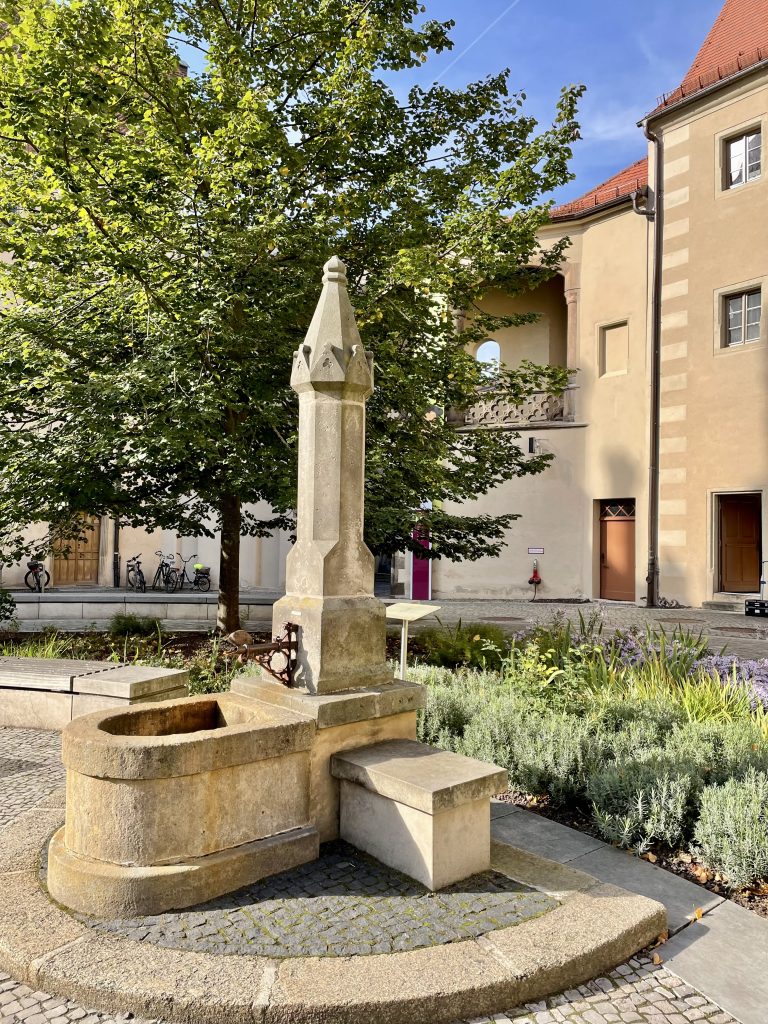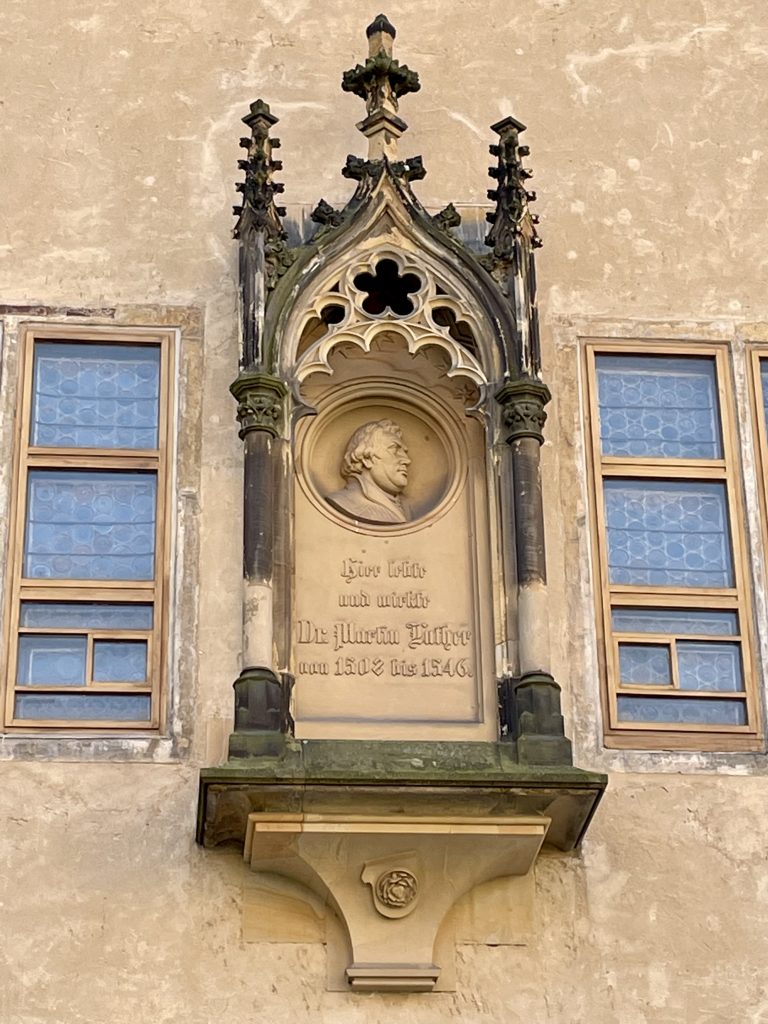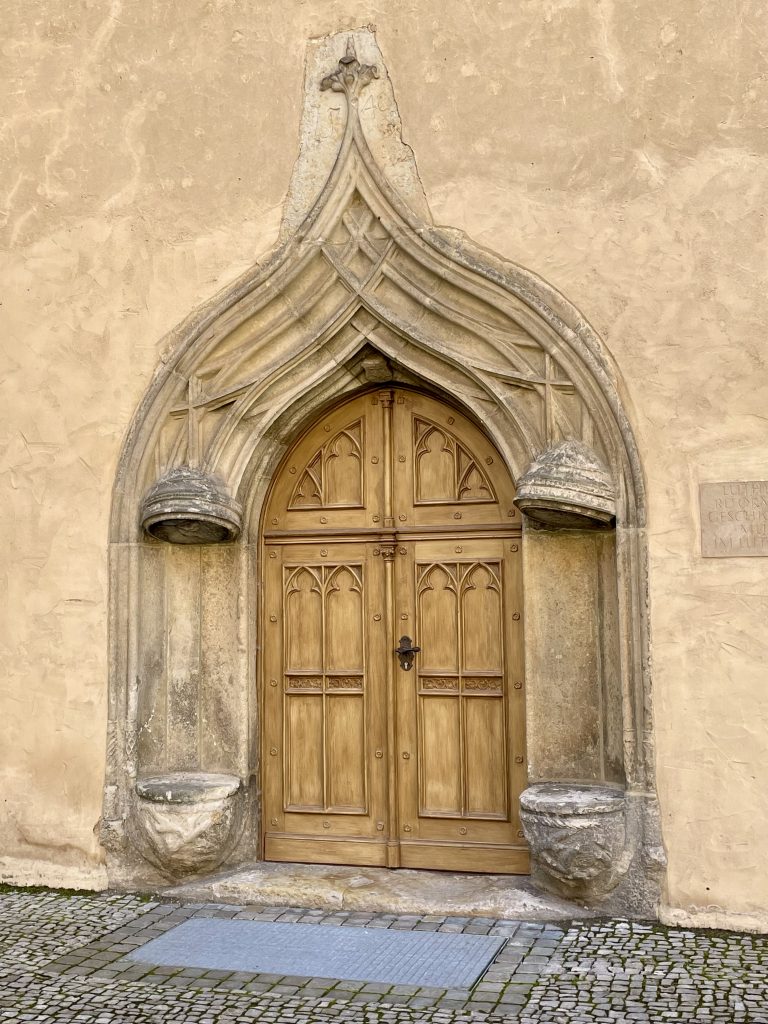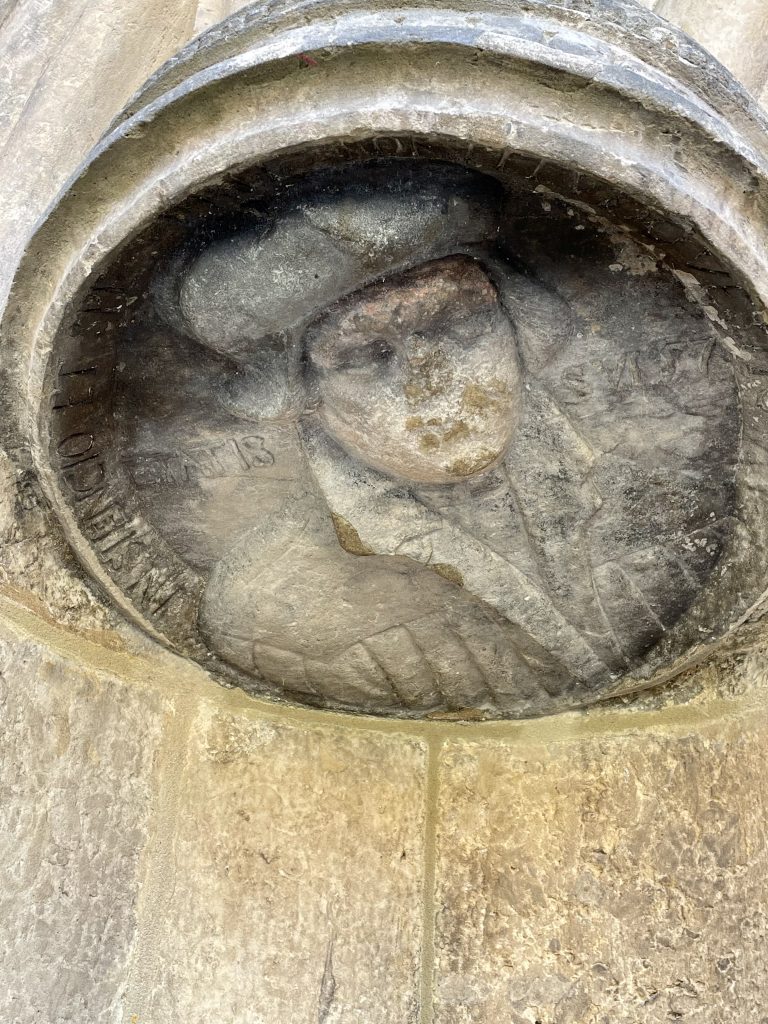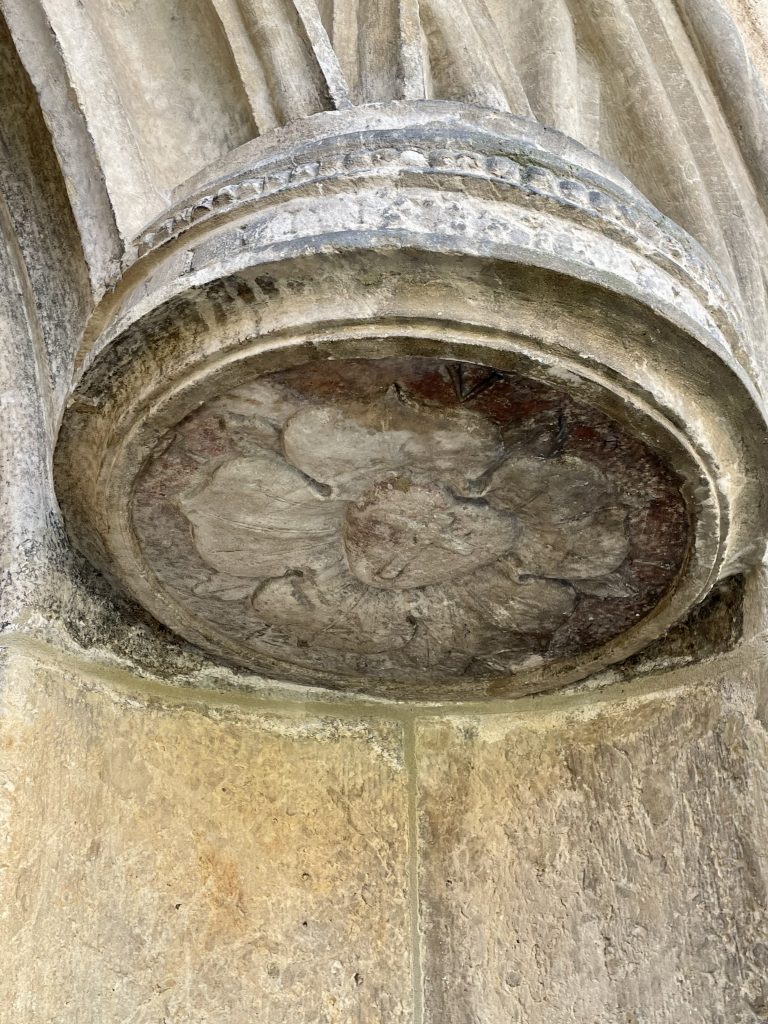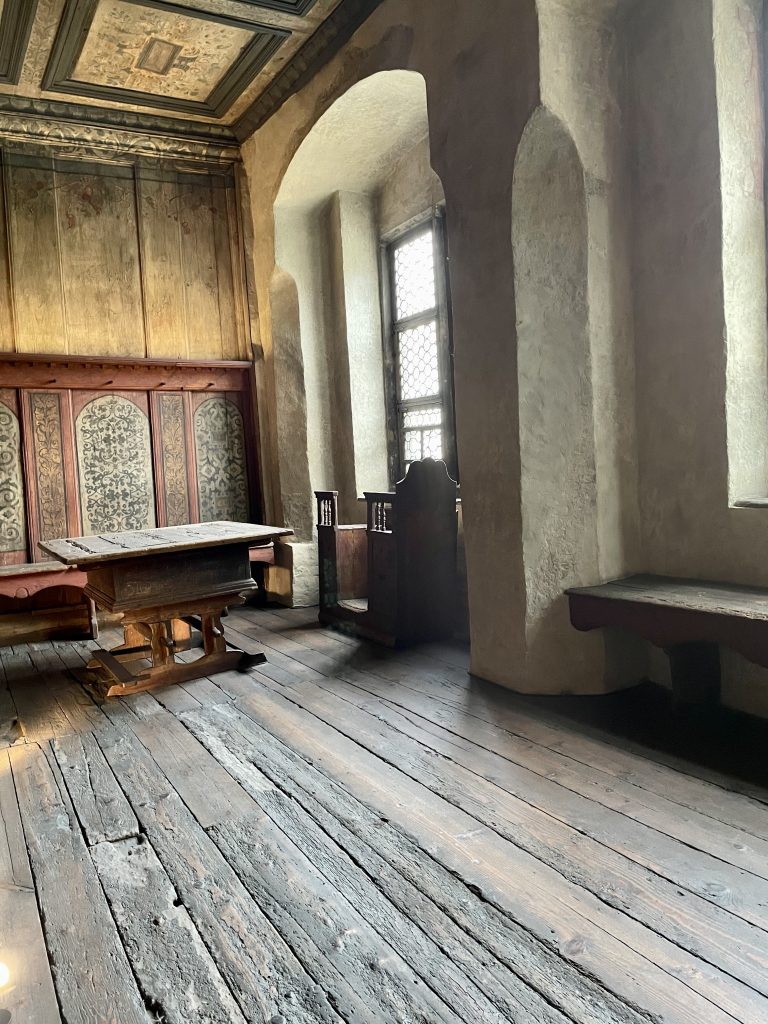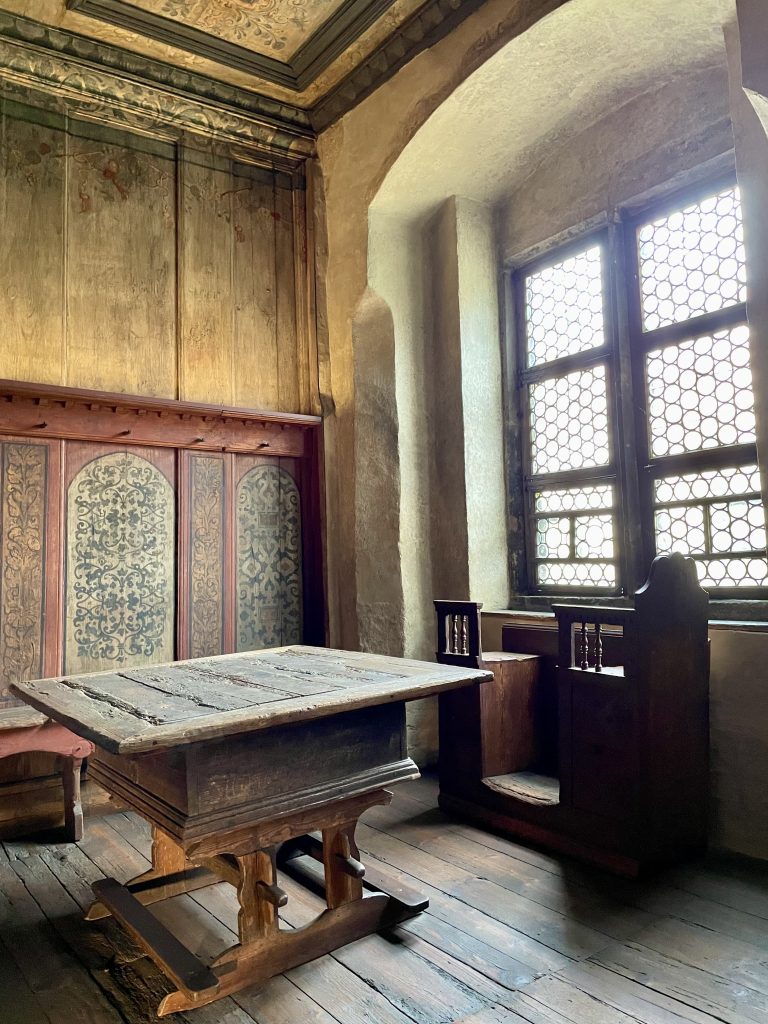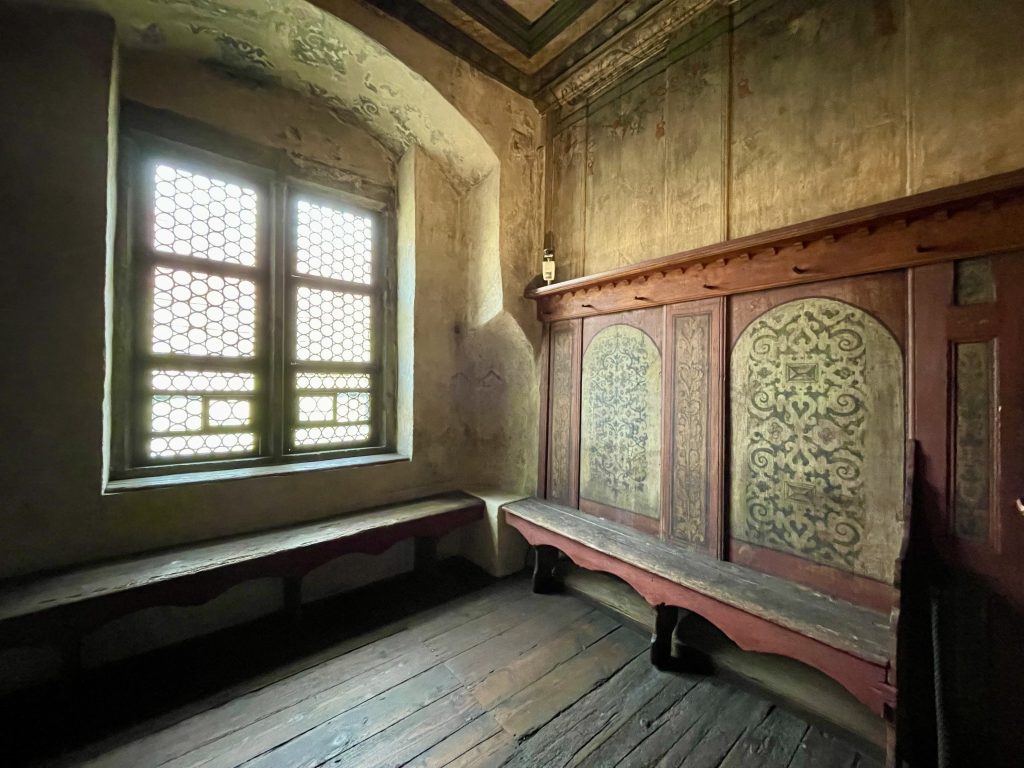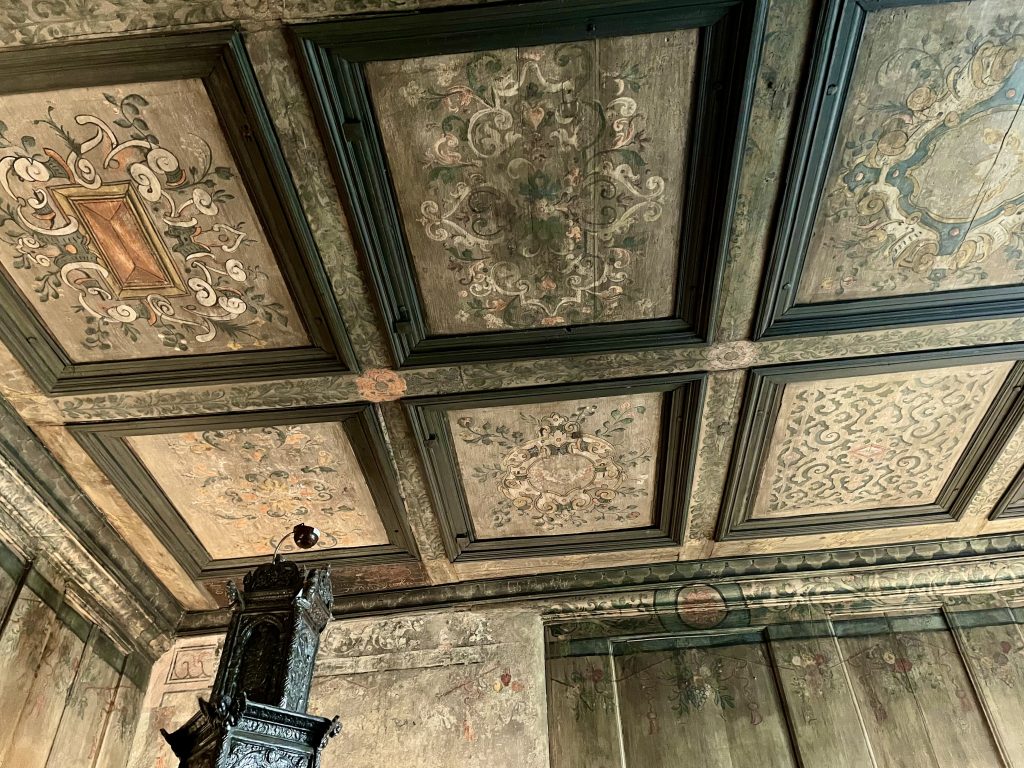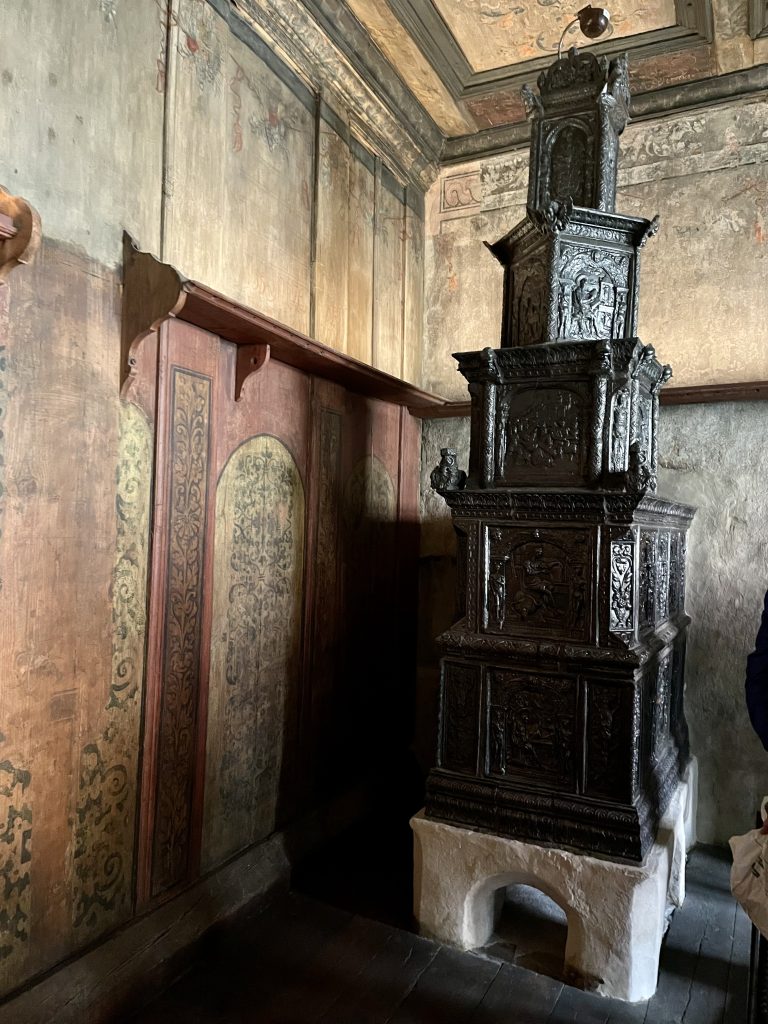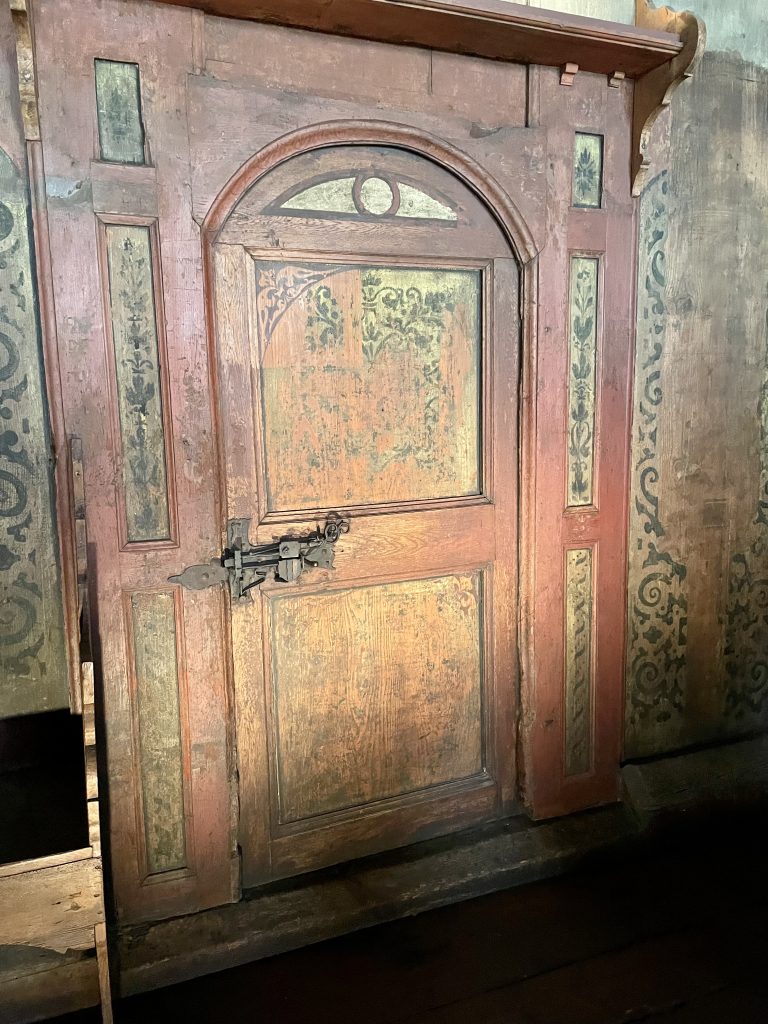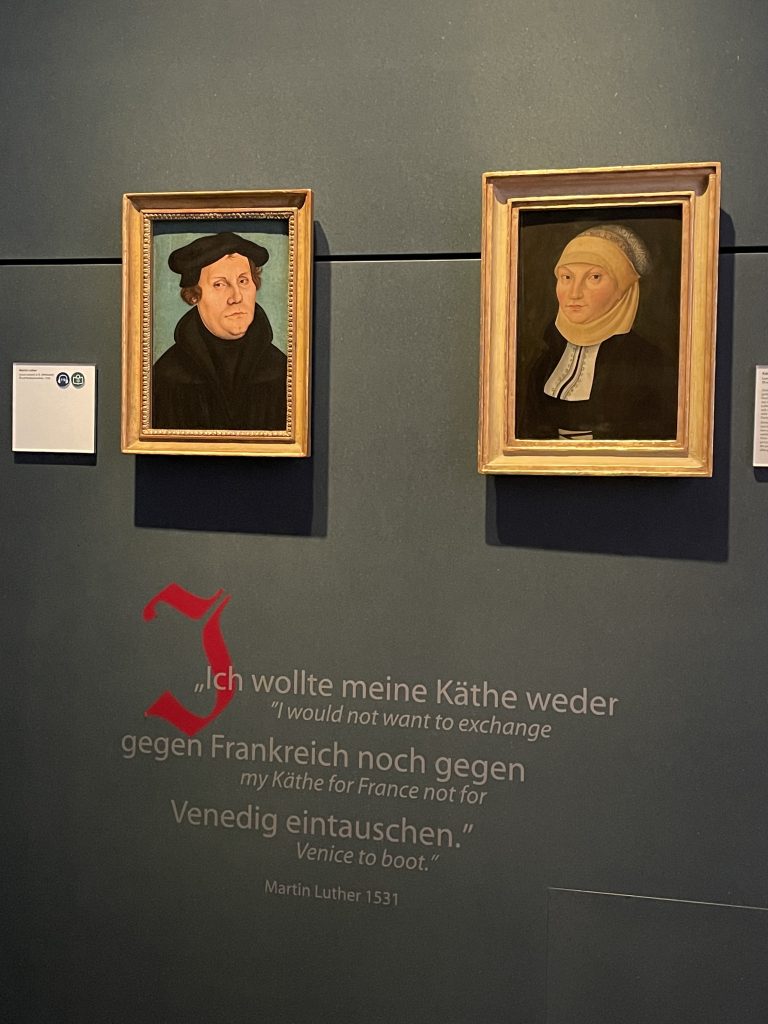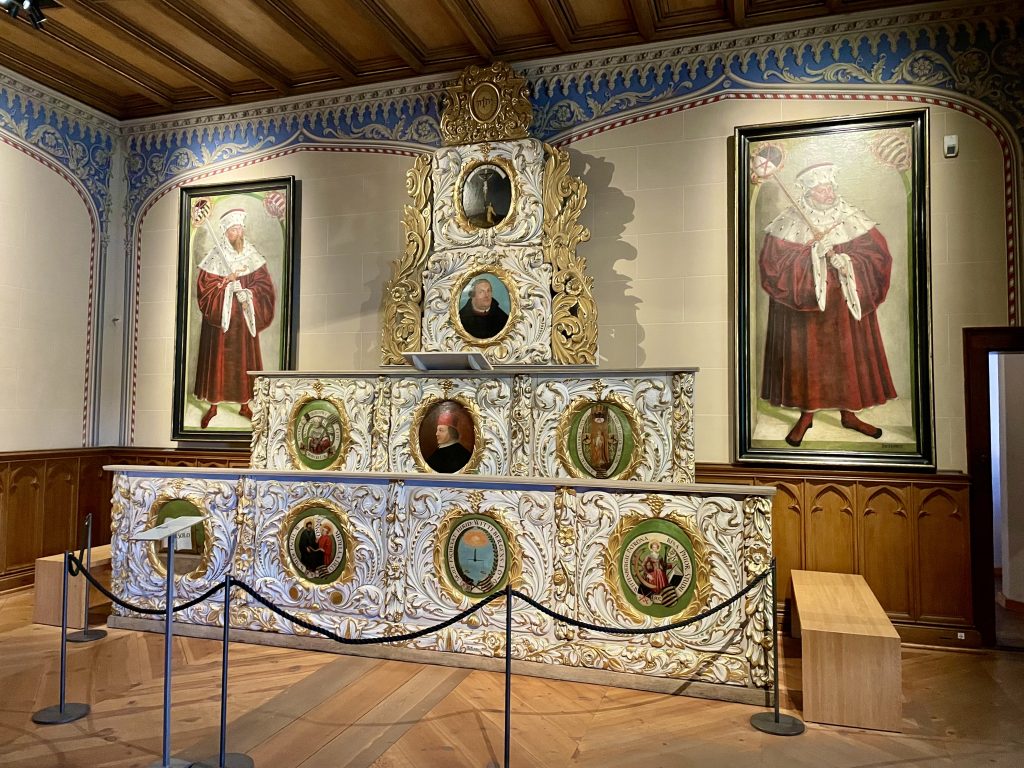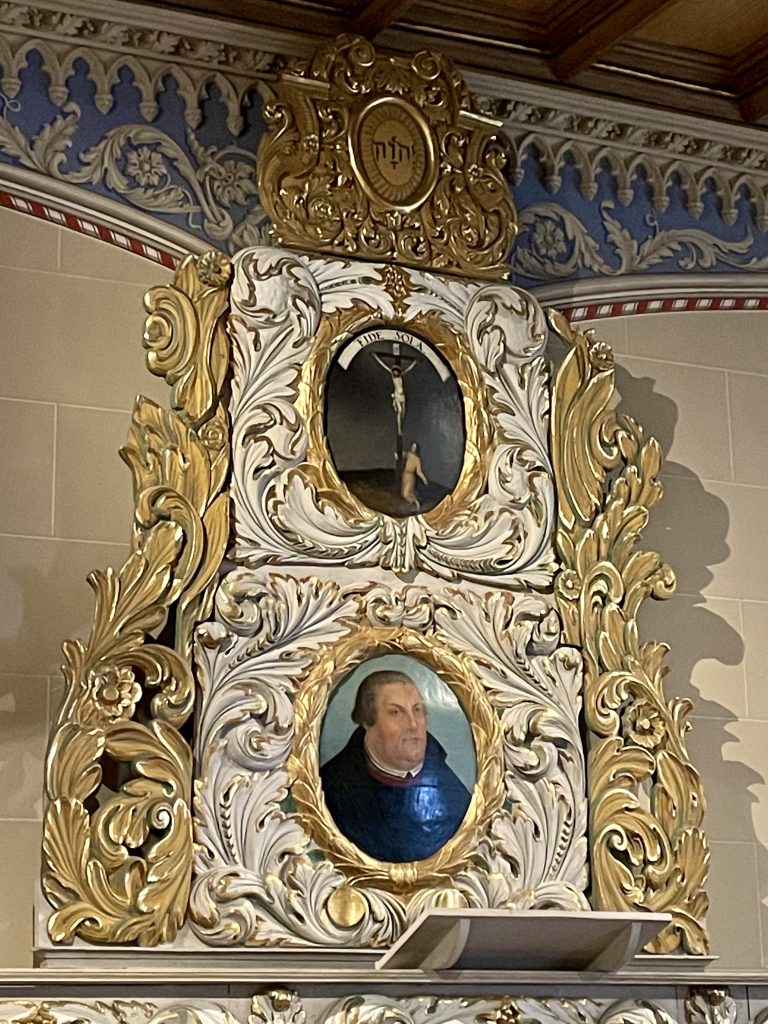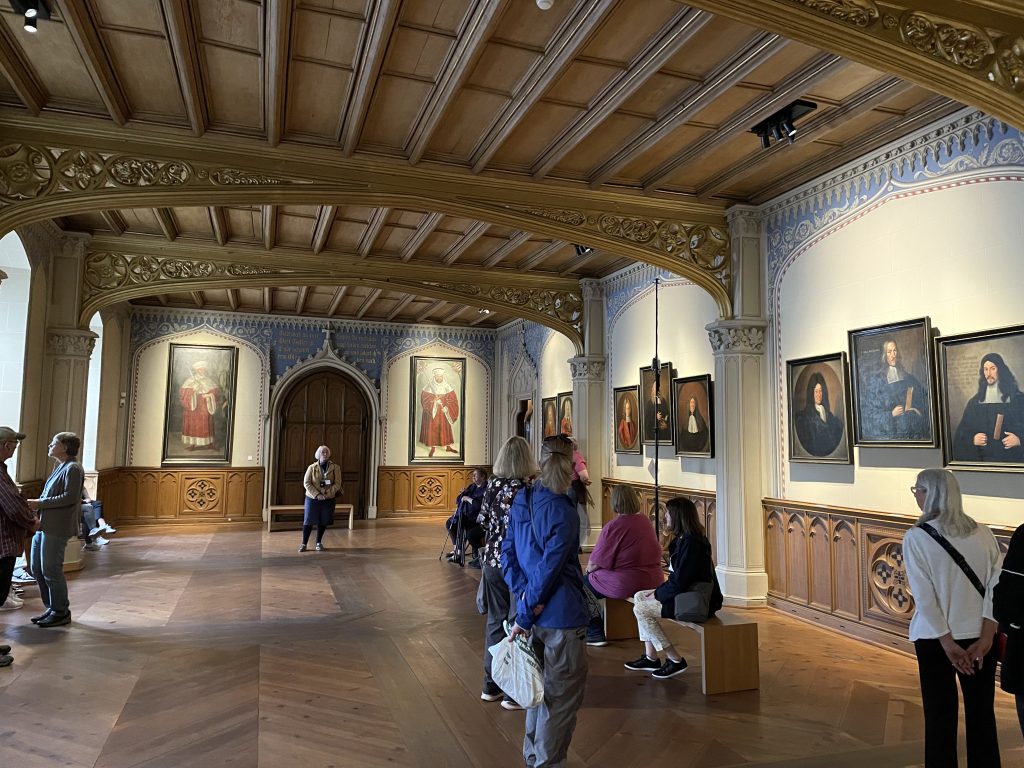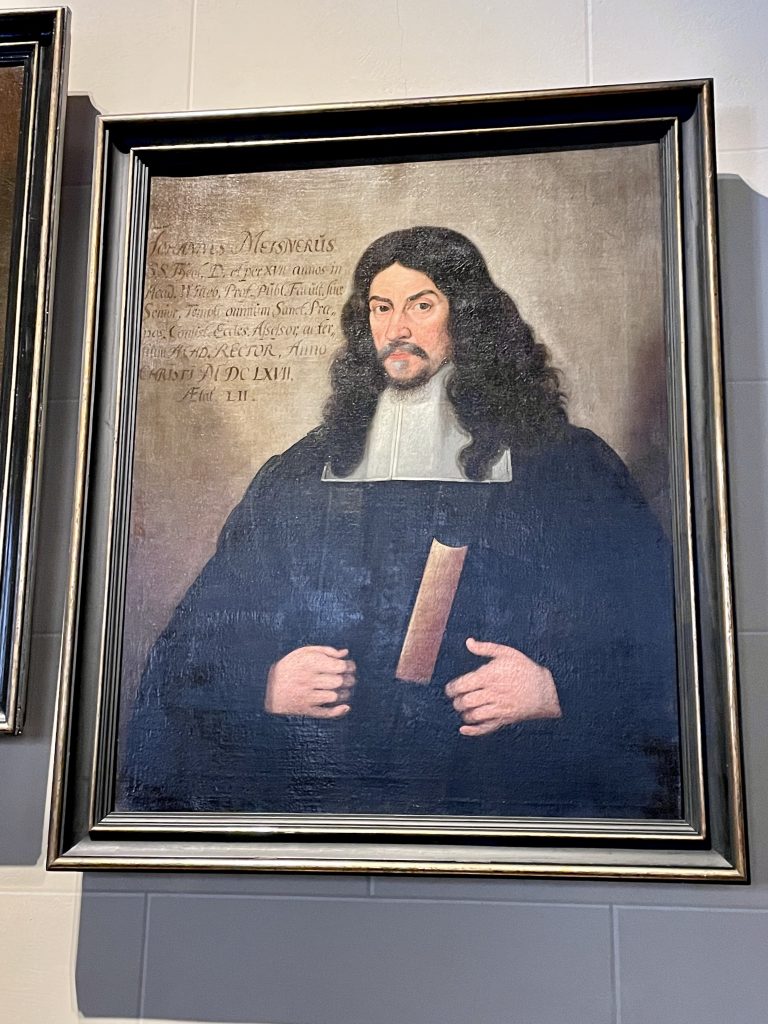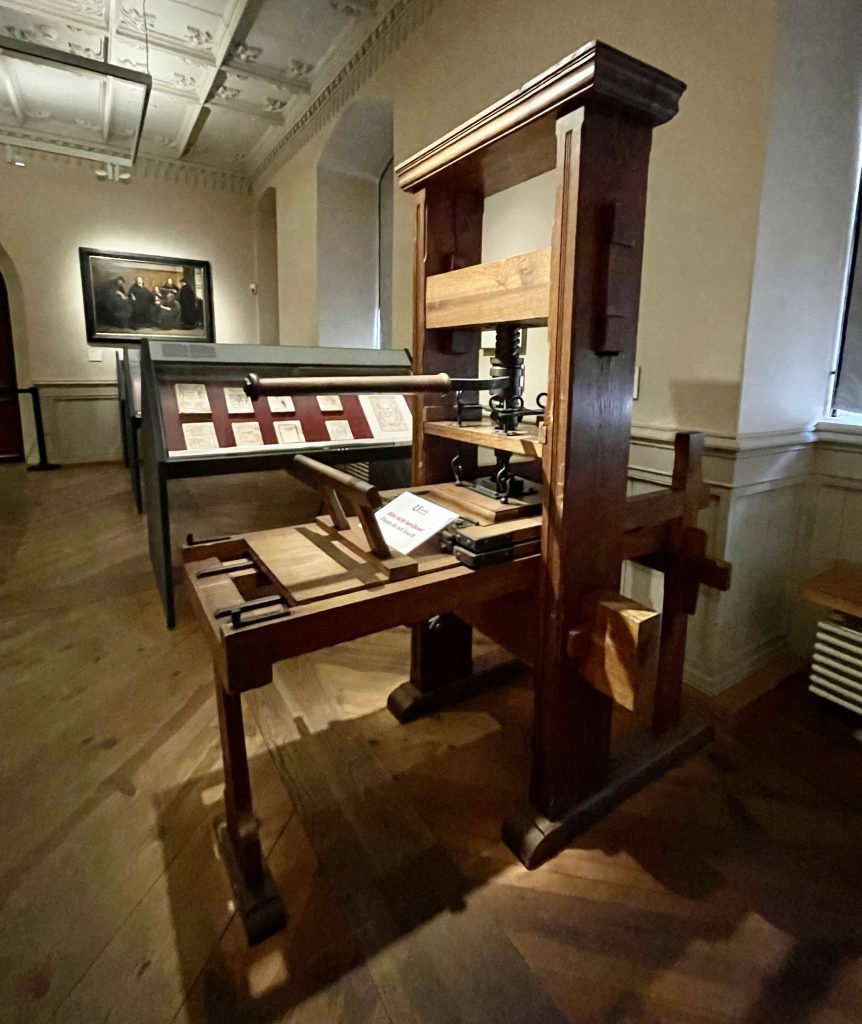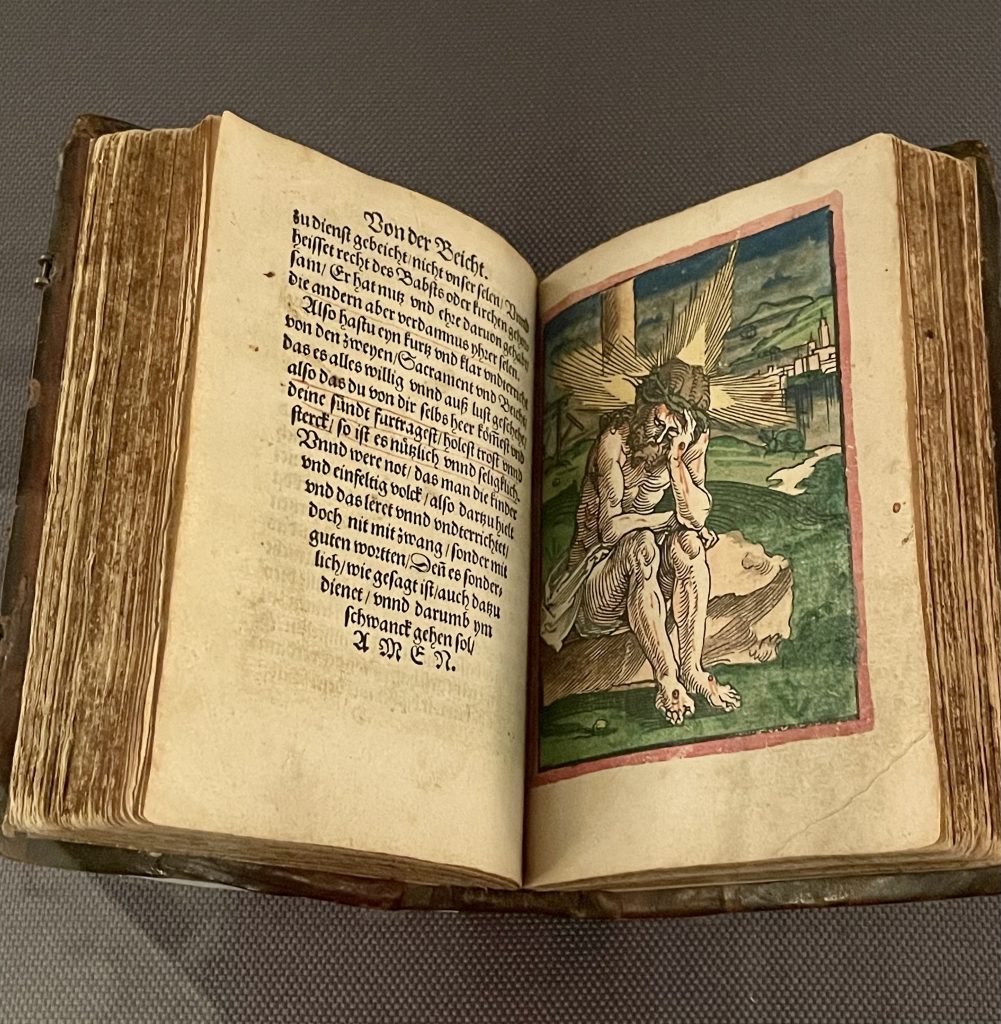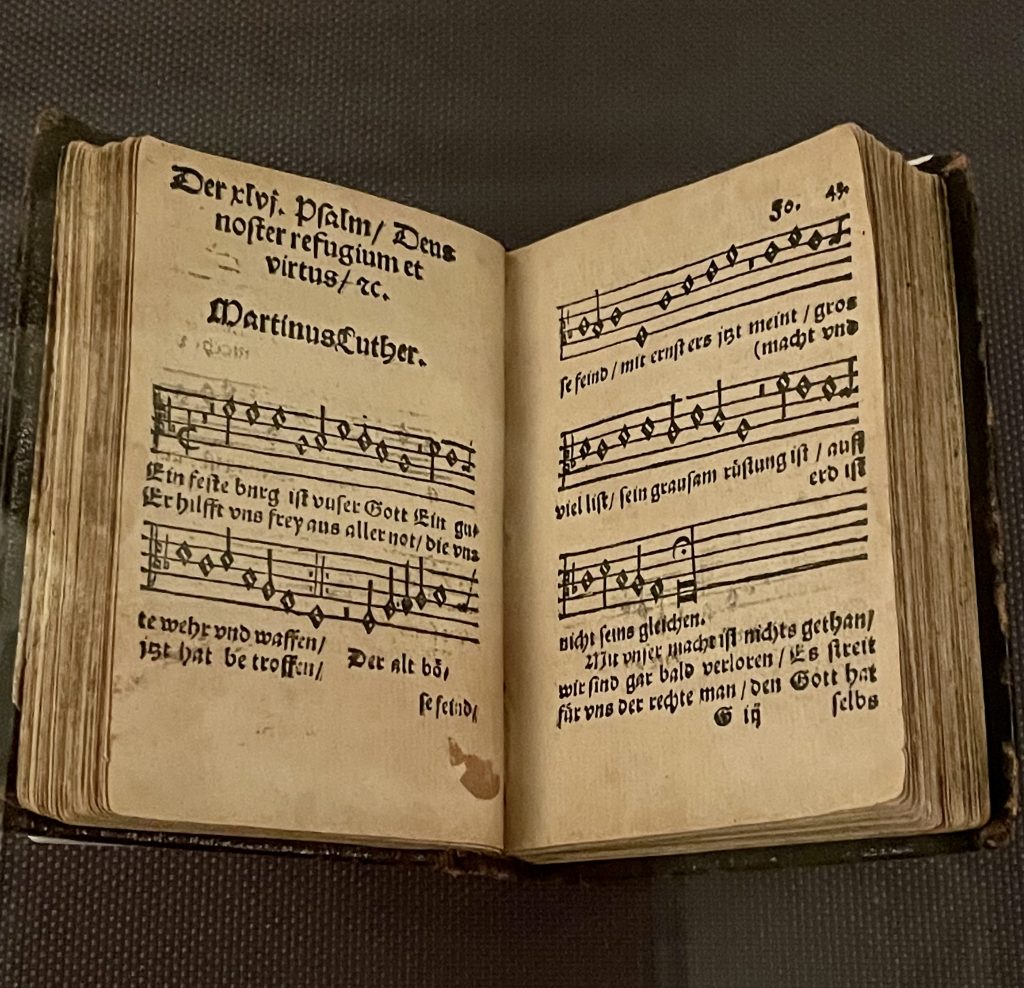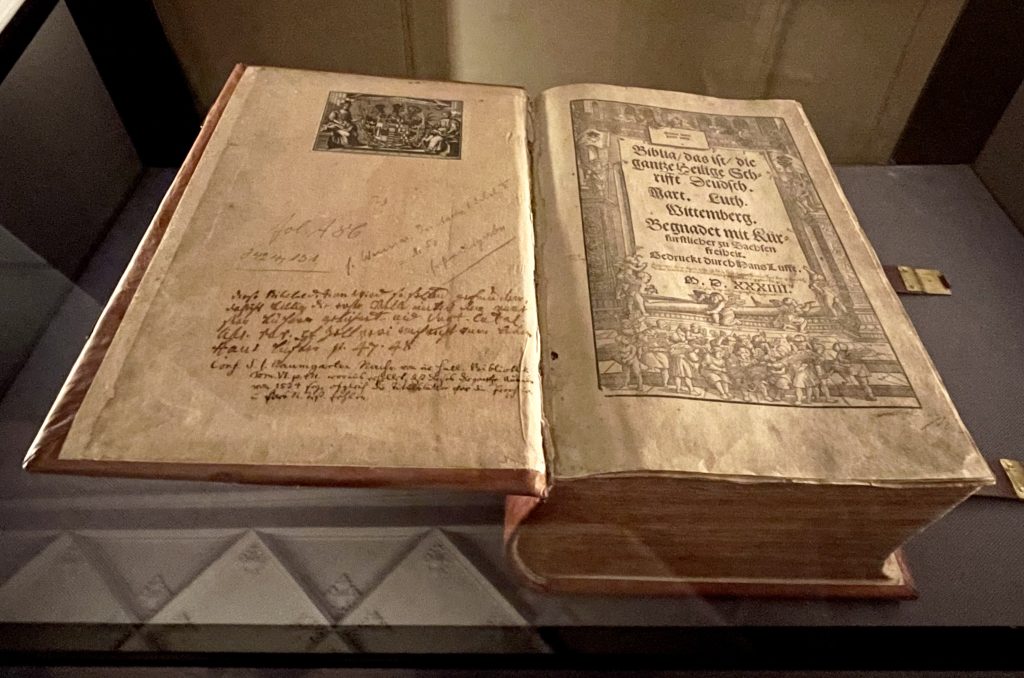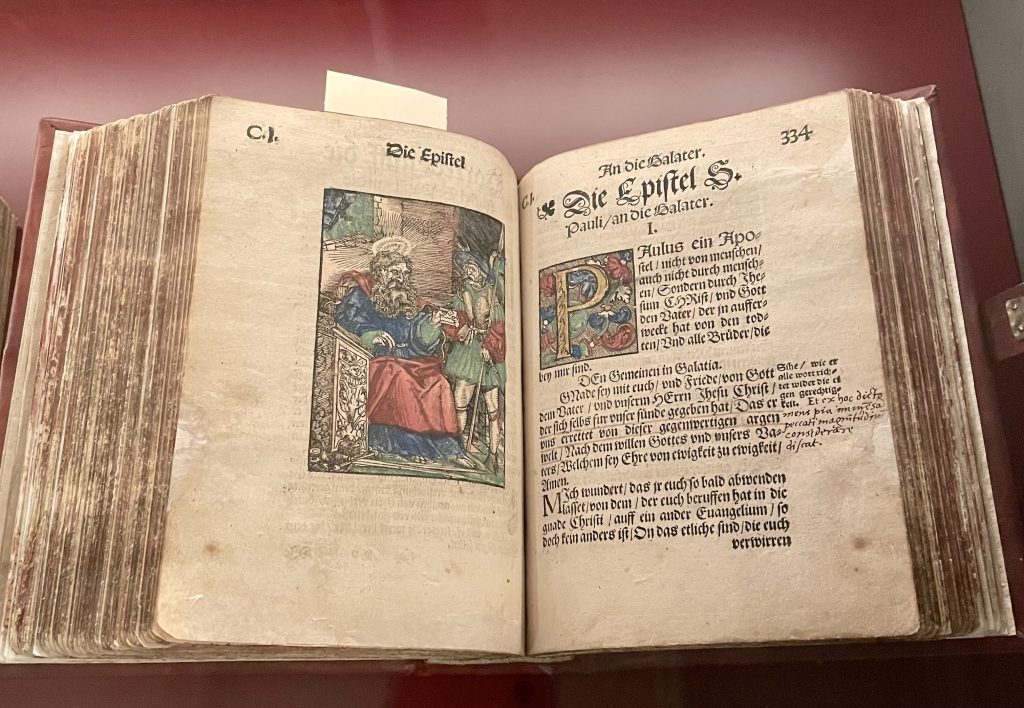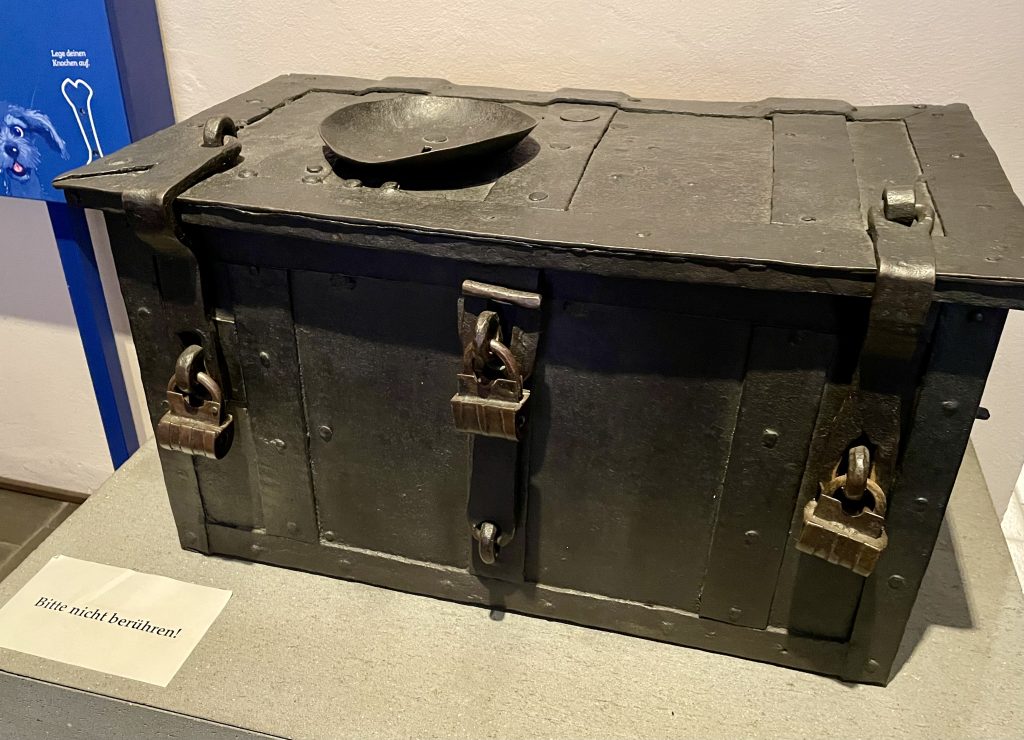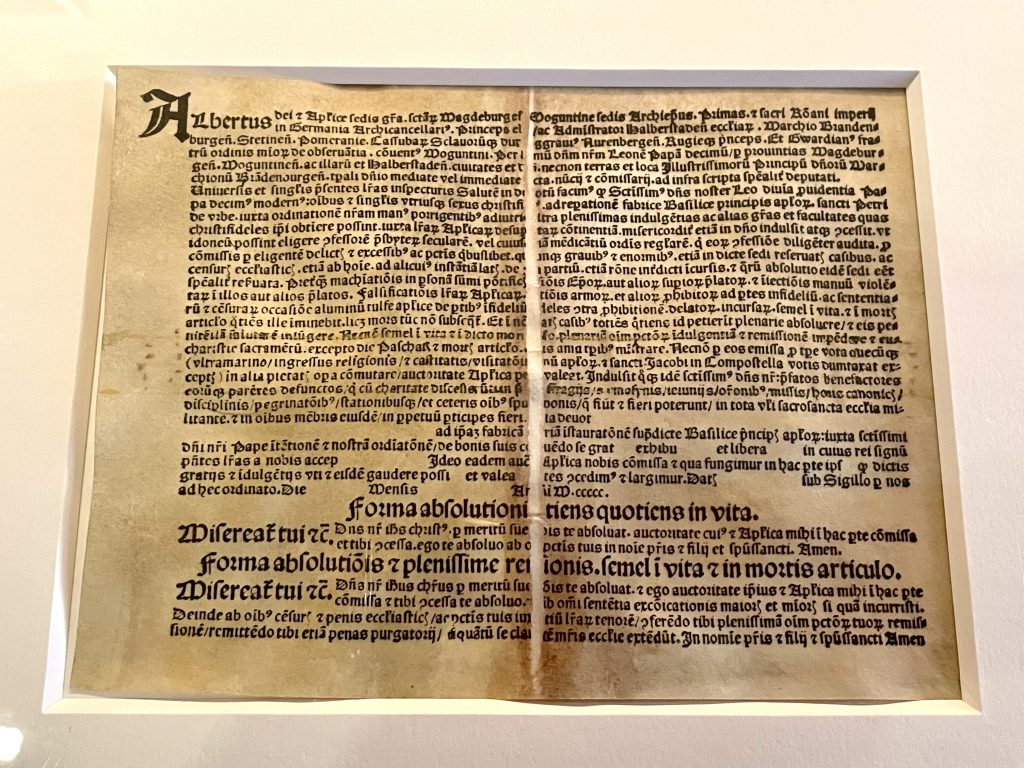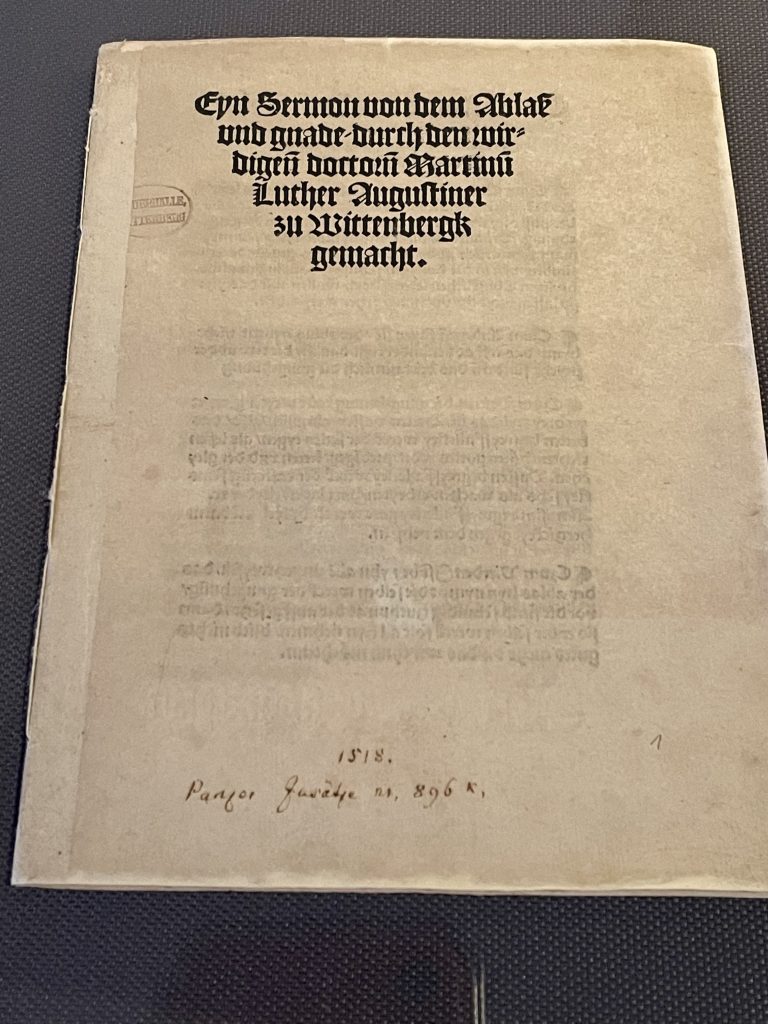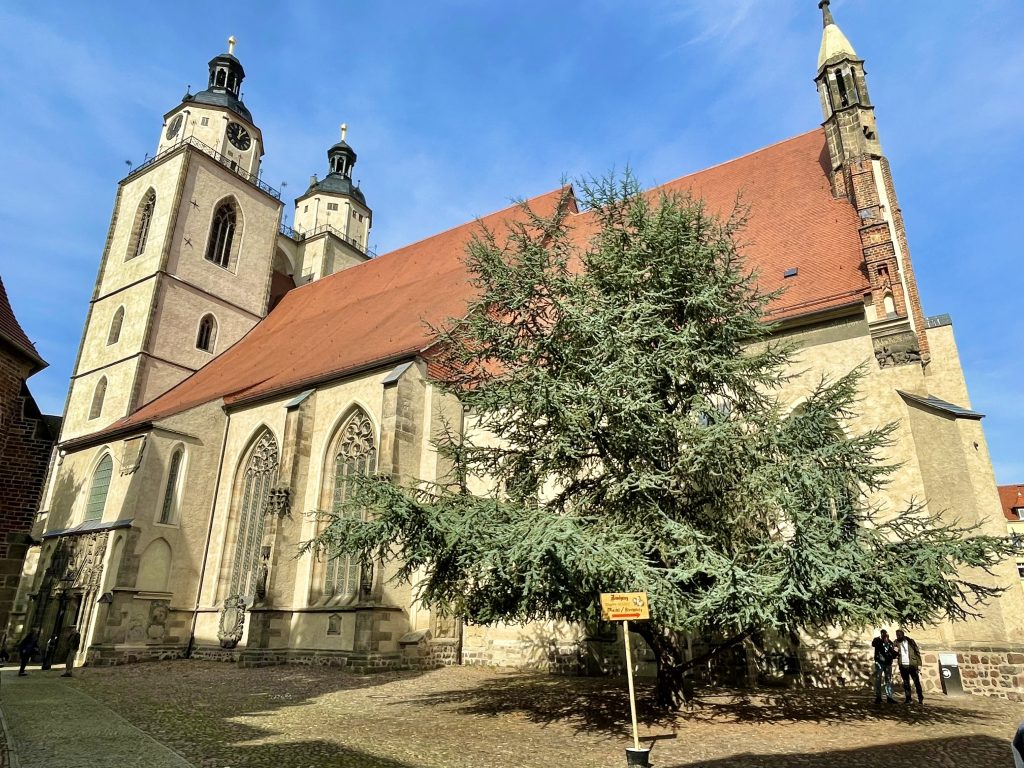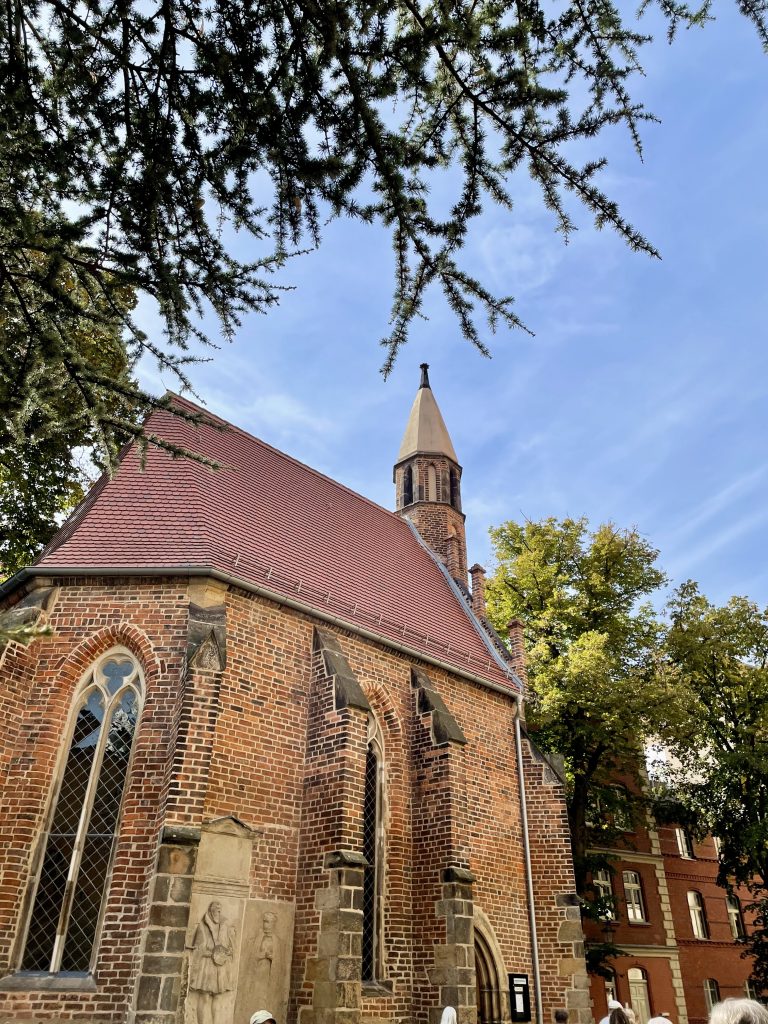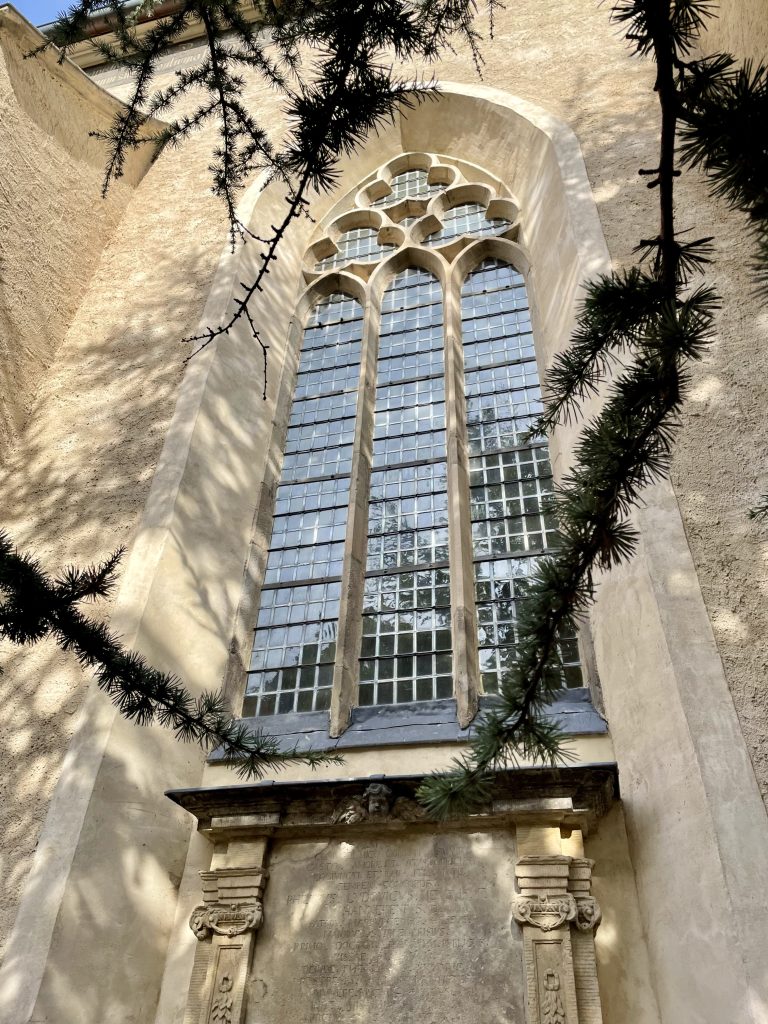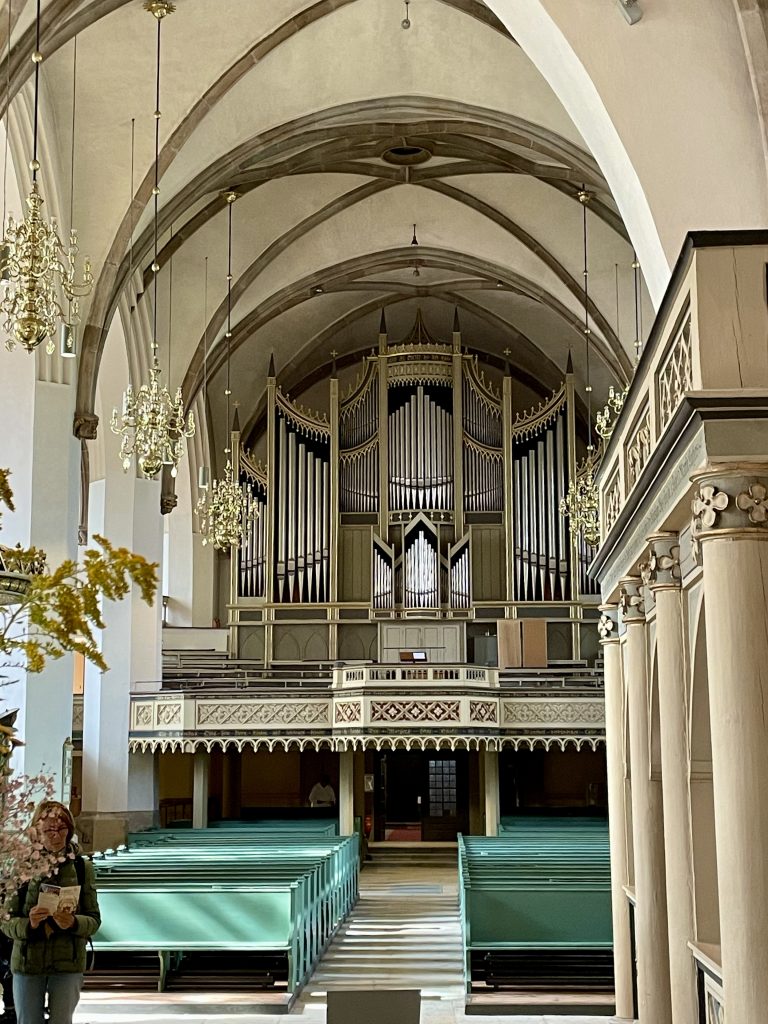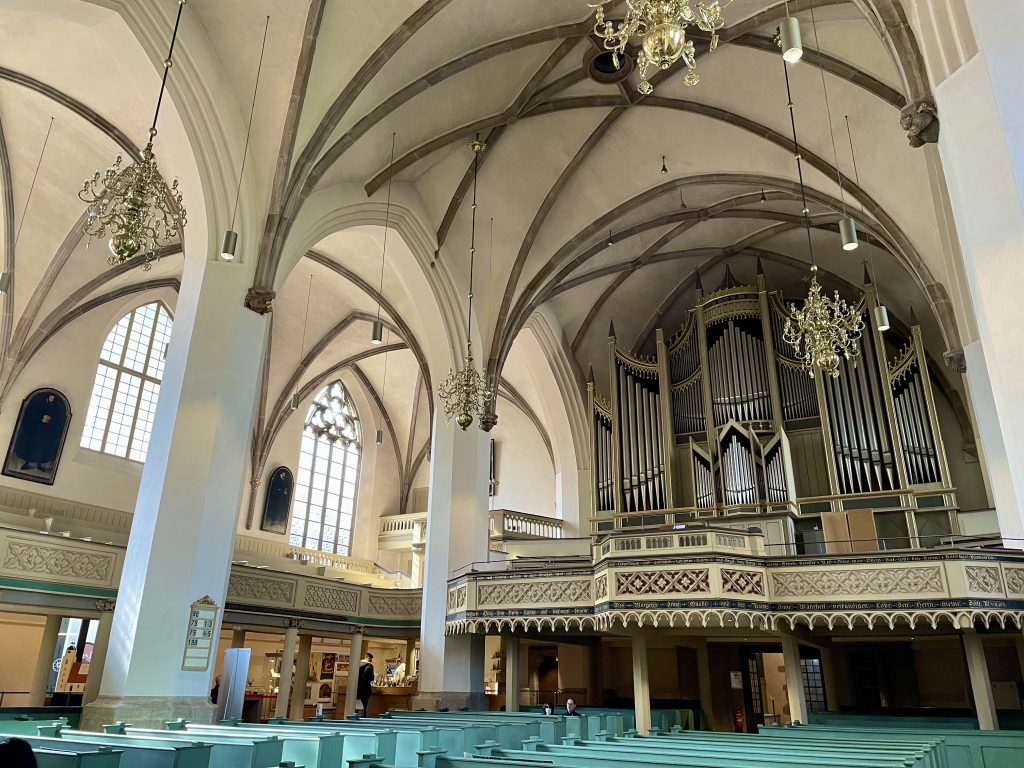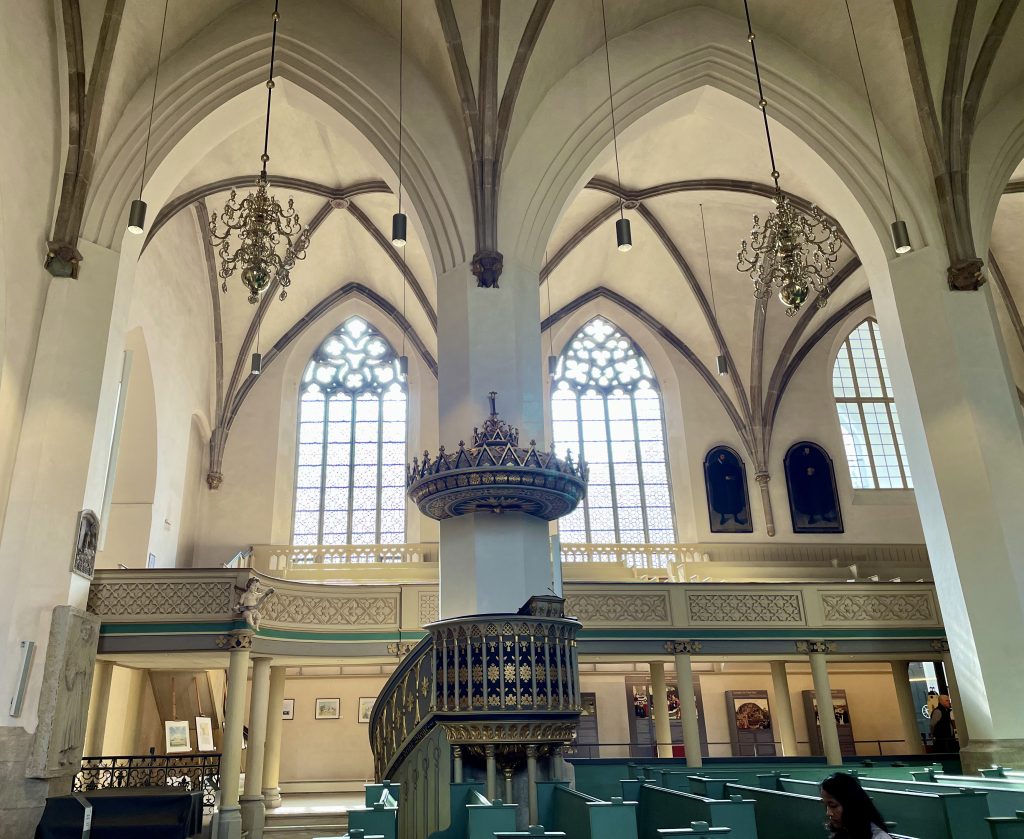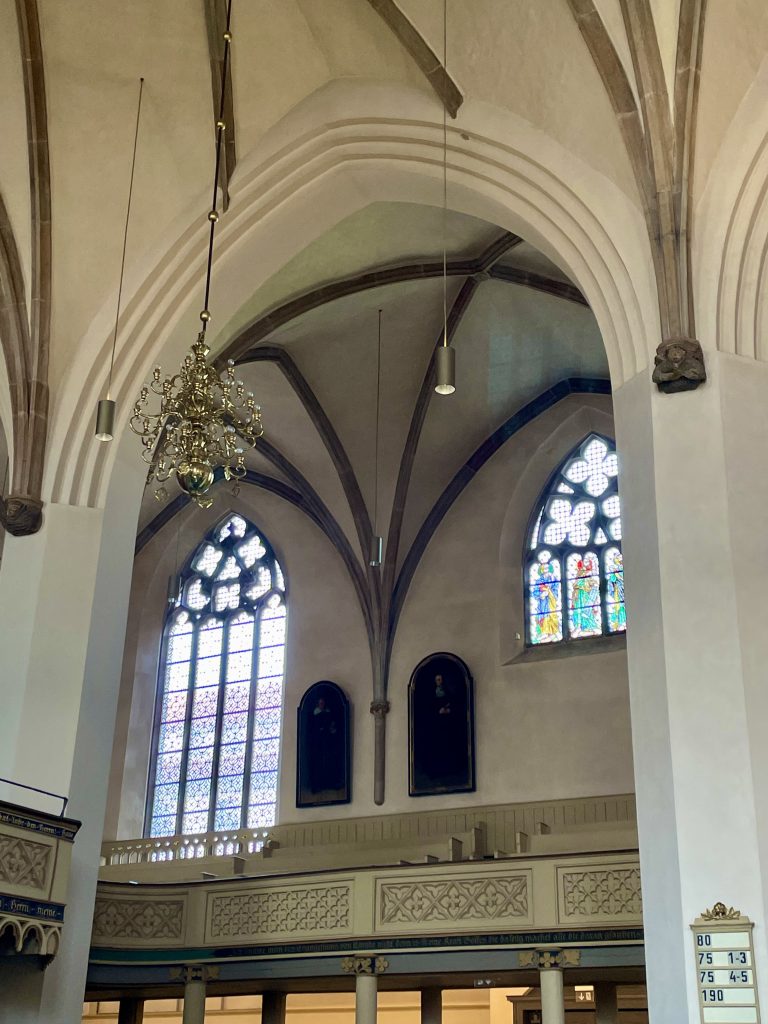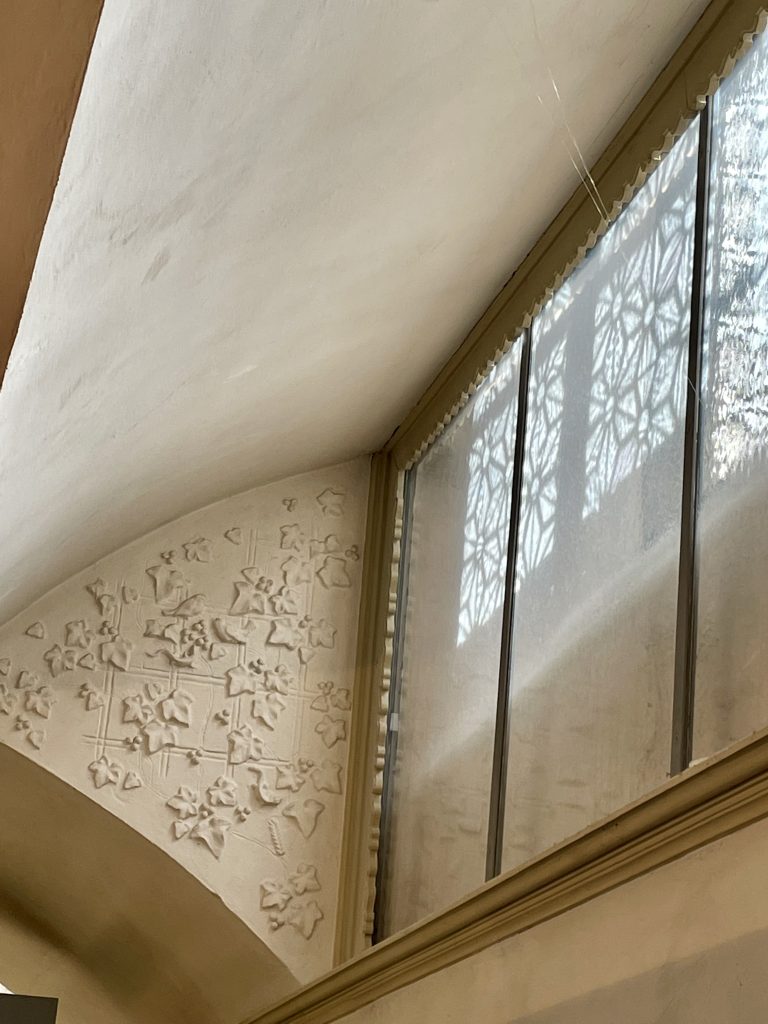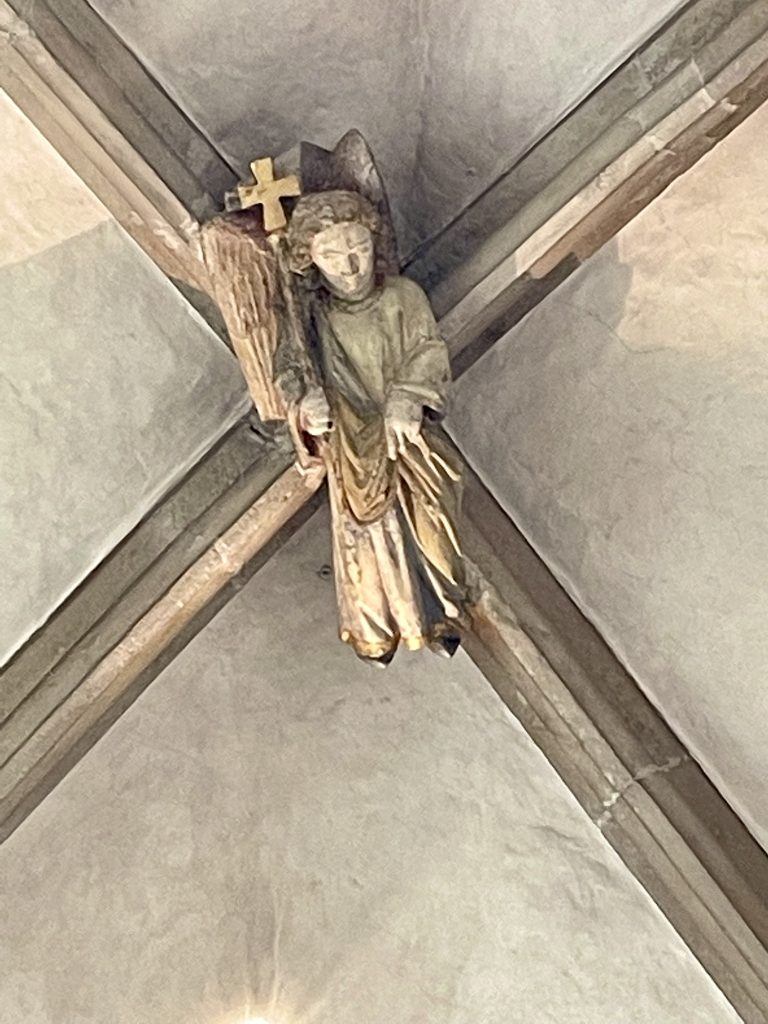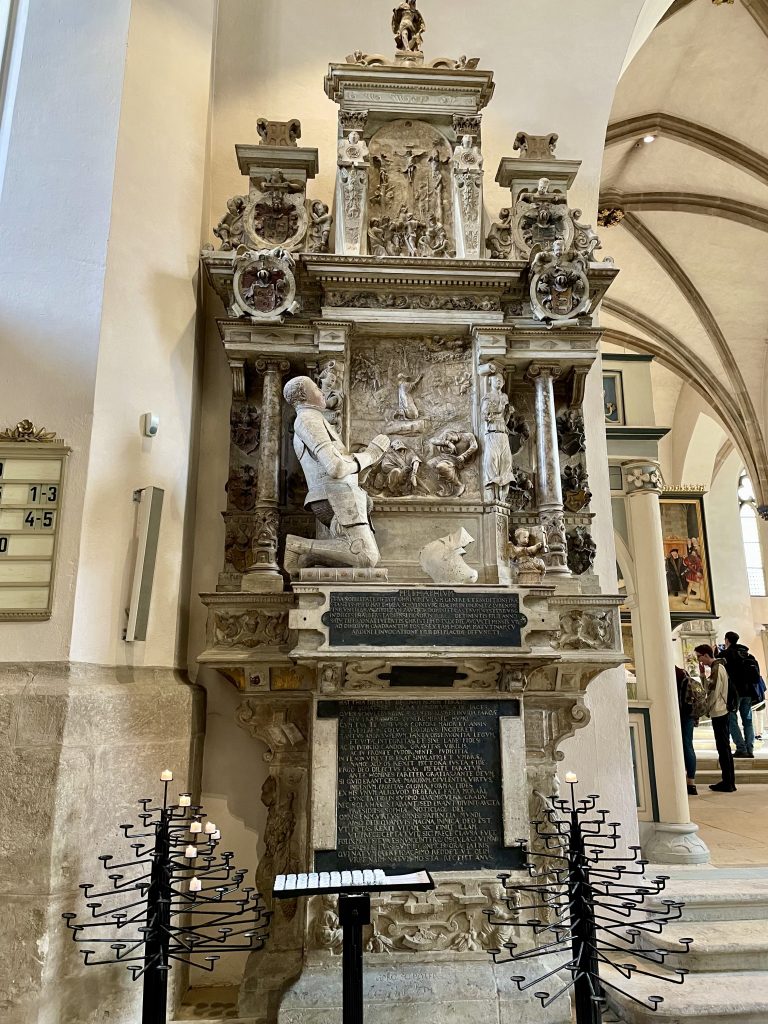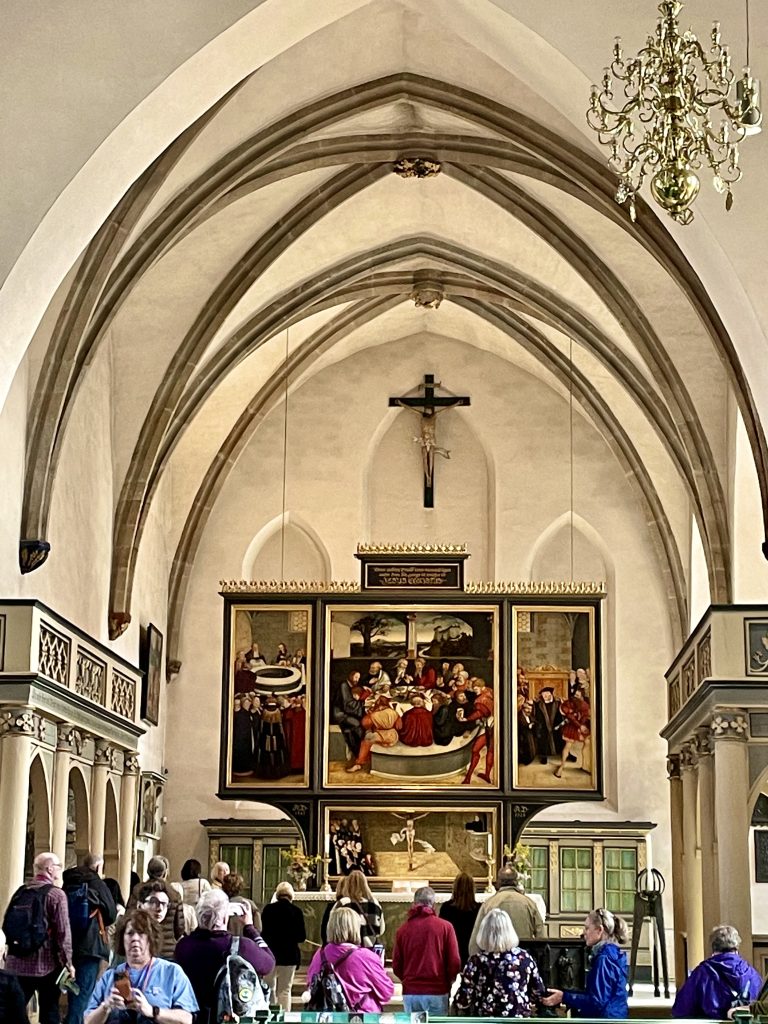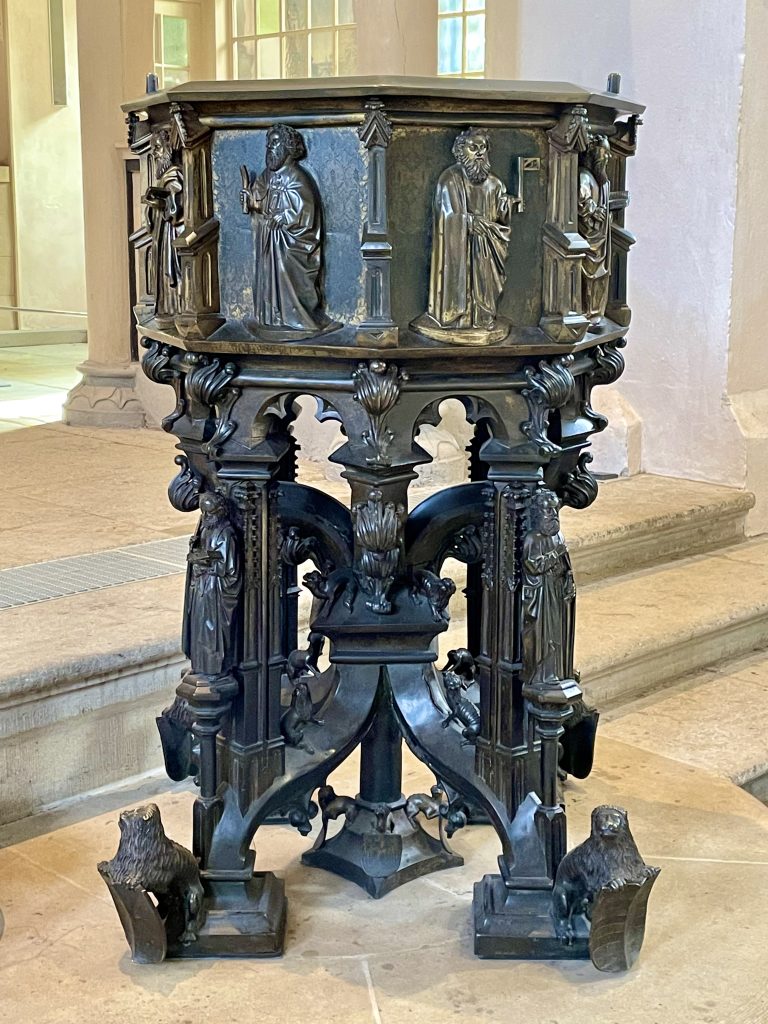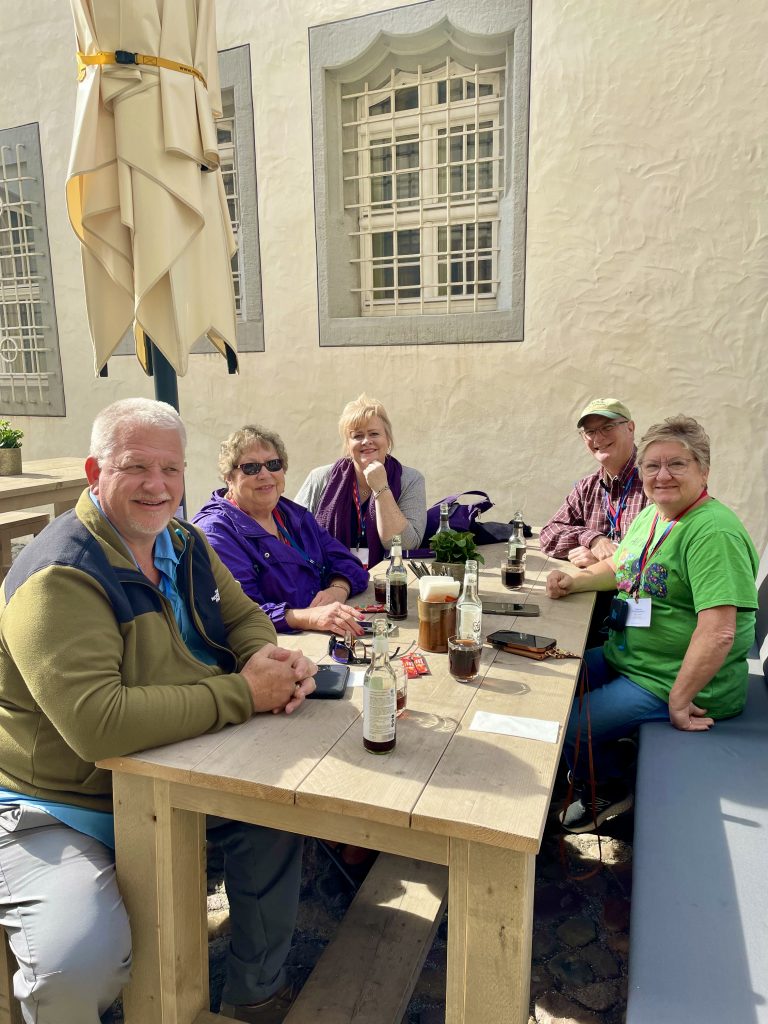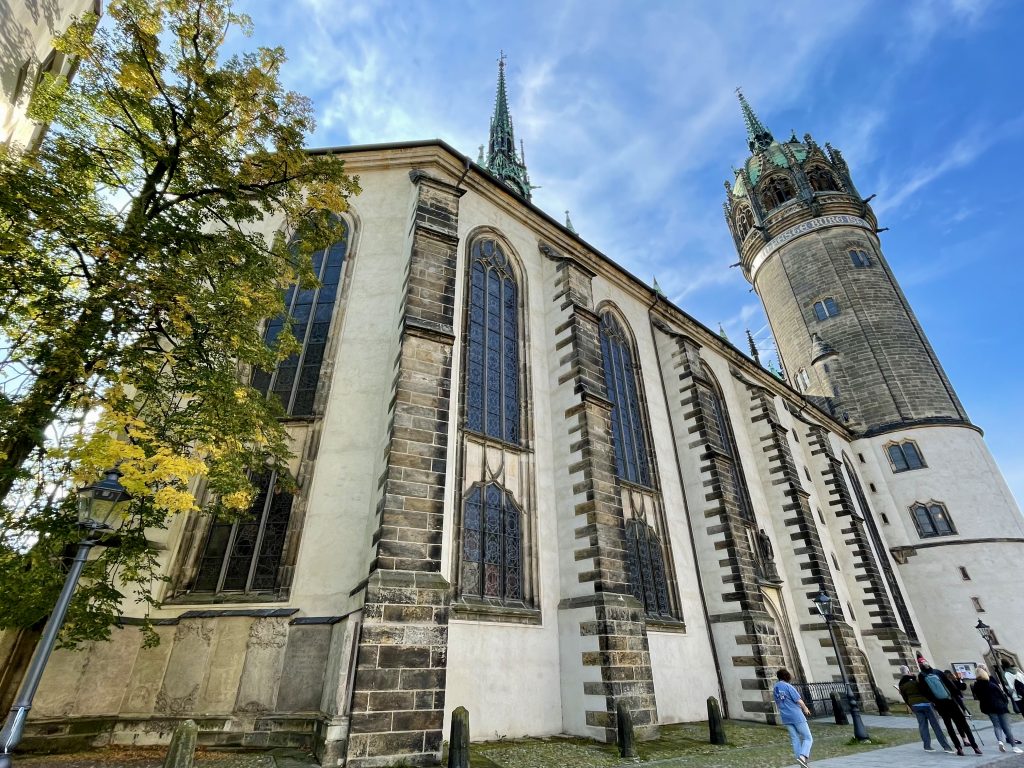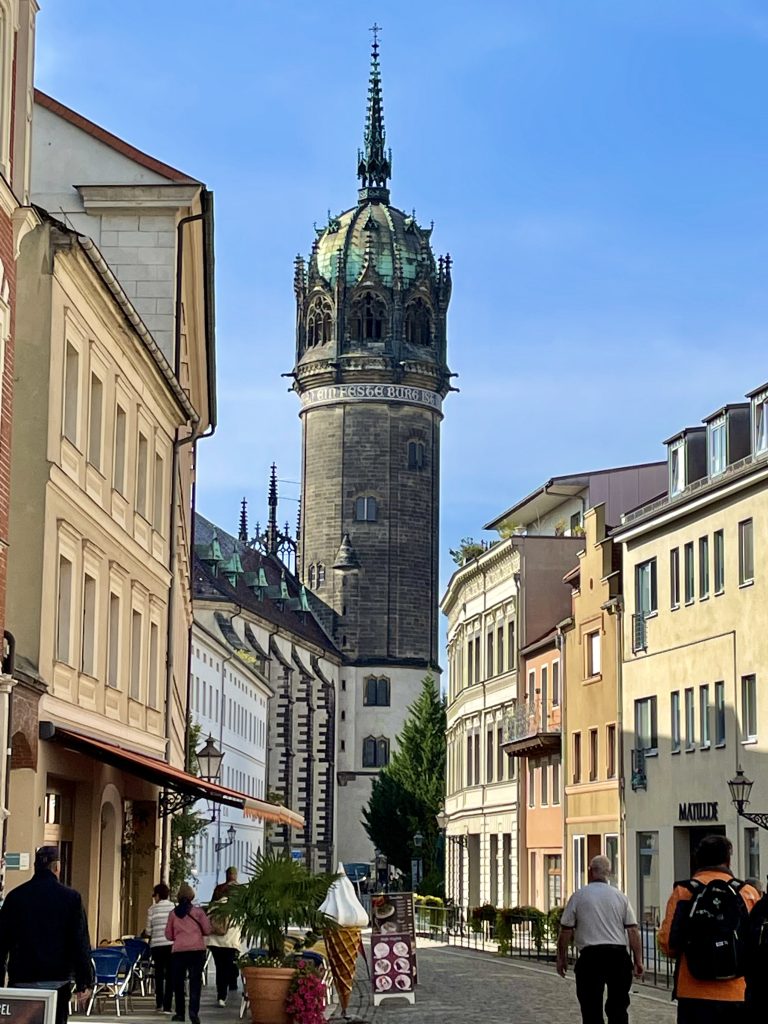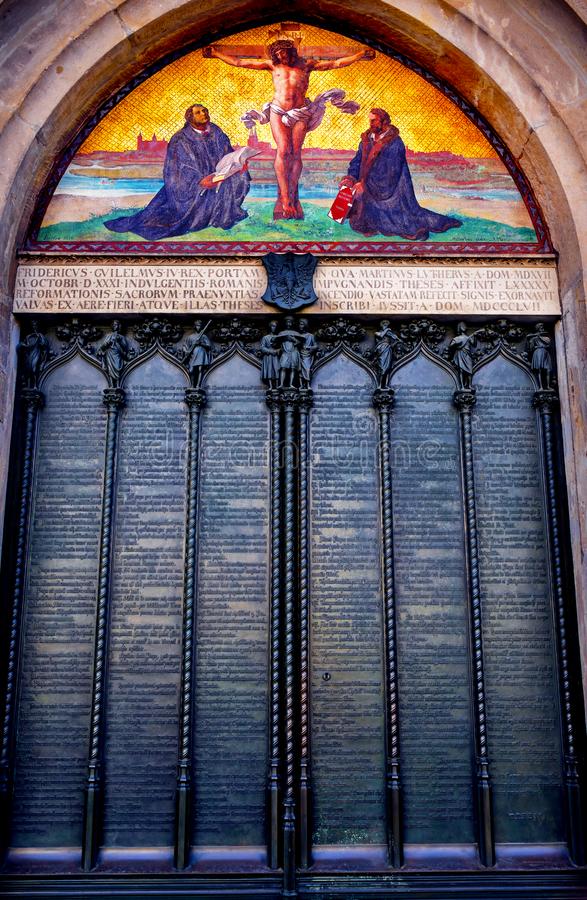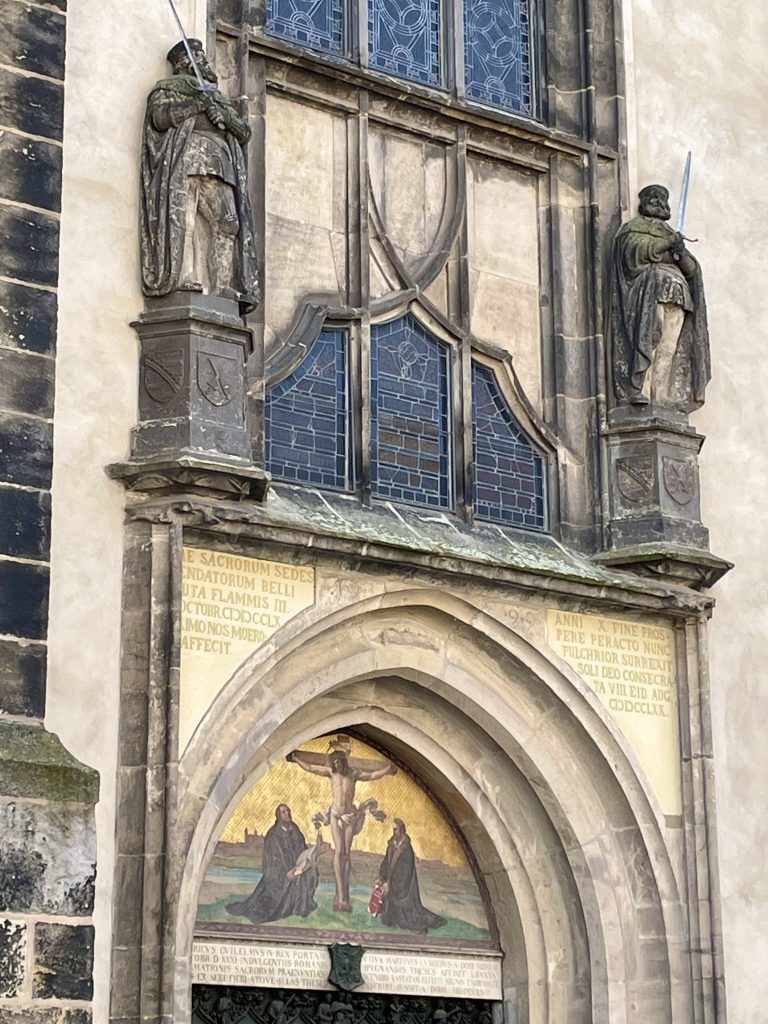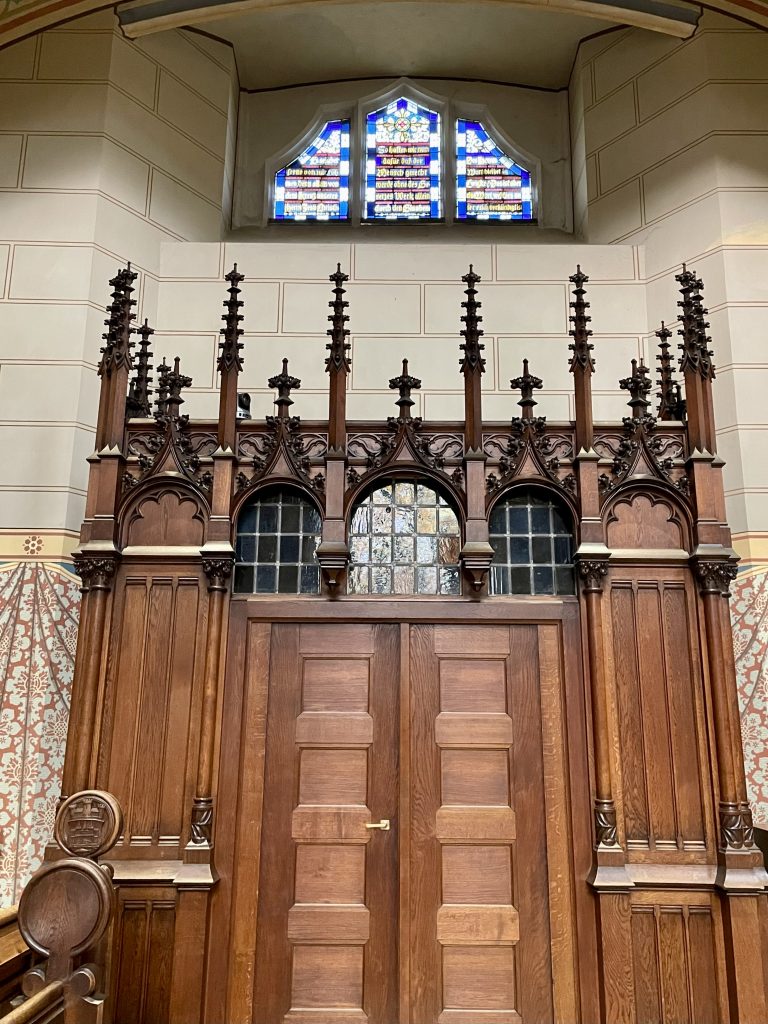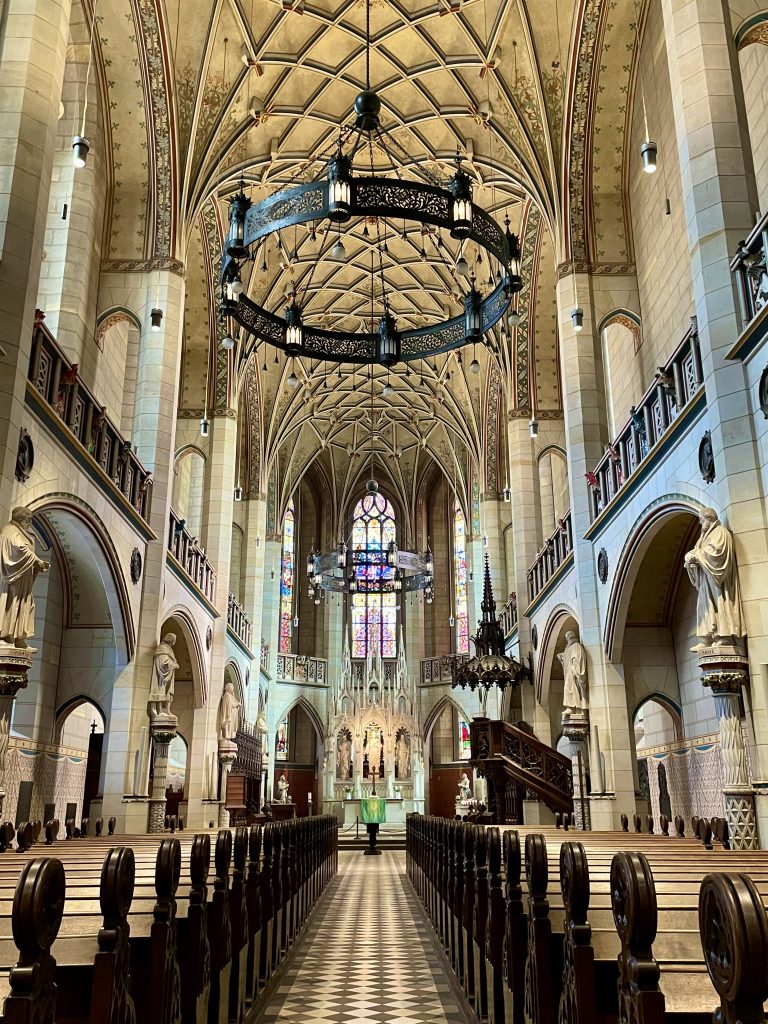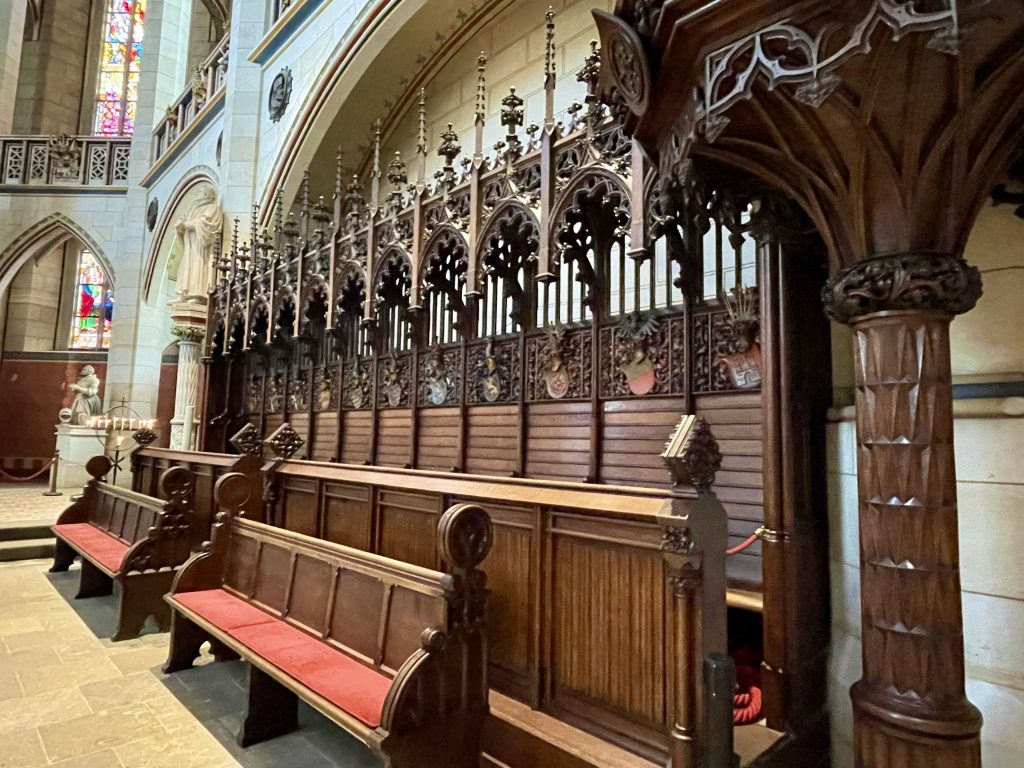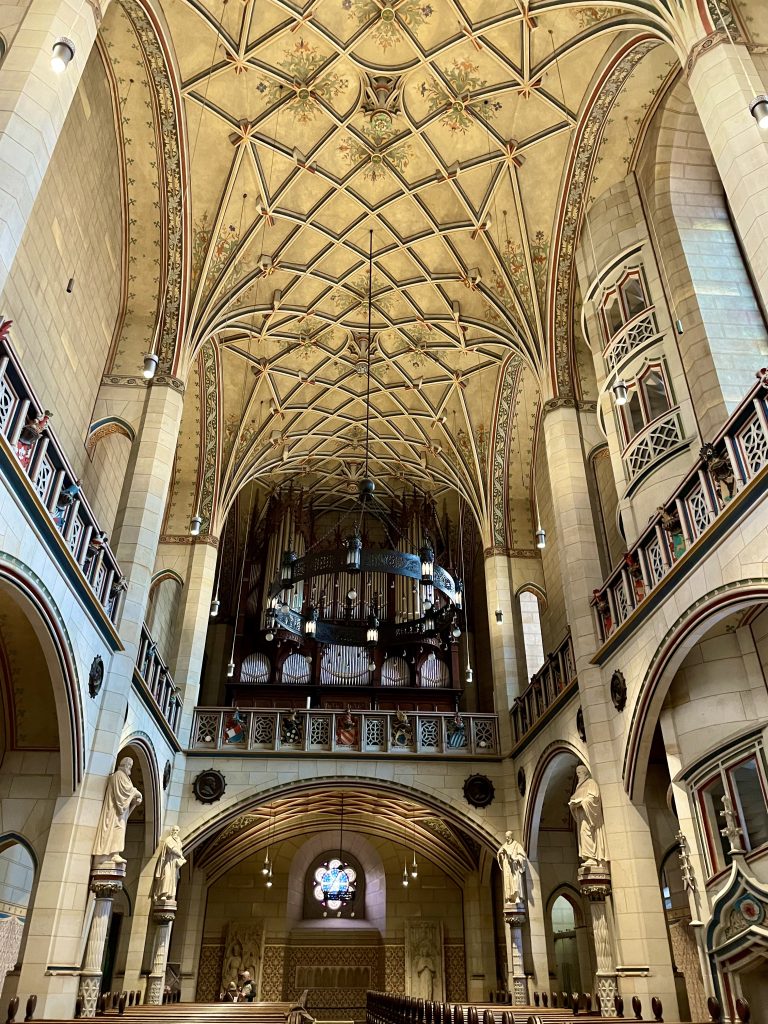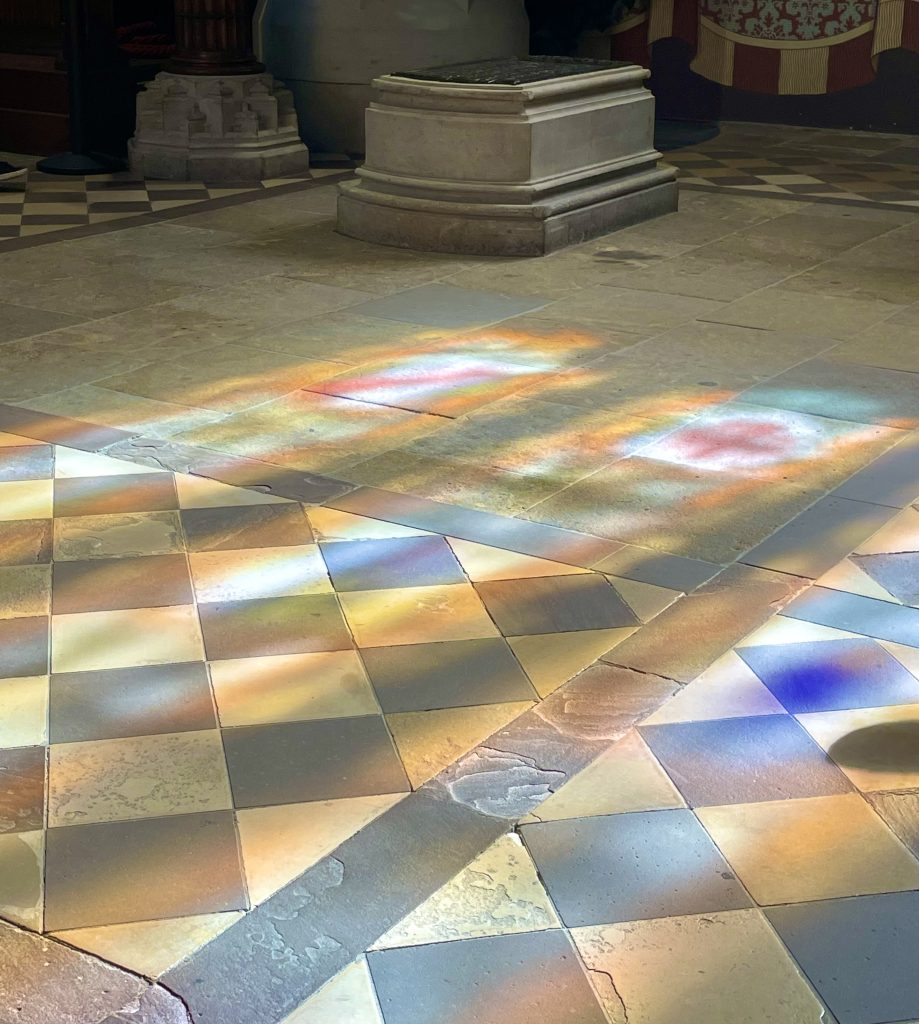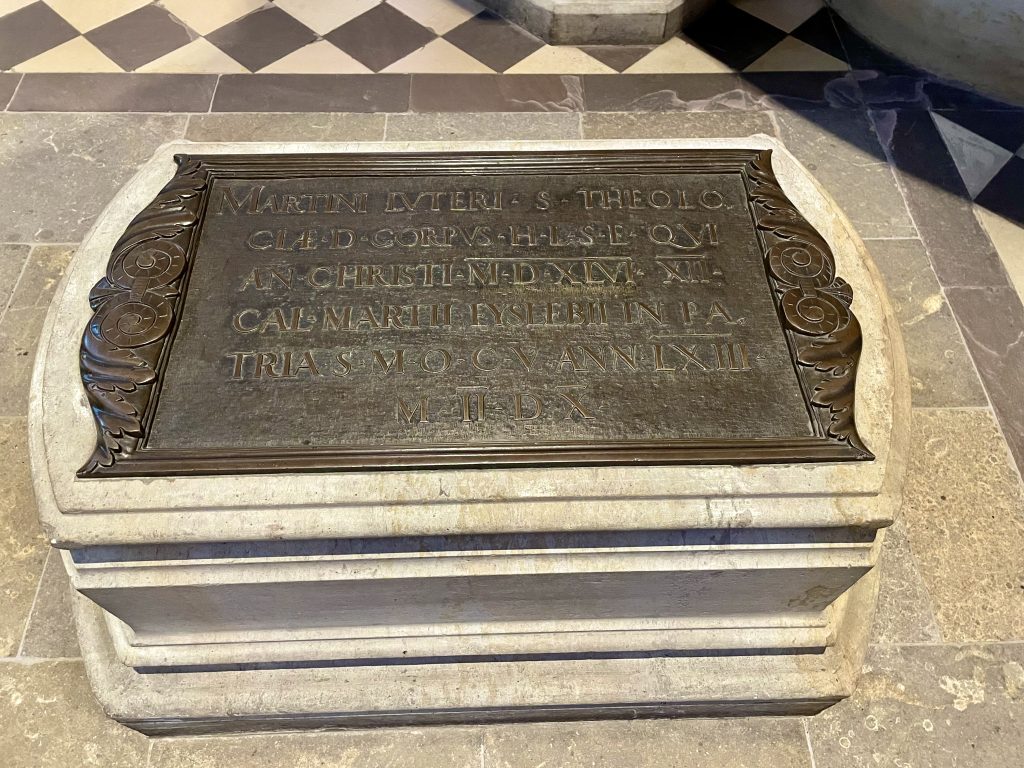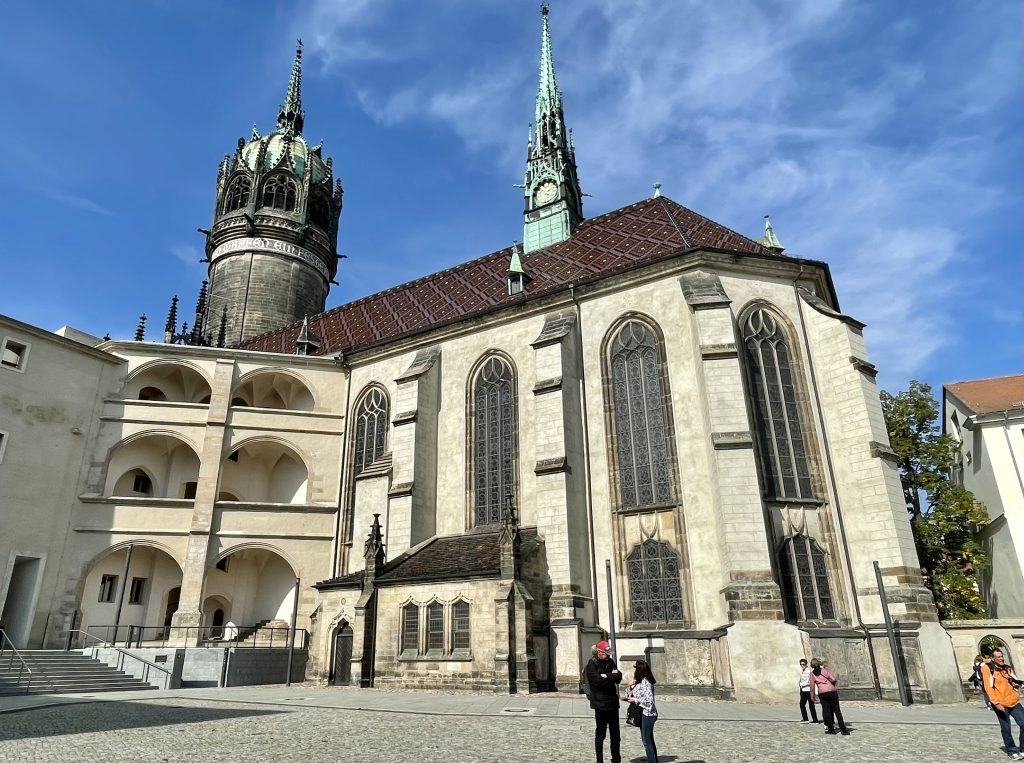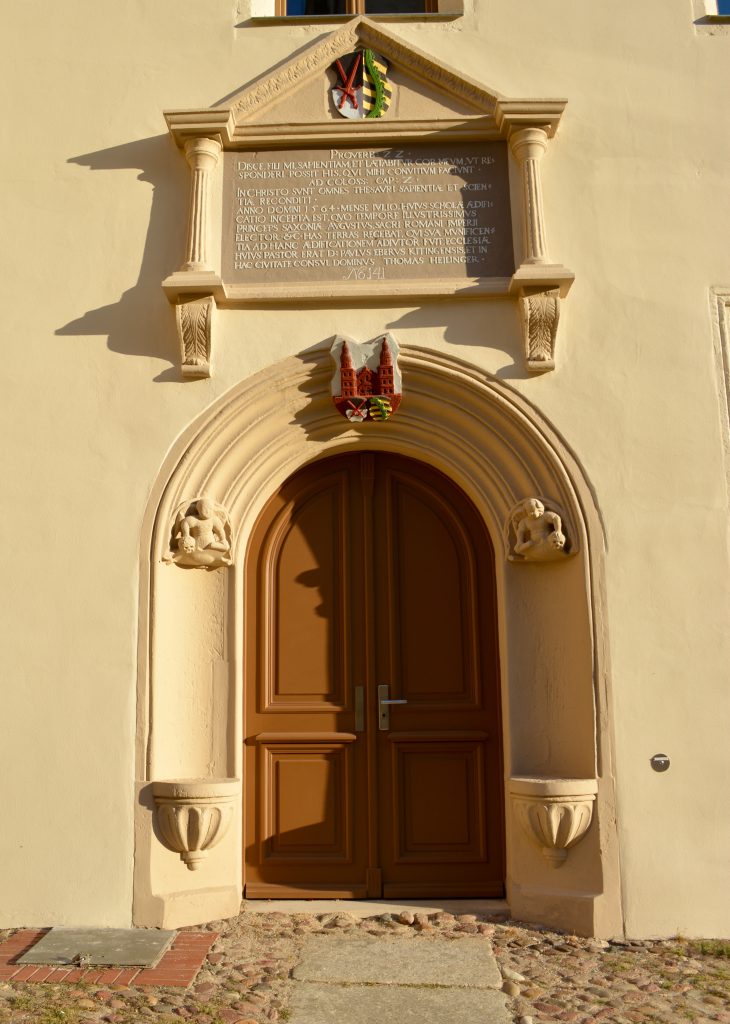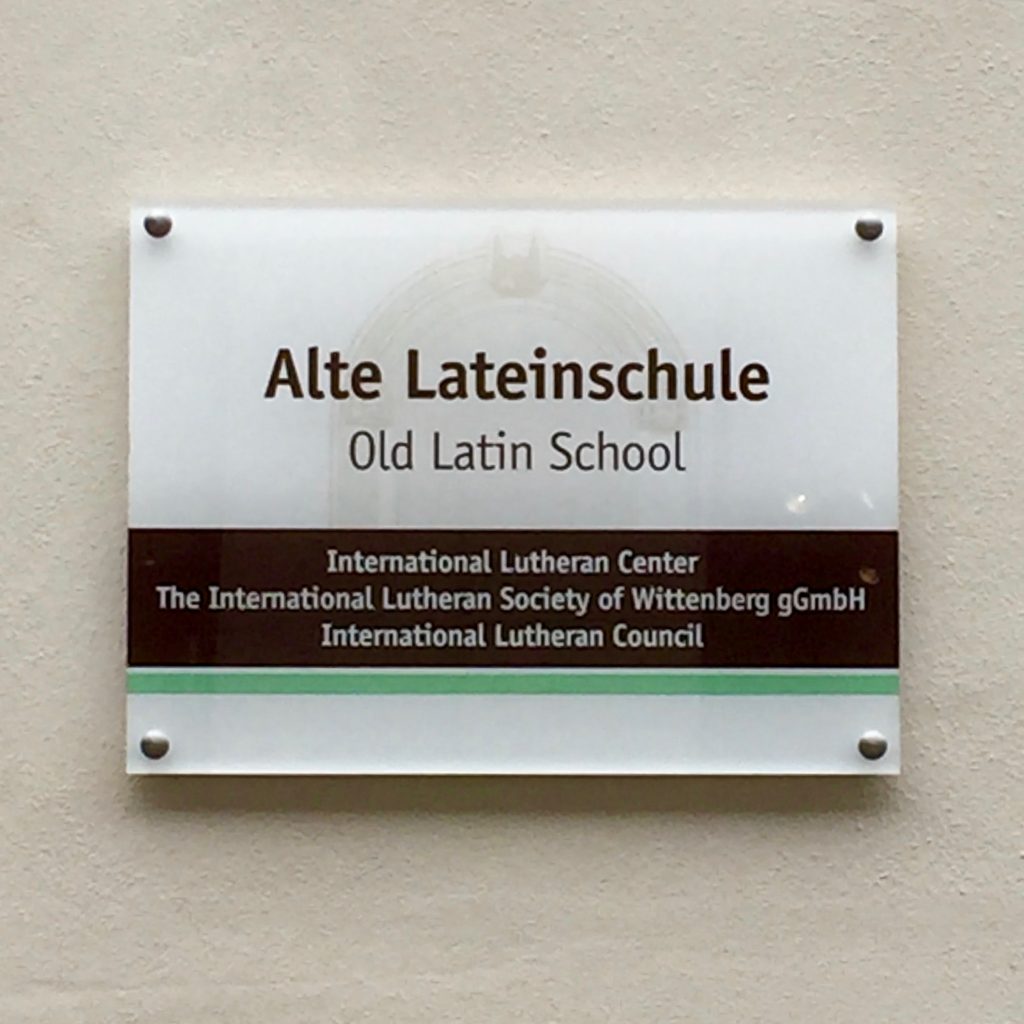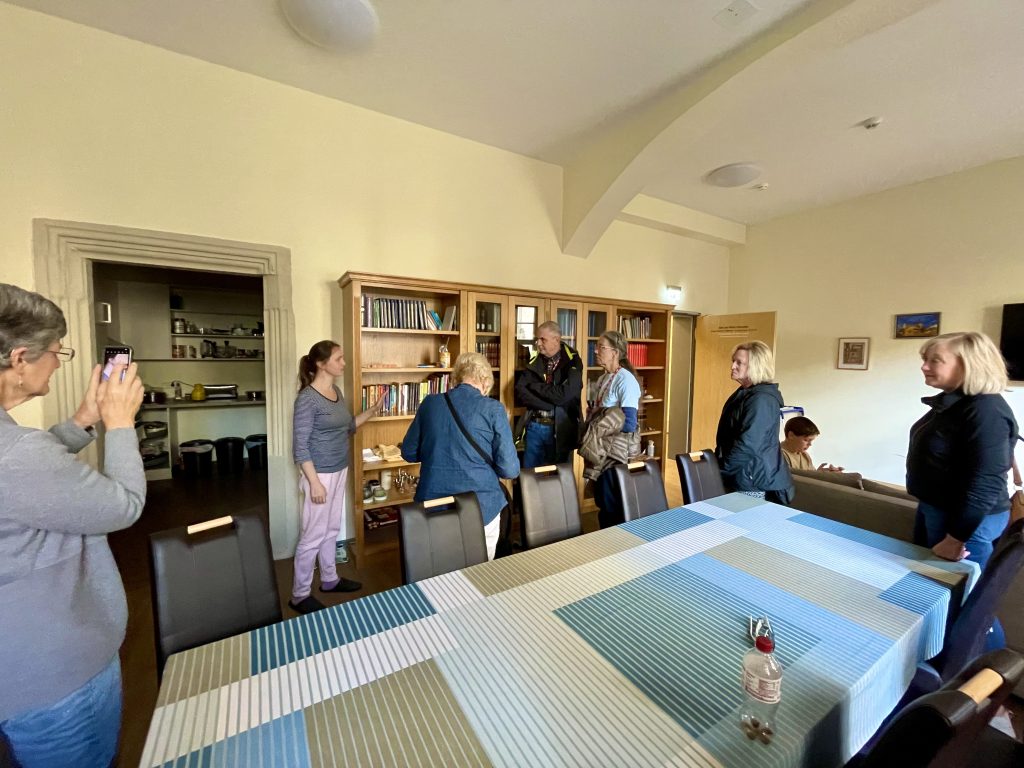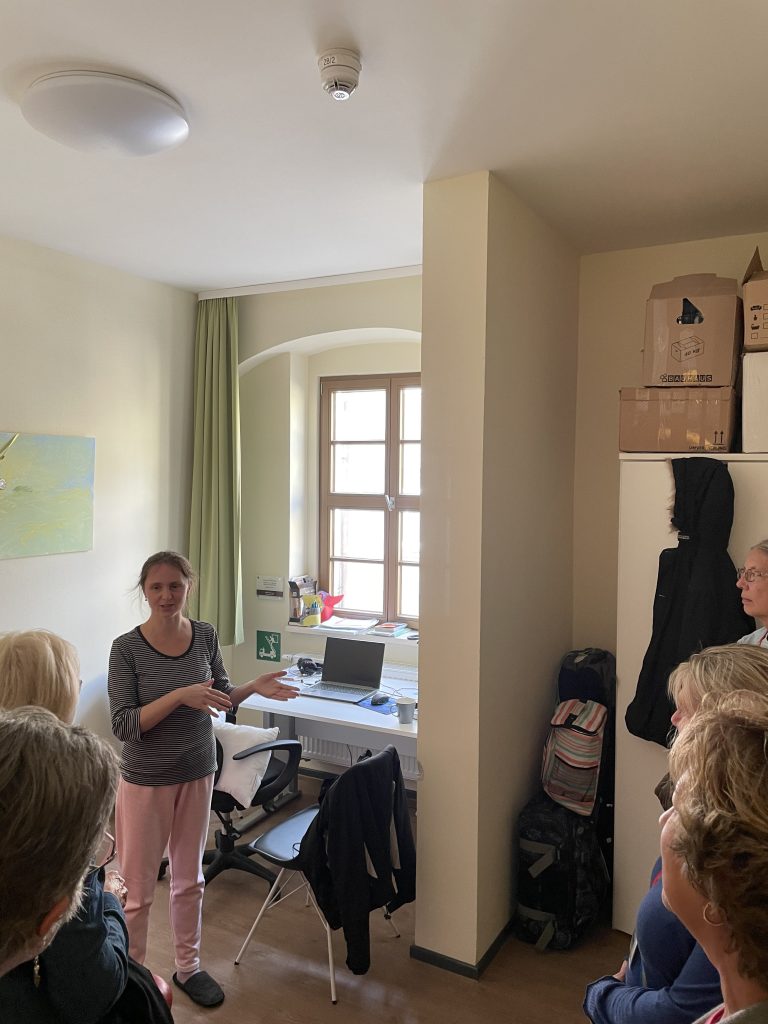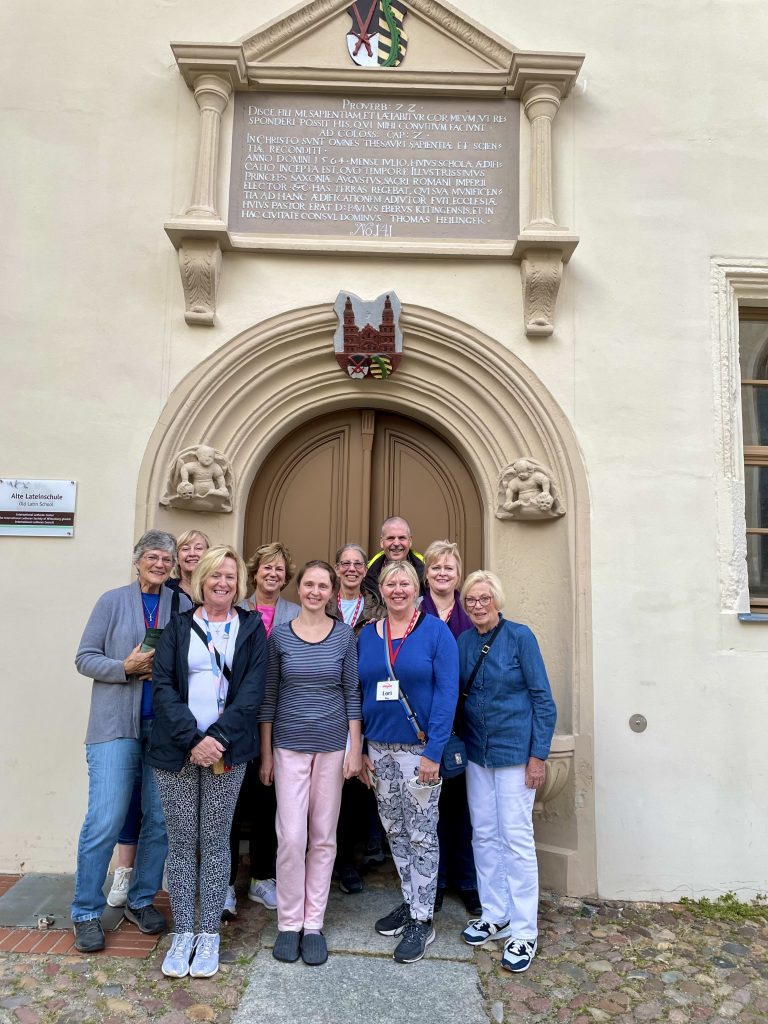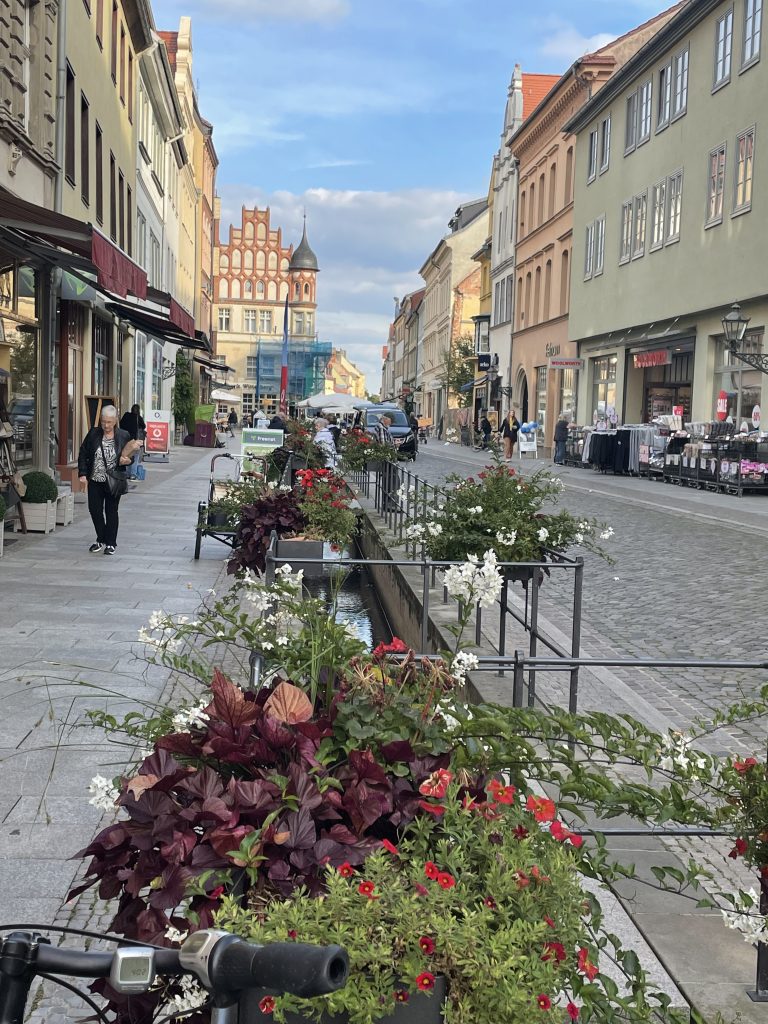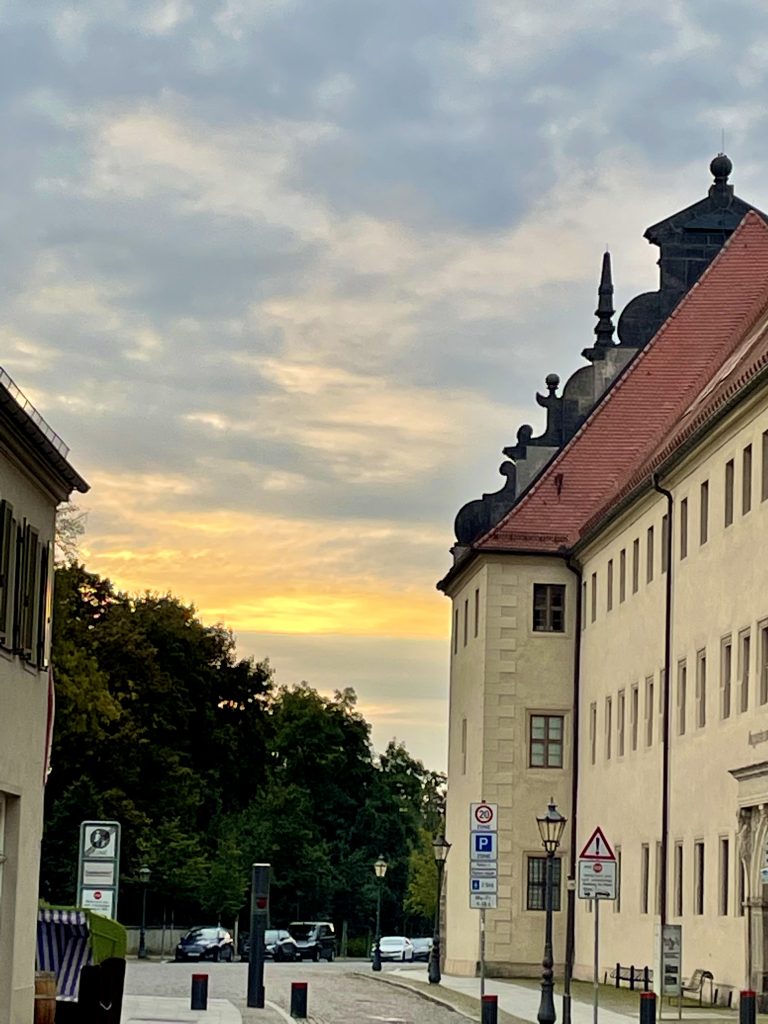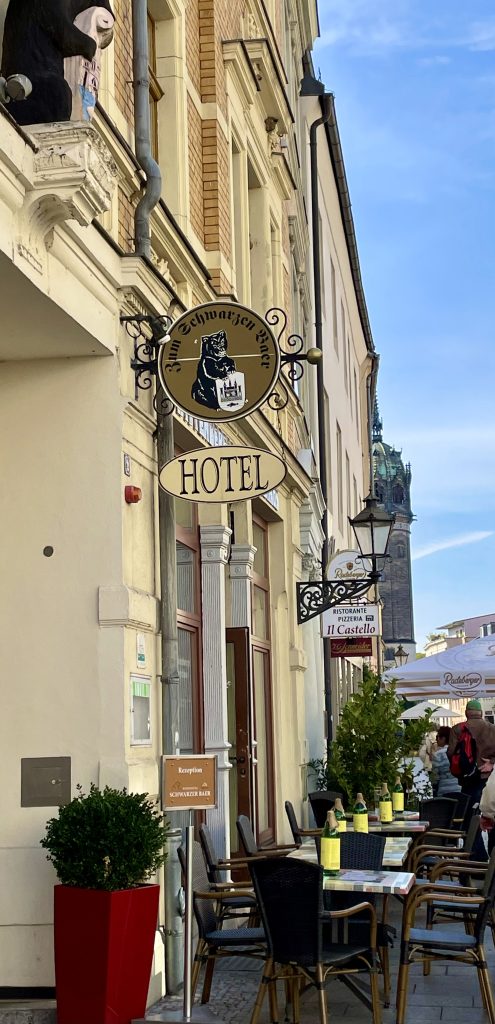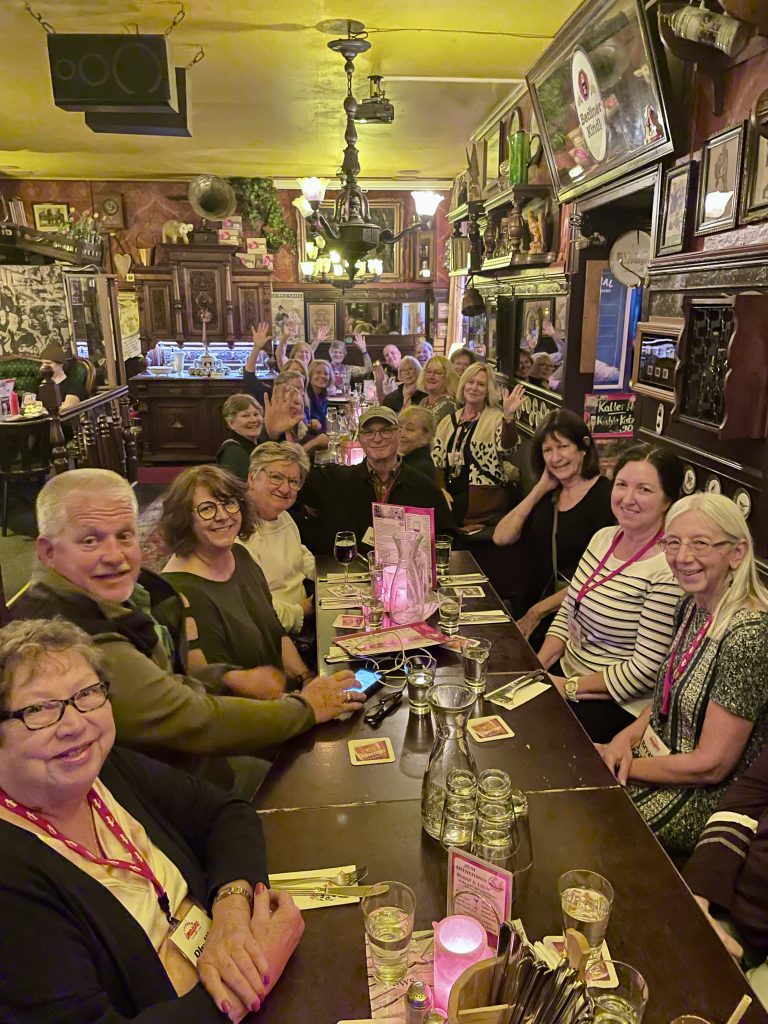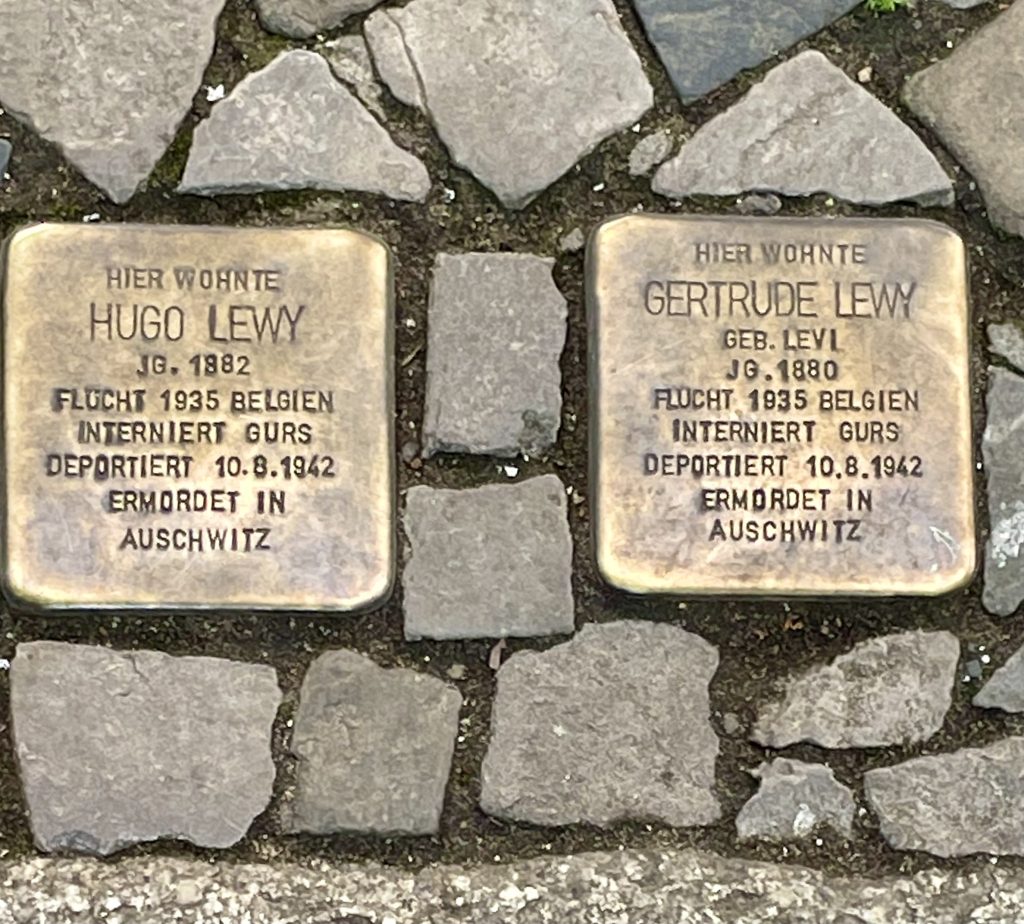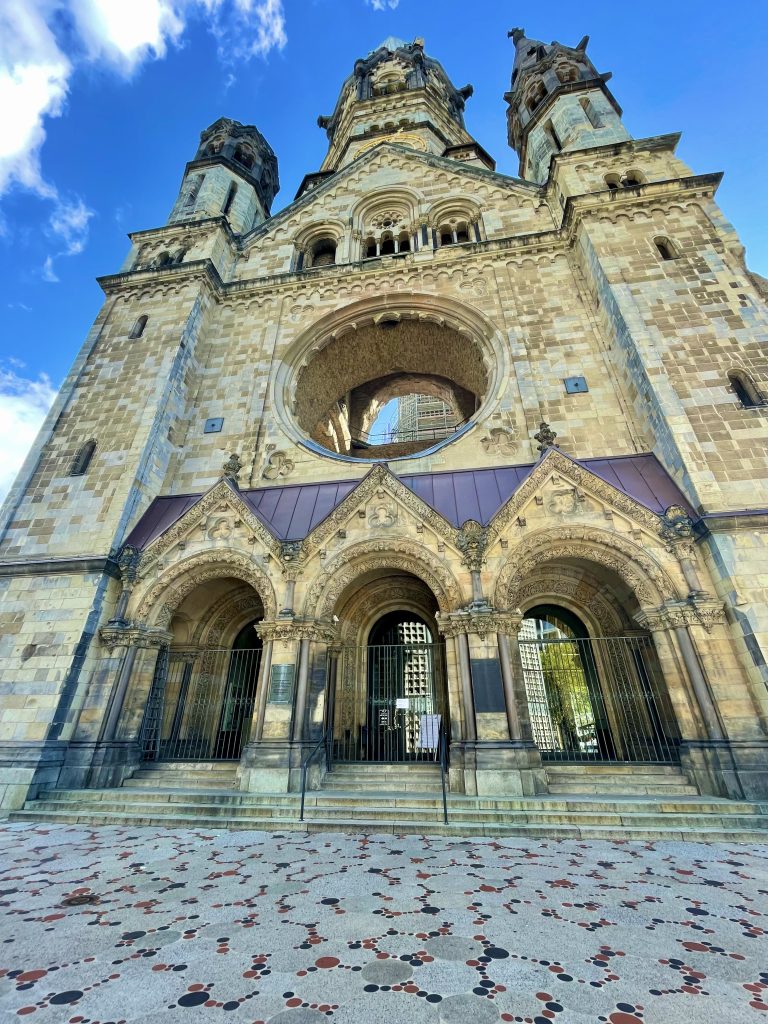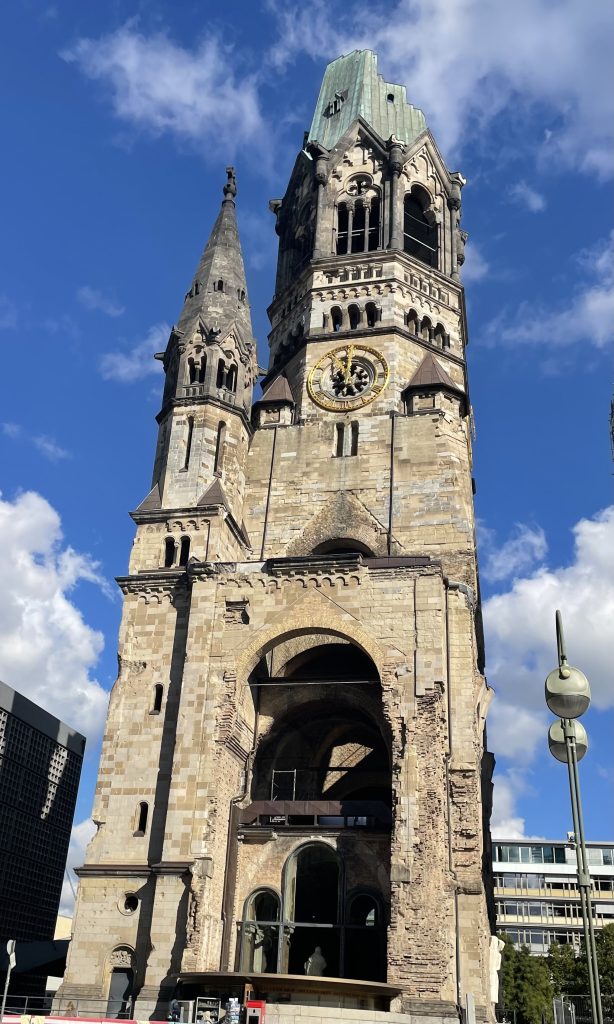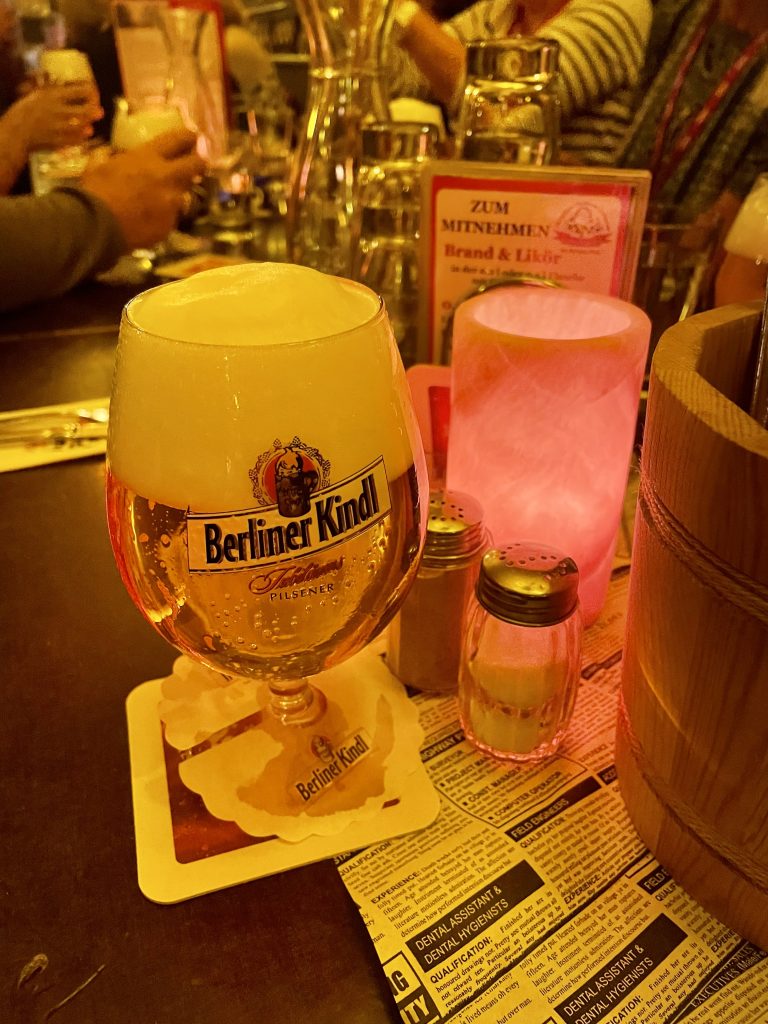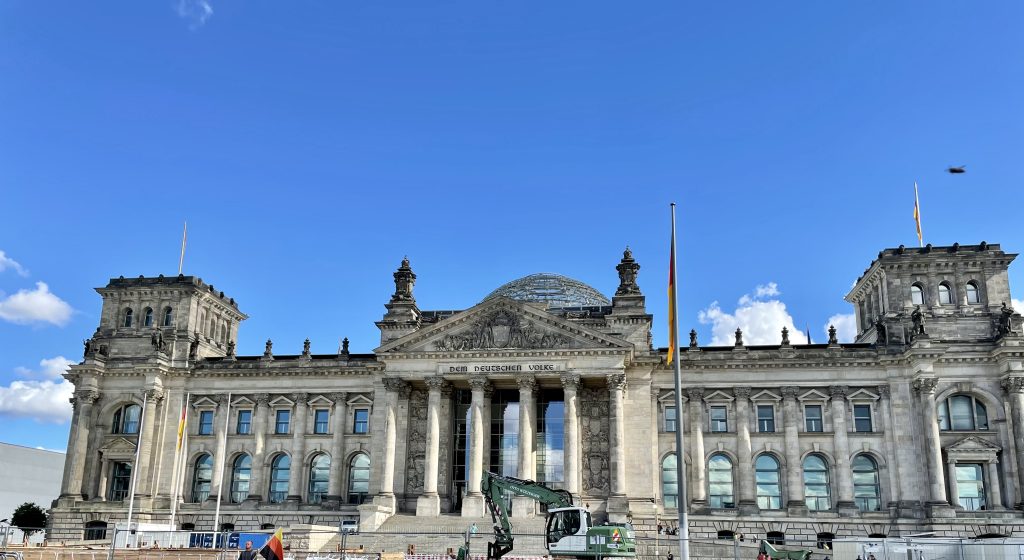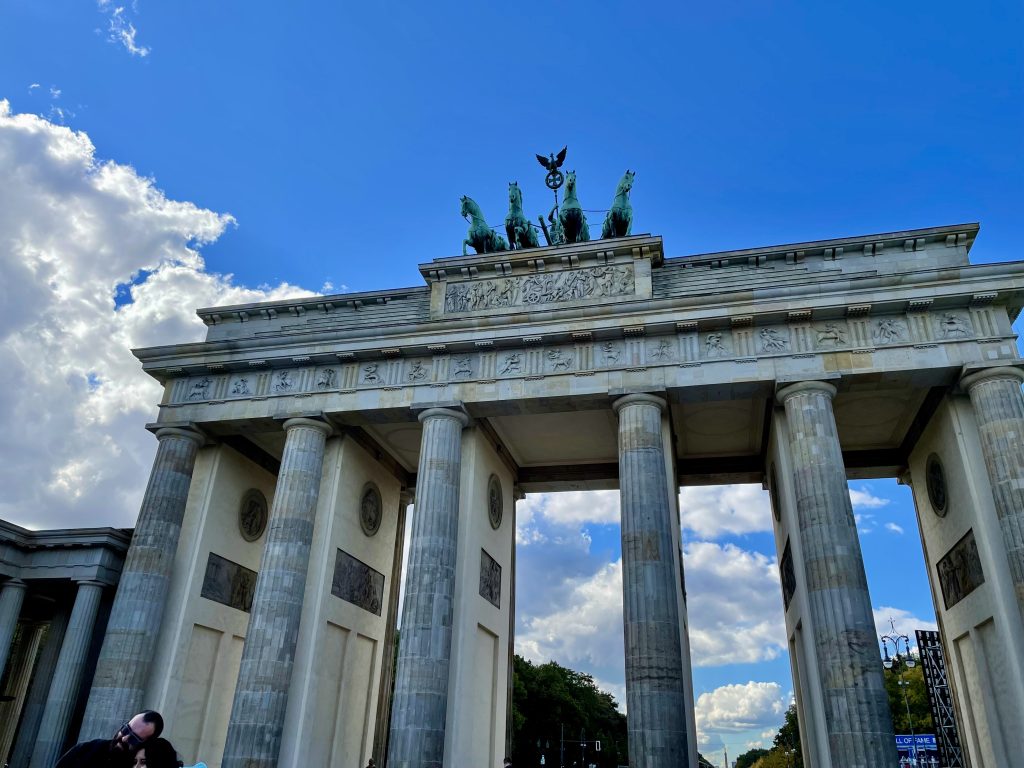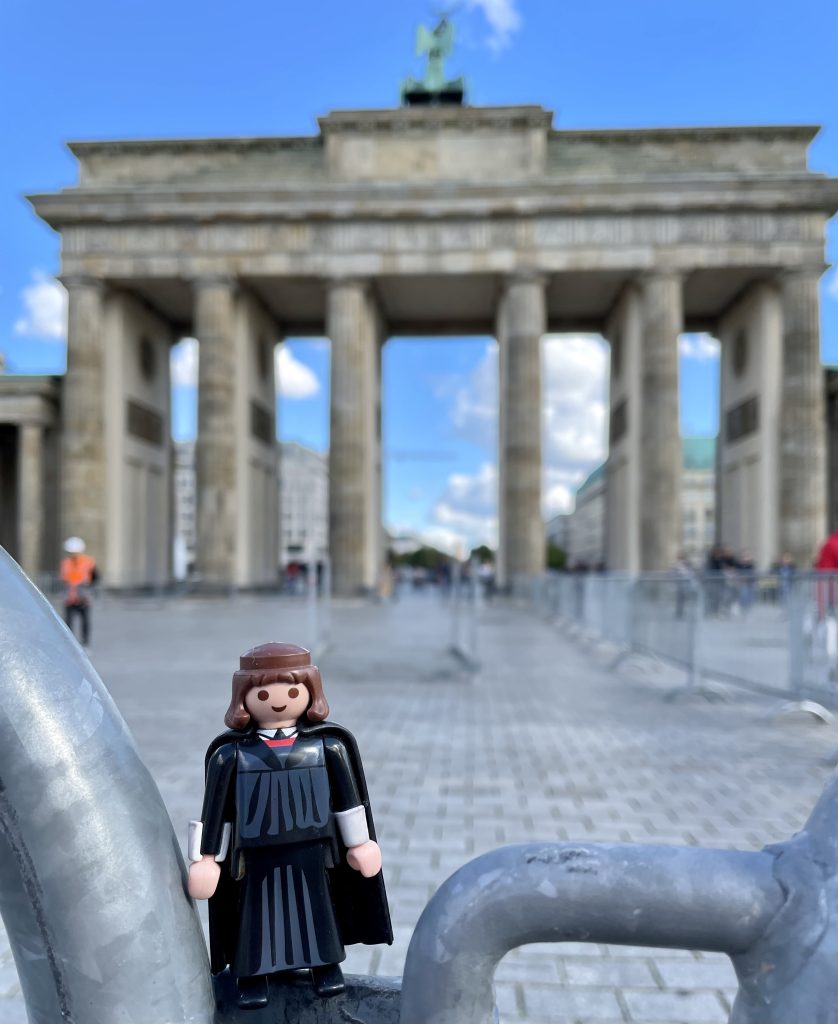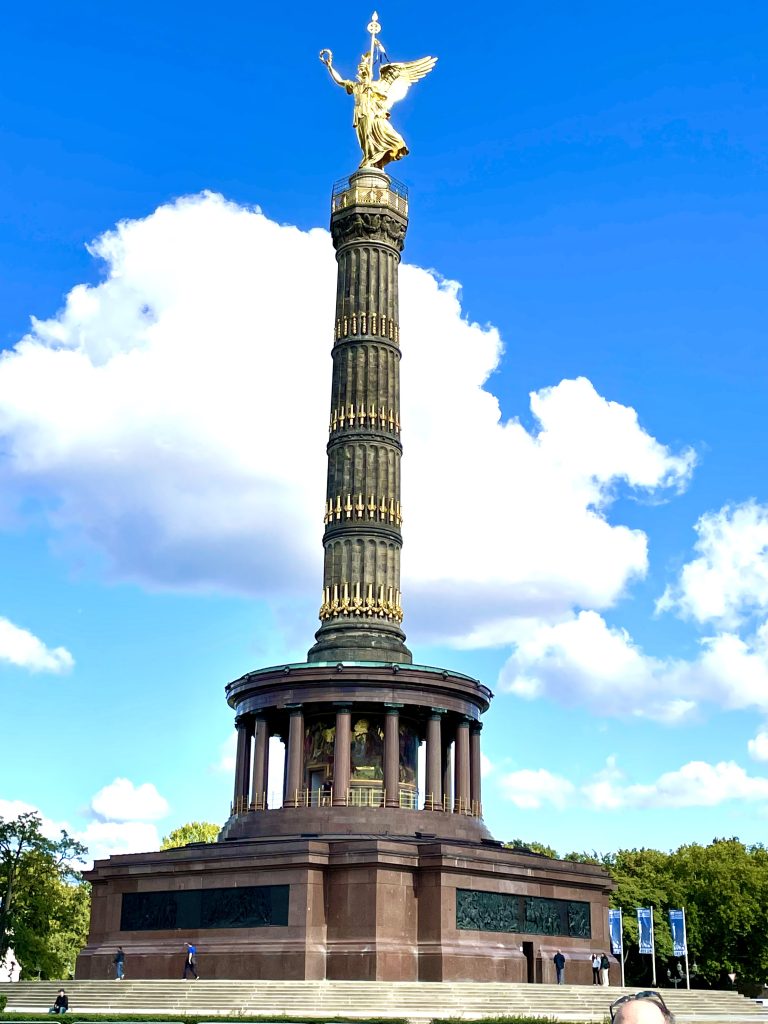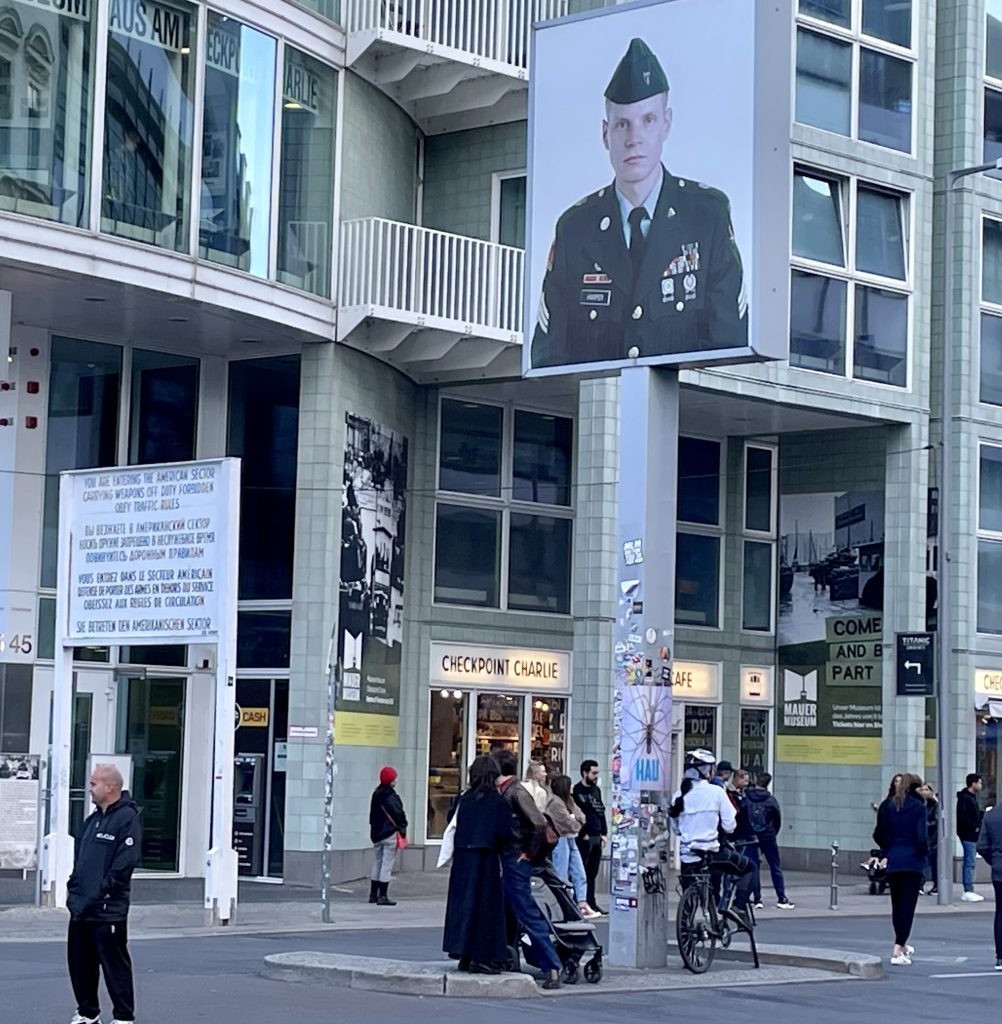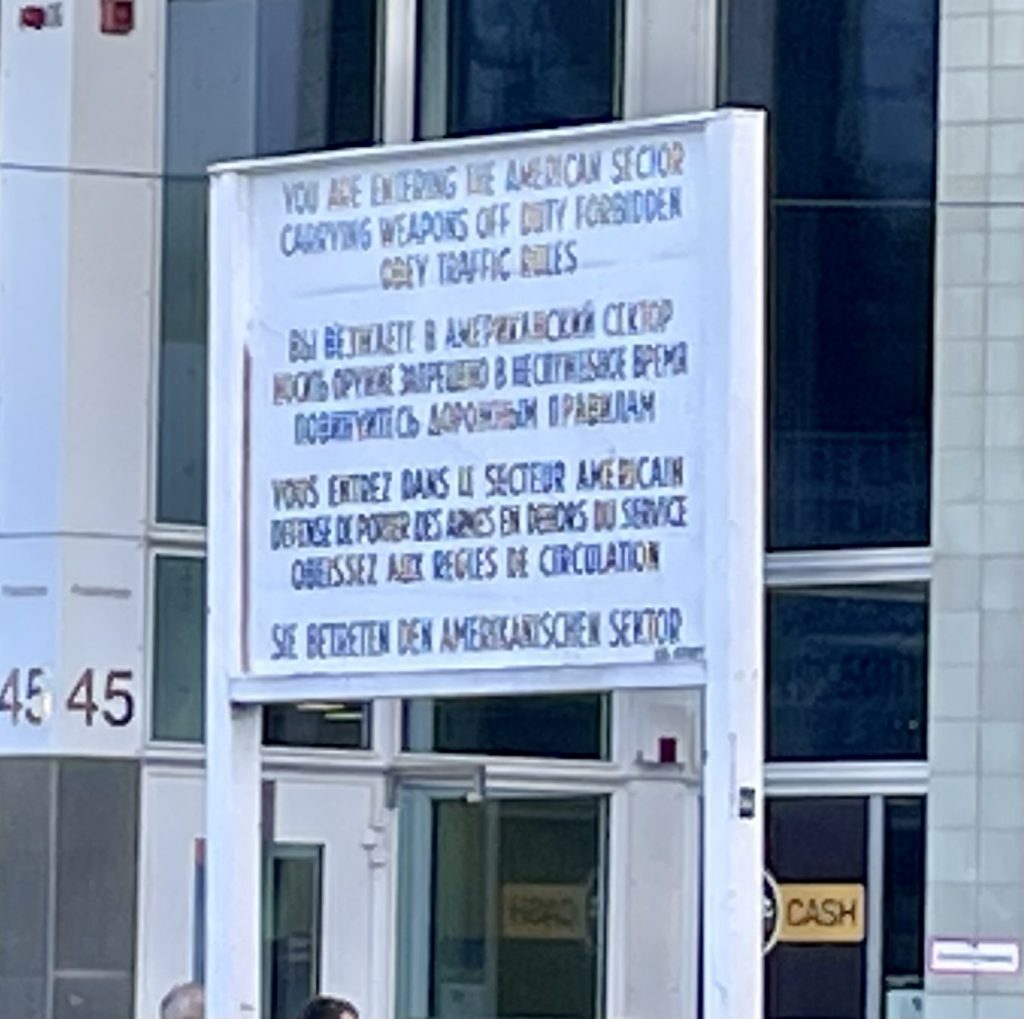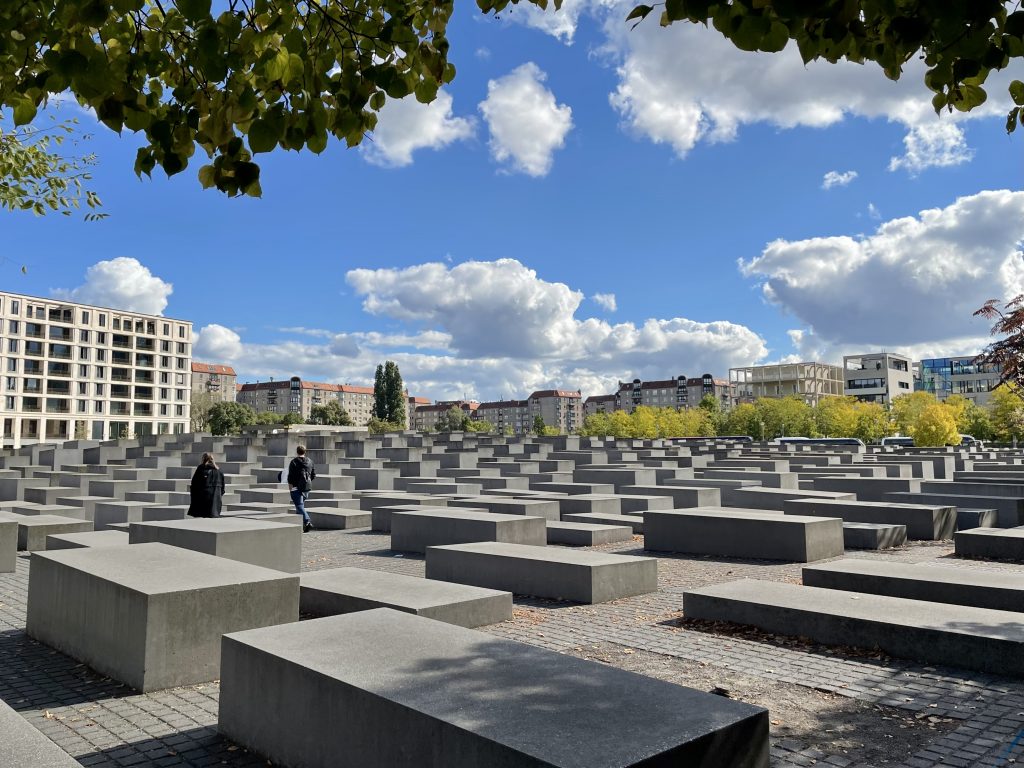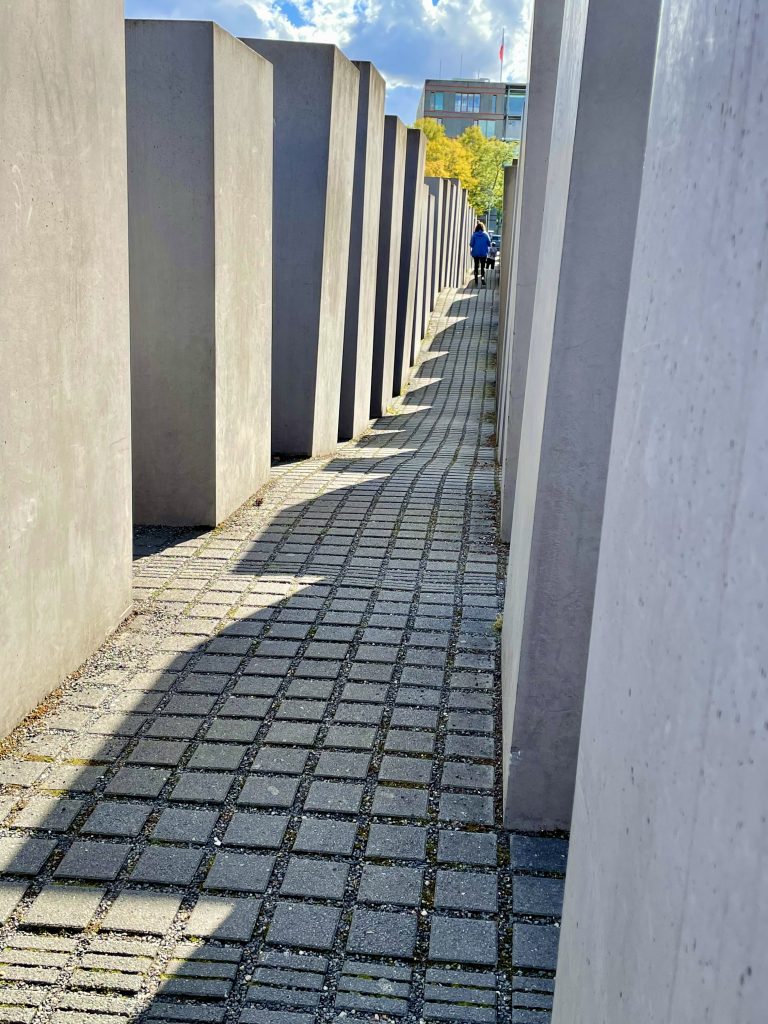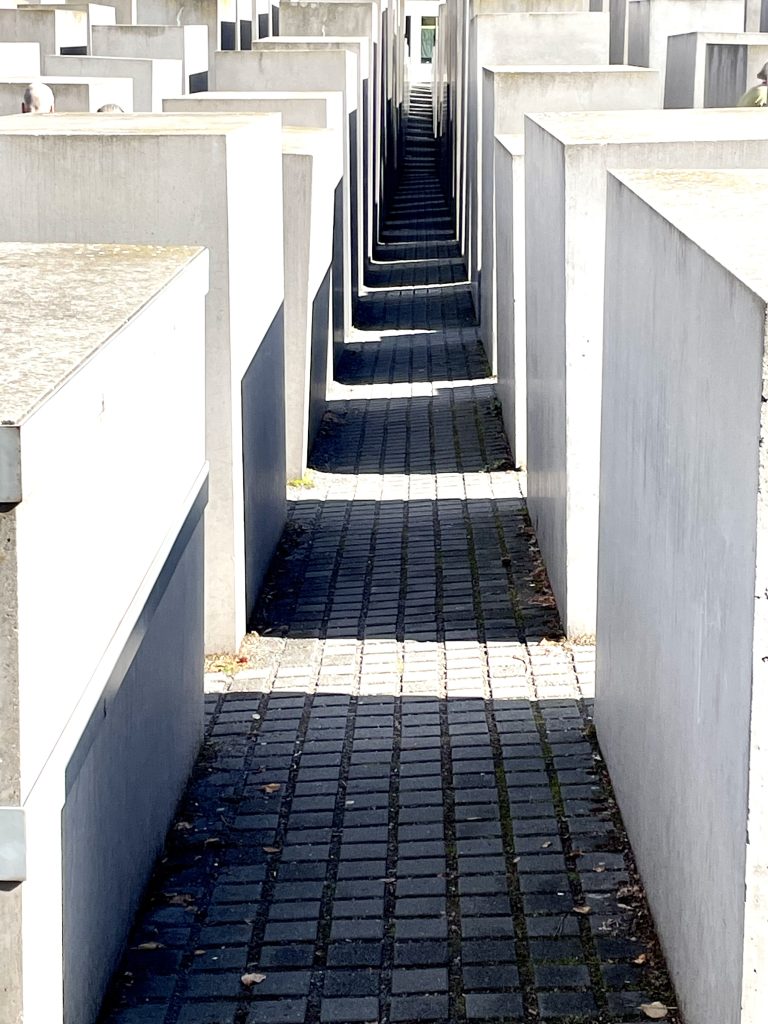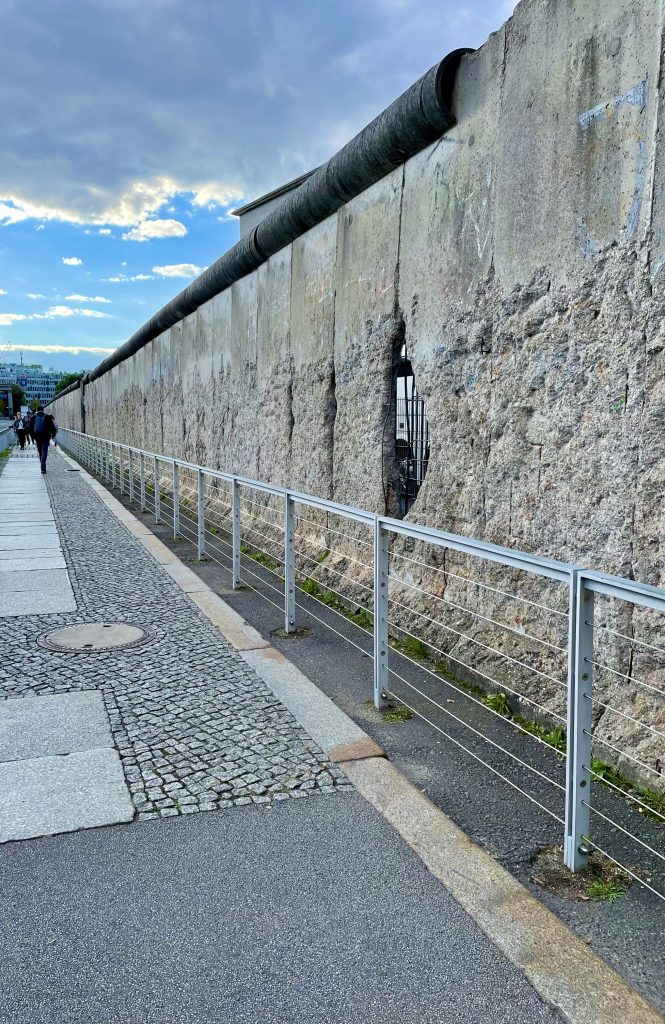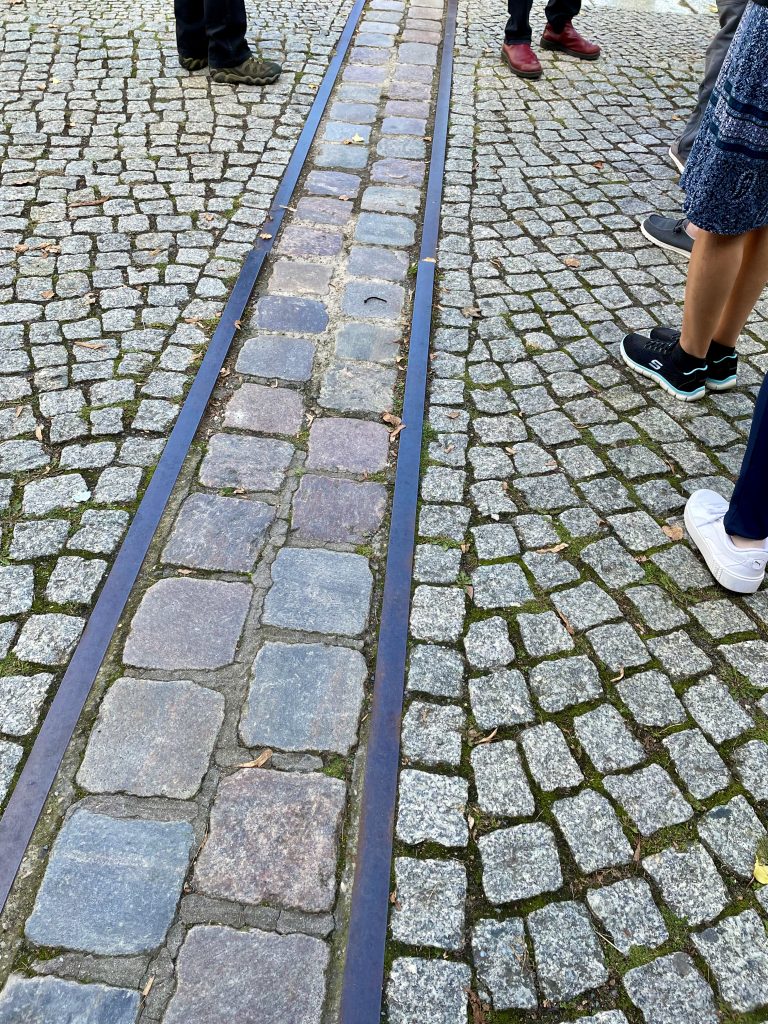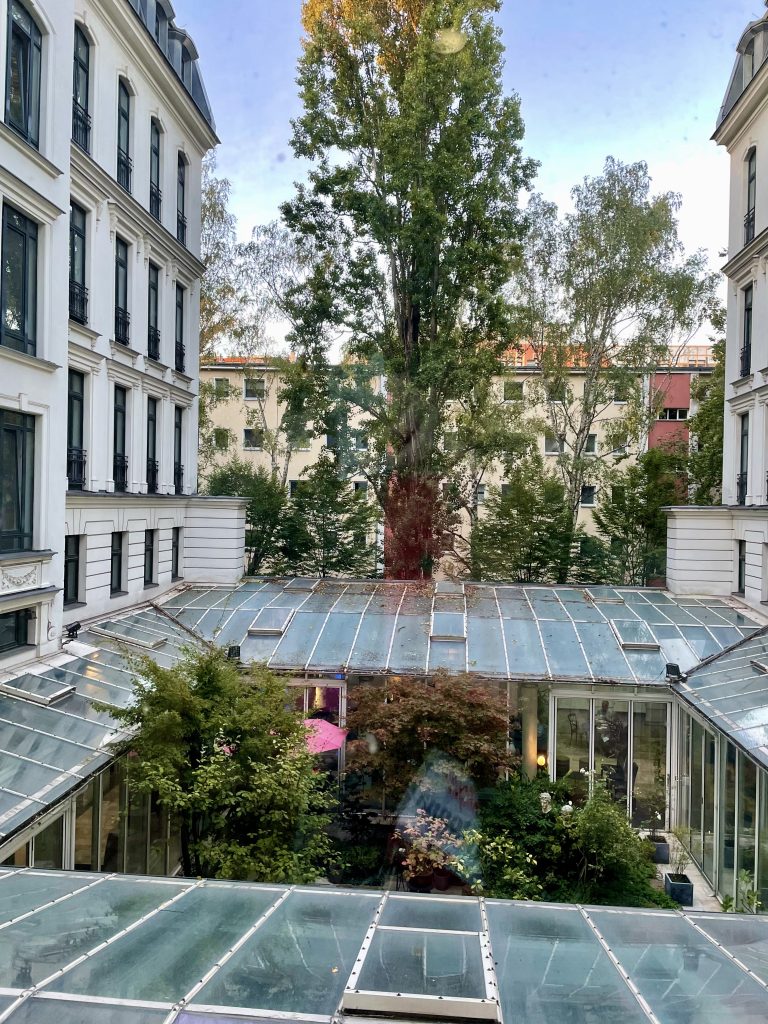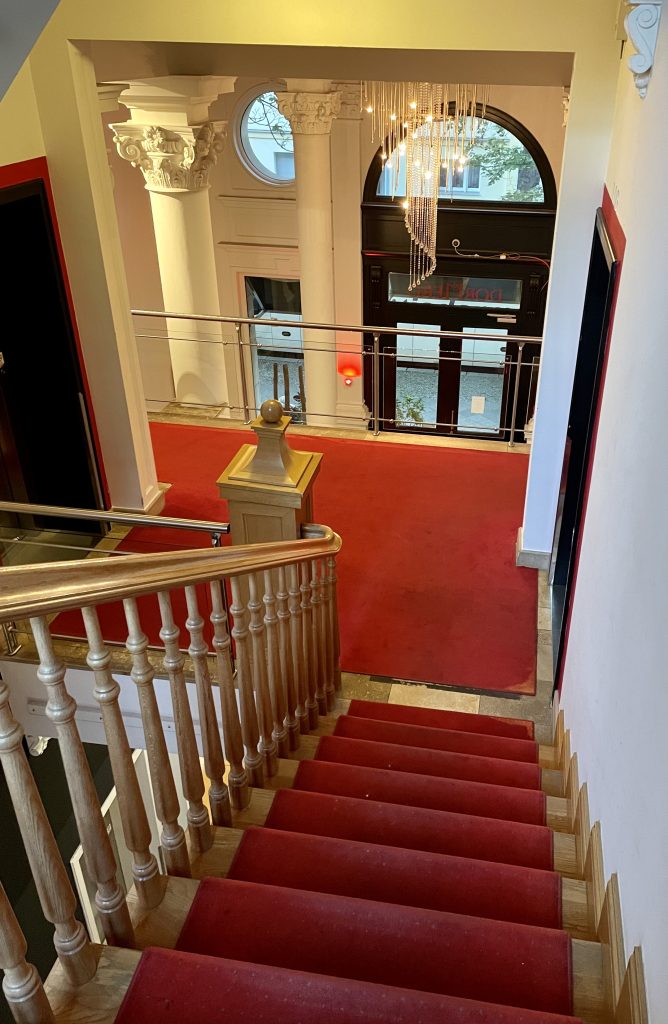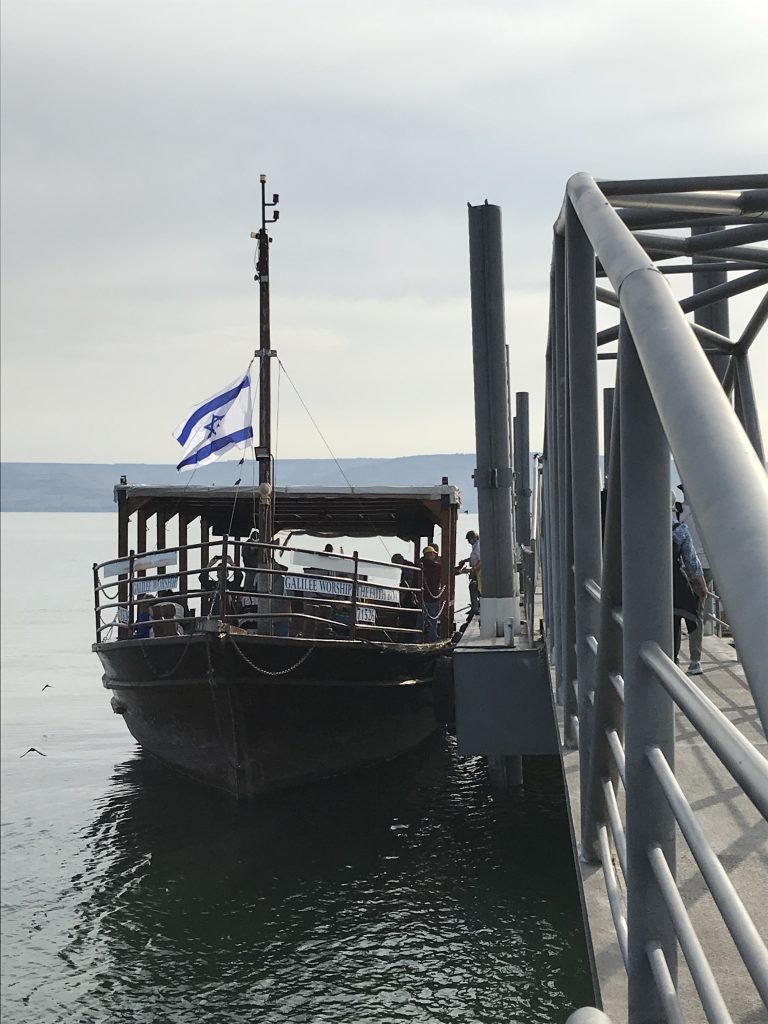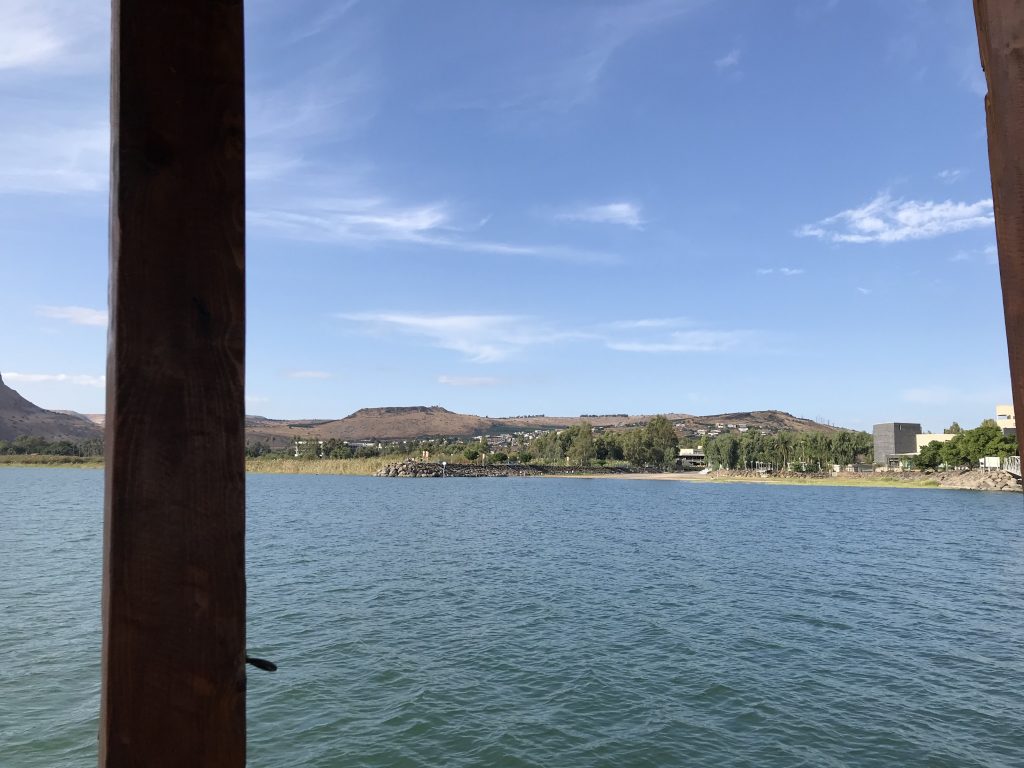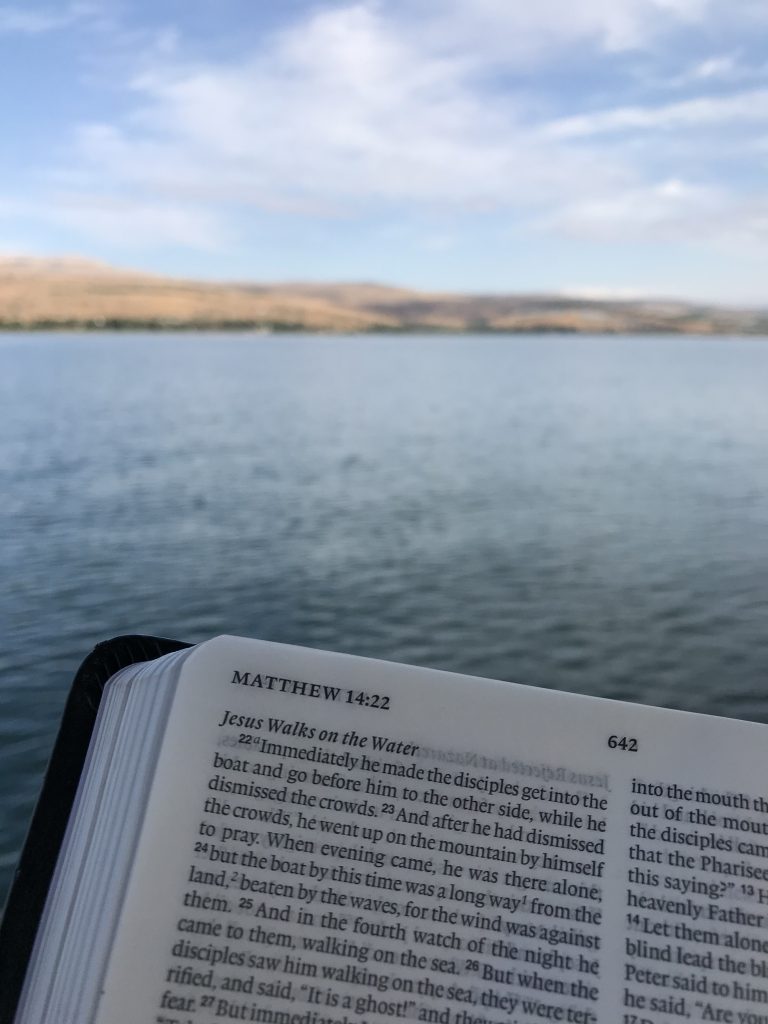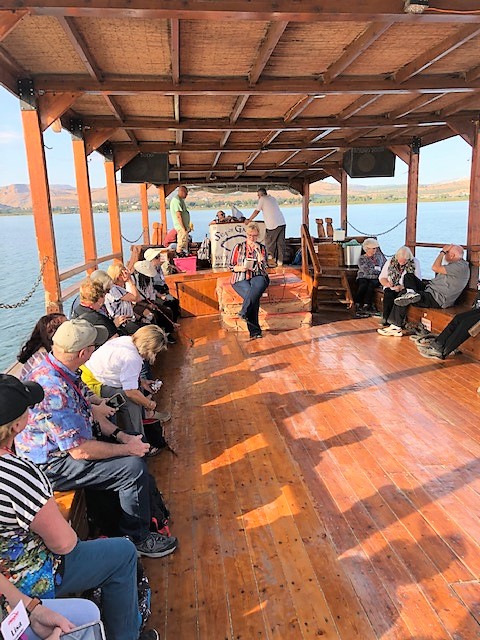I love to travel and see this great big world that God created. My Bible is always within reach. Over the decades, I have compiled several Bible verses and prayers for safe travel.
So whether you are loading up the travel trailer or setting off to the far side of the sea on your next trip, keeping God’s Word close reduces travel anxiety. After all, the Spirit of the Lord goes with you!
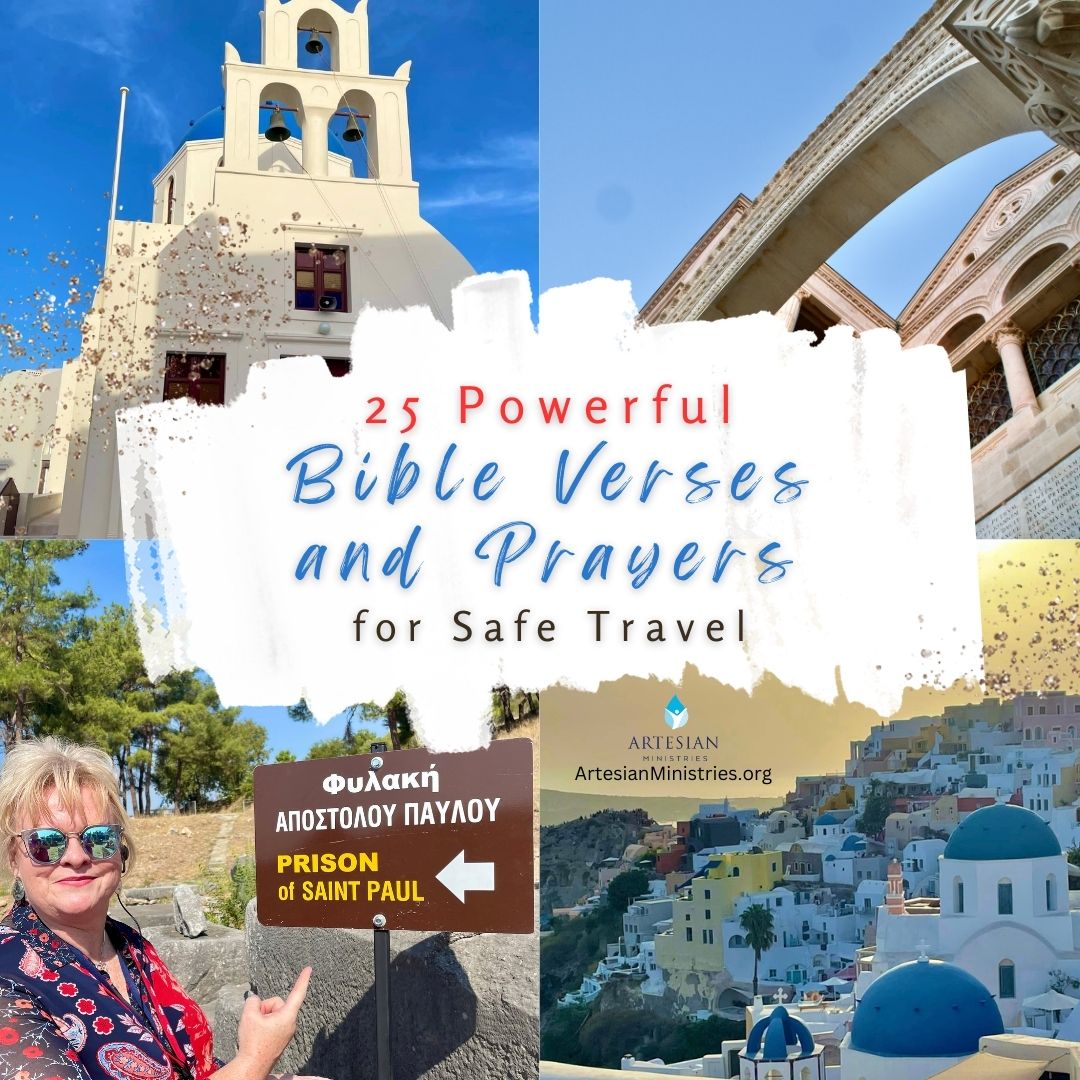
Contents
- Bible Verses to Read When Traveling
- A Psalm for Traveling
- Scripture Prayers for Safe Travel
- Short Godly Travel Quotes
Bible Verses to Read When Traveling
My favorite travel moments happen when I connect what I see with the good news in Scripture verses. Scripture references often increase my own understanding of various locations, especially in a foreign country. Bible verses and prayers for safe travel put our hearts and minds at ease.
Here are some of my favorite travel Bible verses organized by category for easy reference. Remember, the Lord keeps you close at all times.
1. God’s Protection
You are never without God’s strong right hand and faithful presence. Such a beautiful truth strengthens a man’s heart and a woman’s steps to be brave!
1) Luke 4:10 – “He will command His angels concerning you to guard you carefully.”
2) Proverbs 3:23-24 – “Then you will go on your way in safety, and your foot will not stumble. When you lie down, you will not be afraid; when you lie down, your sleep will be sweet.”
3) Psalm 121:7-8 – “The Lord will keep you from all harm—he will watch over your life; the Lord will watch over your coming and going both now and forevermore.”
4) Psalm 91:2, 4 – “This I declare about the Lord: He alone is my refuge, my place of safety; He is my God, and I trust him. He will cover you with his feathers. He will shelter you with his wings. His faithful promises are your armor and protection. Do not be afraid of the terrors of the night, nor the arrow that flies in the day.”
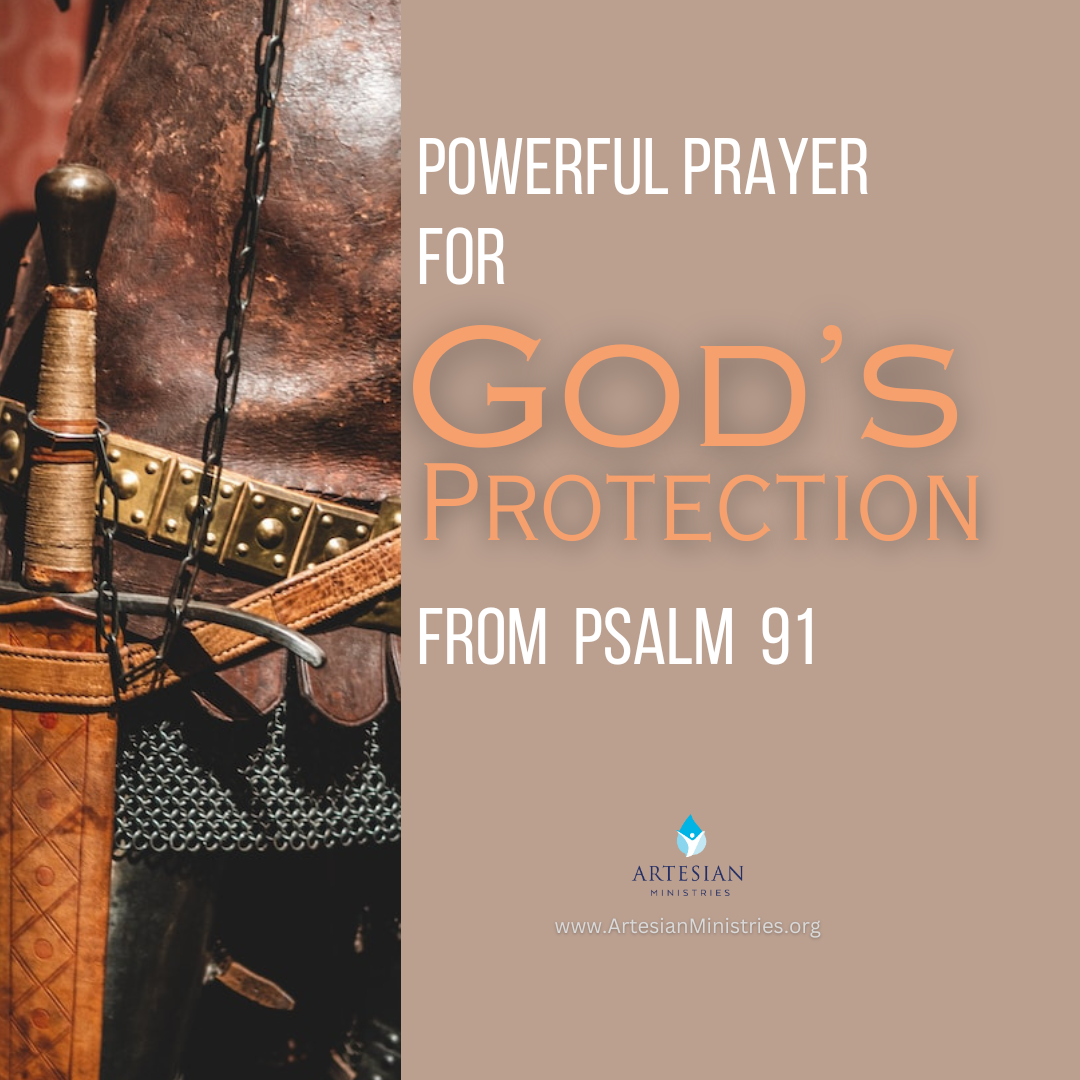
2. Covenant of Peace
If you are traveling to a new place that is unfamiliar to you, your peace of mind may take a hit. You may not even speak the local language. The Apostle Paul certainly understood those challenges.
Again, Bible verses and prayers for safe travel calm anxiety. Let these words of the Lord find a hiding place in your heart.
5) Matthew 11:28-30 (MSG) – “Come to me. Get away with me and you’ll recover your life. I’ll show you how to take a real rest. Walk with me and work with me—watch how I do it. Learn the unforced rhythms of grace. I won’t lay anything heavy or ill-fitting on you. Keep company with me and you’ll learn to live freely and lightly.”
6) John 14:27 – “Peace I leave with you; my peace I give to you. Not as the world gives do I give to you. Let not your hearts be troubled, neither let them be afraid.”
7) Romans 12:18 – “If possible, so far as it depends on you, live peaceably with all.”
8) Ephesians 2:14 – “For He himself is our peace.”
9) Philippians 4:7 – “And the peace of God, which surpasses all understanding, will guard your hearts and your minds in Christ Jesus.”
10) Colossians 3:15 – “And let the peace of Christ rule in your hearts, to which indeed you were called in one body. And be thankful.”
11) 2 Thessalonians 3:16 – “Now may the Lord of peace himself give you peace at all times in every way. The Lord be with you all.”
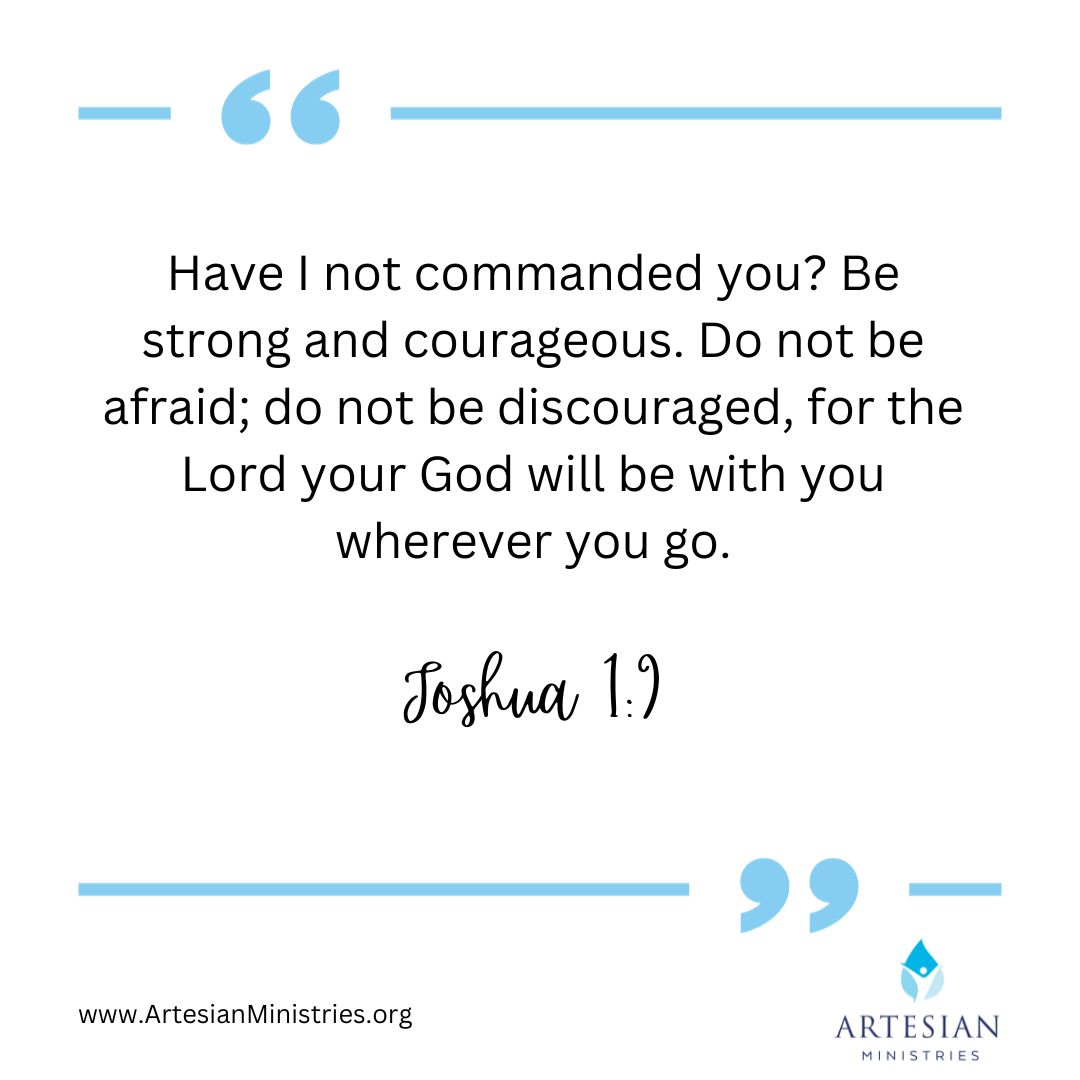
3. Good Success
How we define a travel “success” varies. I deem a trip successful when three criteria are met:
- I saw new destinations in God’s creation;
- I met new people; and
- I learned many new things that gave me a greater appreciation of God and His hand over my life.
Regardless of how you define a successful trip, here are a few words to the faith and faithful to keep close.
12) Psalm 23:3 – “He refreshes my soul. He guides me along the right paths for His name’s sake.”
13) Proverbs 16:9 – “The heart of man plans his way, but the Lord establishes his steps.”
14) Proverbs 3:3-5 – “Let not steadfast love and faithfulness forsake you; bind them around your neck; write them on the tablet of your heart. So you will find favor and good success in the sight of God and man.”

A Psalm for Traveling
The Psalms in God’s holy Word contain extraordinary words of faith to guide believers. I keep Psalm 139 close at hand as I travel. When God is your comfort zone, the whole earth is your oyster. And that is no little thing!
15) Psalm 139:3-10 (NLT) – “You see me when I travel and when I rest at home. You know everything I do. You know what I am going to say even before I say it, Lord. You go before me and follow me. You place your hand of blessing on my head. Such knowledge is too wonderful for me, too great for me to understand! I can never escape from your Spirit! I can never get away from your presence! If I go up to heaven, you are there; if I go down to the grave, you are there. If I ride the wings of the dawn, if I dwell by the farthest oceans, even there your hand will guide me, and your strength will support me.”
16) Psalm 139:3-10 (ESV) – “You search out my path and my lying down and are acquainted with all my ways. Even before a word is on my tongue, behold, O Lord, you know it altogether. You hem me in, behind and before, and lay your hand upon me. Such knowledge is too wonderful for me; it is high; I cannot attain it. Where shall I go from your Spirit? Or where shall I flee from your presence? If I ascend to heaven, you are there! If I make my bed in the depths of the earth, you are there! If I take the wings of the morning and dwell in the uttermost parts of the sea, even there your hand shall lead me, and your right hand shall hold me.”
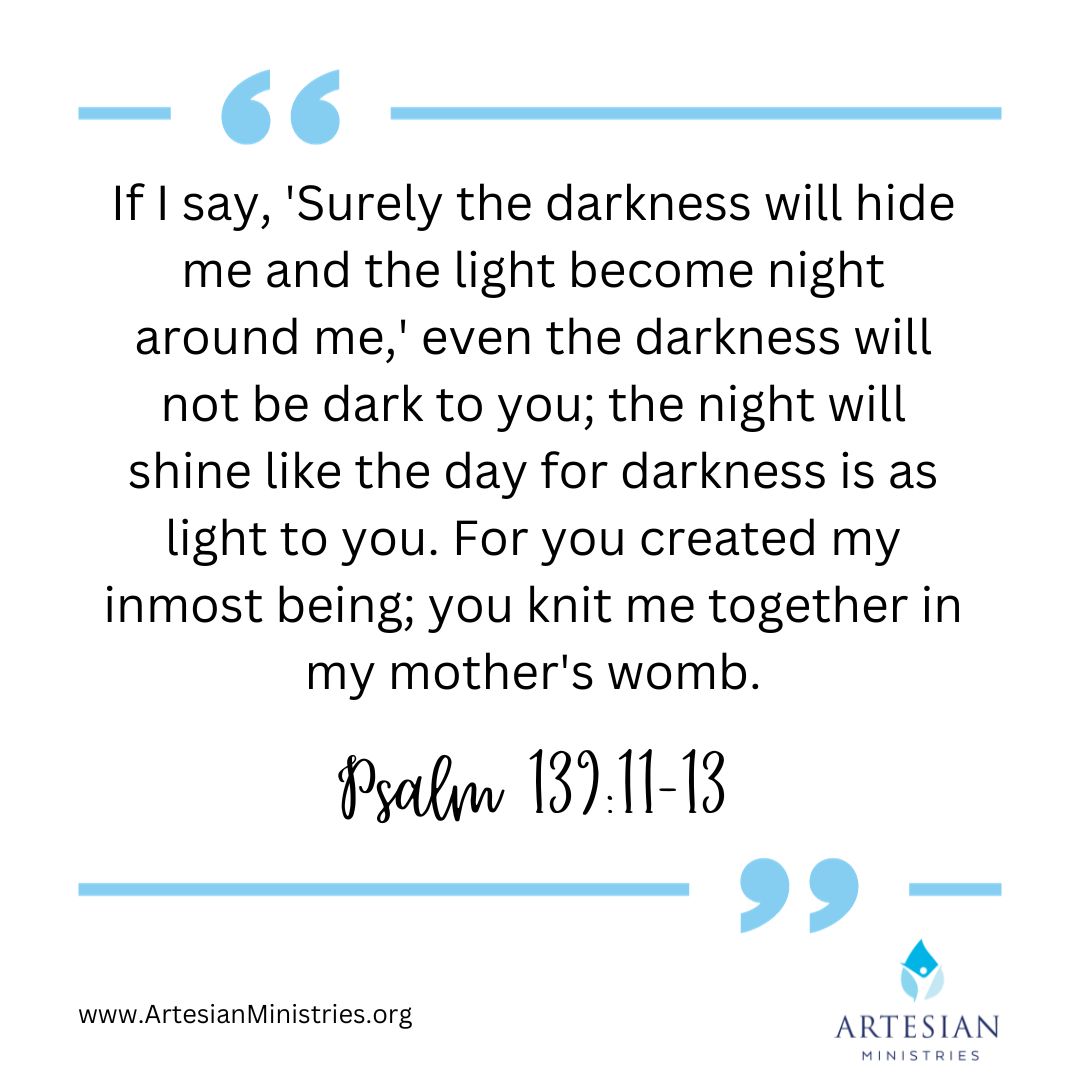
Scripture Prayers for Safe Travel
Praying daily keeps the Word of God and God’s love vibrant as you enjoy God’s creation where you travel. His Holy Spirit inside of you is the voice of the Lord directing you the right way.
17) Heavenly Father, thank you for the opportunity and joy to travel in this season of my life. You have kept me and my loved ones safe, and I am grateful. Allow me to cherish the life of every living thing on my journey and return me home safely. In Jesus’ Name, Amen.
18) Lord, I am traveling where You have opened the door. Erase any second thoughts and let me trust in You. I am safe with you. I do not travel alone for your hand is upon me. Your protection is divine. In front and behind You encircle my life. For I am yours, and you are mine. In Jesus’ Name, Amen.
19) O King of my heart, I travel knowing that the eyes of the Lord are upon me. Words of the faith You have given me are hidden in my heart. I pray that the glory of the Lord goes before me so that I can shine Your light wherever I go. In Jesus’ Name, Amen.

Short Godly Travel Quotes
Reading is a huge part of traveling – especially in planes, cars, and trains. It is helpful to keep the Great Commission in mind all the days of your life as you travel.
Here are some of my favorite thought-provoking travel quotes and words of faith that I have discovered over the years.
20) “The real voyage of discovery consists not in seeking new landscapes, but in having new eyes.” ― Marcel Proust
21) “Man cannot discover new oceans unless he has the courage to lose sight of the shore.”― Andre Gide, French explorer
22) “The safest place in the world is in the will of God.” ― Unknown
23) “Great things never came from comfort zones.” ― Neil Strauss
24) “Two roads diverged in a wood, and I—I took the one less traveled by, and that has made all the difference.” ― Robert Frost
25) “It is good to have an end to journey toward; but it is the journey that matters, in the end.” ― Ursula K. Le Guin
Keeping Bible verses and prayers for safe travel nearby is simply the best way to travel. God bless your journeys!
Related Posts:
- Best Bible Verses to Memorize (Plus Free Download)
- Powerful Prayer for God’s Protection from Psalm 91
- 12 Powerful Scriptures to Pray for Financial Breakthrough
About the Author
Donna is a sought-after speaker, multi-published author, avid traveler, and Bible teacher. Her path from being unchurched to becoming passionate about sharing Jesus was not easy. Read about her God-breathed journey: “From Unchurched to Becoming a Multi-Published Author and Sought-After Speaker.” If you want to send Donna a quick message, then visit her here.
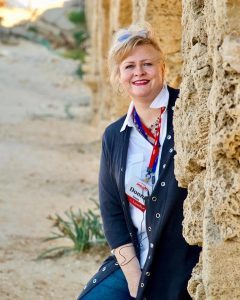
{Some of these links are affiliate links. This means if you purchase through that link, the ministry may receive a small commission at no extra cost to you.}
